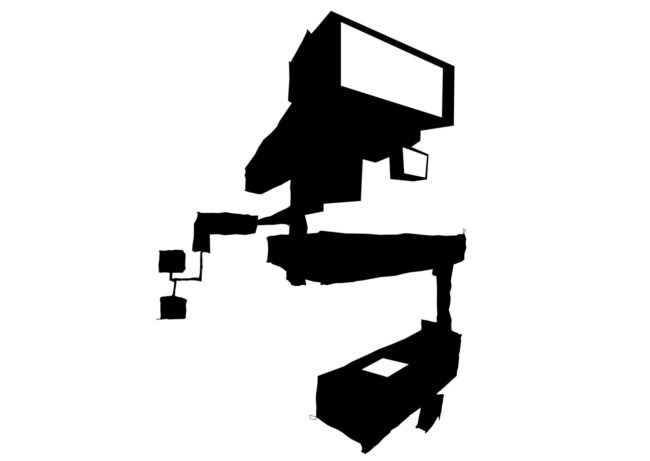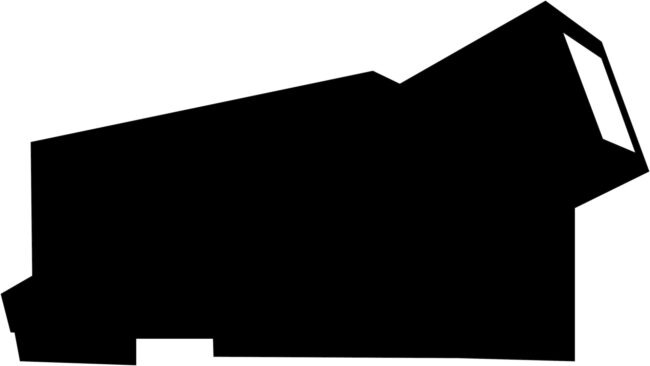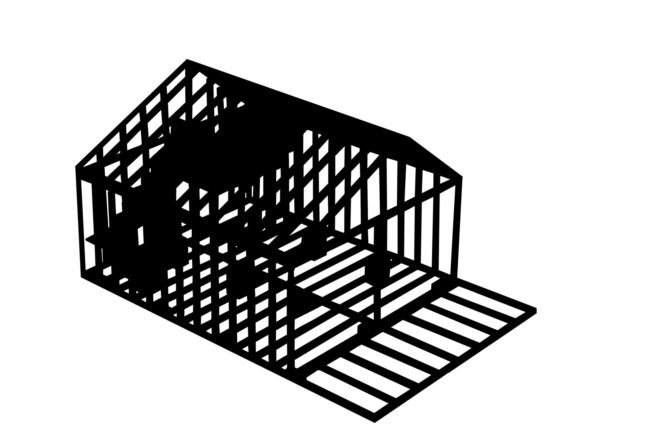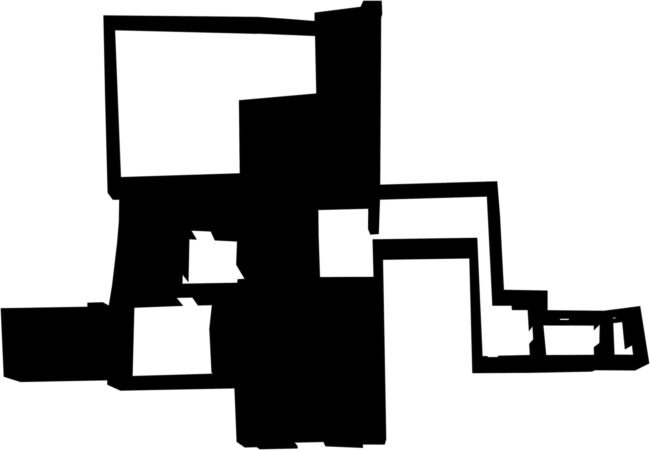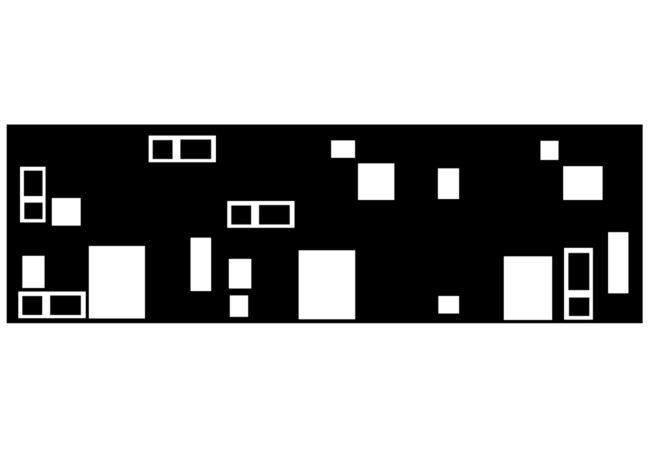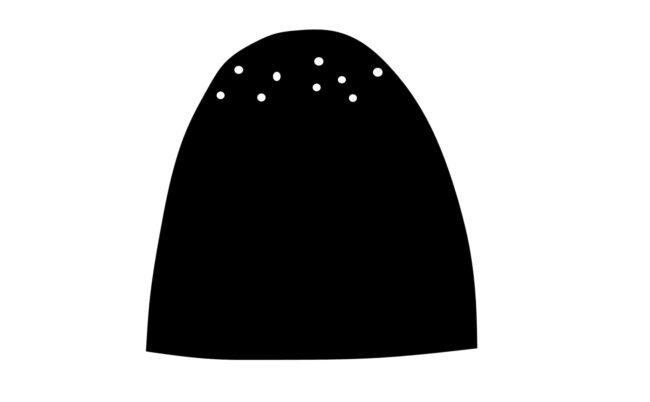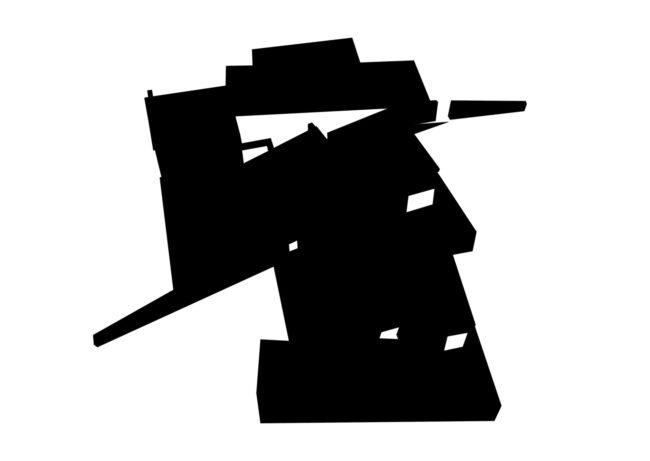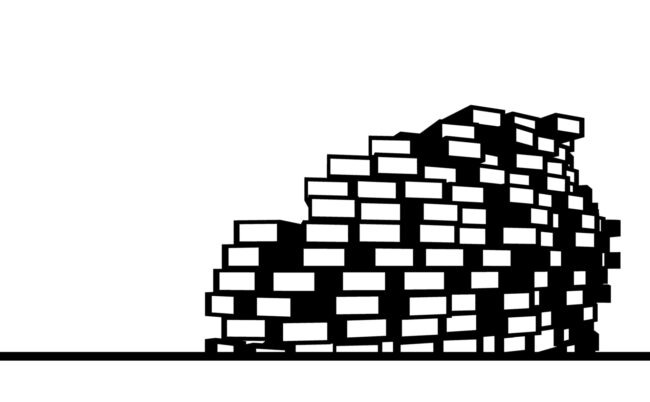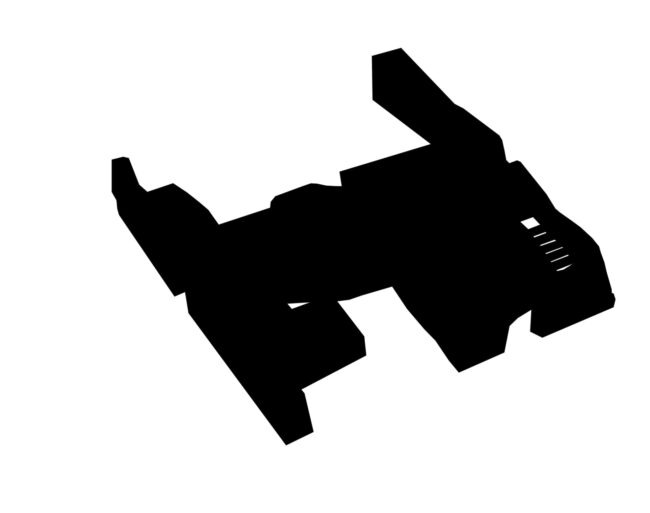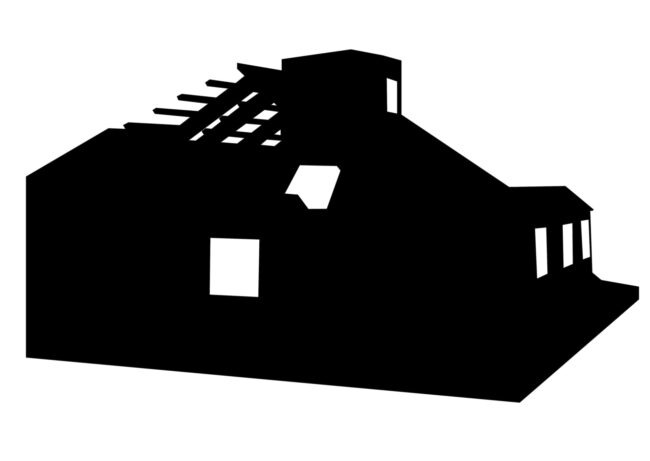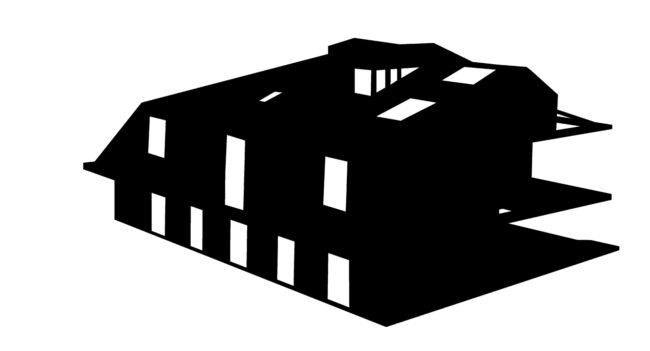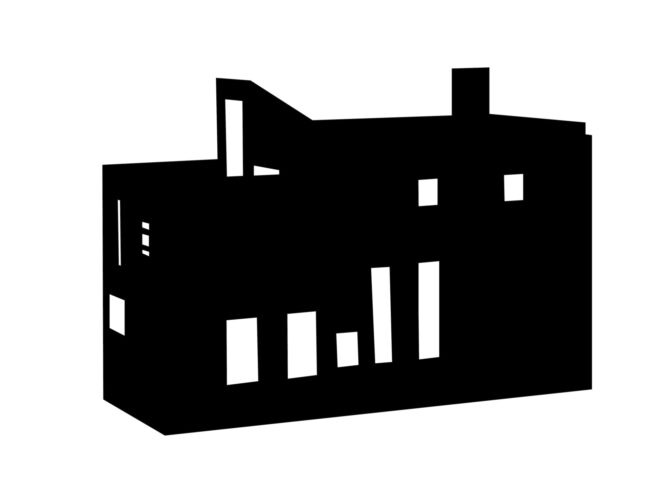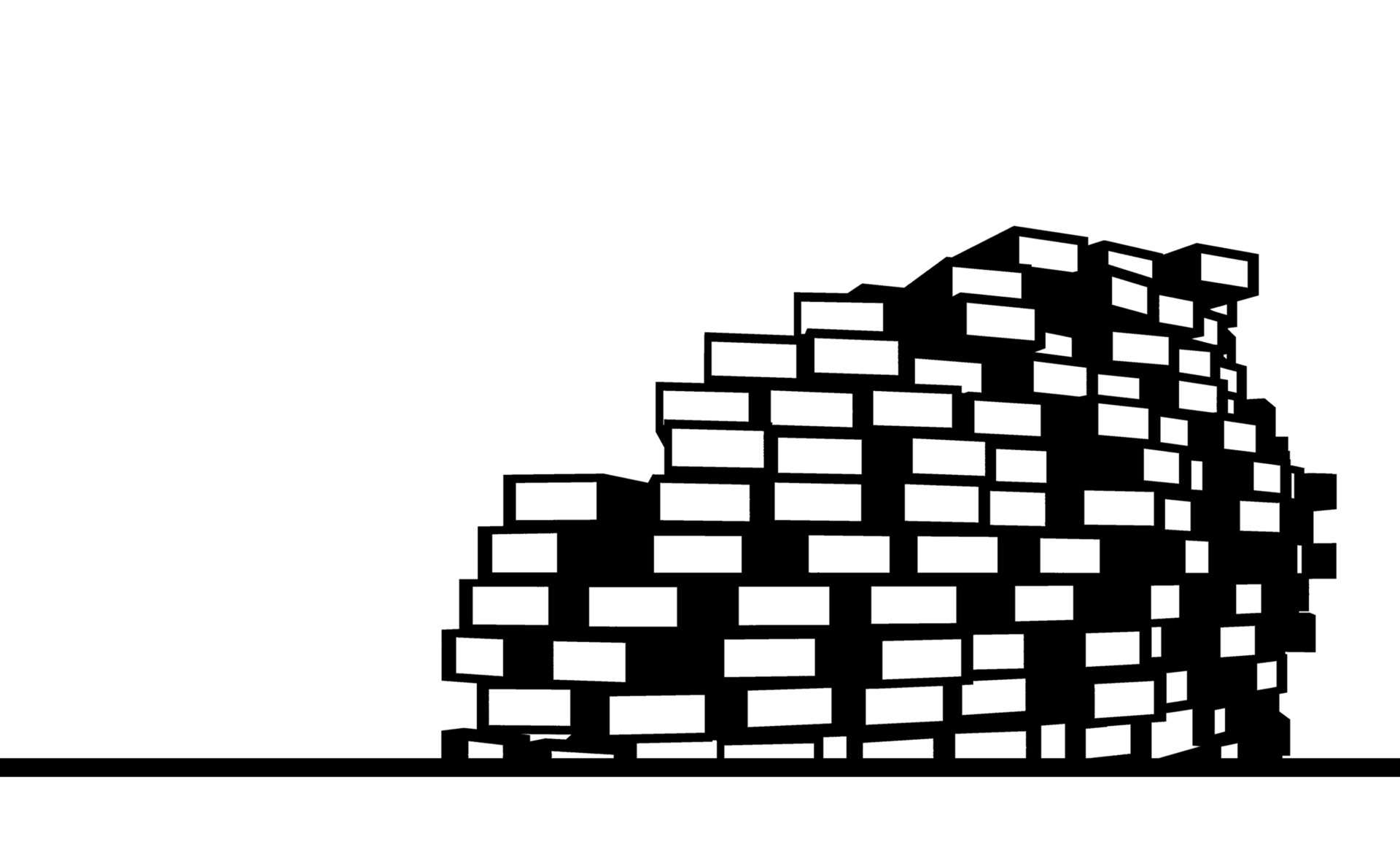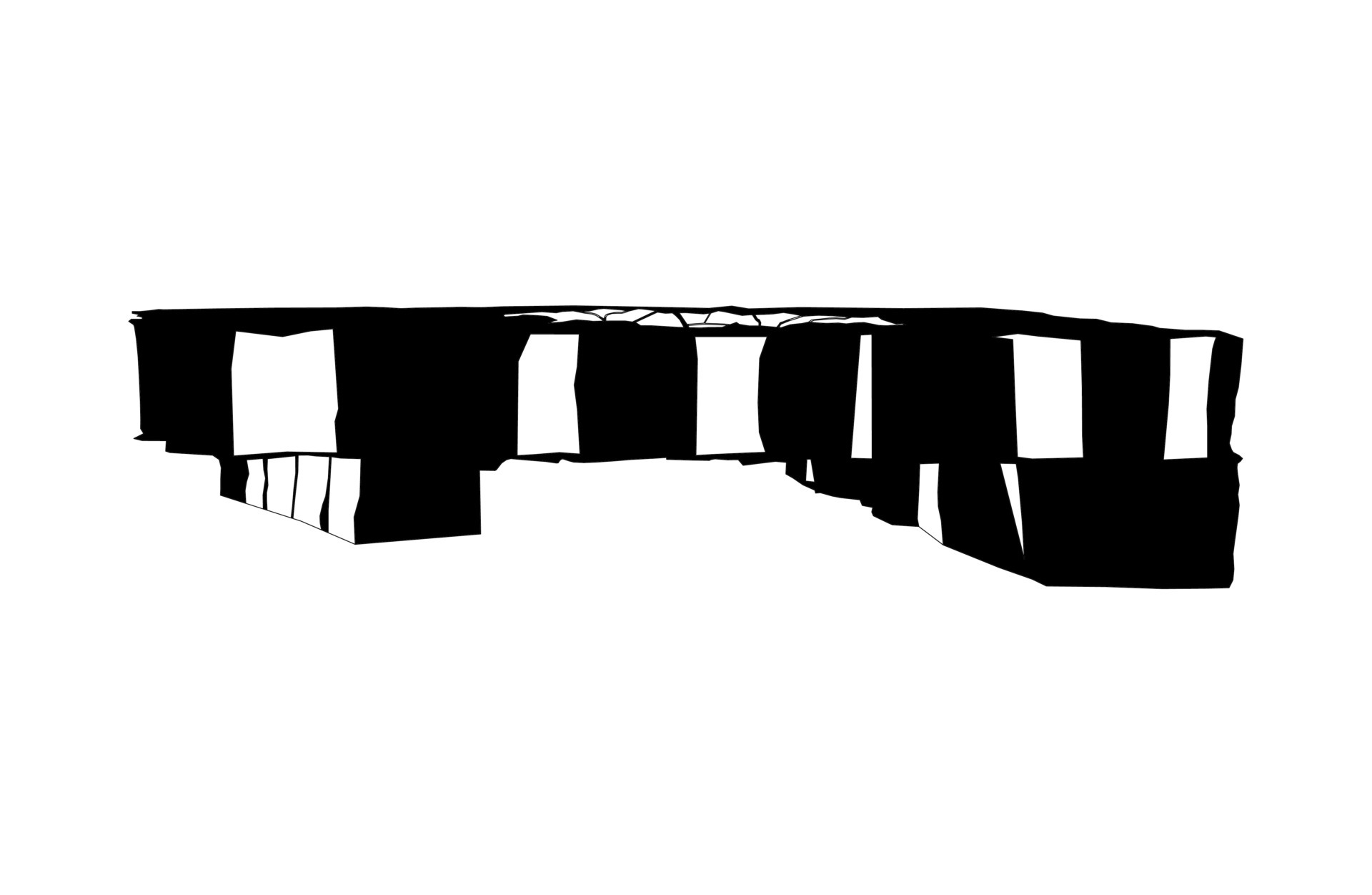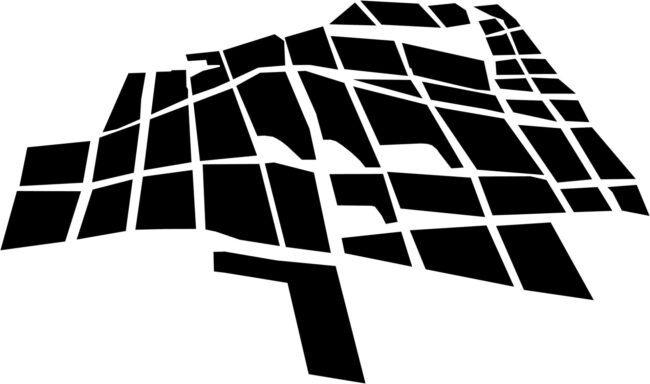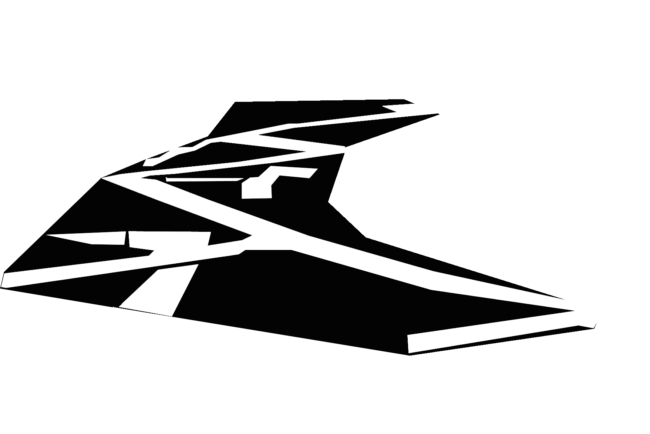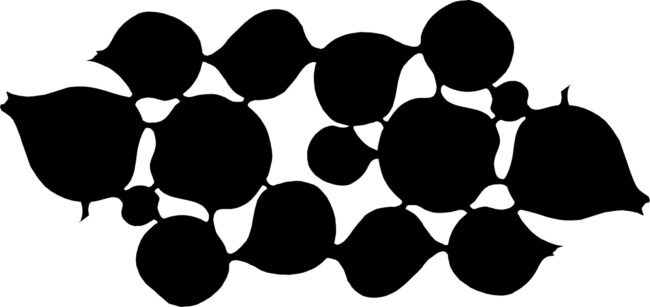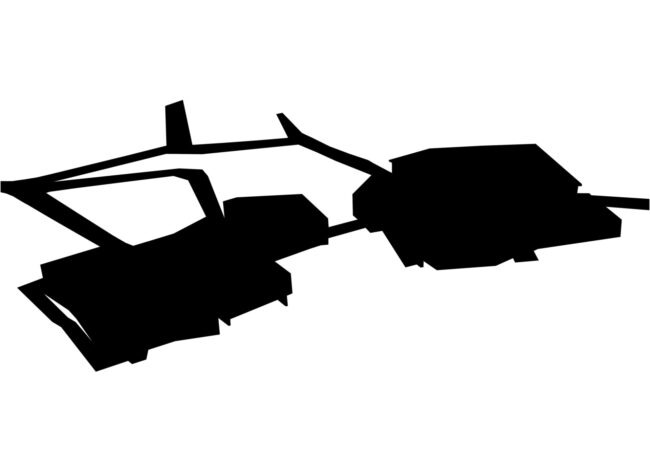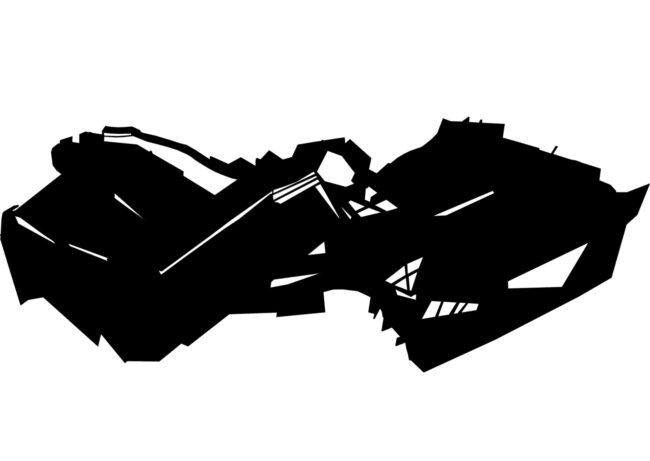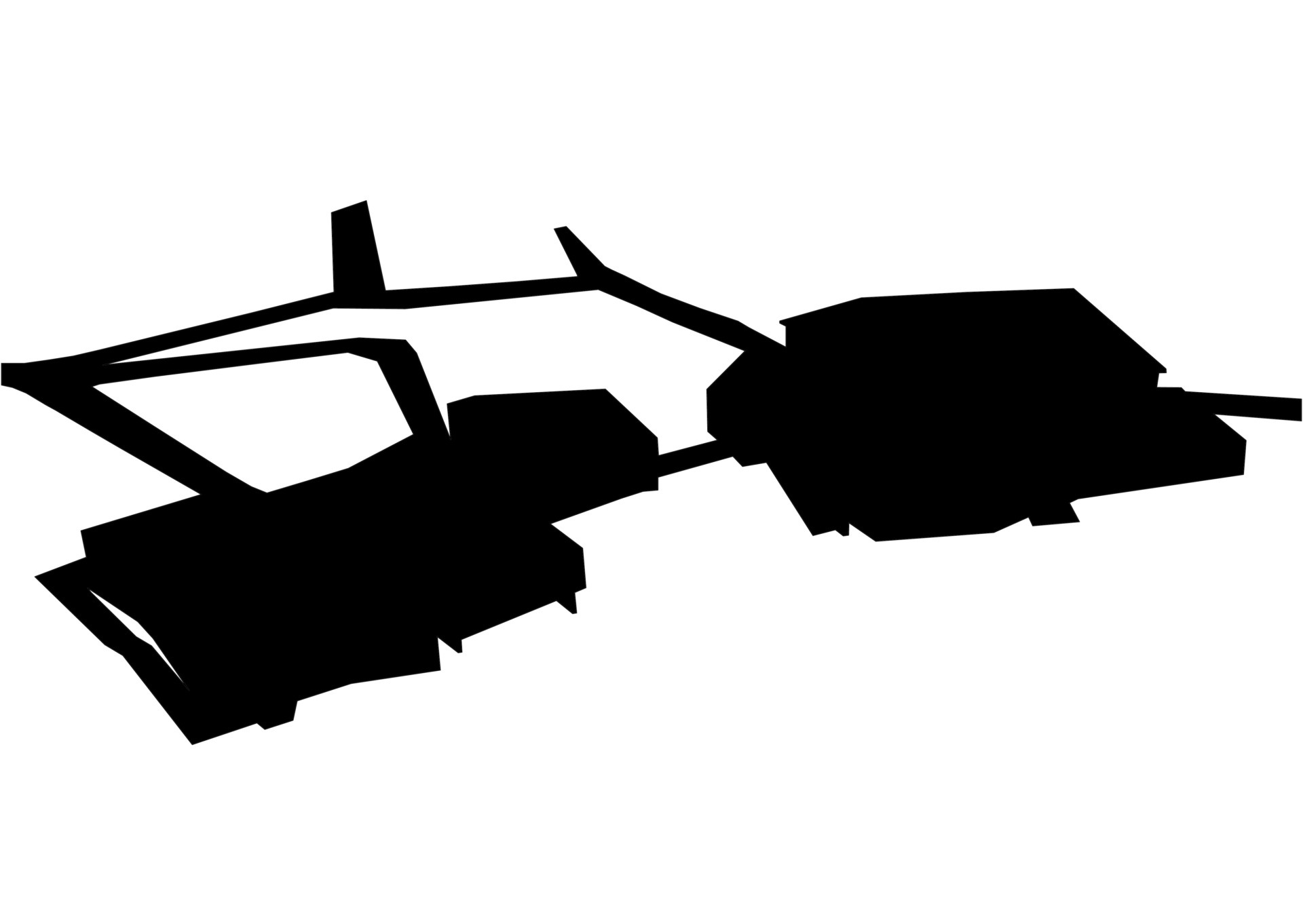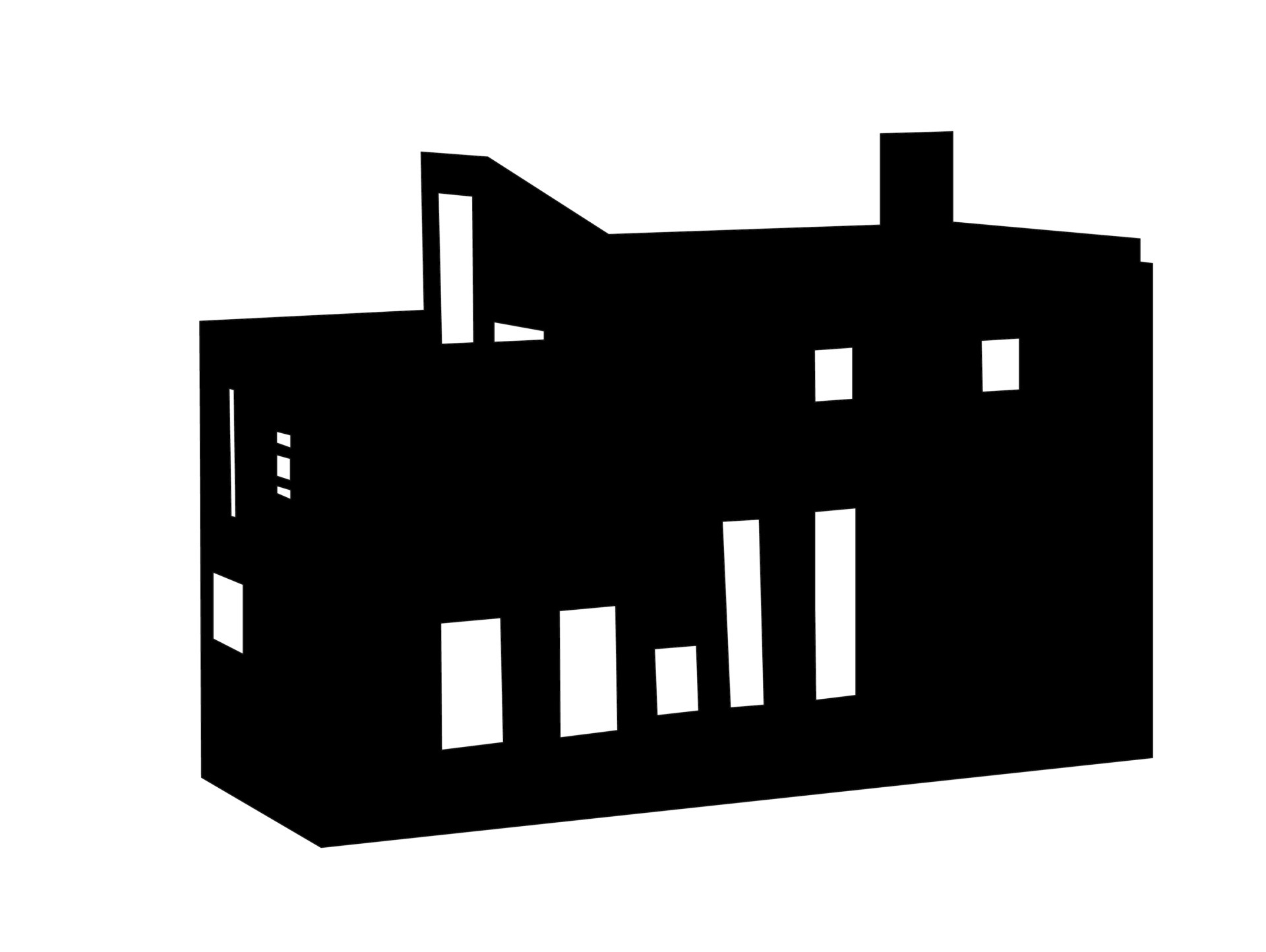Author: RGA
Sain Foundation
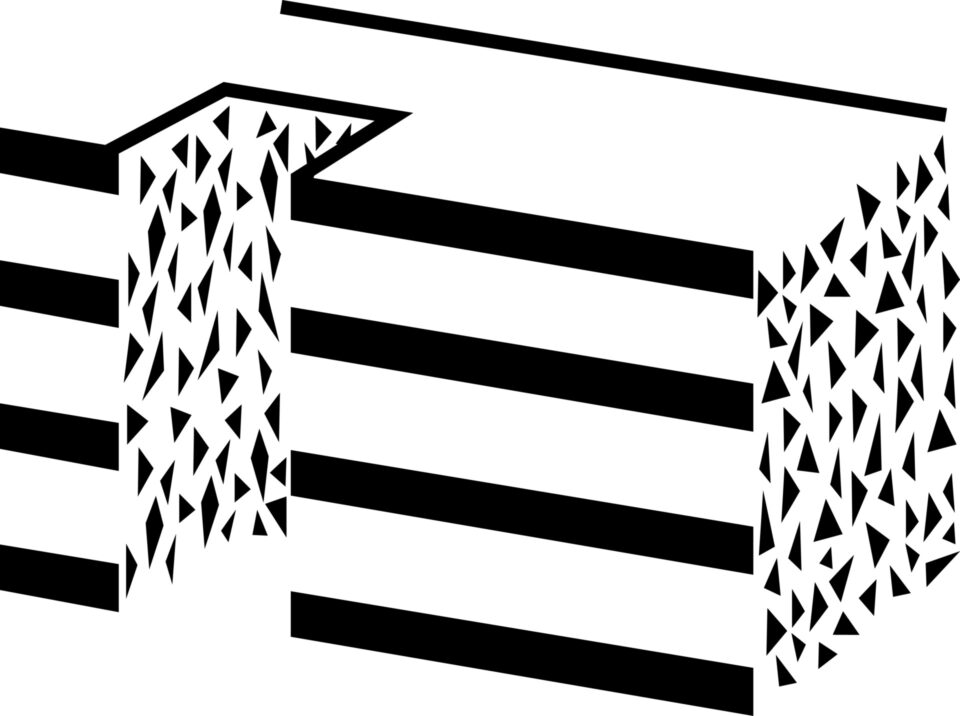
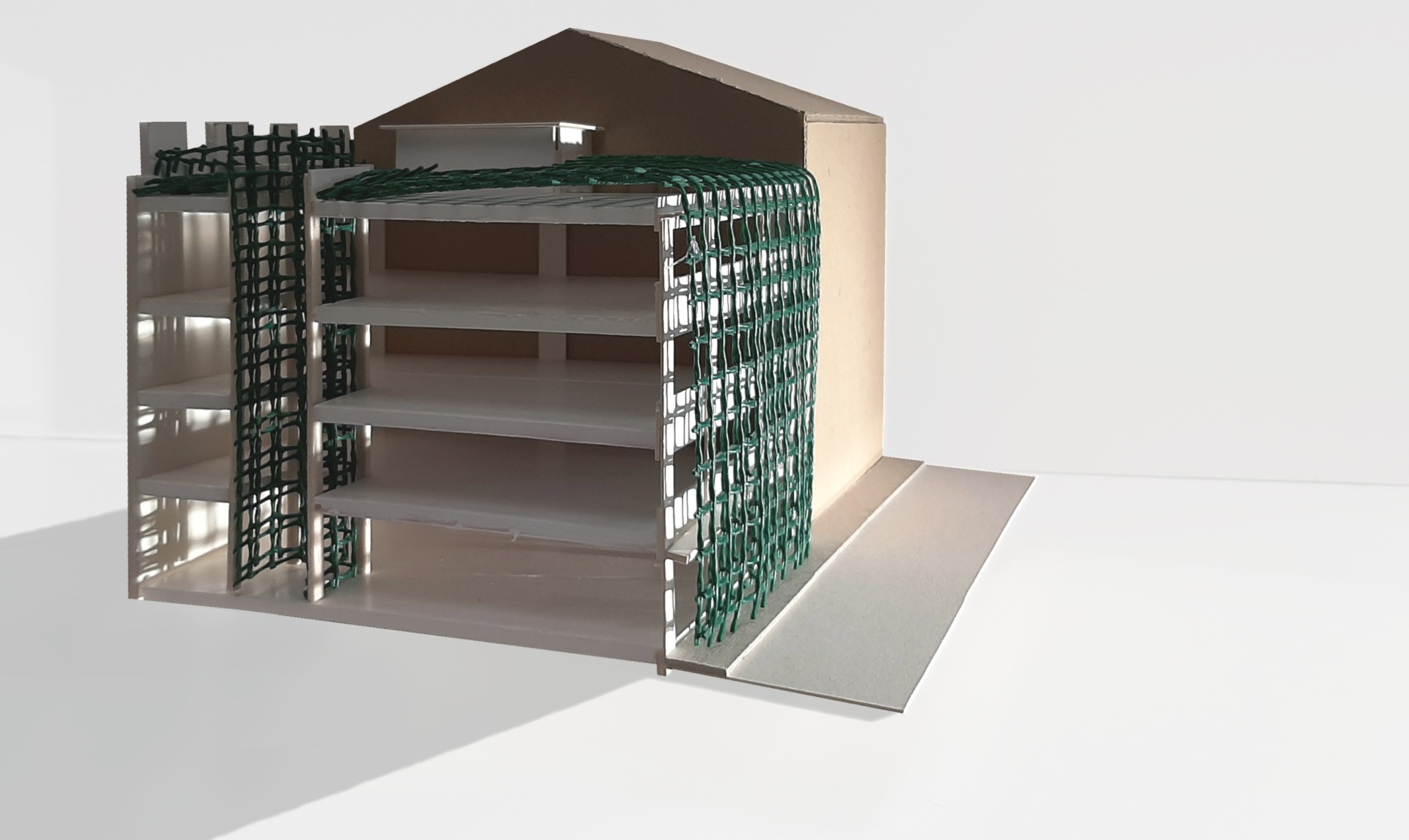
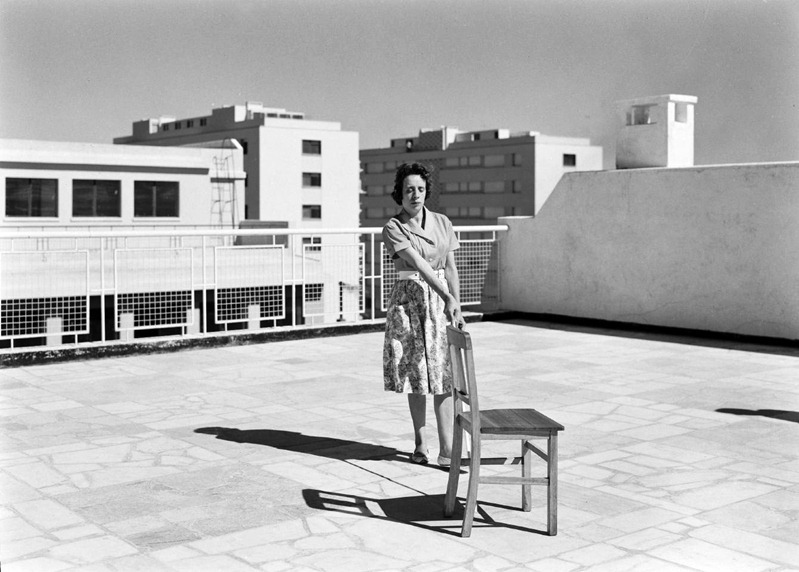
The refurbishment project of the Foundation’s facilities foresees the opening of a patio with vegetation inside the industrial building.
The street facade is covered by octogen vegetation by rainwater and gray water collected in the building. The green roof accommodates small gardens providing a relationship with blind users welcomed by the Foundation.
The combination of the three street / roof / facade strategies integrates the parameters of the European Green Deal regulations to reduce the urban heat island effect, decrease the footprint and CO2 emissions through water reuse, while maintaining thermal comfort within the building through passive systems.
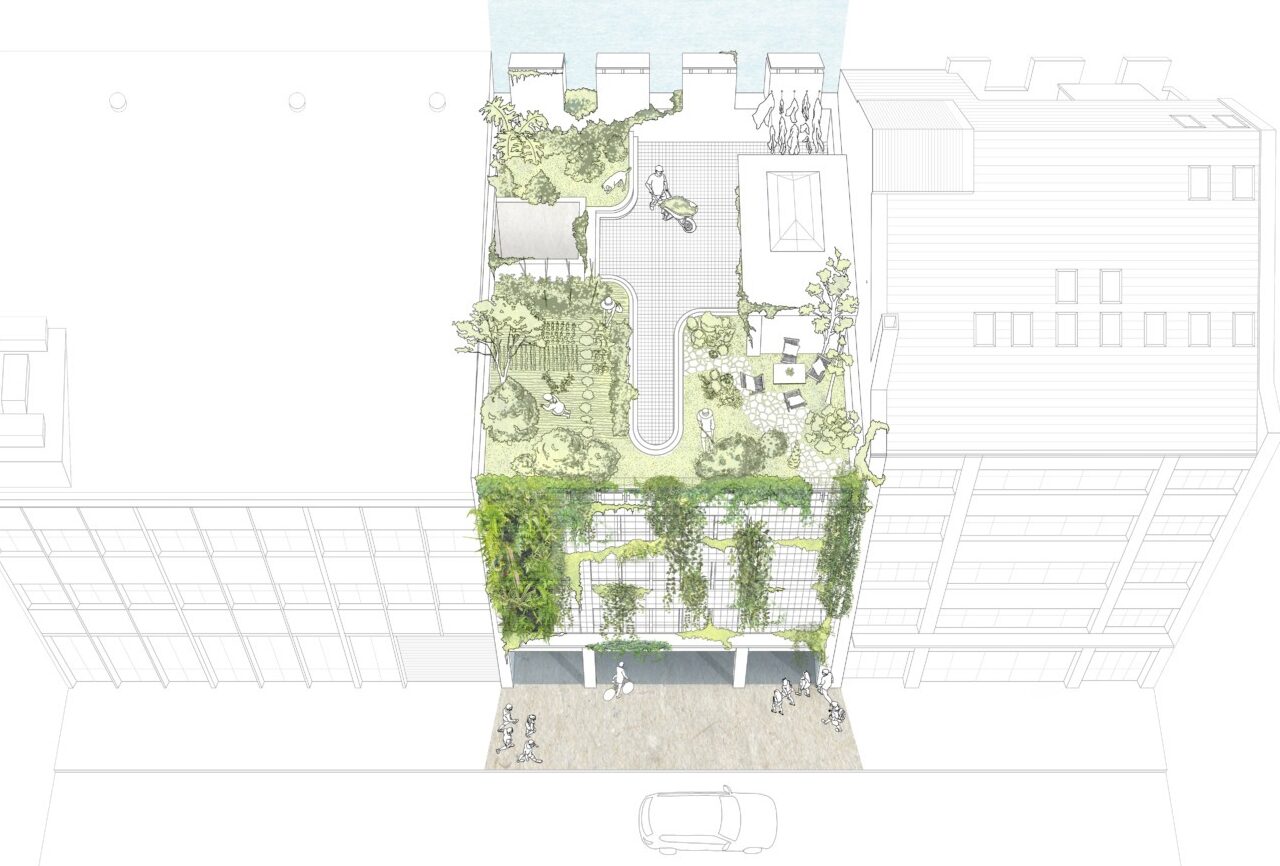
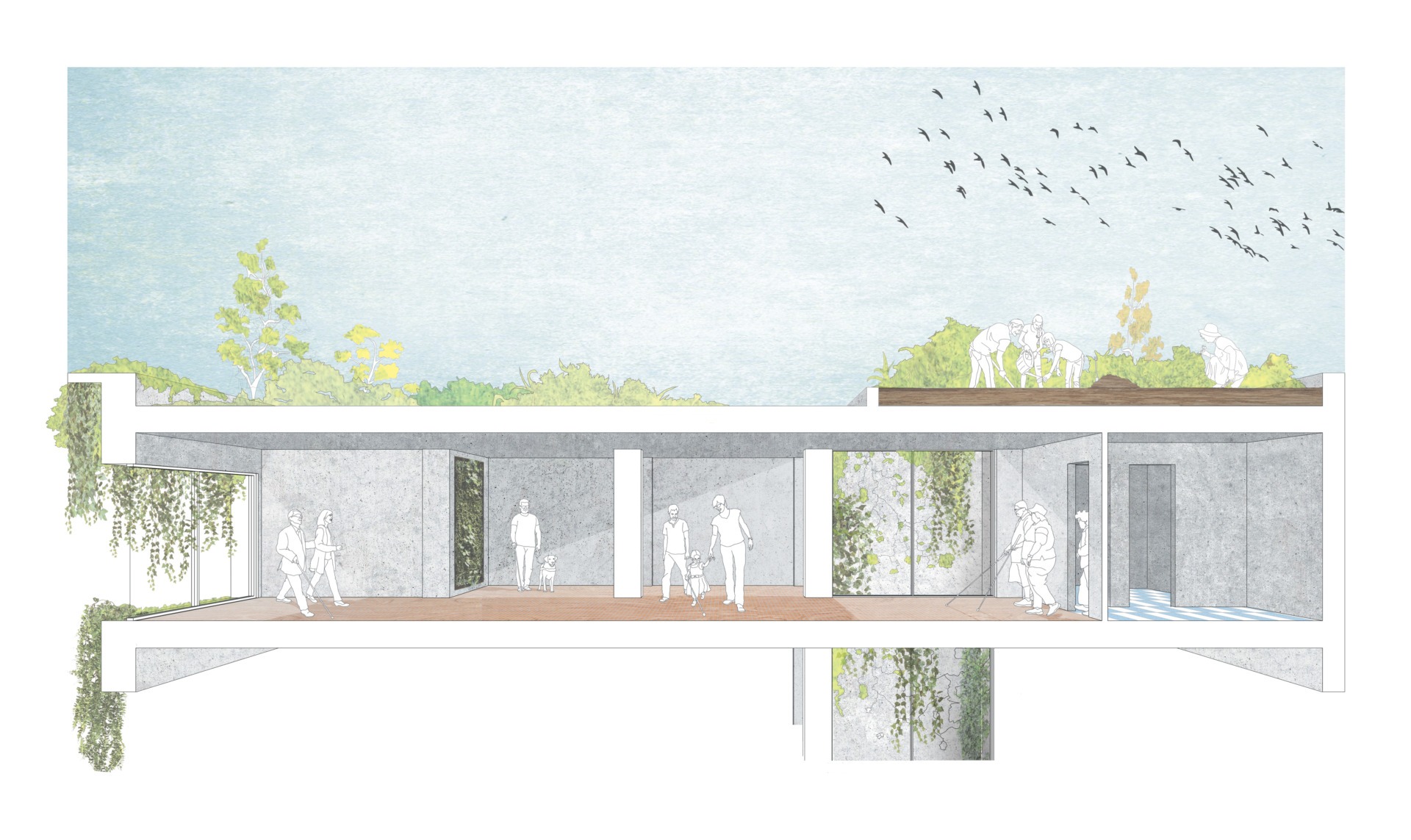
Related
Montesør


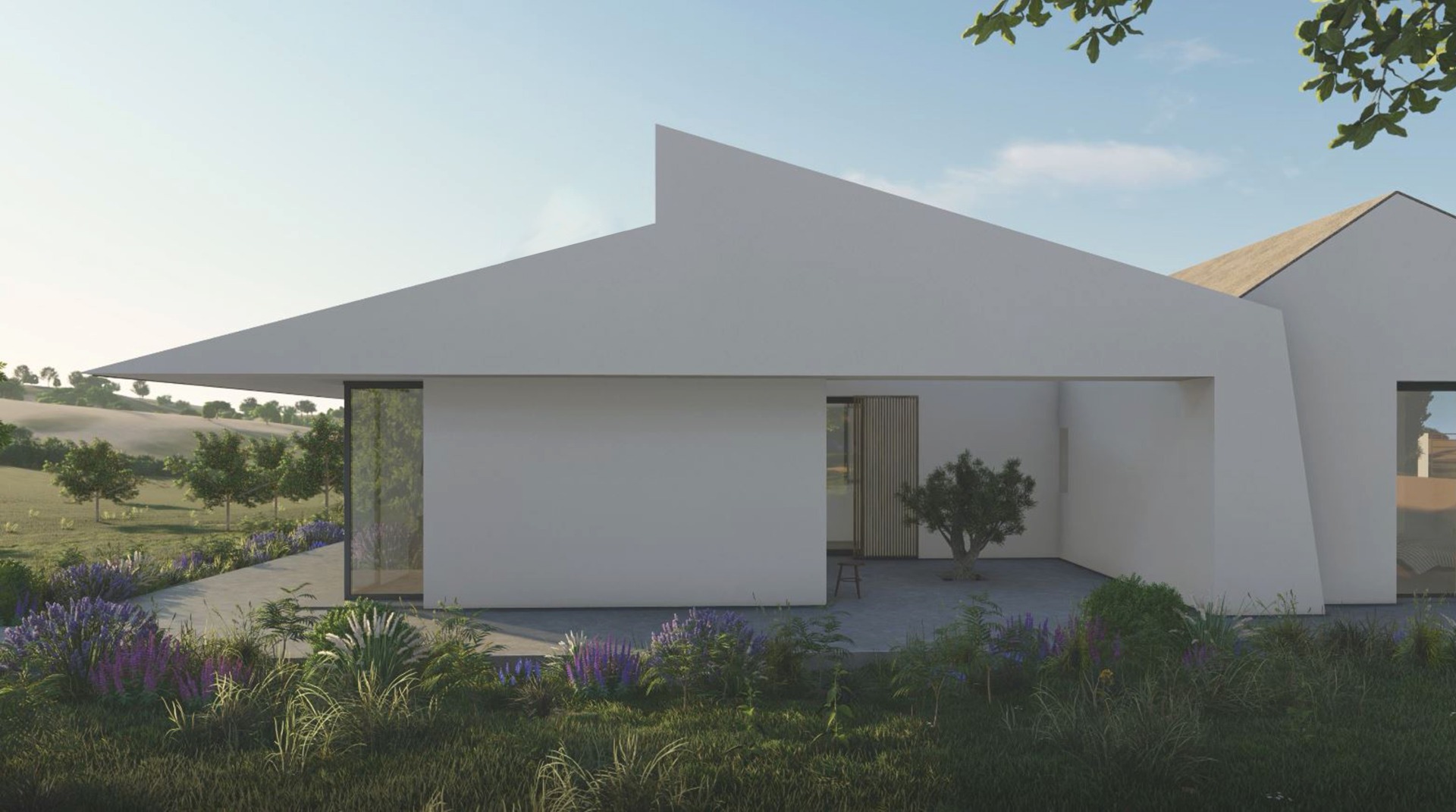
The project proposes a rural tourism venture with 22 beds, organized around four elements: the existing building, a central courtyard, T2 lodging units, and a multipurpose room with a T3 lodging unit. The lodging units were designed in dialogue with the terrain’s morphology and existing constructions, creating a new image in the territory. The courtyards allow for a new outdoor experience. The multipurpose room is a flexible space that can be used for events. The complex can be used as a whole or as individual lodging units for greater privacy.
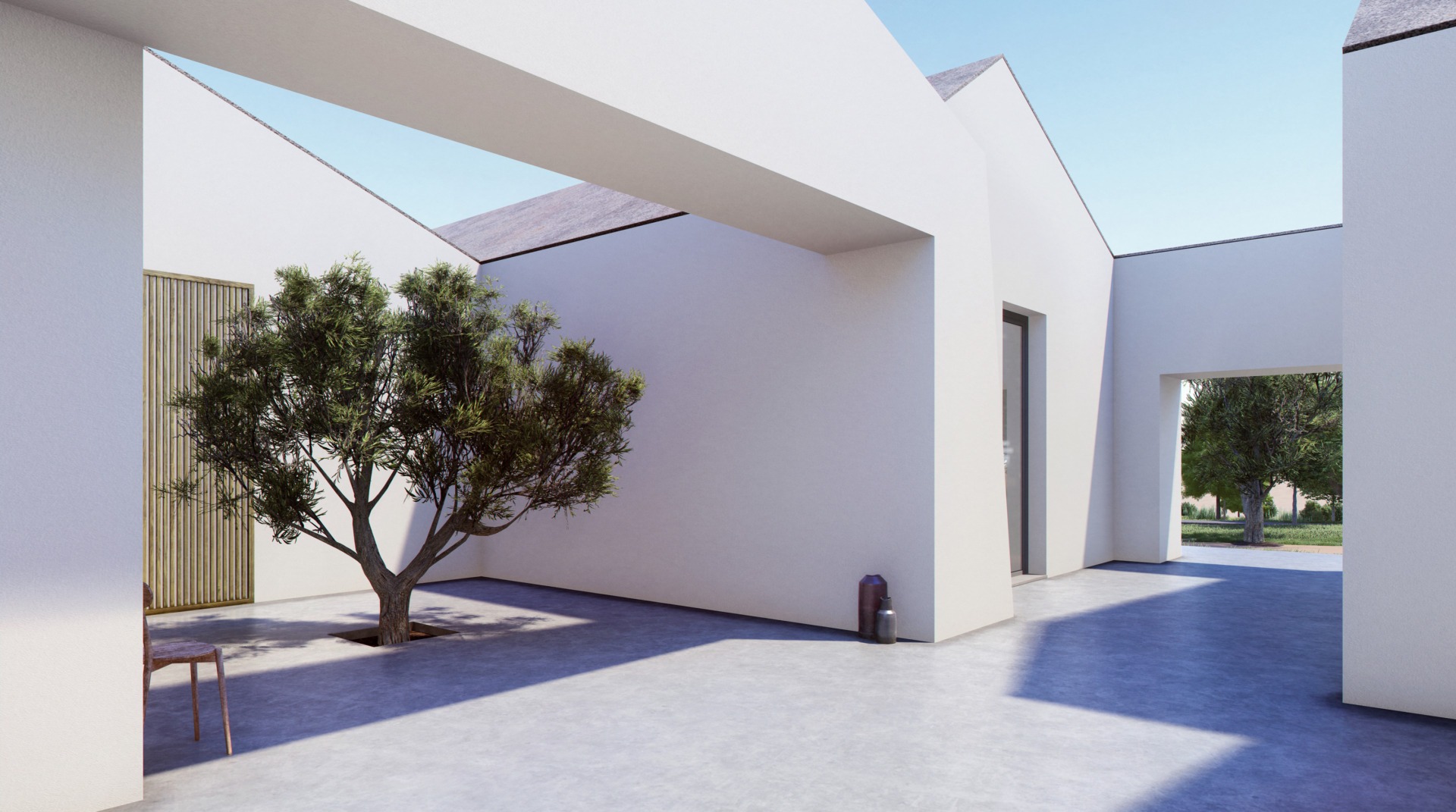
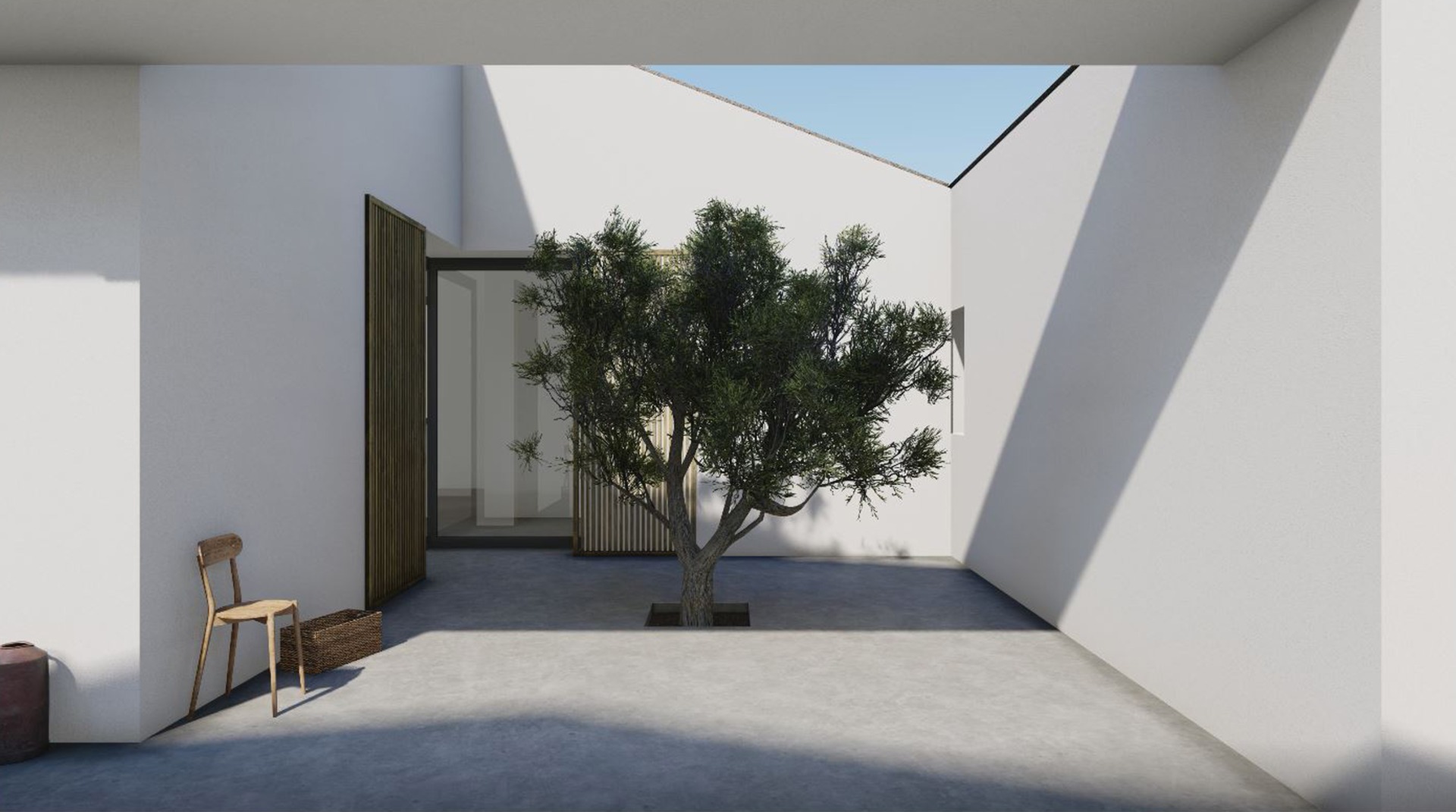
Related
Eco Micro Living
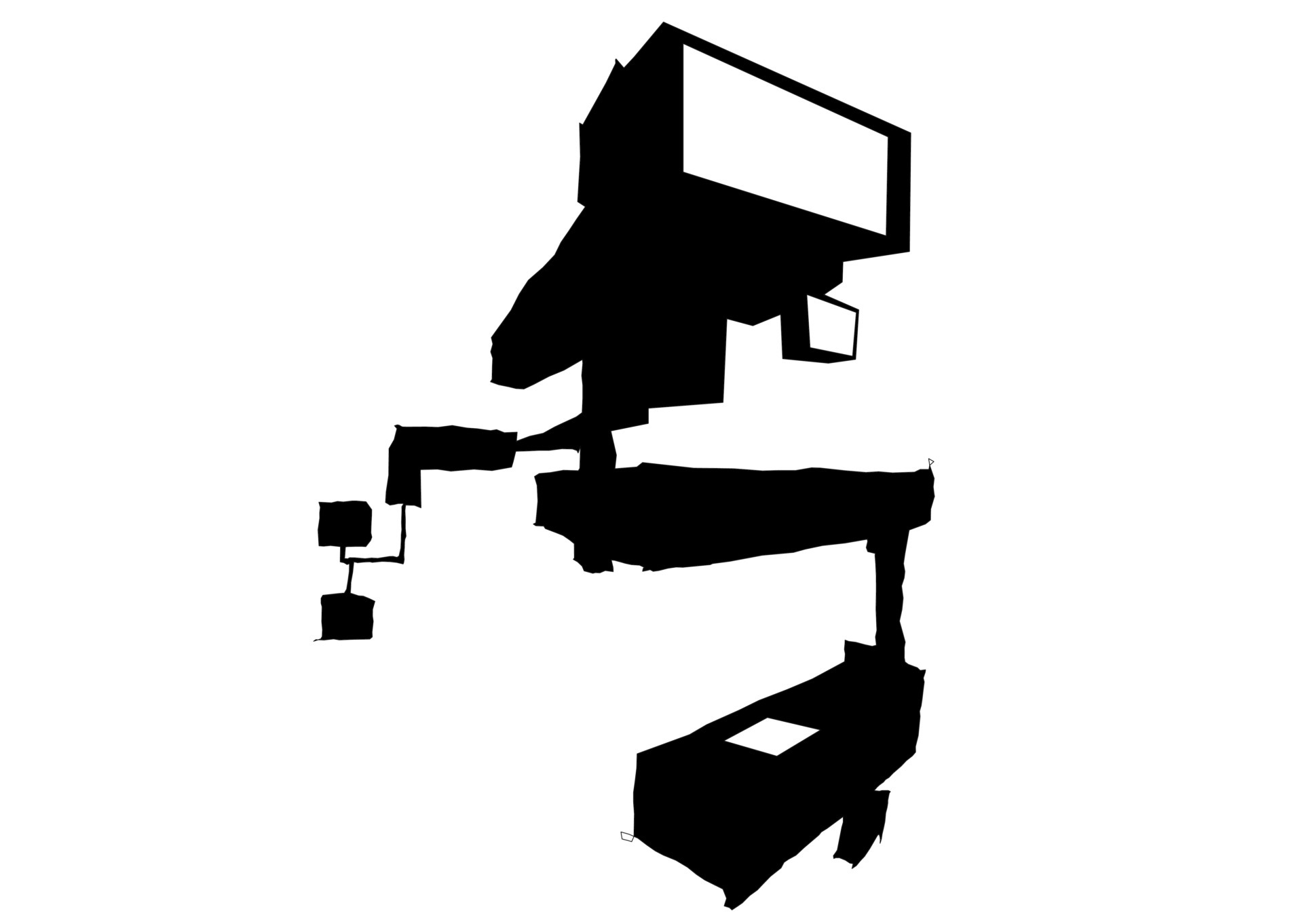
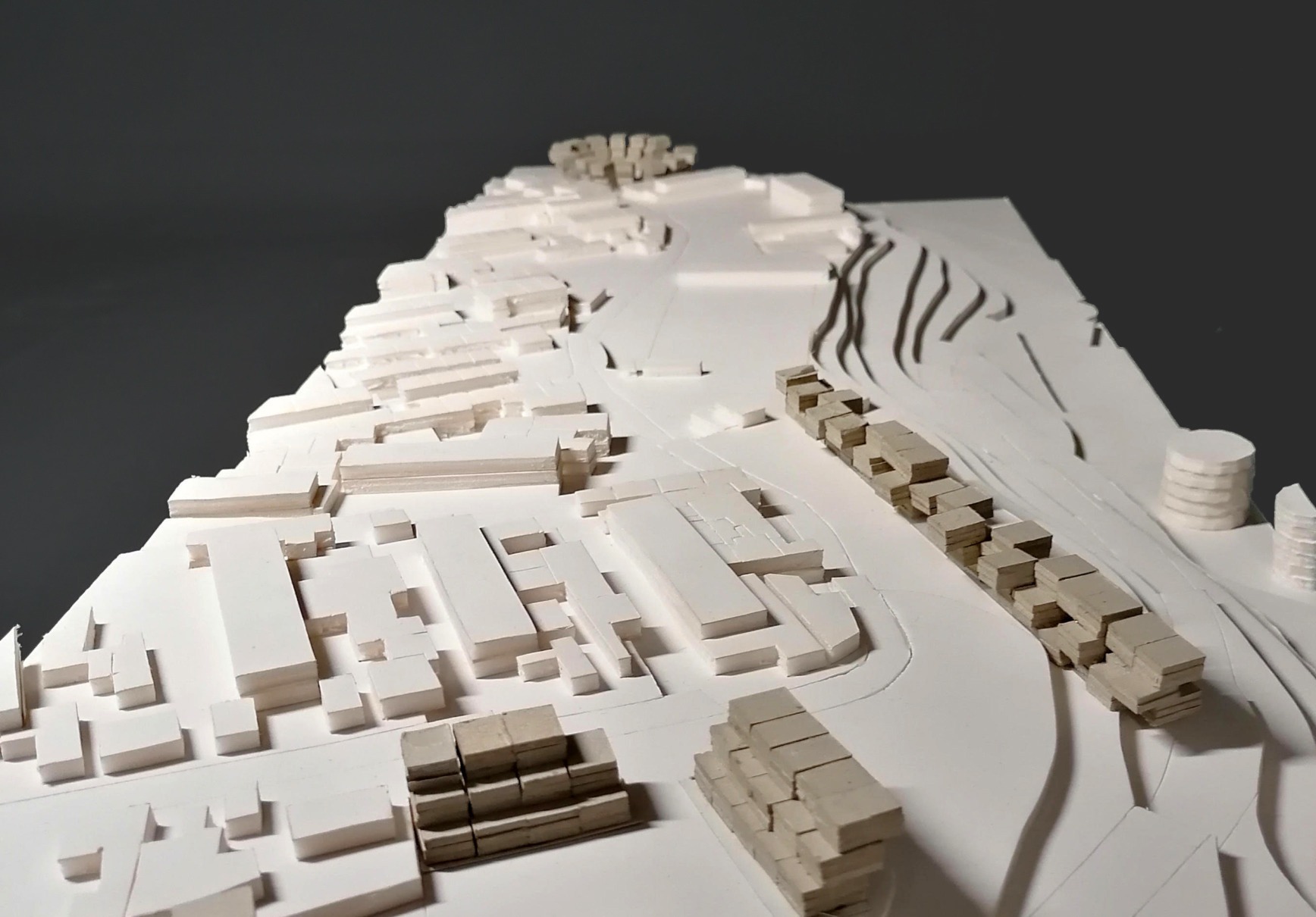
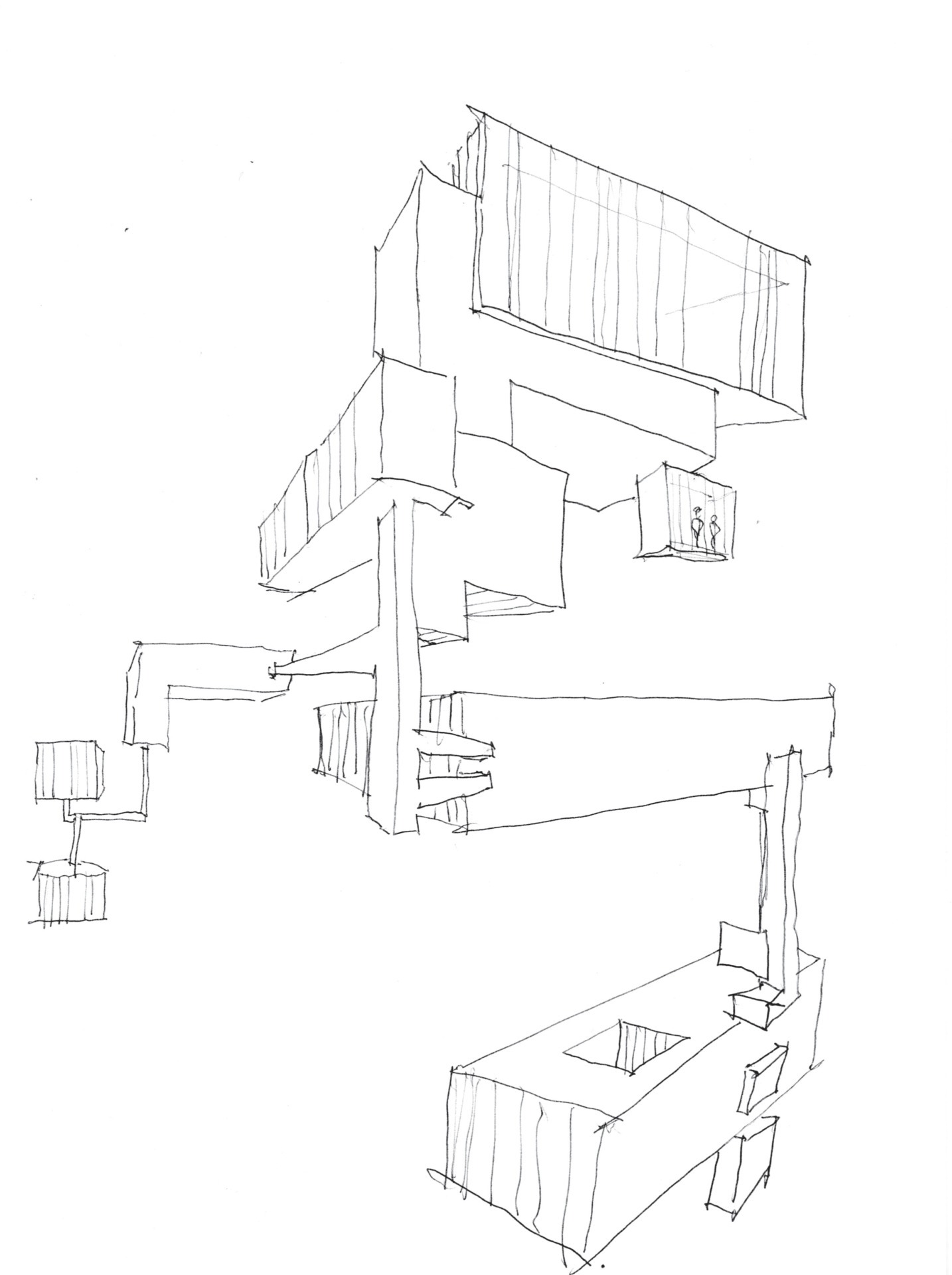
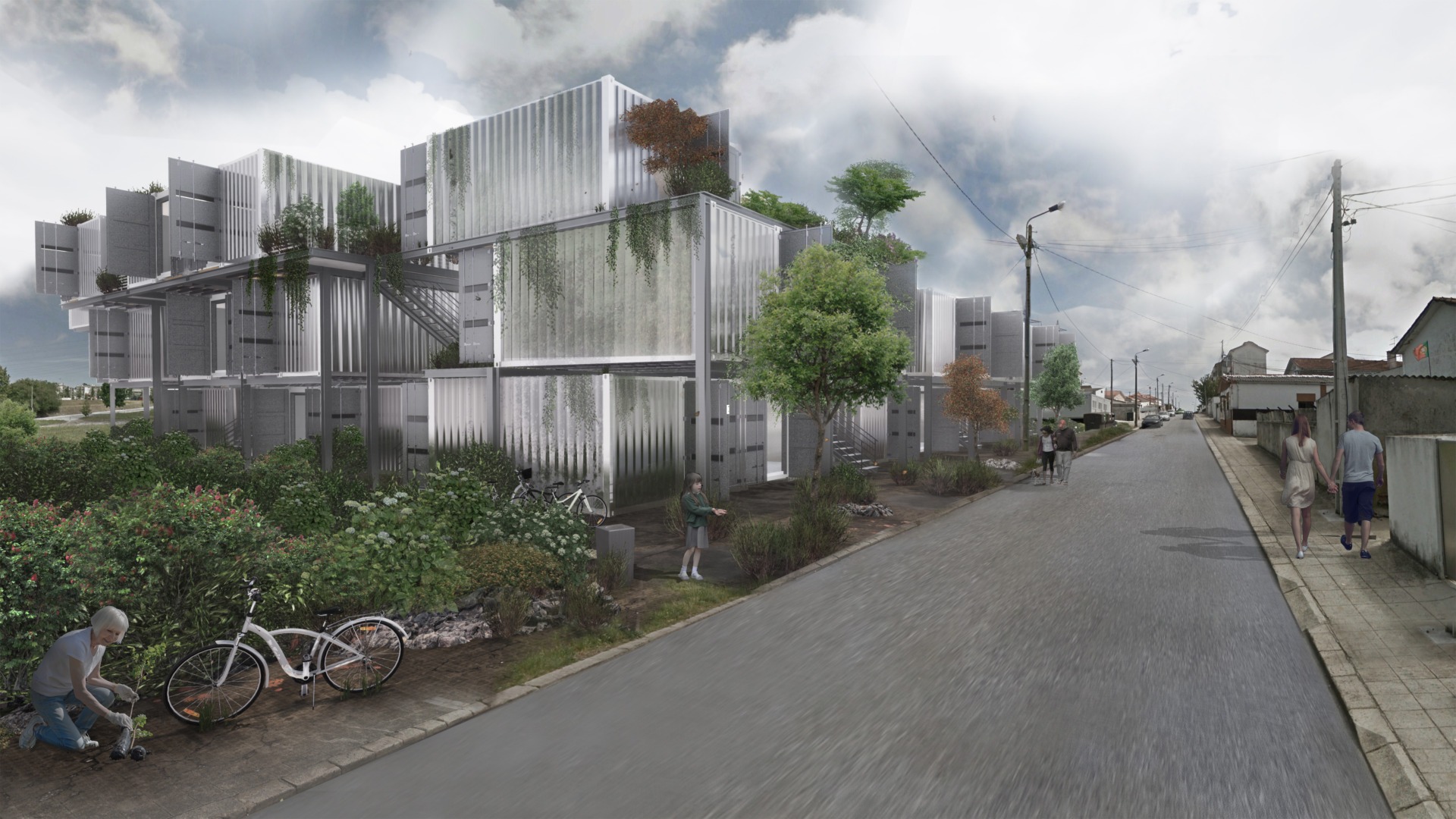
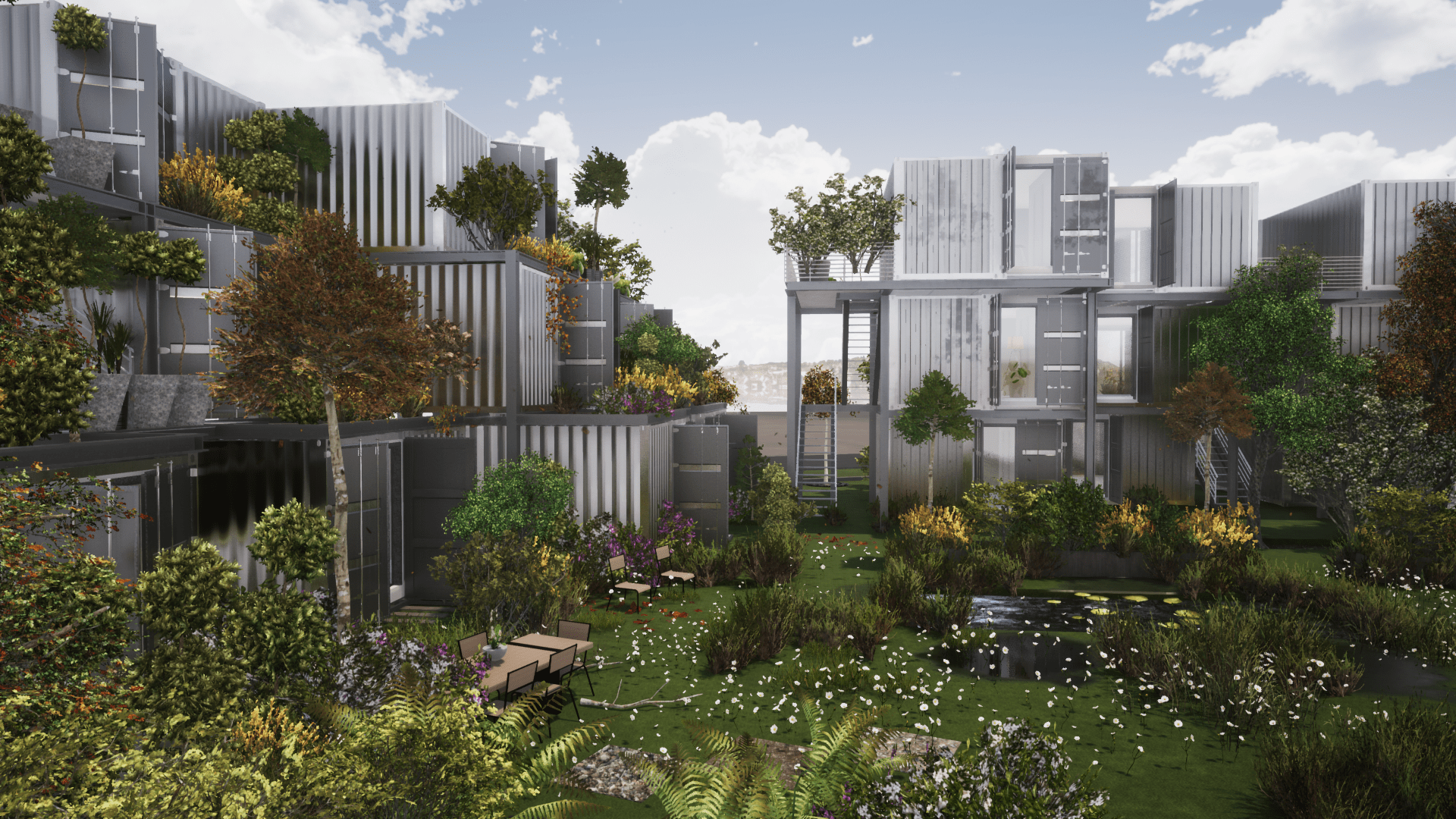

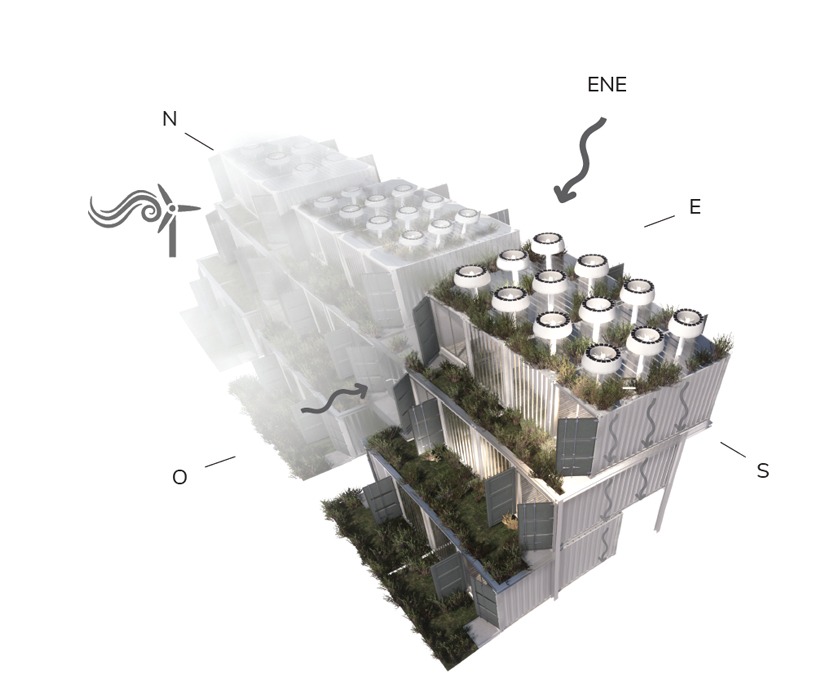

The Cluster Habitat project is a micro-residential and urban intervention project located in Matosinhos, taking advantage of a strip of land with an East-West orientation on the cliff above the port of Matosinhos and the Cepsa facilities, which constitutes a pre-existence environment with industrial use at a lower level. The implementation of the Cluster Habitat explores the difference in levels to free the points of view of the implementation of the project.
This reuse decision also clearly announces the focus on the project’s sustainability. The reused containers will support the self-generation of solar and wind energy (in their roofs), the capture of rainwater, and the reuse of gray water for irrigation and (after treatment) for re-consumption. The urban project proposes a wide green area, with several objectives: to reduce the effect of the urban heat island in the intervention area and in the surrounding environment; the support of urban ecosystems; and the return of a qualified public space to the community.
The irregular design of the implantation area, the pre-existing equipment, and the topography determine discontinuous implantation, which the project values by creating three clusters (cores) with different morphologies: Ring, River, Mesh, connected by a continuous green space that embraces the clusters and that constitutes a public space of slow mobility (walking and cycling), with connection to the future station of Porto Metropolitano.
Related
Featured Work
Inhabiting the ruins
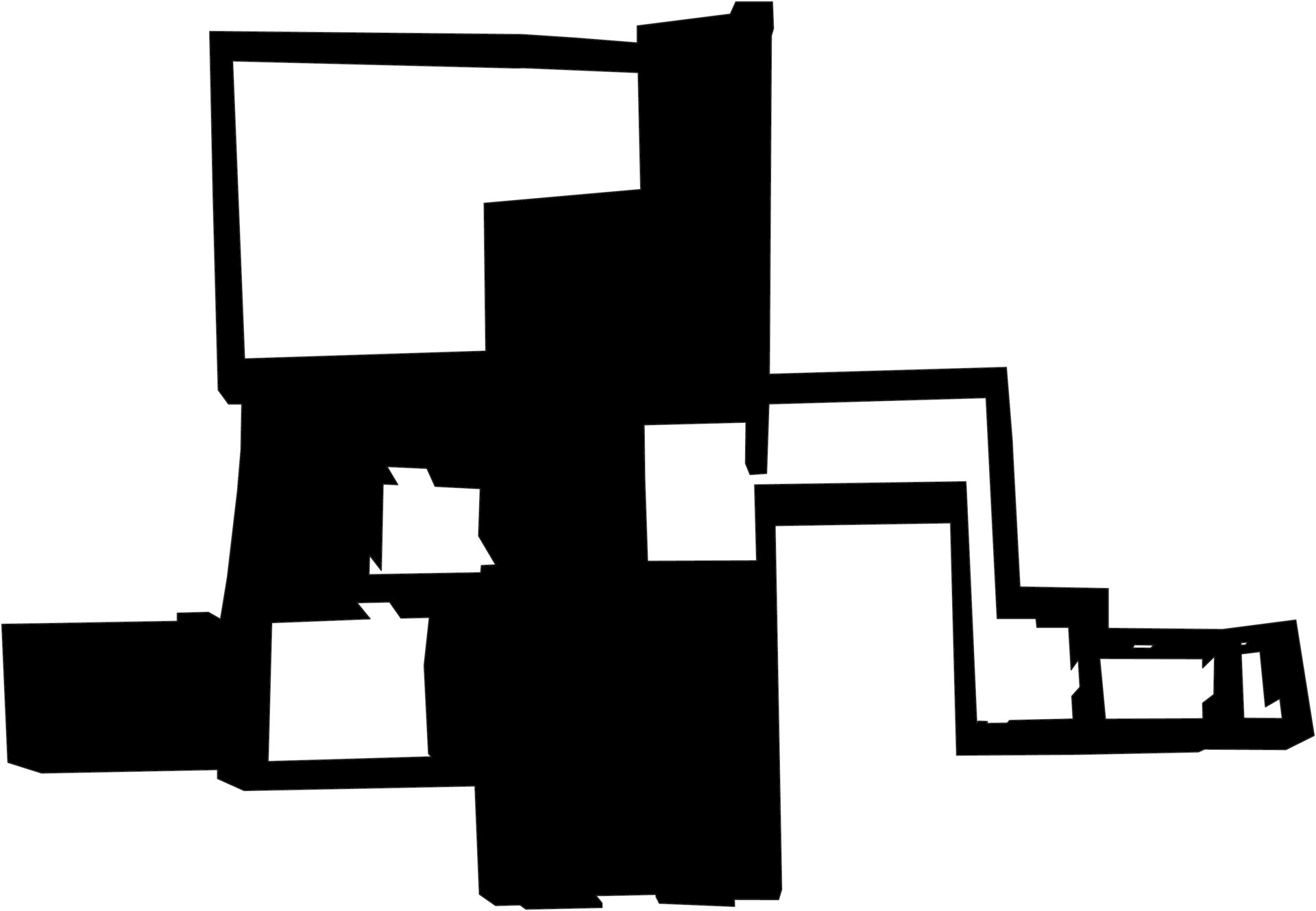
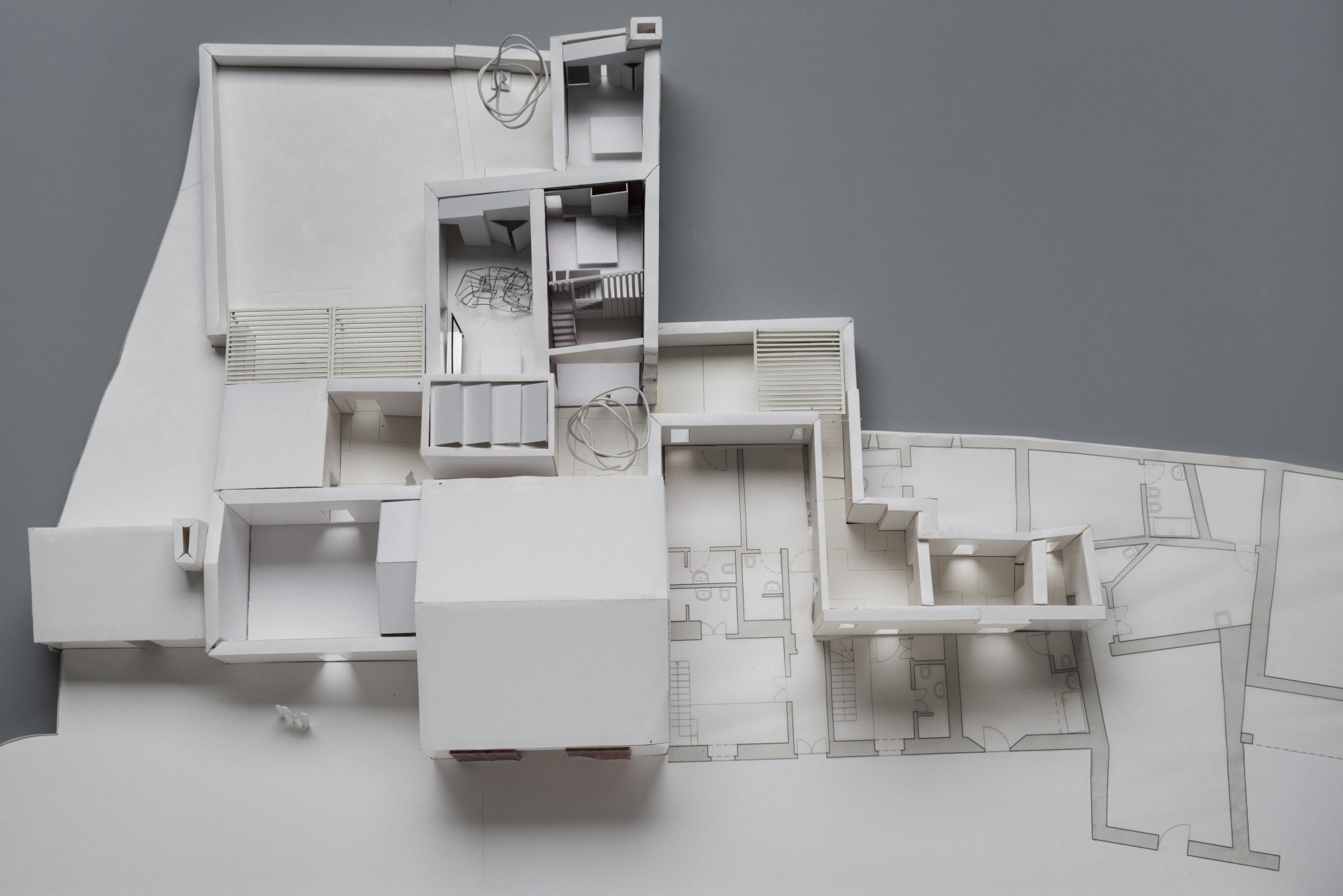
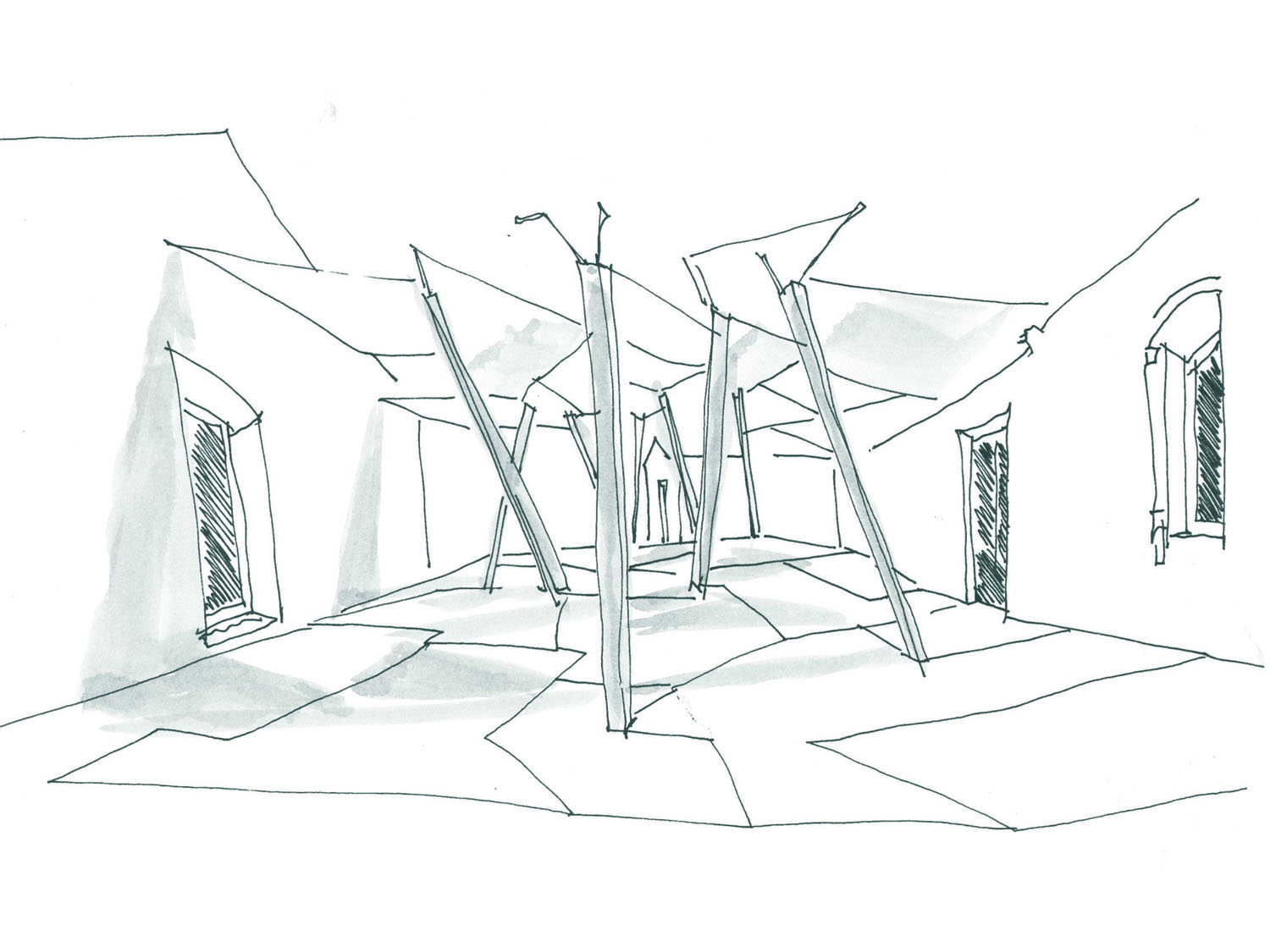

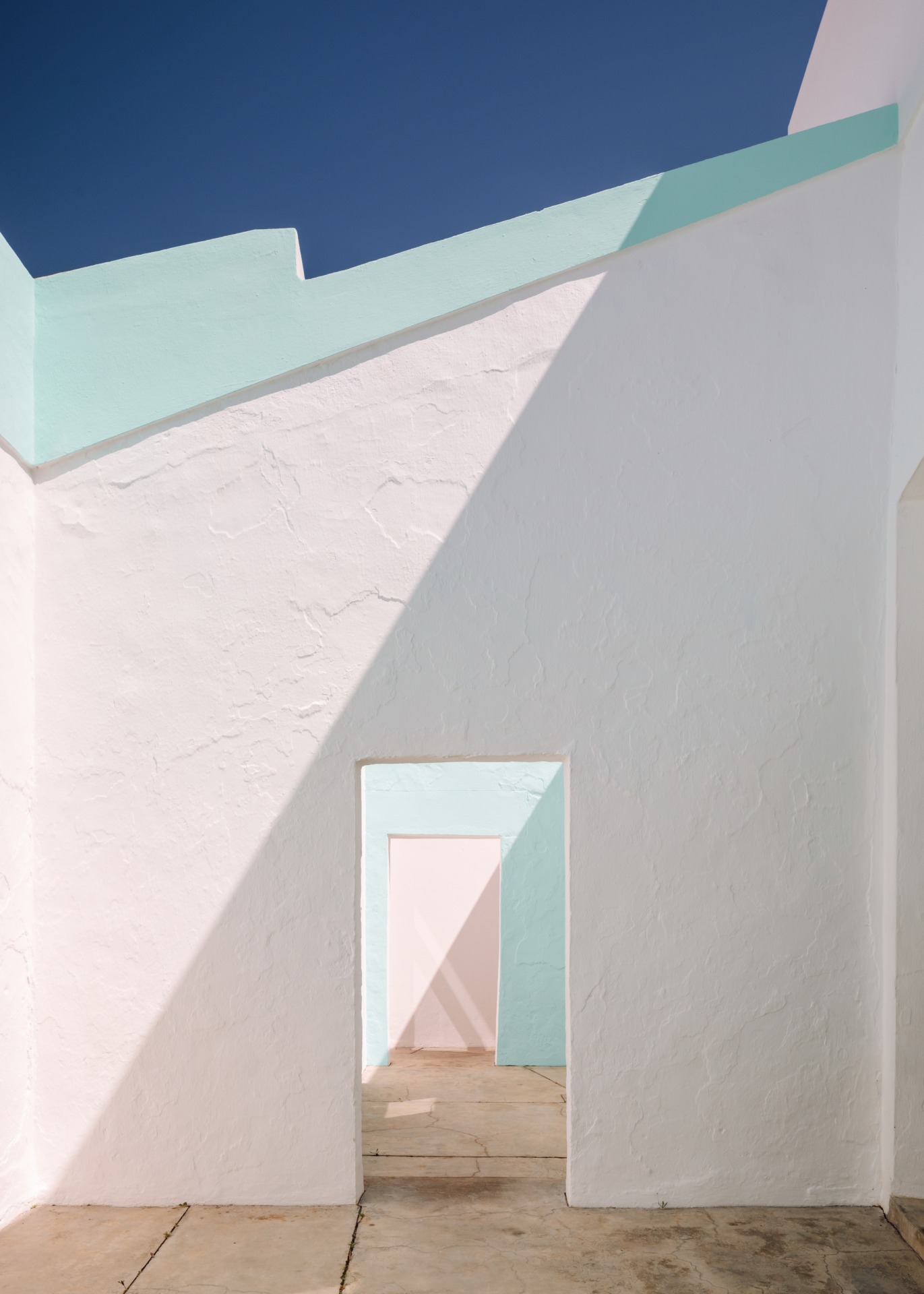
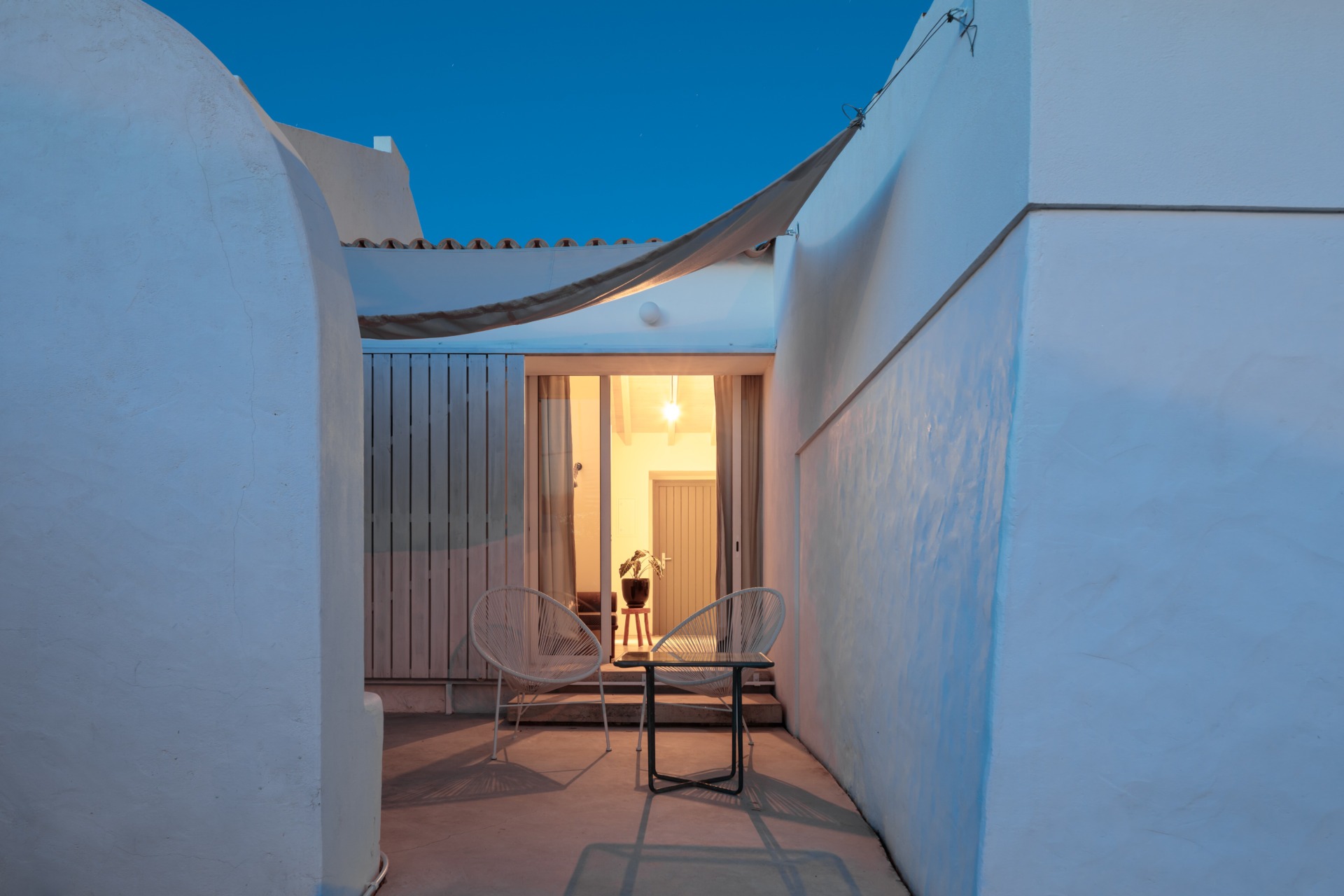
The project has received different designations; rehabilitation, alteration, expansion, transformation, and regeneration. What we value most is the celebration of the place. The first phase was inaugurated in 2007 and the second in 2014. From the first moment, the project aimed to enhance expressions of local culture and use cutting-edge technology to achieve a high level of low energy consumption.
Before intervening, it was necessary to know the place. Realize what materials were used in each period of time. It is common for rural buildings to have been occupied for many generations. Therefore, they often contain an accurate knowledge of geography and local weather conditions. Bad solutions, which must also have existed, have in the meantime been improved or replaced so that buildings or ruins contain in-depth knowledge tested over generations.
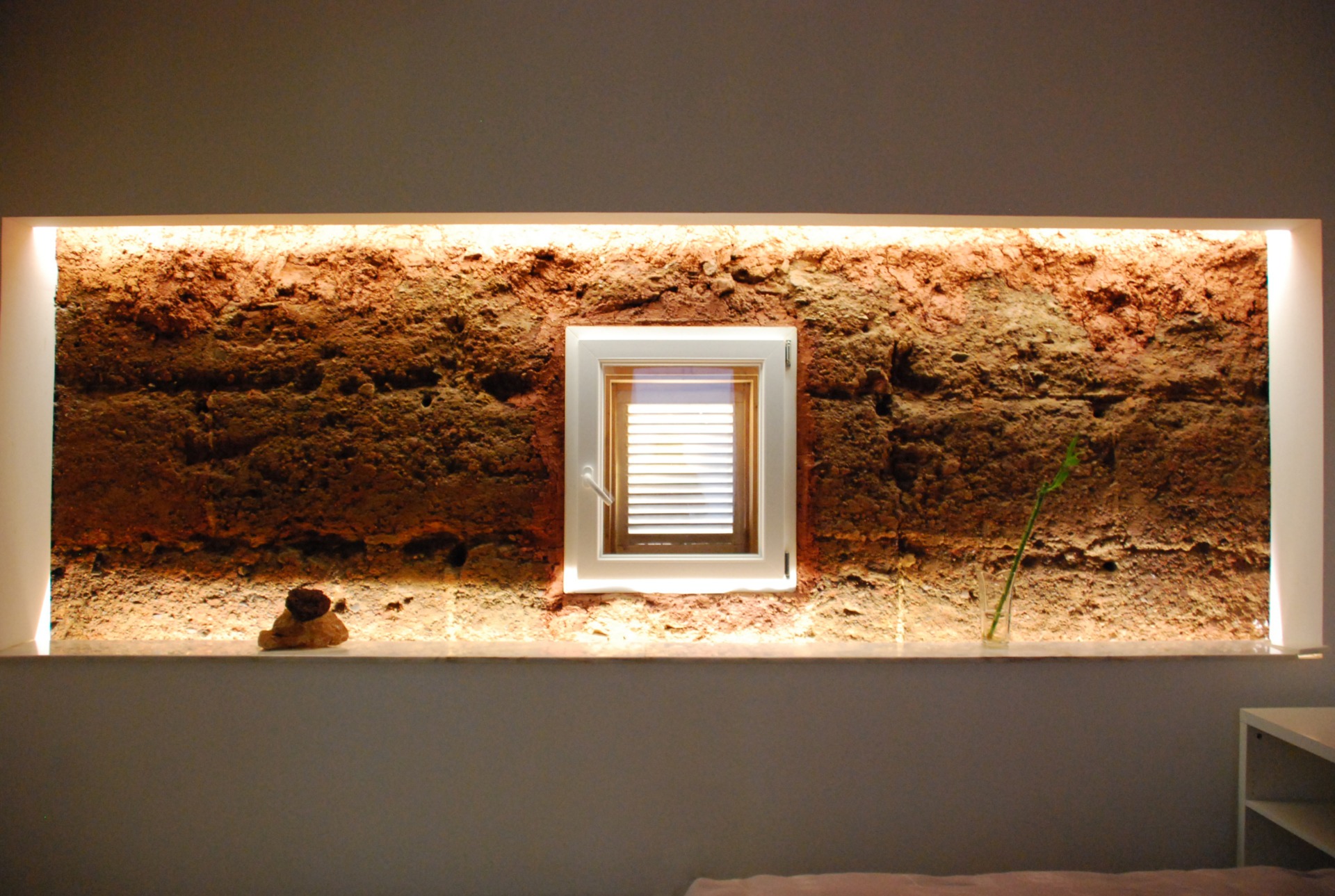
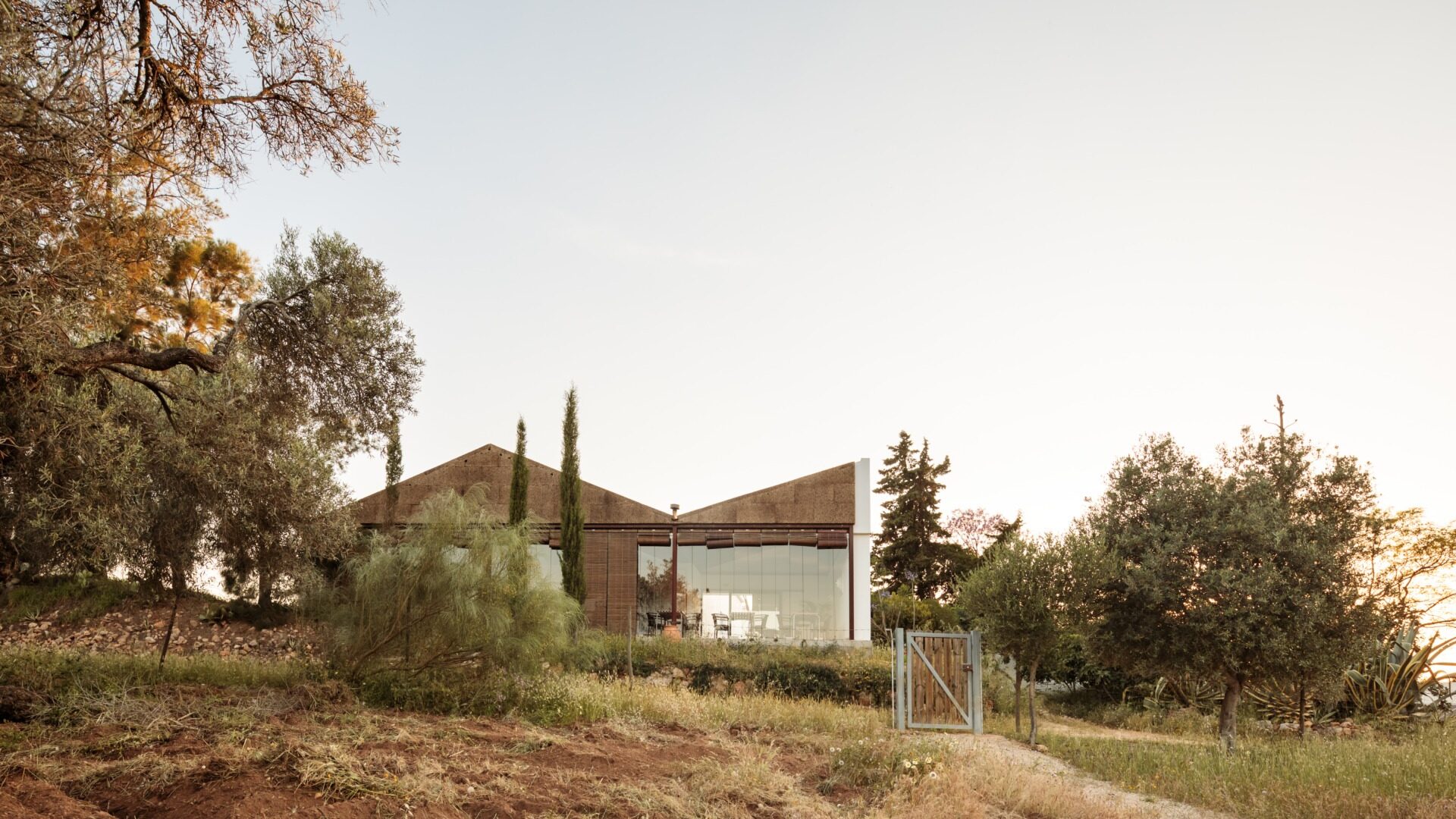
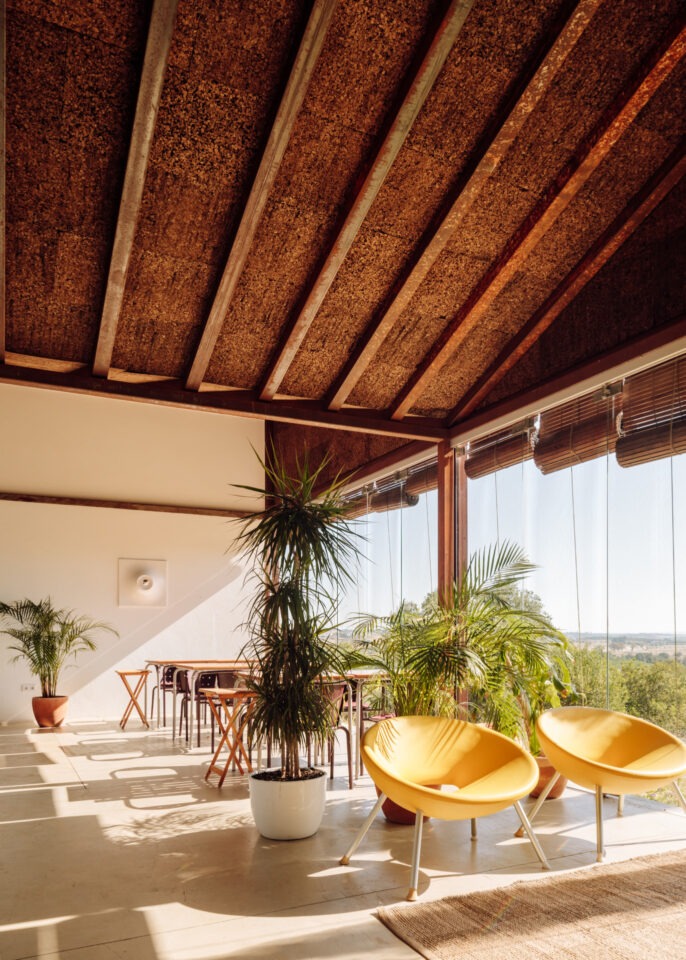
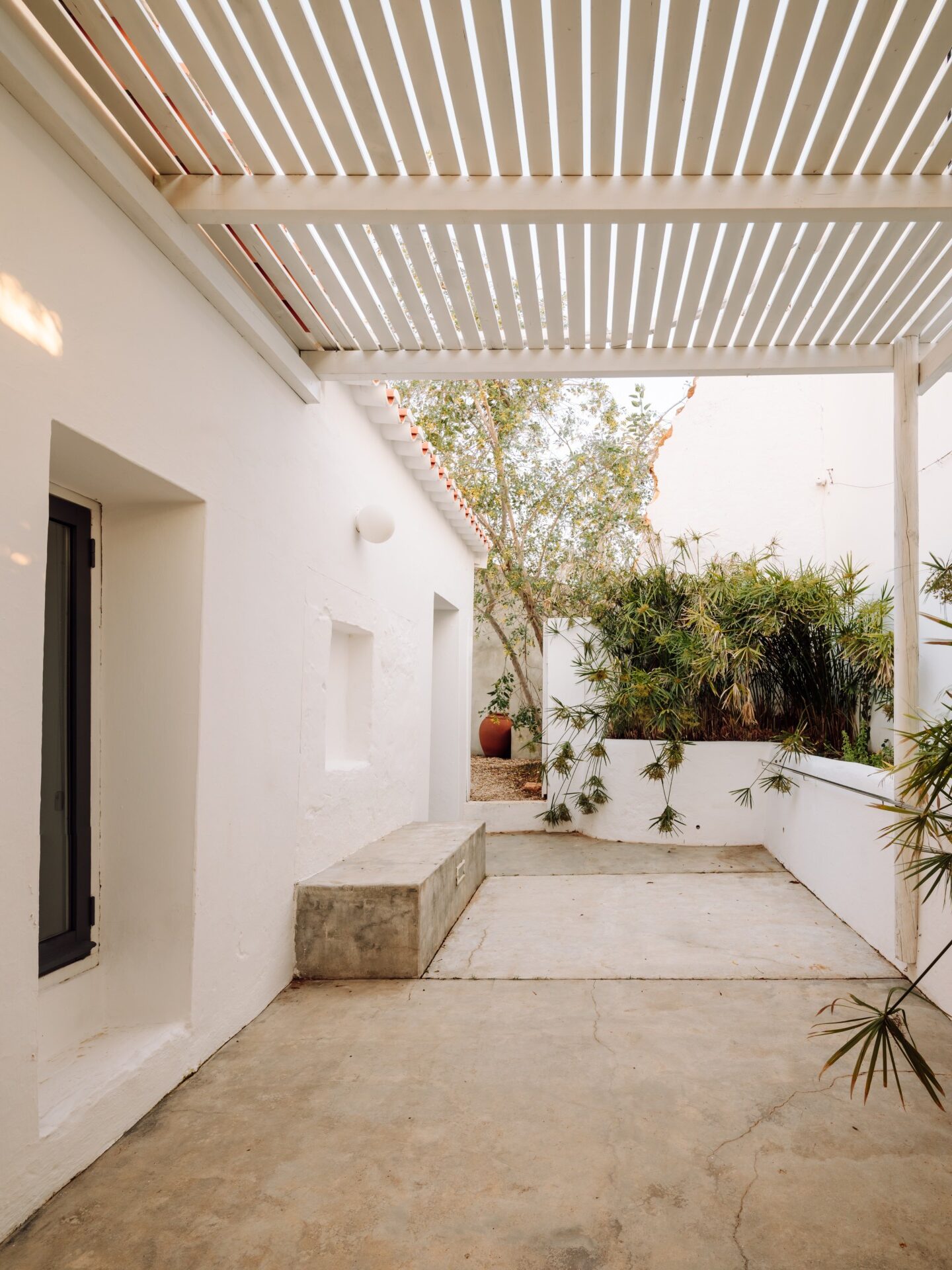
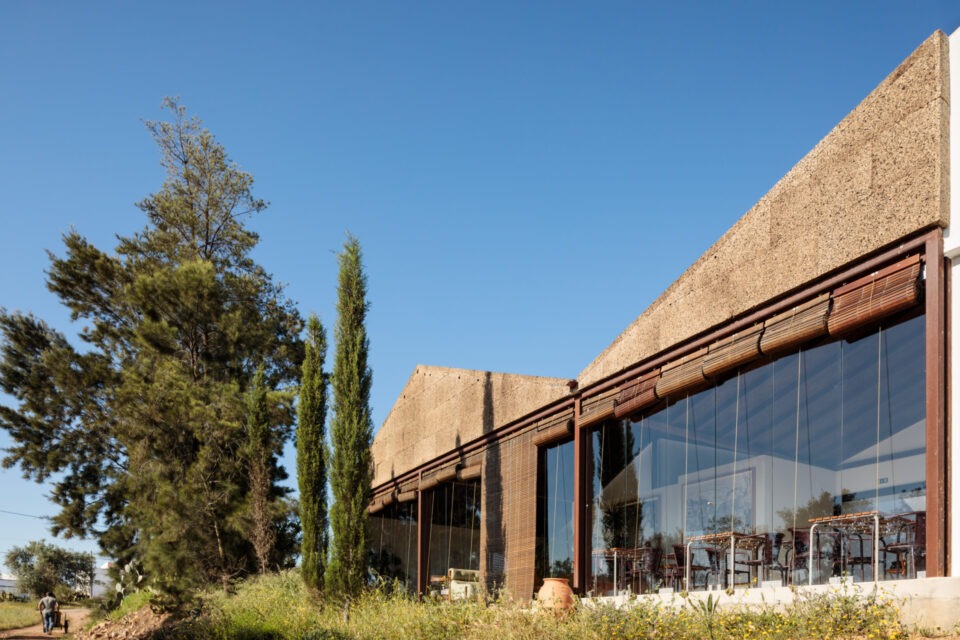
Media Referencing

“Set amongst fields of olive trees and wild flowers in the unspoilt eastern Algarve, Companhia das Culturas offers five bedrooms and four apartments housed in a variety of old farm buildings that have been in co-owner Francisco’s family for seven generations. A hammam and yoga studio complete the picture.”
The Telegraph
Read the complete article →

“Imbued with a North African flavour, Companhia das Culturas is a farmhouse in the village of São Bartolomeu, Algarve, restored by Lisbon-based architect Pedro Ressano Garcia. The retreat hosts food and art events, and boasts organic patio gardens with views over rolling olive groves and salt marshes.”
Wallpaper
Read the complete article →

“Partindo da recuperação e refuncionalização de antigos edifícios agrículas mas preservando-lhes a identidade, aqui se criou uma espécie de anti-resort, que se articula com a aldeia em que está integrado: S. Bartolomeu. Valoriza a sombra e o silêncio.”

“The three R’s policies, reuse, reduce and recycle were integrated at several levels of design. It was intended to reuse the existing walls. They were partially ruined and presented irregular textures, but the concept of reuse was taken integrally and the walls are presented without changes.”
Architizer
Read the complete article →
Related
Passeio Alegre
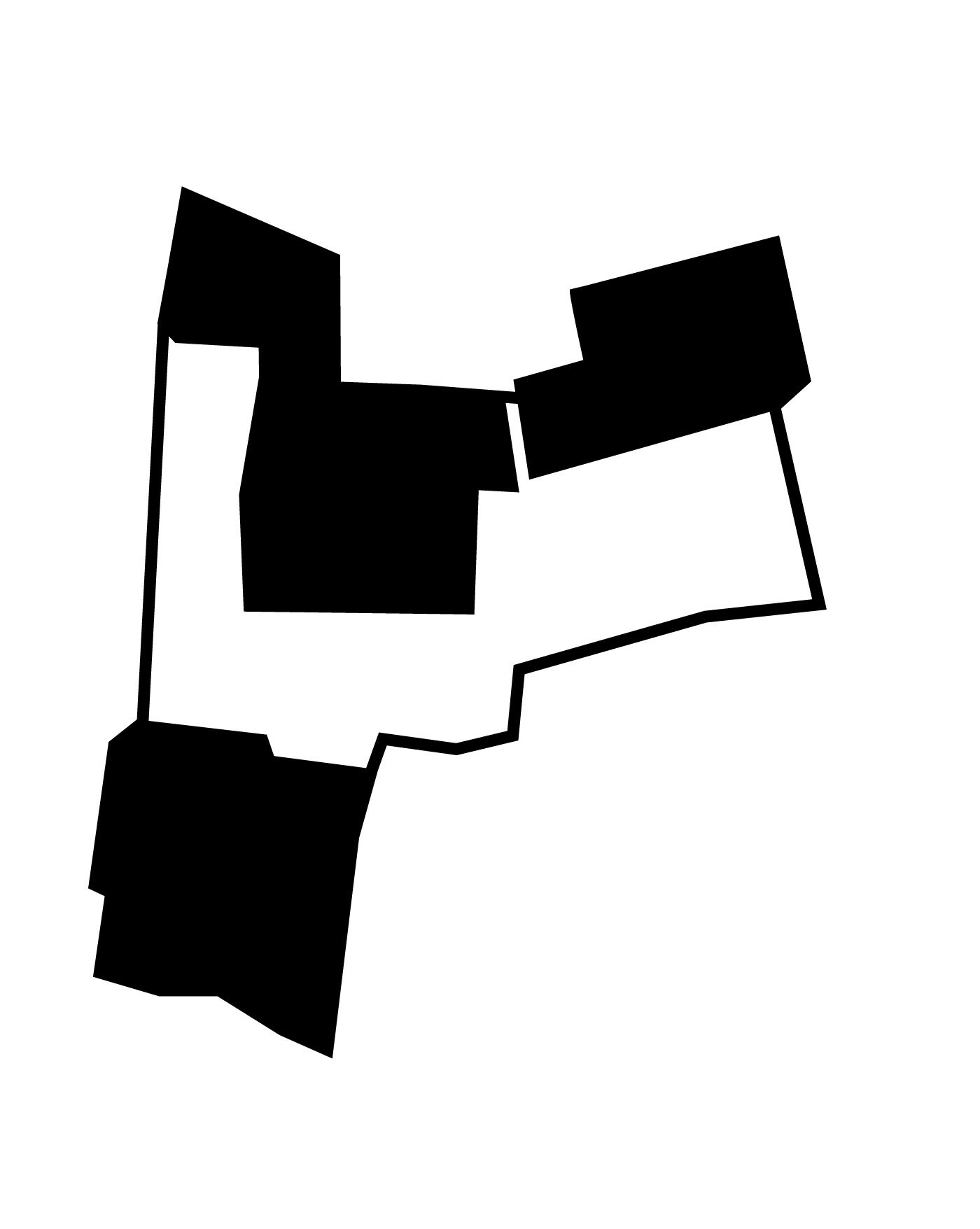
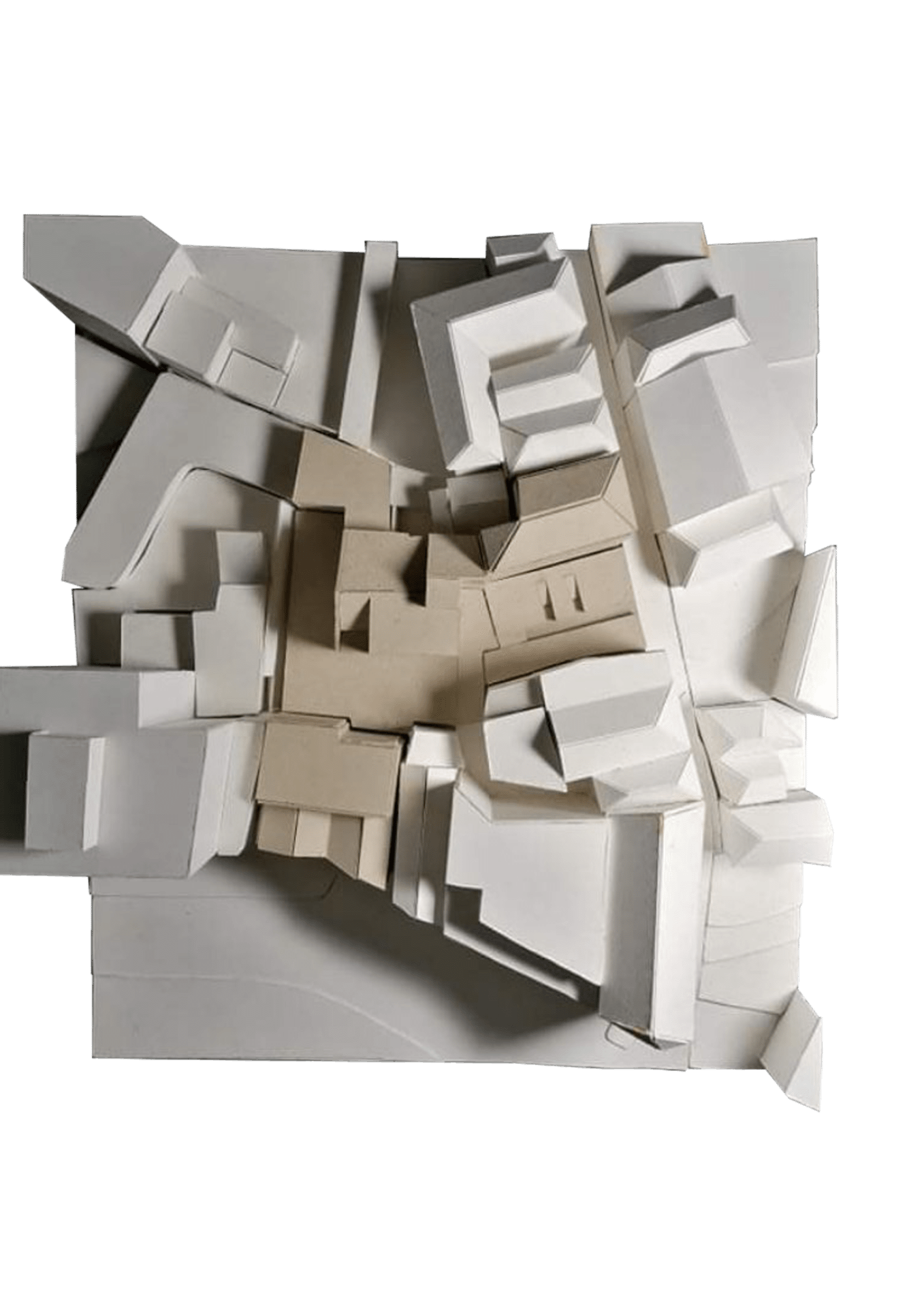
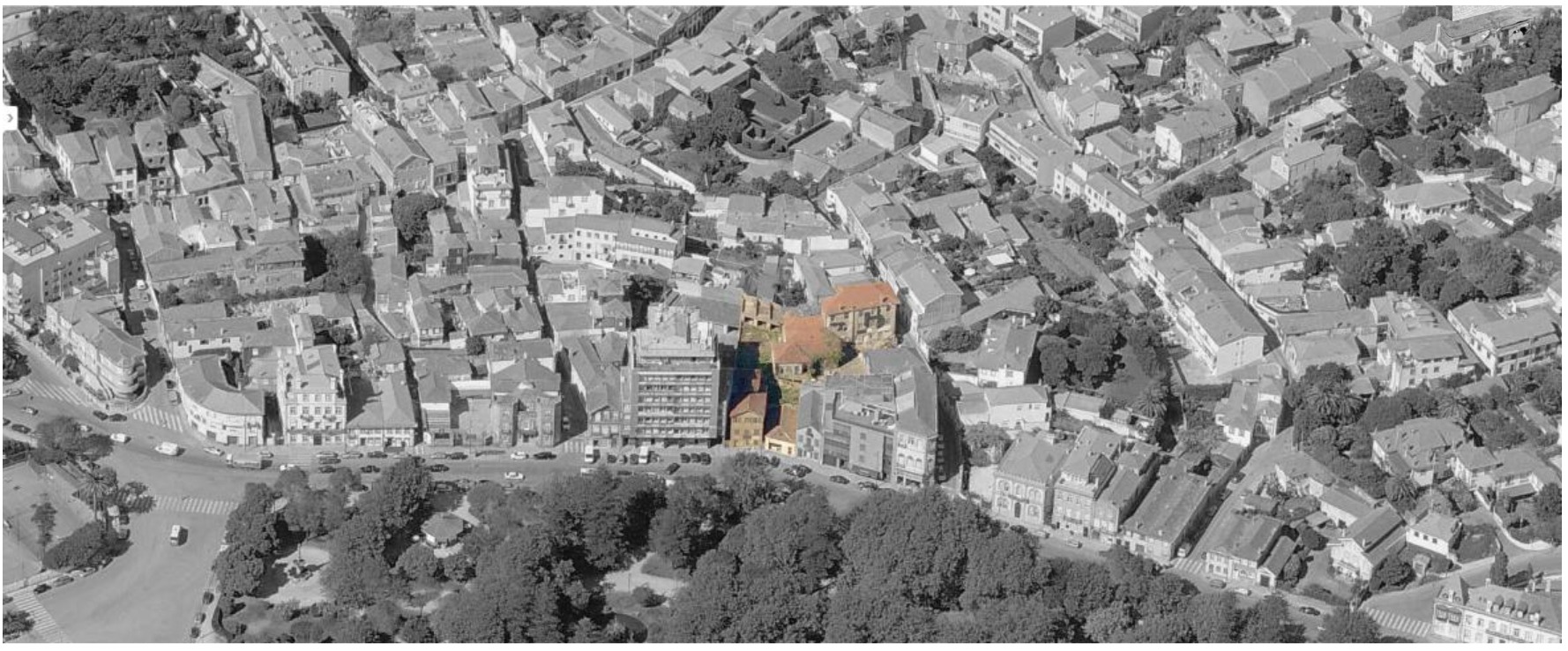
The architectural and urban design project for Rua do Passeio Alegre and Rua das Motas described an alteration to the project by the Architect Nunes da Ponte.
The five duplex units with a garden claim a dialogue with the scale and dominant typologies of Foz Velha. The connection between all buildings is made through the parking lot. The duplex on the roof over Passeio Alegre projects the extension of the external area in the interior facing south with a view over the interior area of the Douro River.
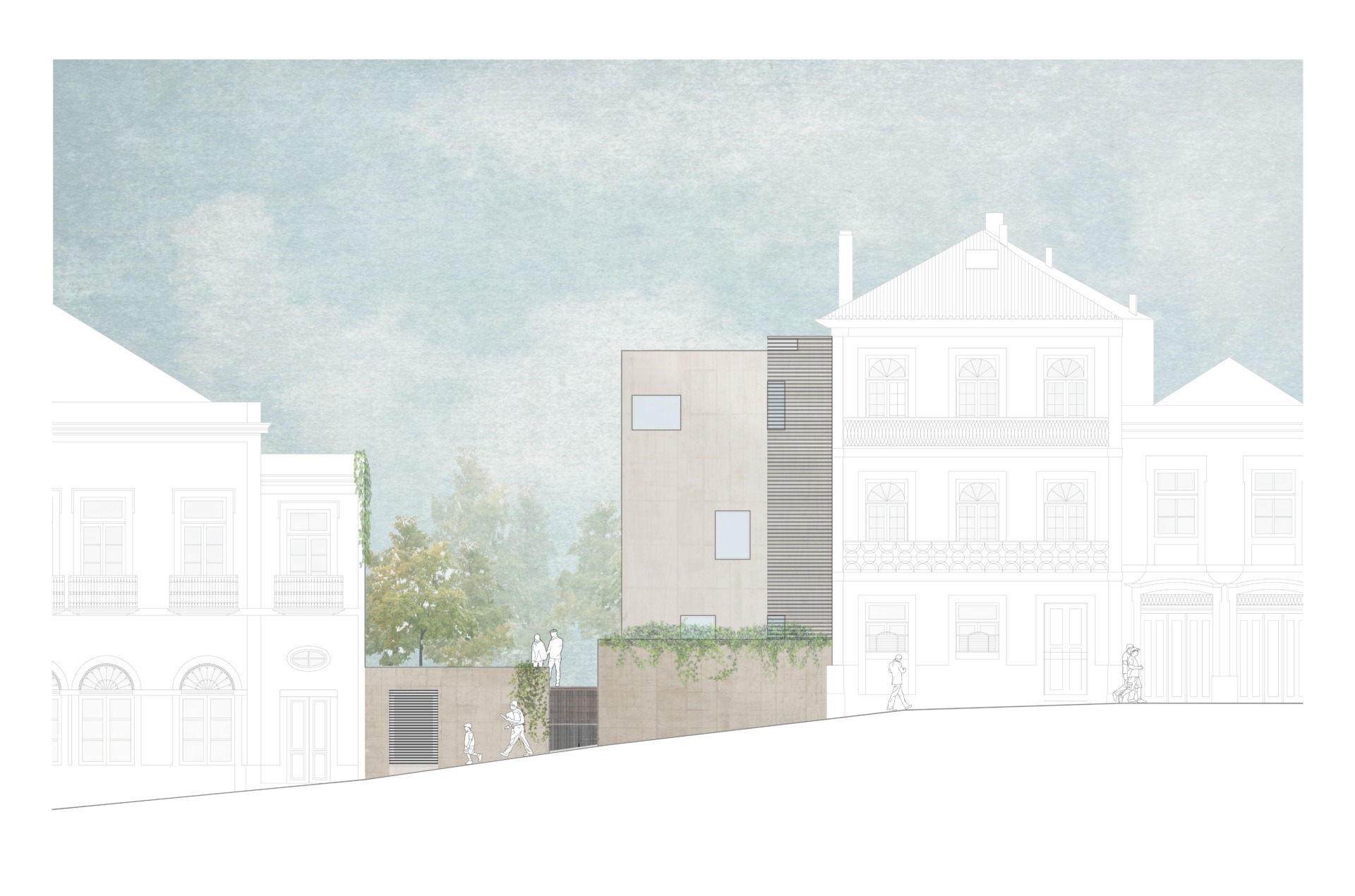
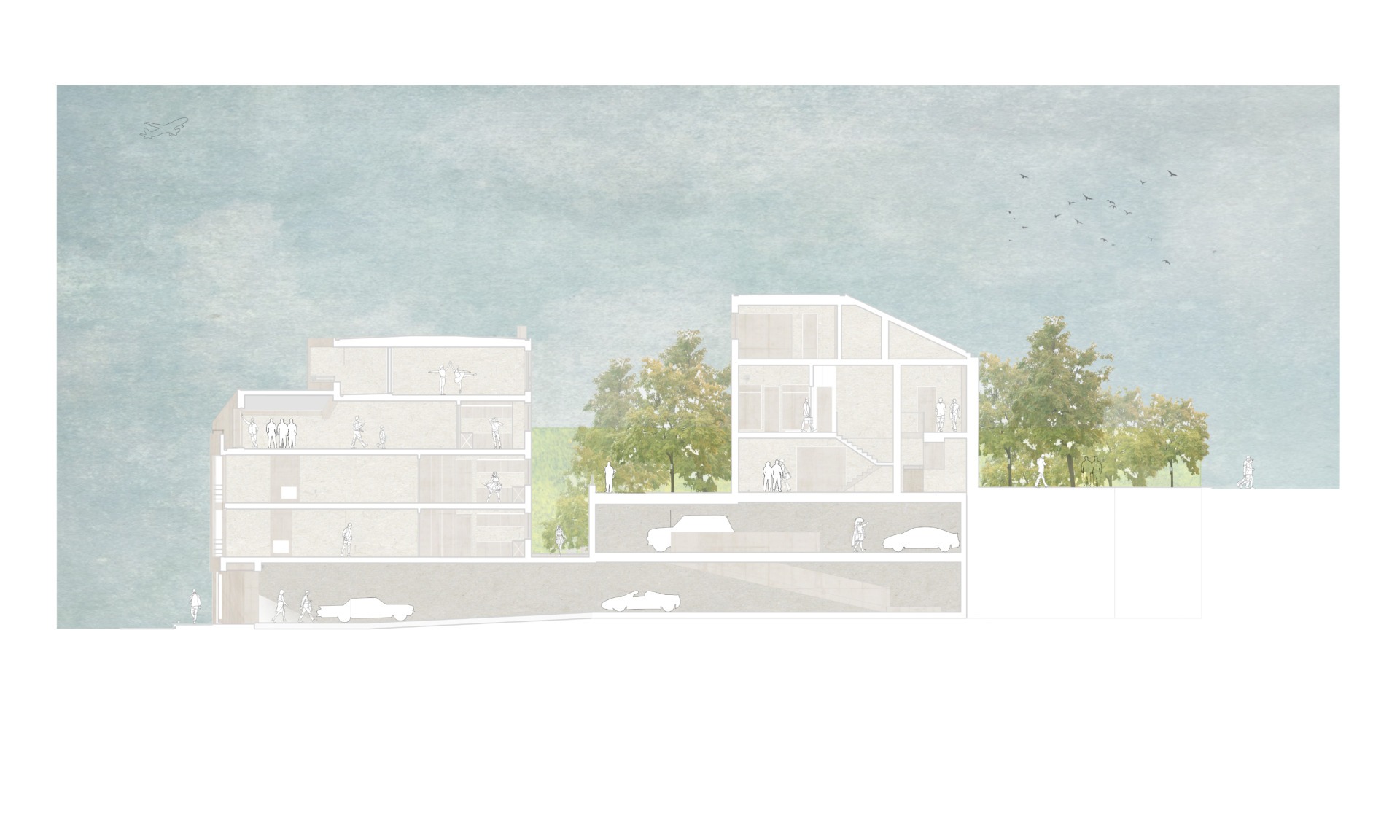
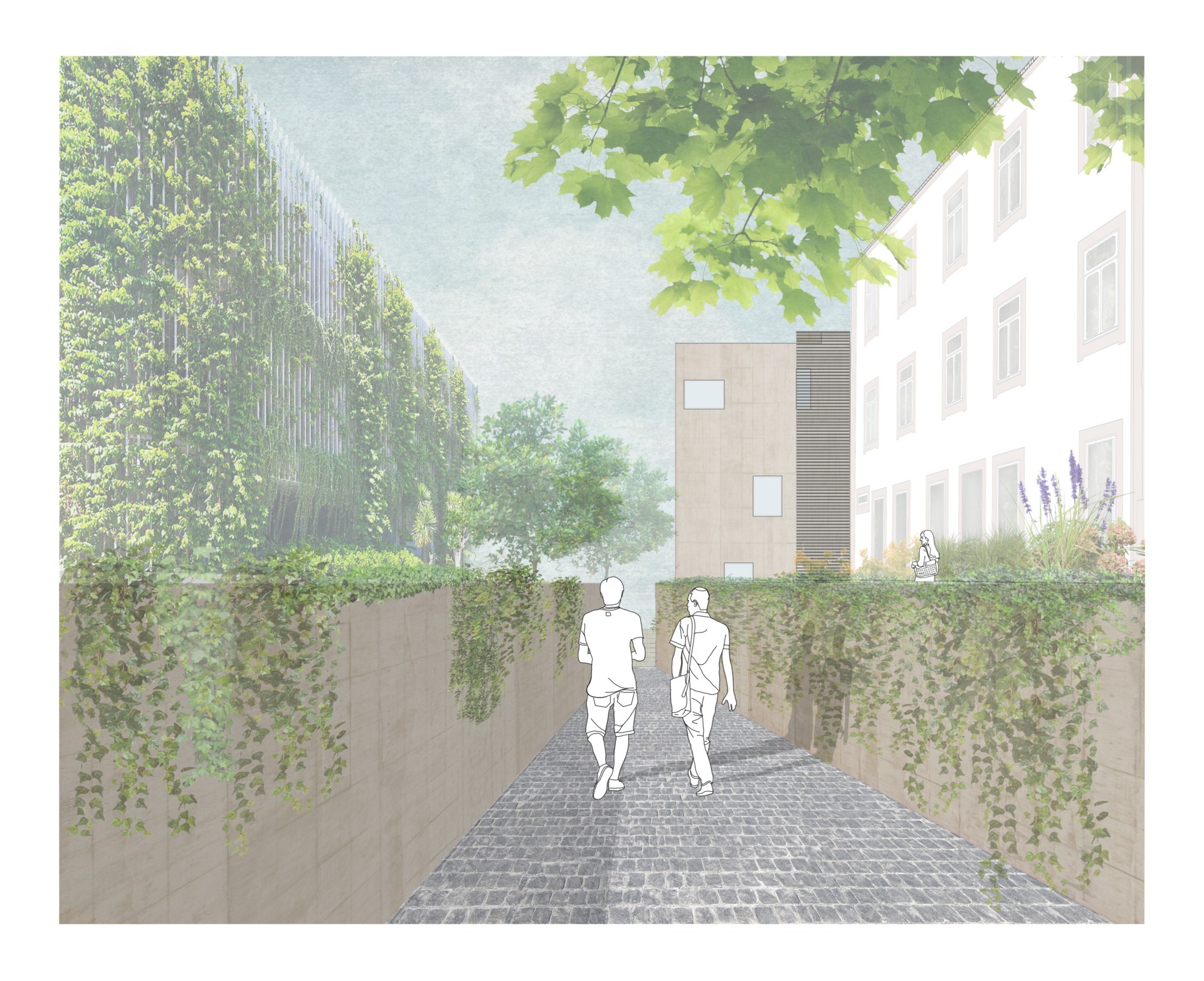
Related
Eremitério

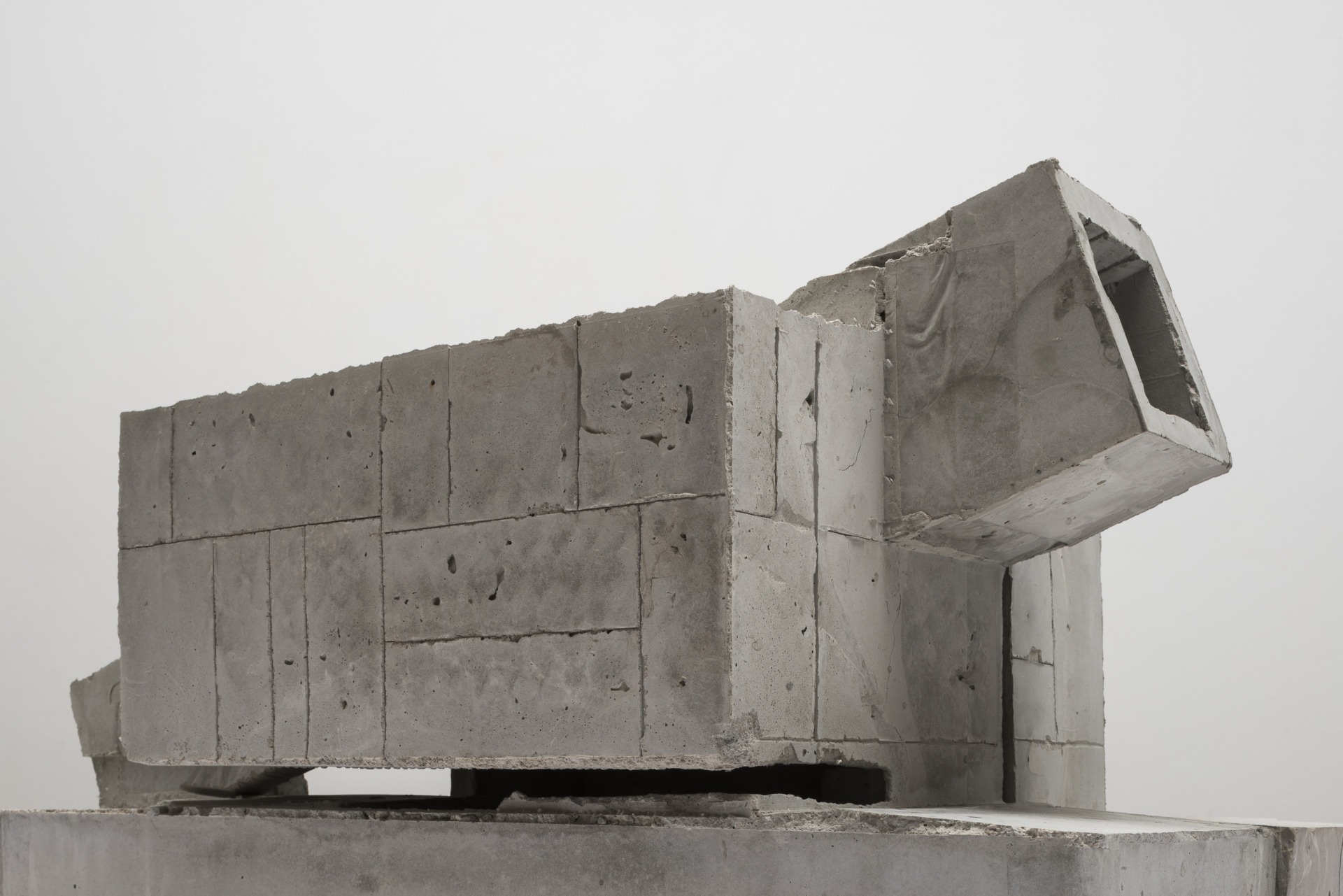
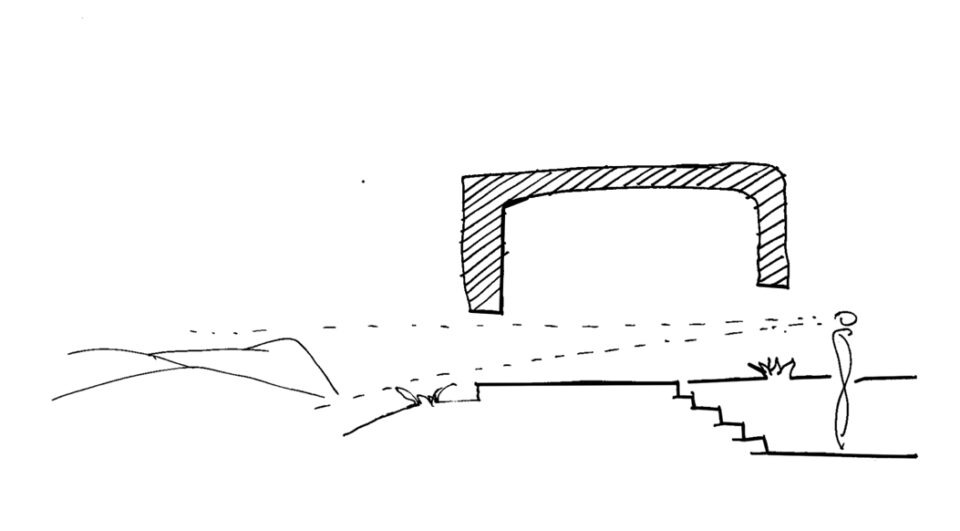
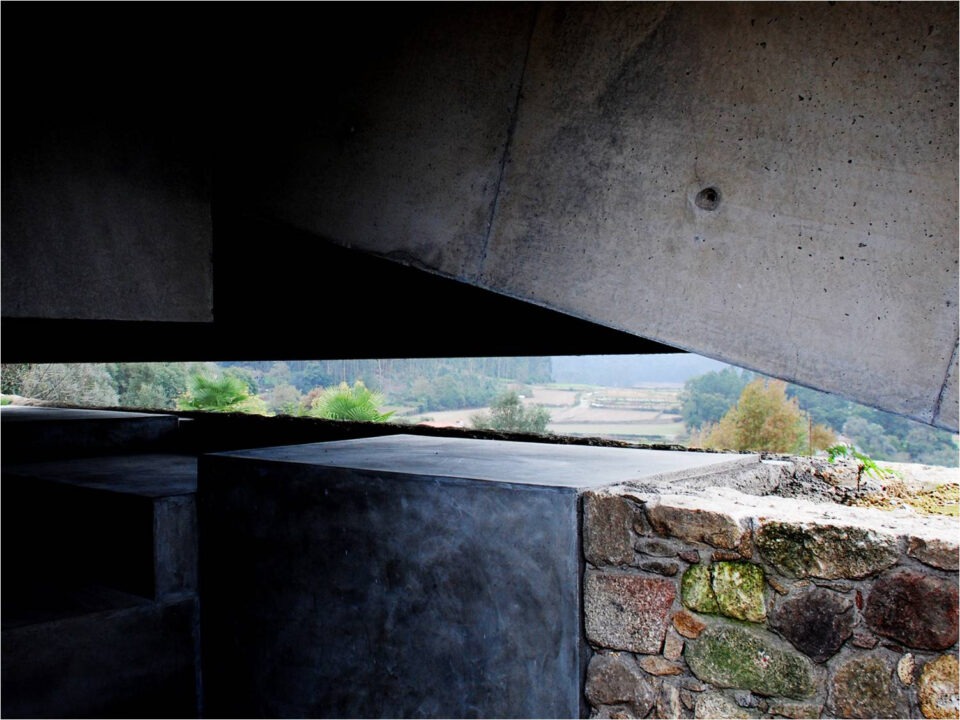
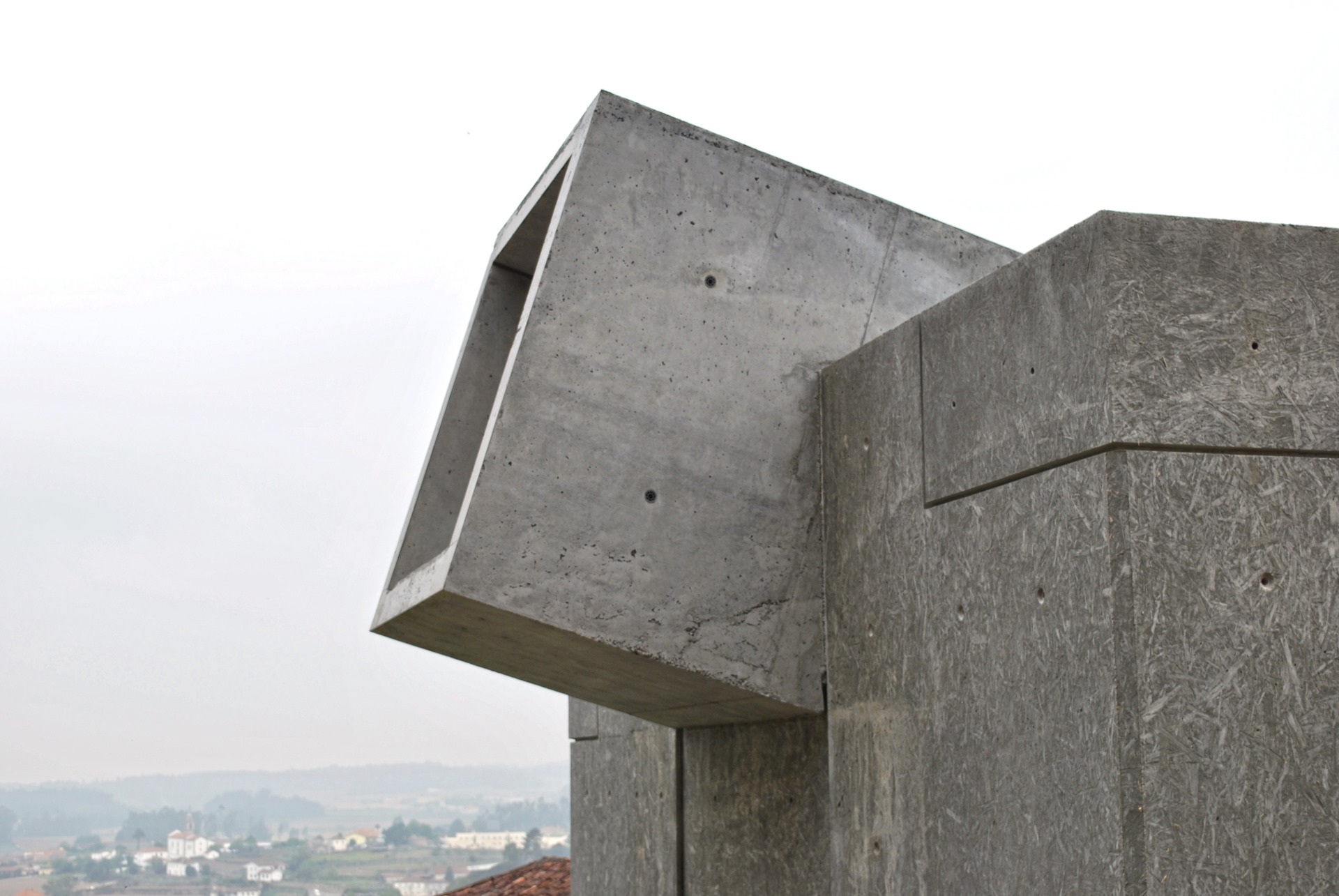
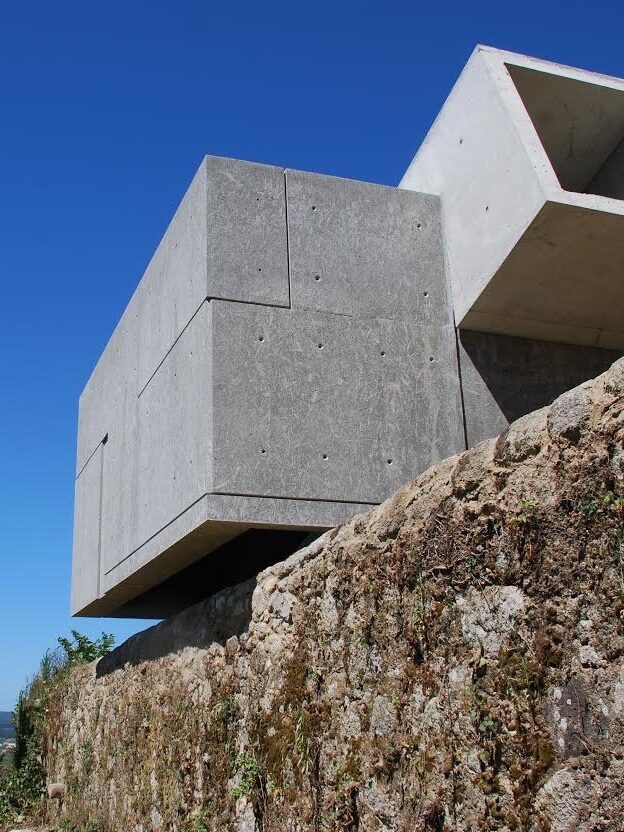
“This micro-museum by Pedro Ressano Garcia, wisely called “eremitério”, suggests to us an alternative grammar of conception and dwelling. It deliberately drives us close to the constant features of a monastic experience. And we realise that “seeing better” leads us to the act of seeing one polysemy, one rituality and one ethic.
Therefore, we somehow only start seeing when we start noticing. And the same applies to contemplation. Contemplation begins when we accept that we do not know how to see, that our vision is limited and poor.”
José Tolentino Mendonça
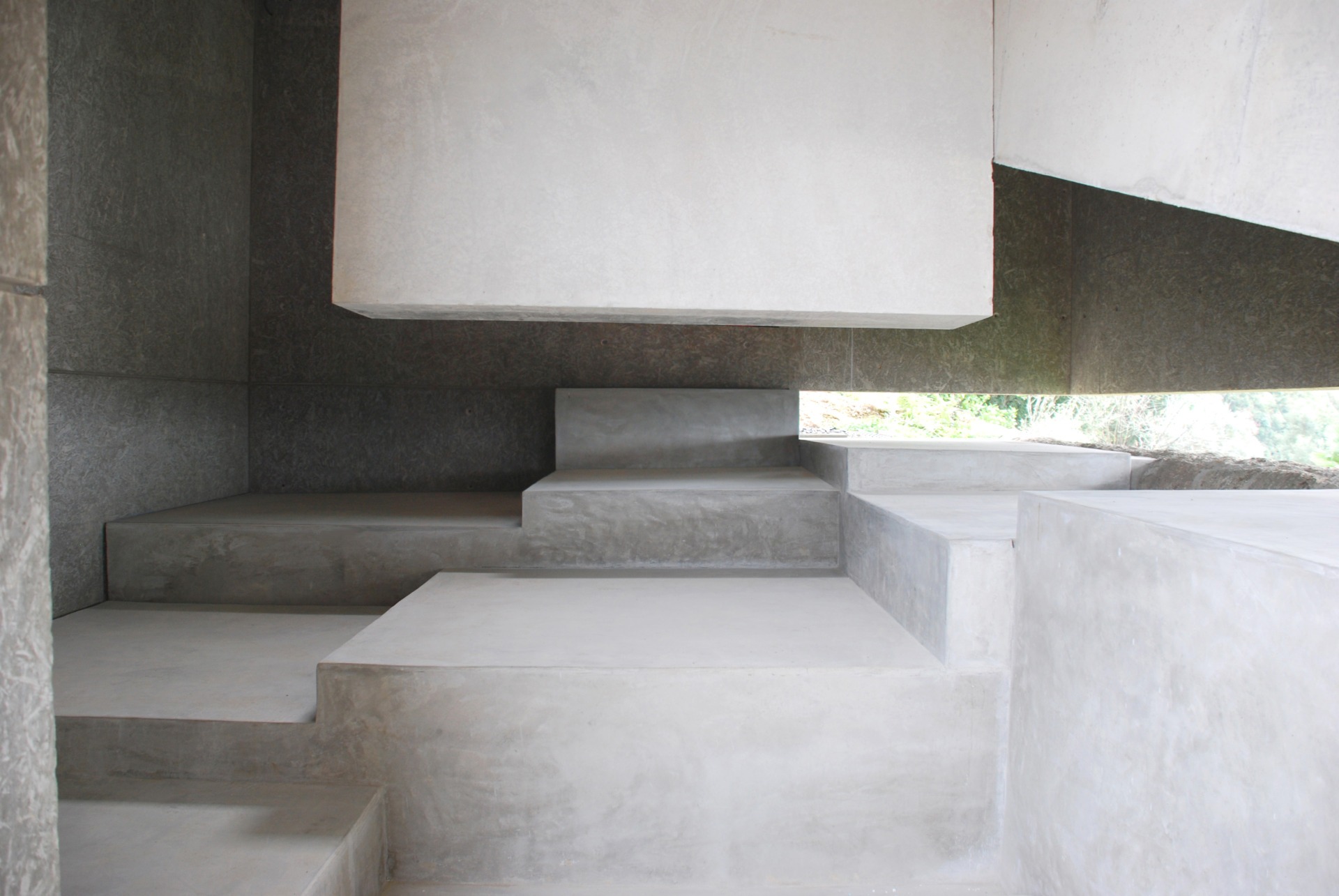
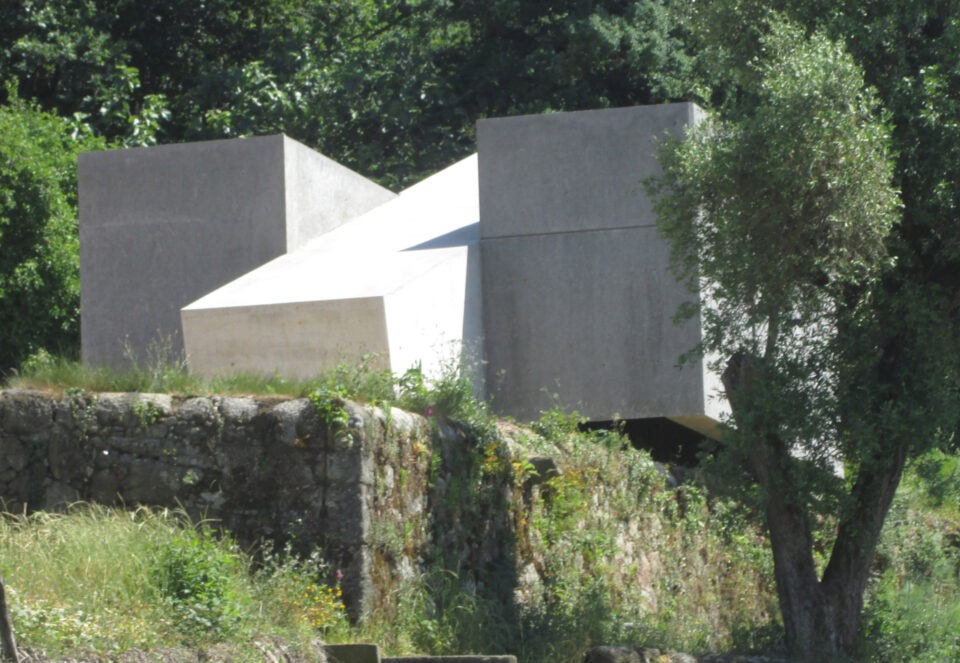
Related
Lote 30
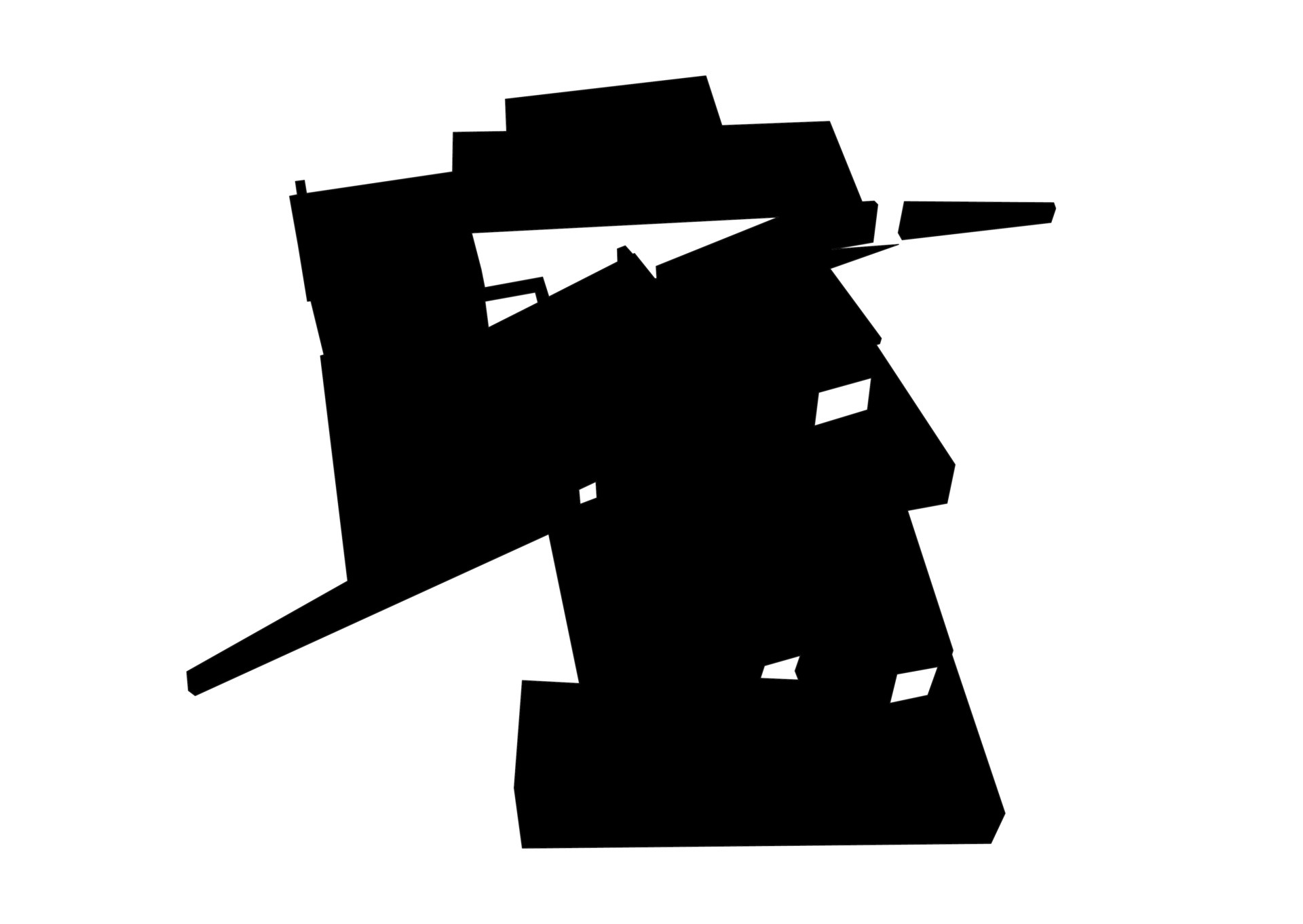
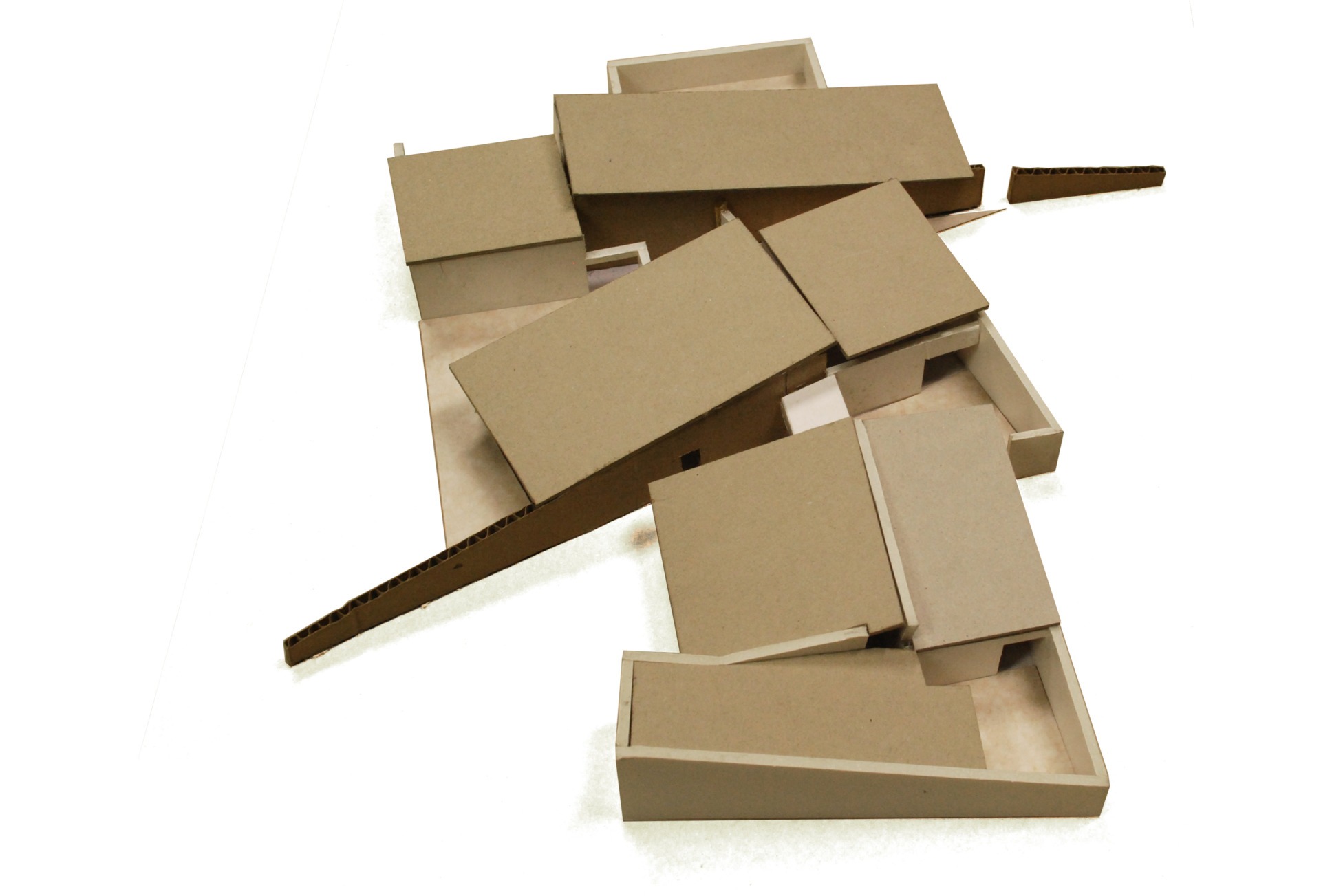
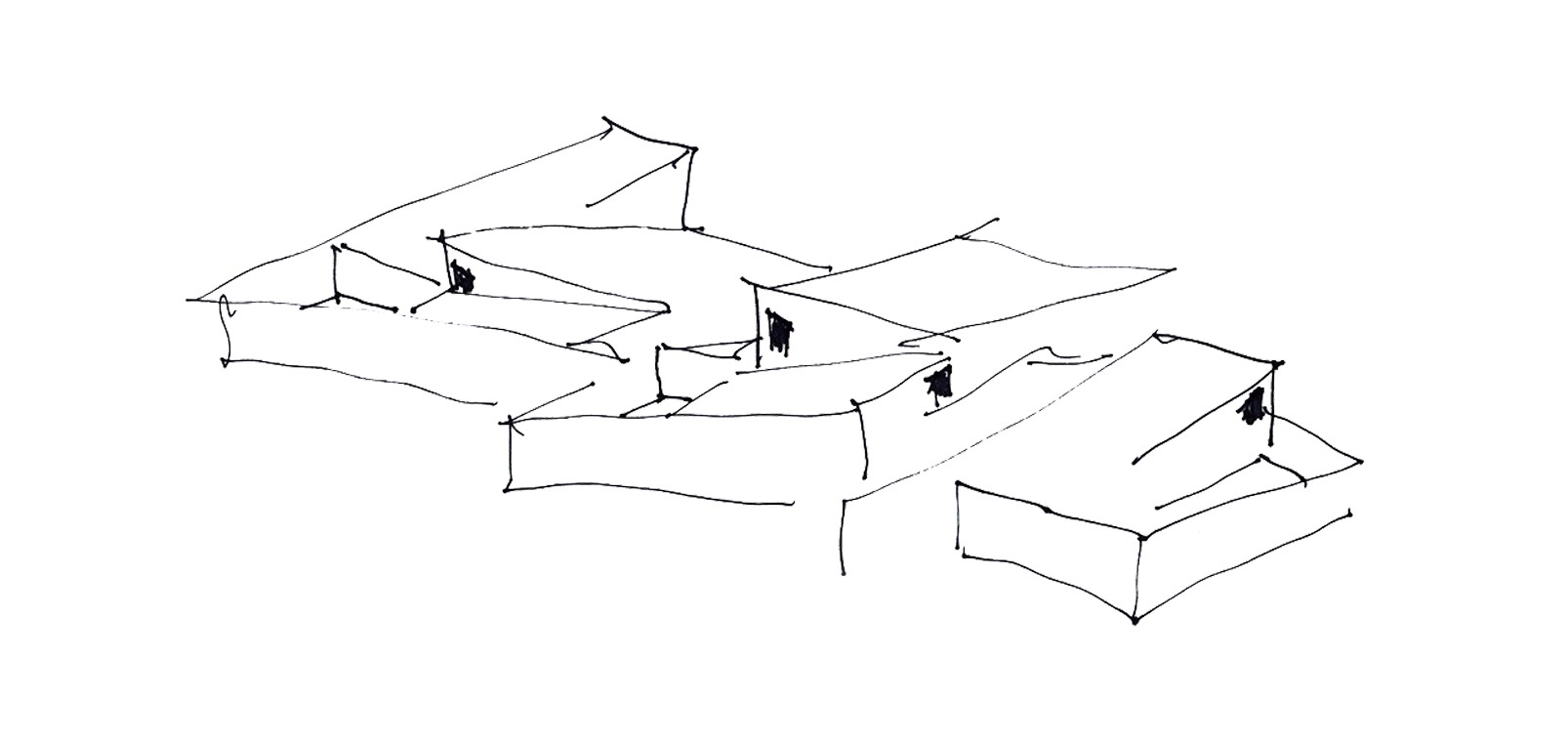

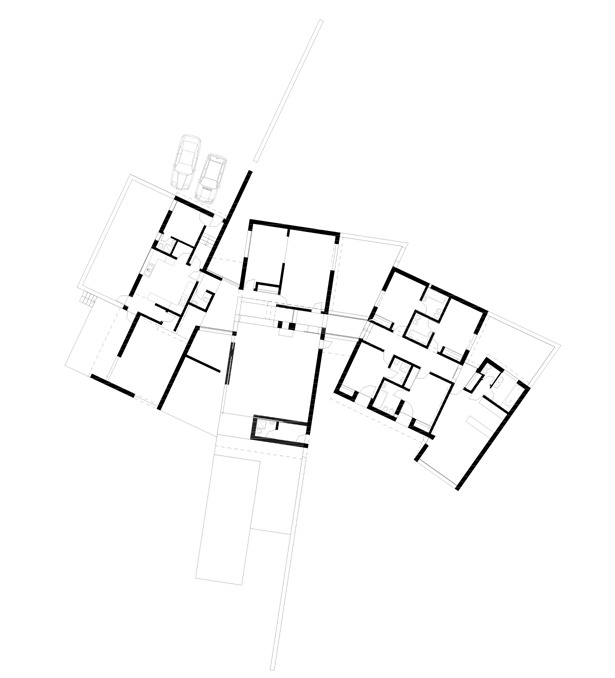

The entire house settles on the ground floor and is made of various bodies that are functionally divided into three distinct areas; service, social and private areas. Each body is oriented in a way to take advantage of the best sun exposure South/West throughout the year.
The new volumes gently adjust to the site and therefore design a complex geometry. Each of the three bodies has an enclosed courtyard and a confined exterior space facing good solar exposure. “Patios” are imagined with environments for particular uses around the year and are shaped by the specificity of particular functions, such as dining, playroom, spa, the garden of the senses, etc.
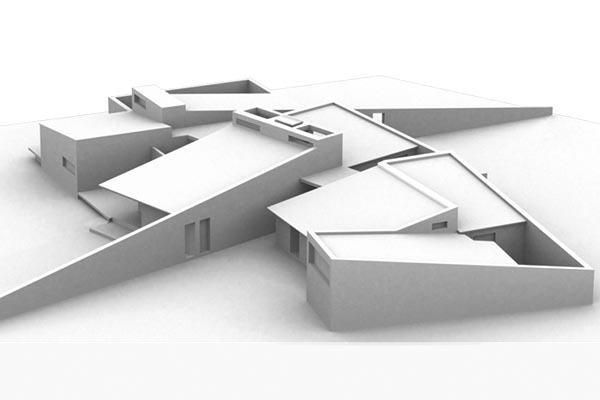

Related
Dunas House
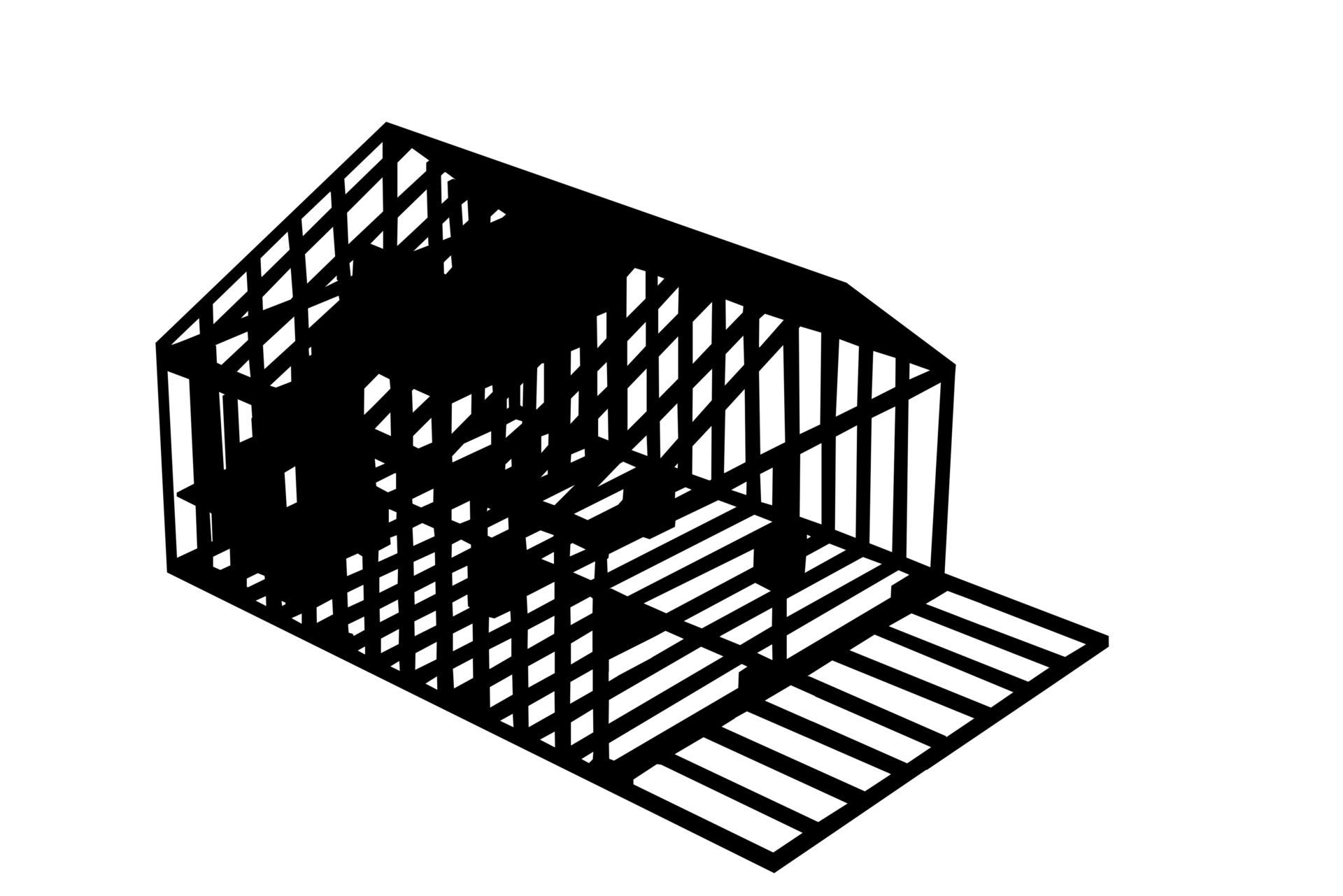
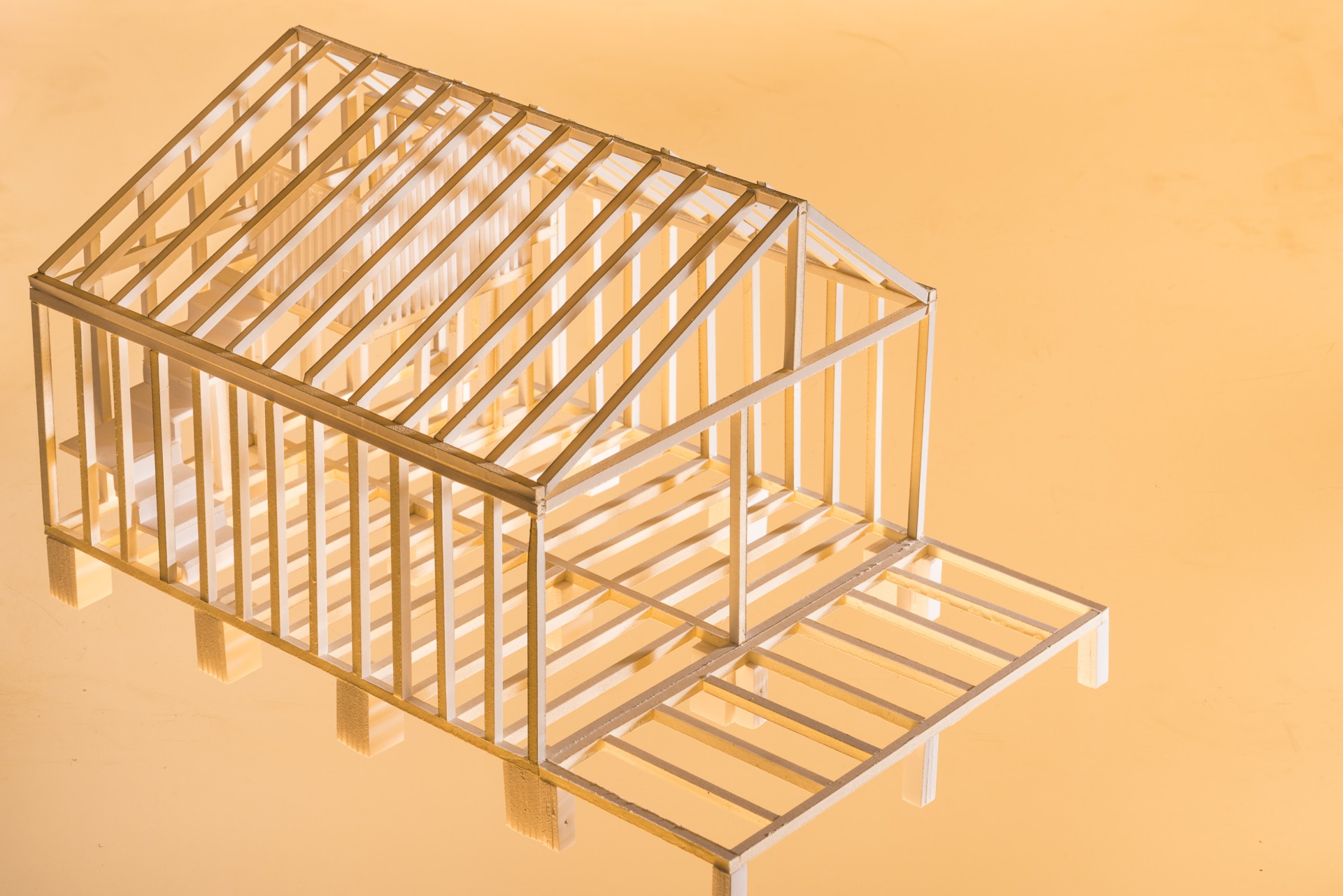

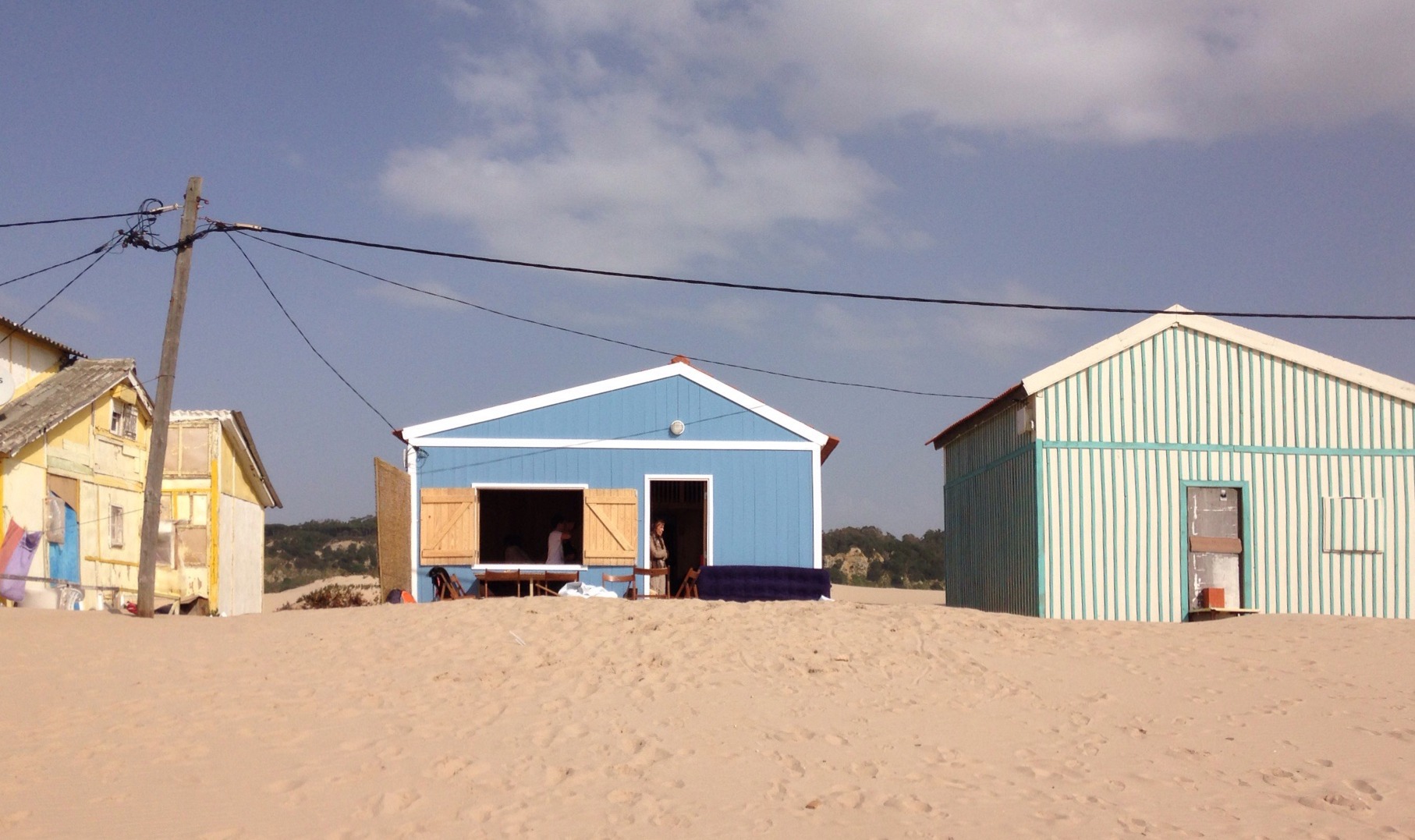
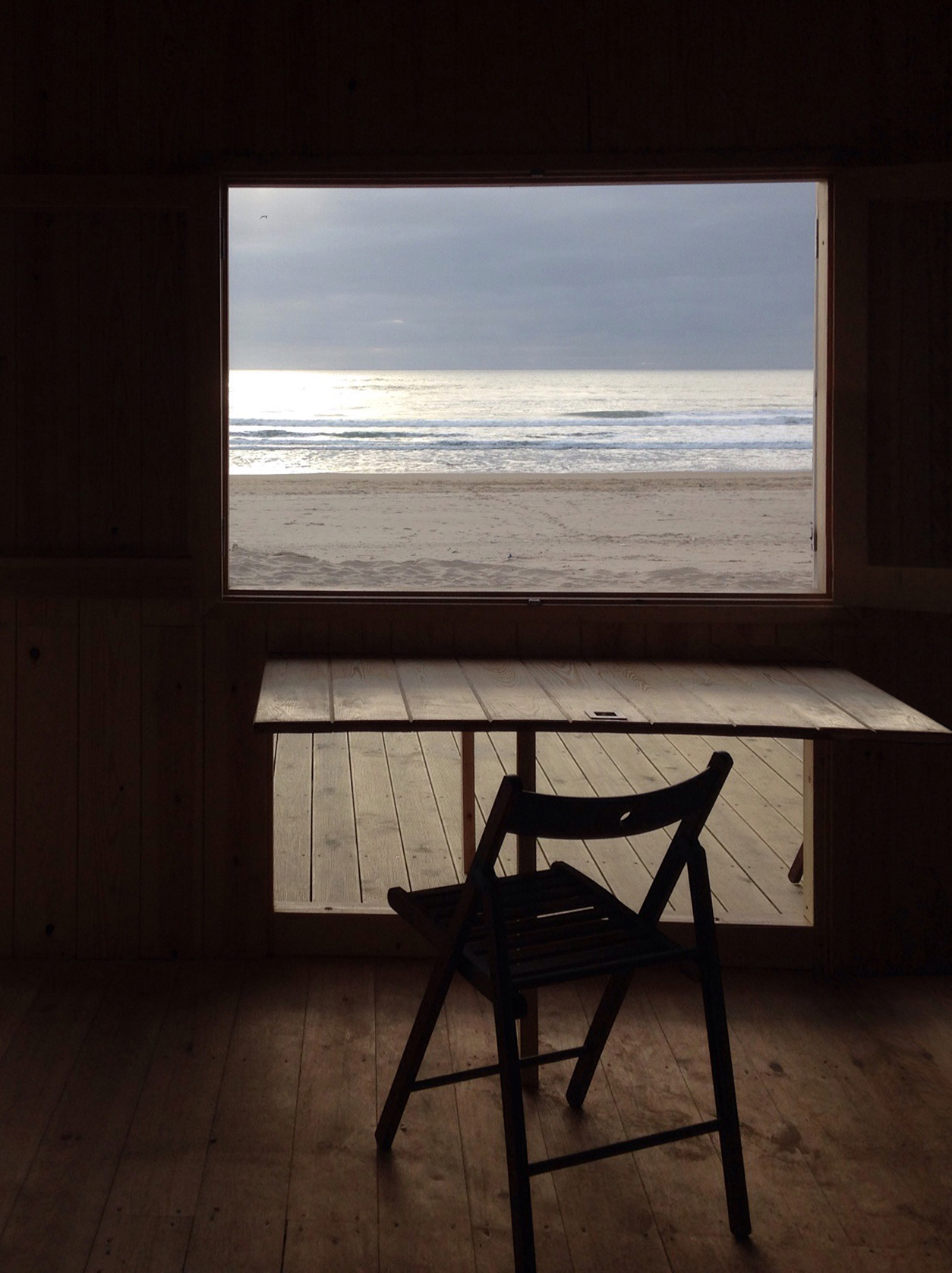
The beach house sets off from the reuse of a fisherman’s hut located on the dunes.
The intervention transformed the cabin, from a space for storing fishing equipment, into a refuge to contemplate the ocean, gaze at the maritime desert and turn one’s back on urban movement.
For the rehabilitation, we used biodegradable materials and natural thermal insulation from the region, respecting the character of the existing huts on the site. The furniture is designed for the space and extends along the wall, transforming into a table.
On the outside, the project crosses over with Sigurd Lewerentz’s project Boat House for the Canoes, and on the inside, the spatial organization of the small space is inspired by Le Corbusier’s cabin.
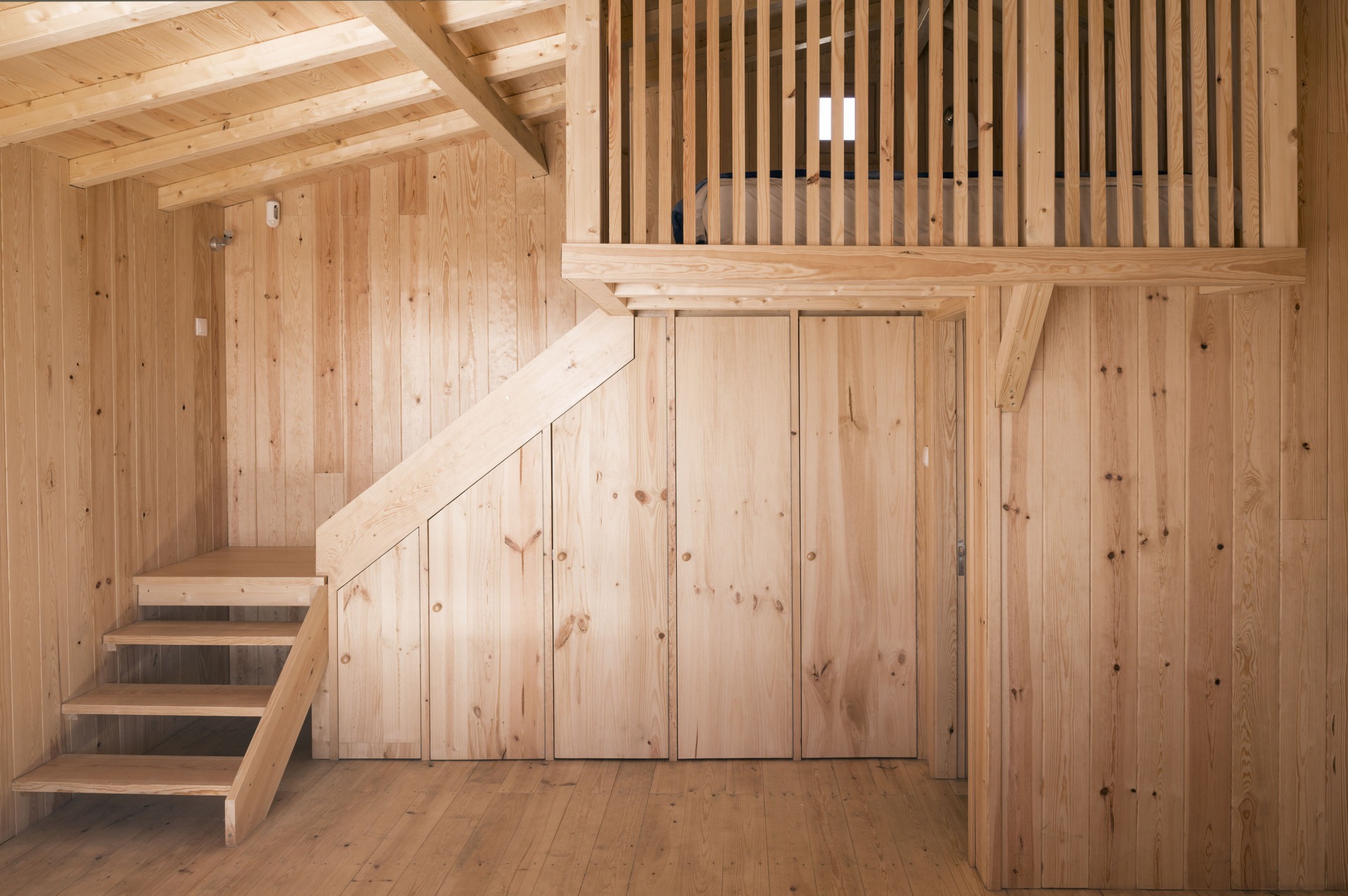
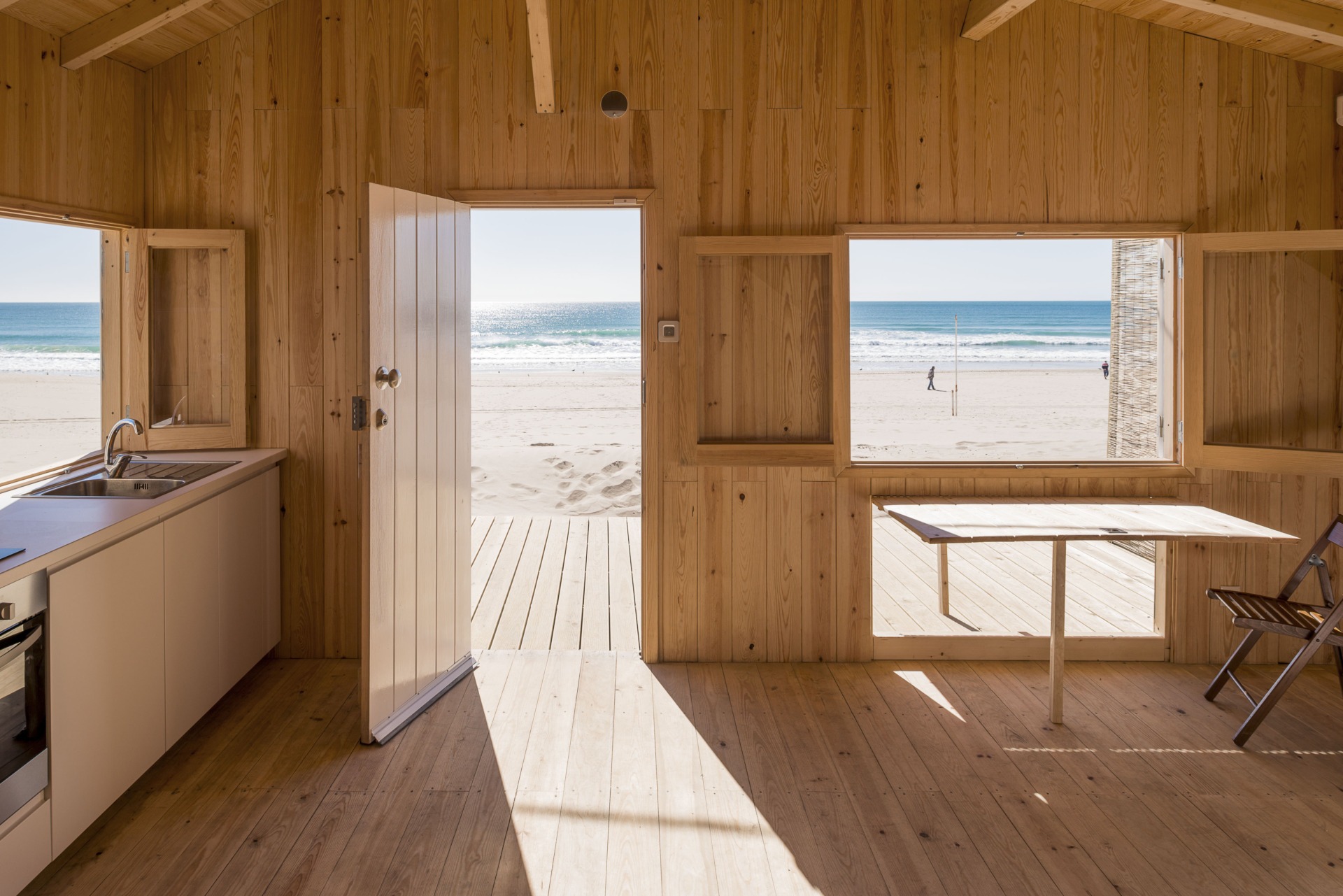
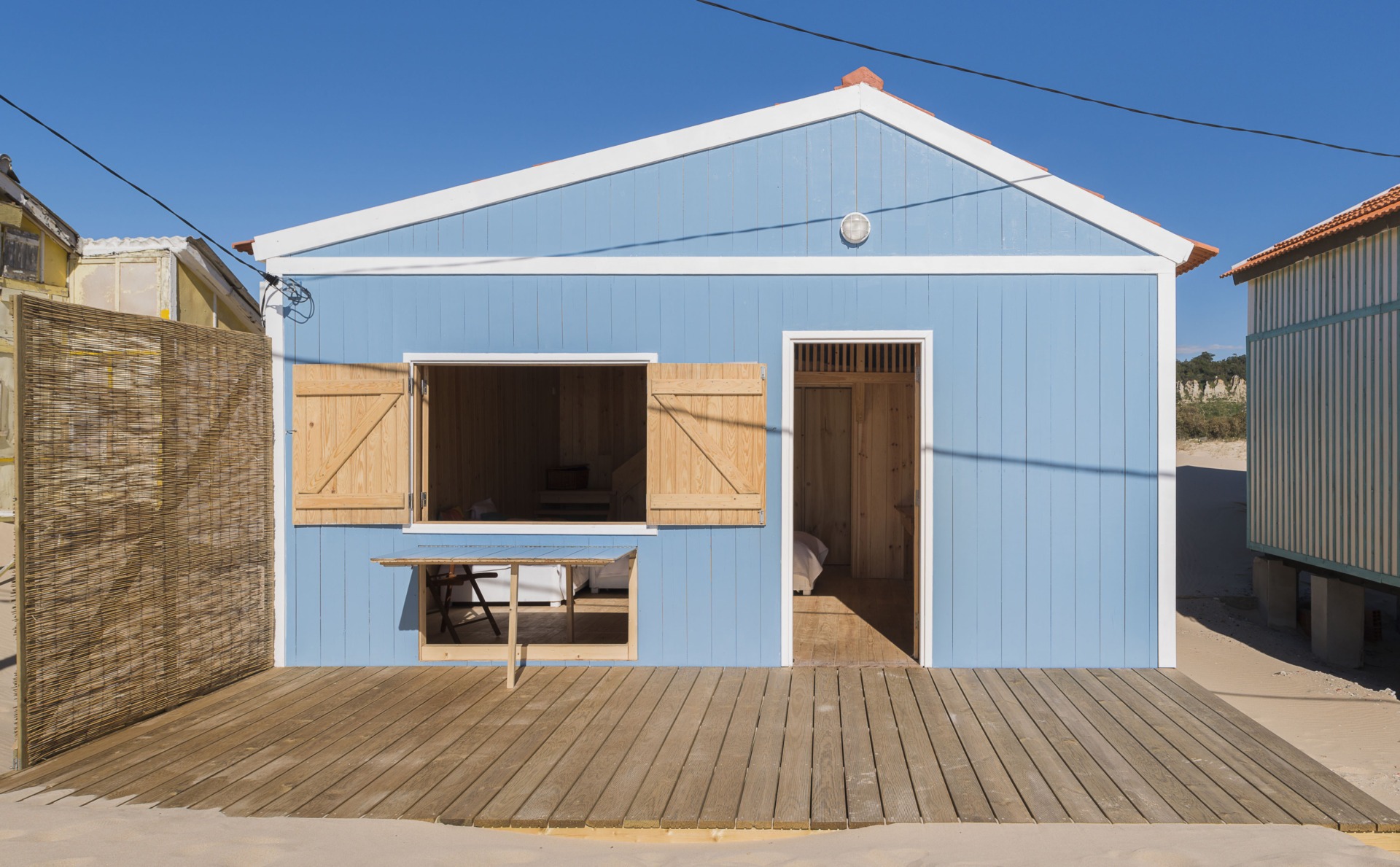
Related
Pré-Pombalino Attic
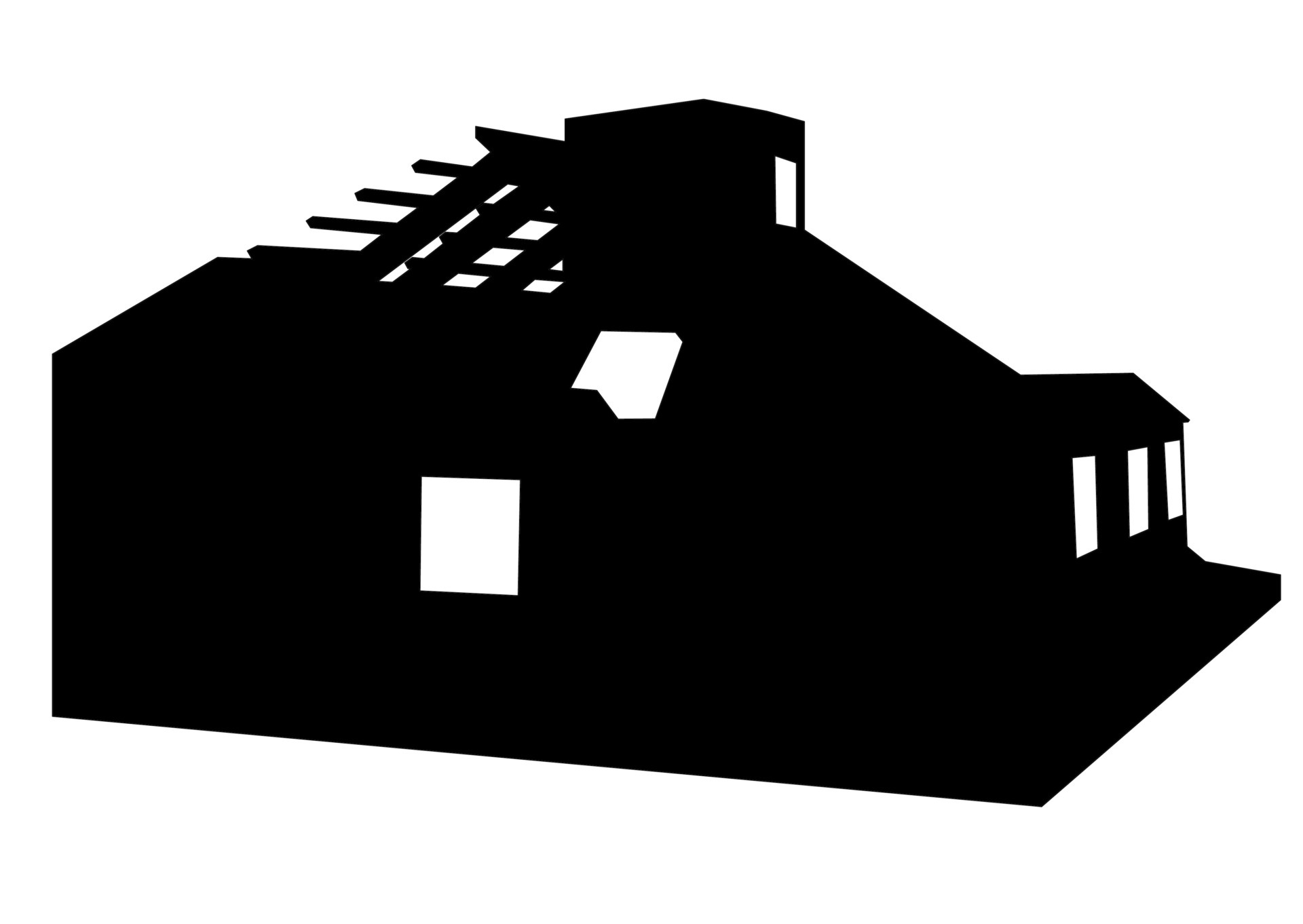
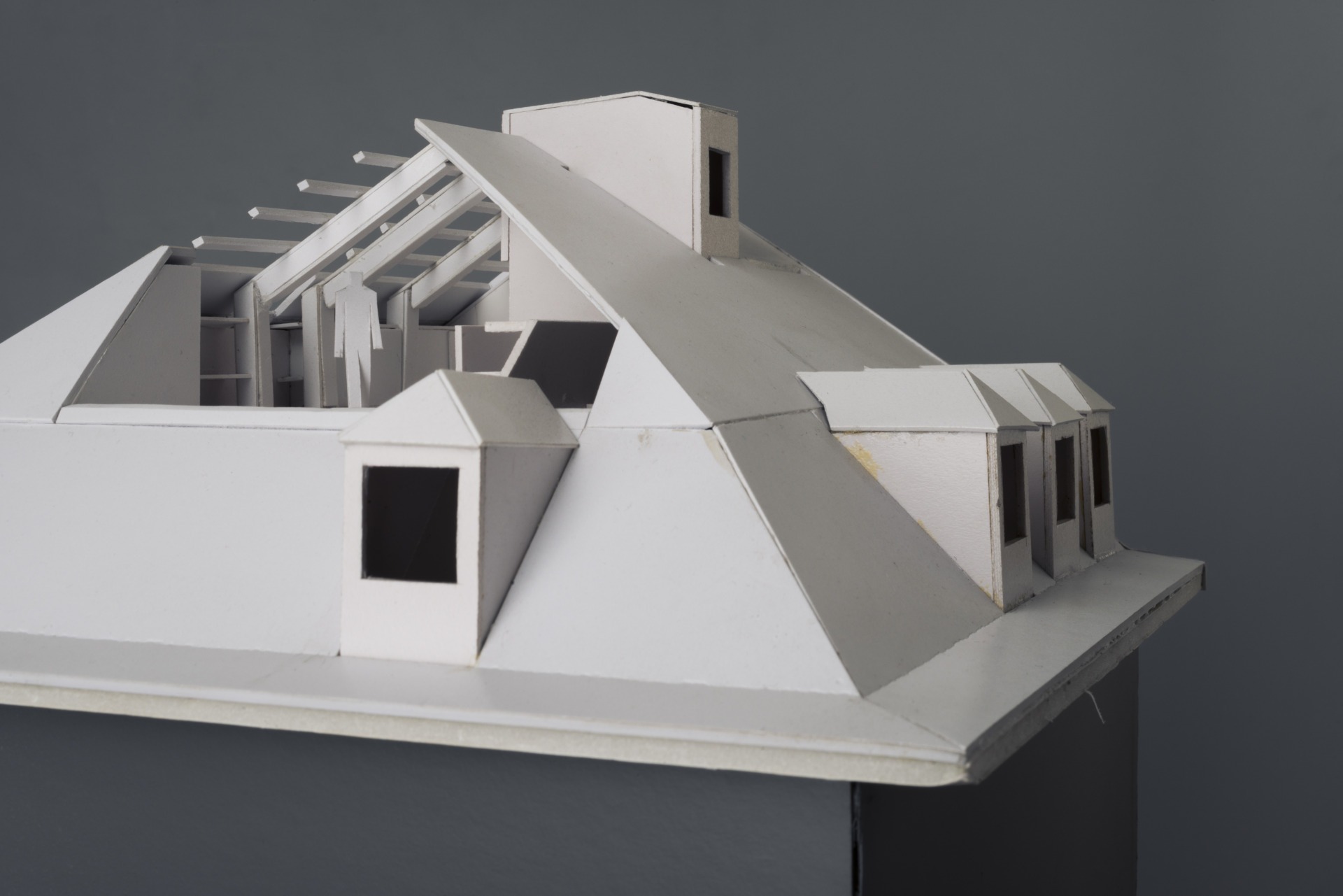
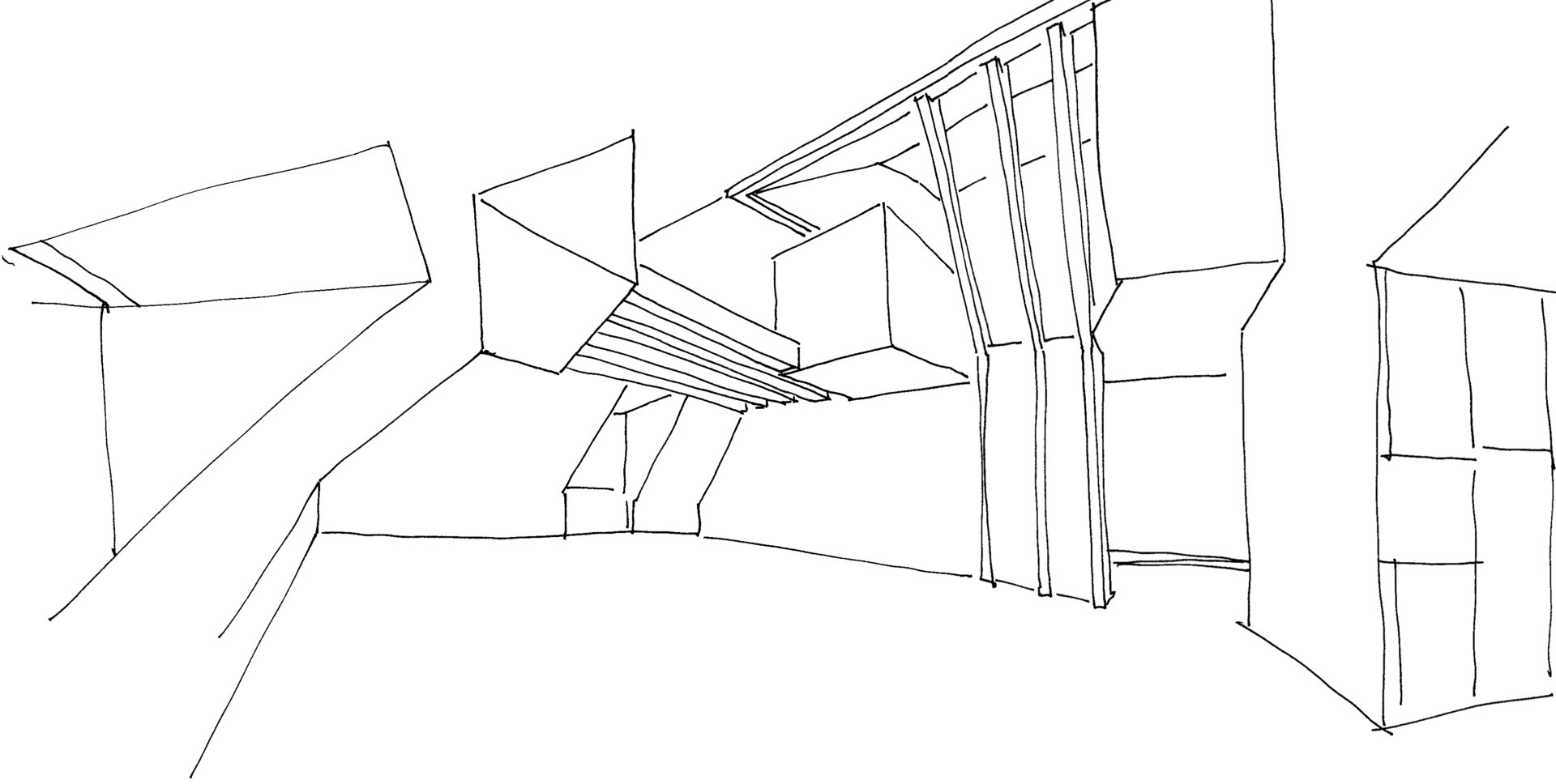
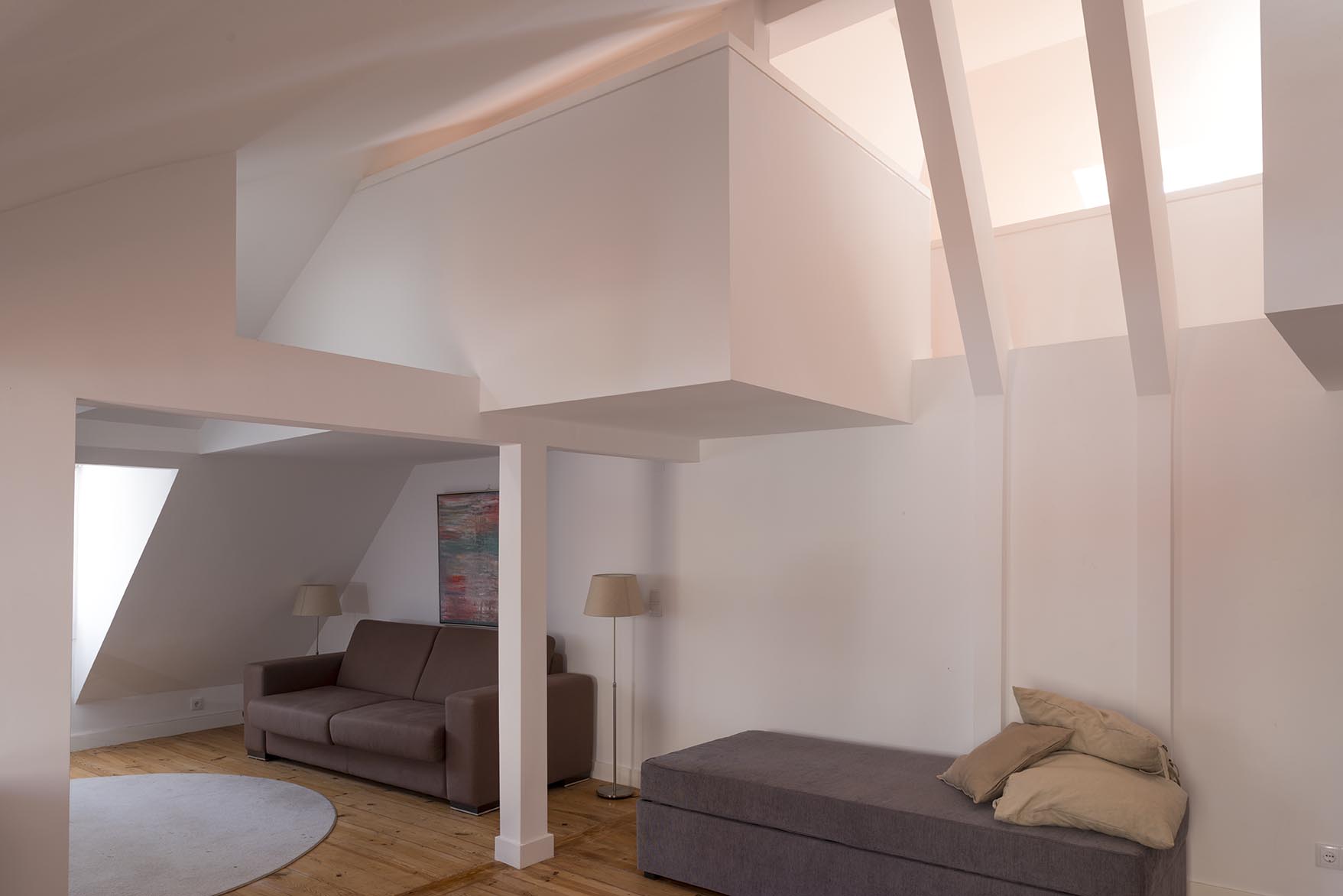
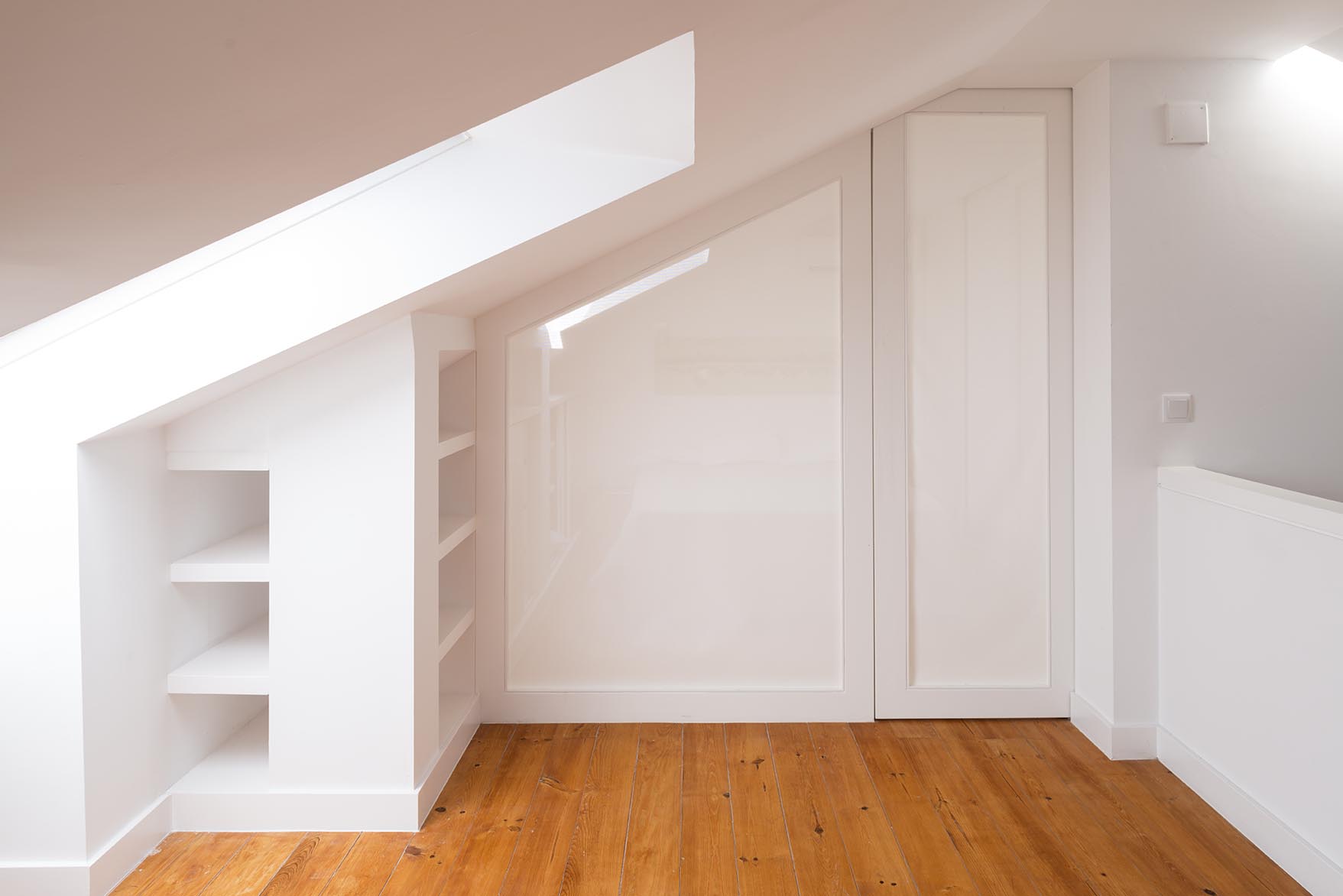
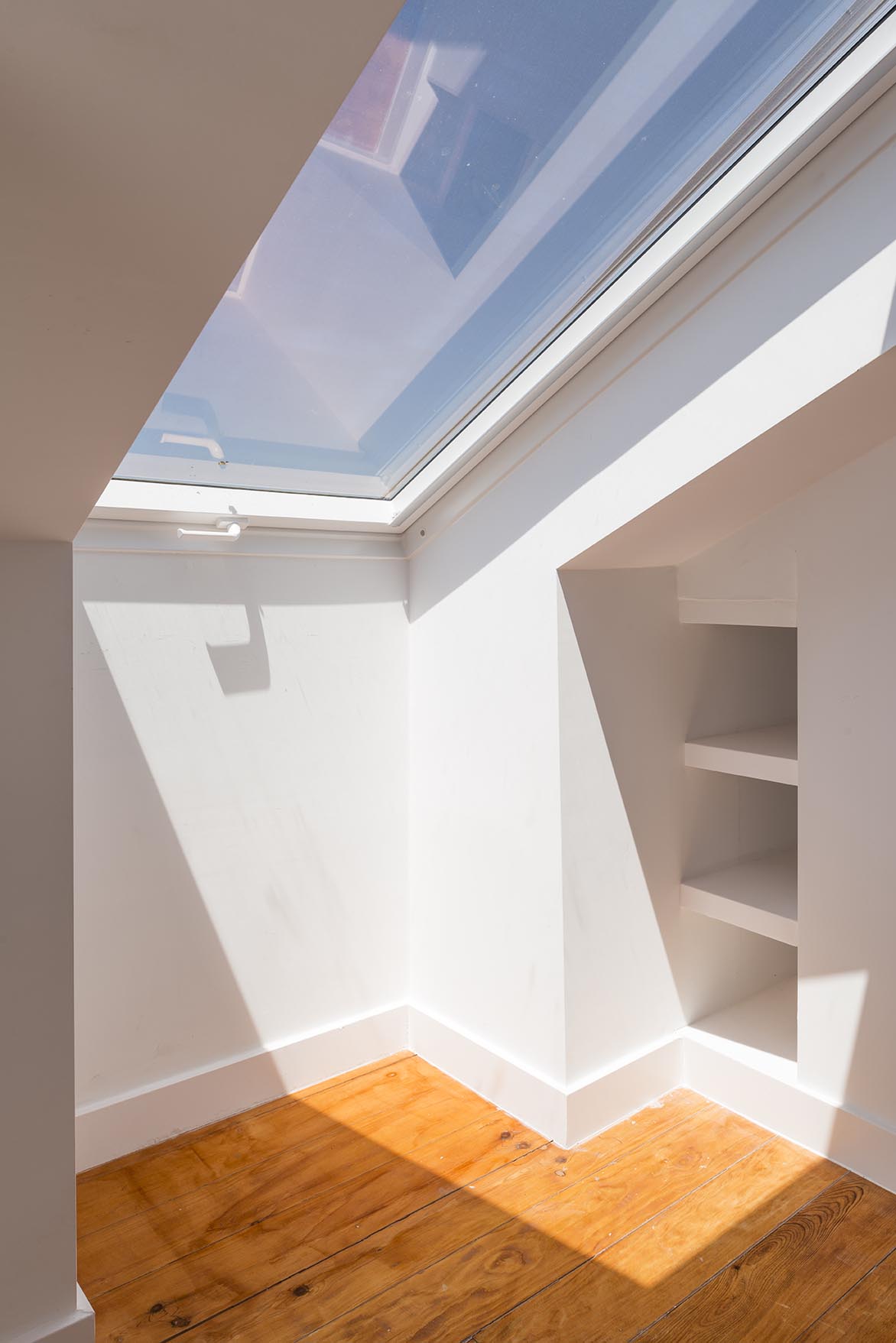
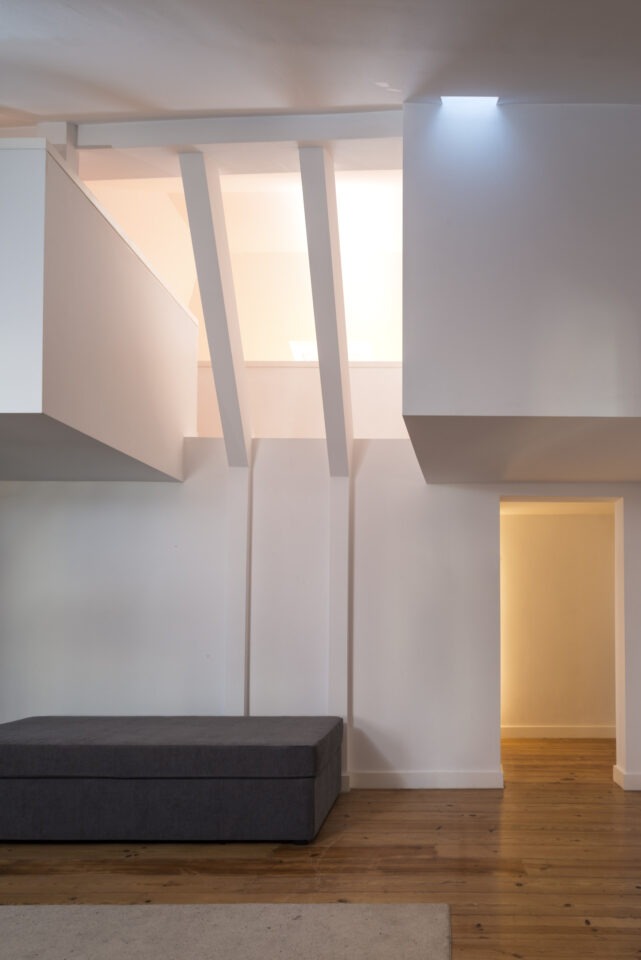
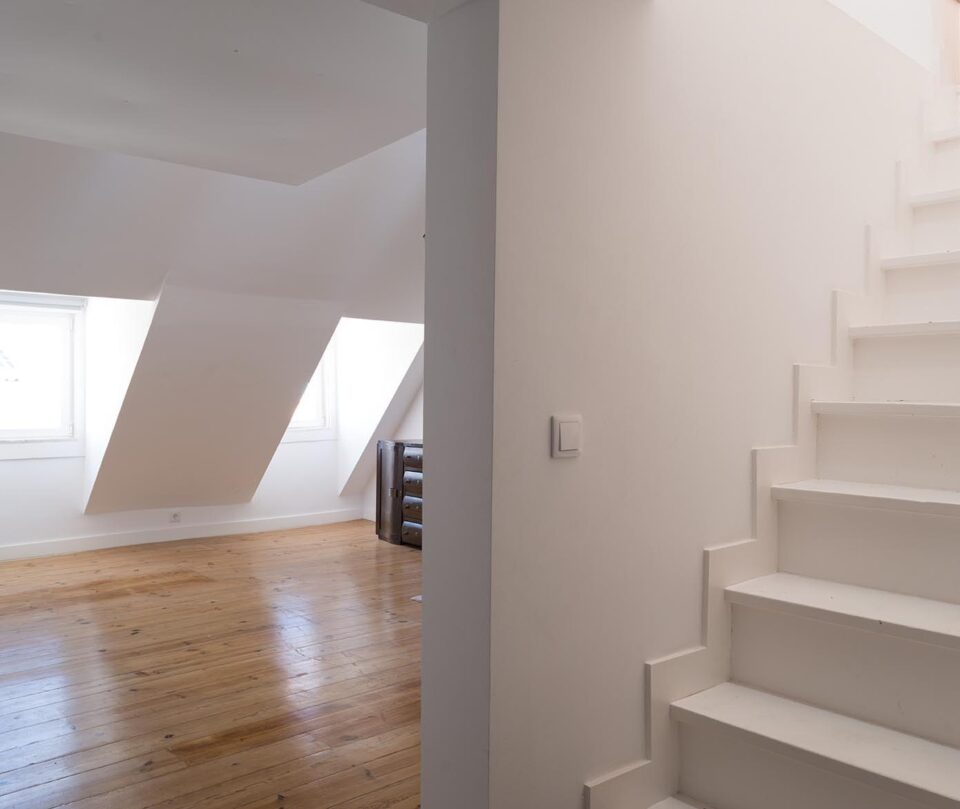
Our proposal seeks that the interior spaces enjoy well-being and comfort to be experienced throughout the year.
In the project we try to explore the natural light that invades the space, varying throughout the day. We orient the light in order to project it in the boxes suspended from the ceiling through the entrance of zenith light. The project foresees the installation of several VELUX windows, including two that simulate a terrace opening to the south.
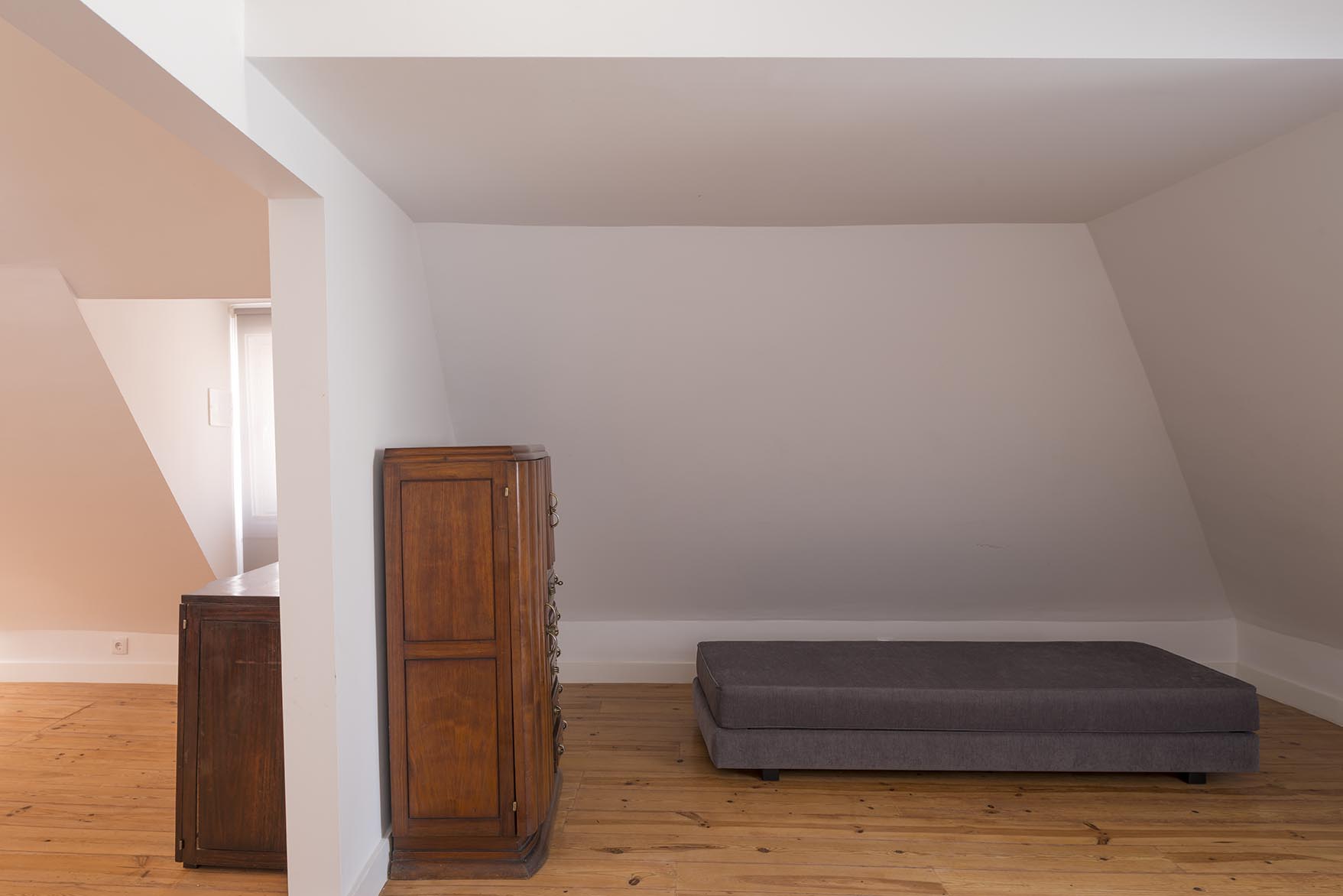
Related
Cultural Park in Laos
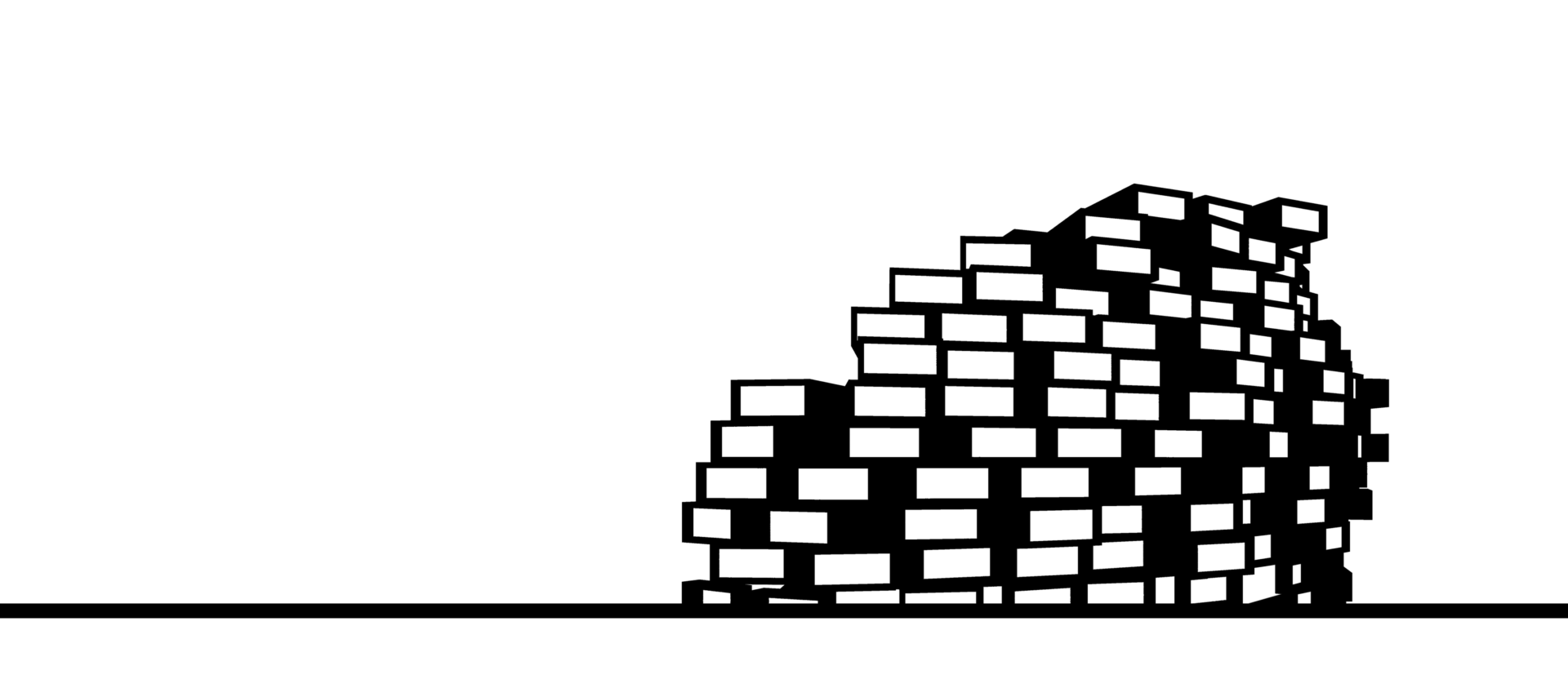
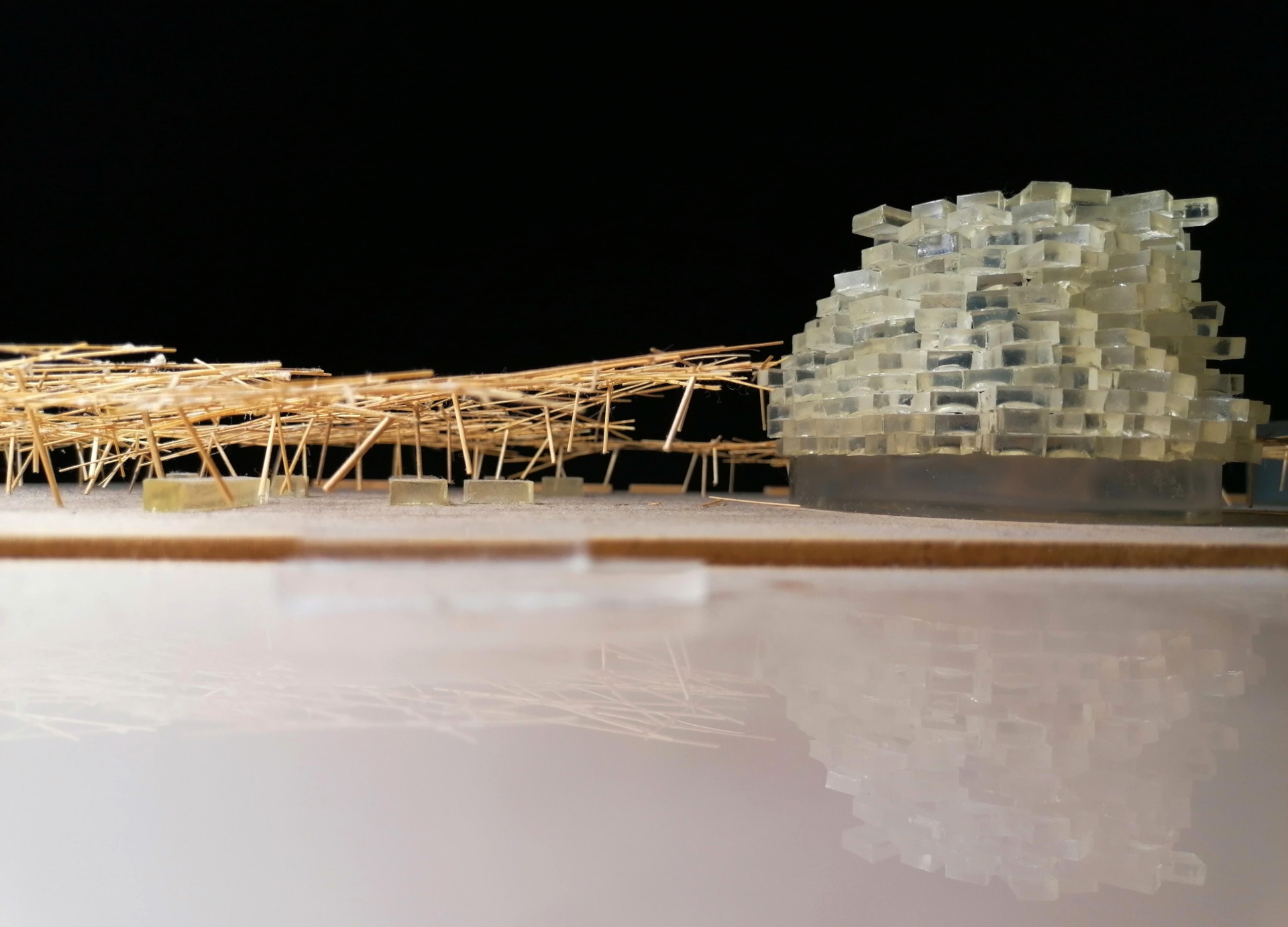
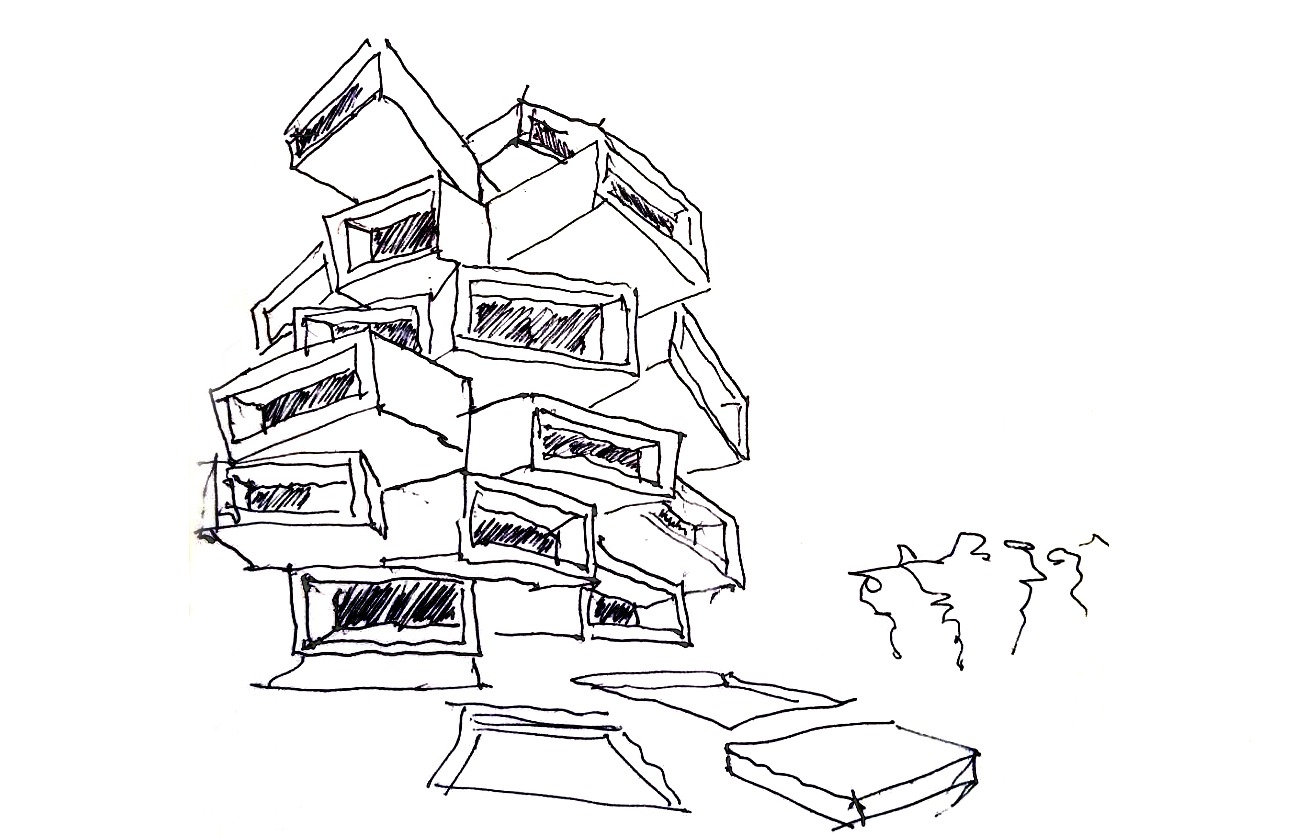
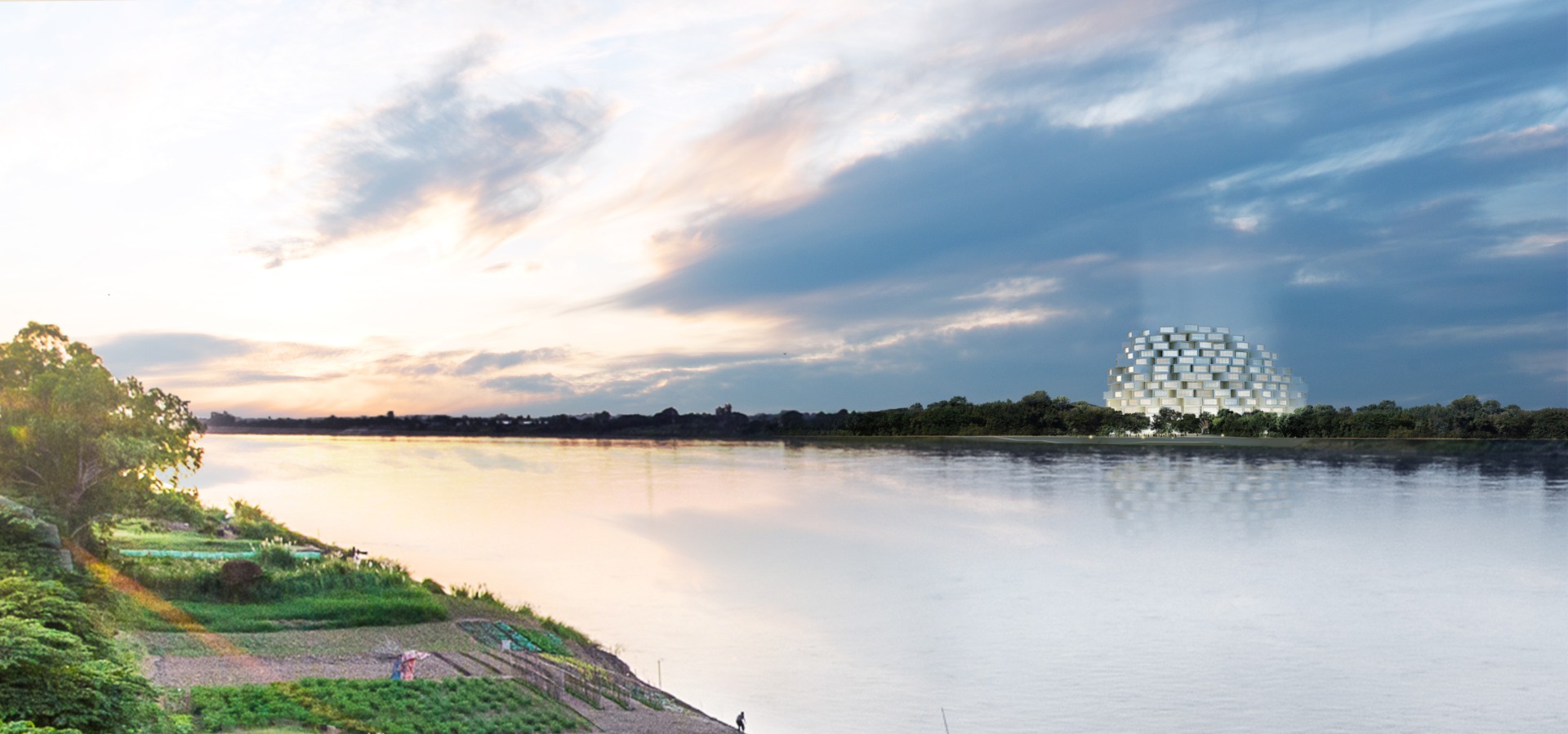

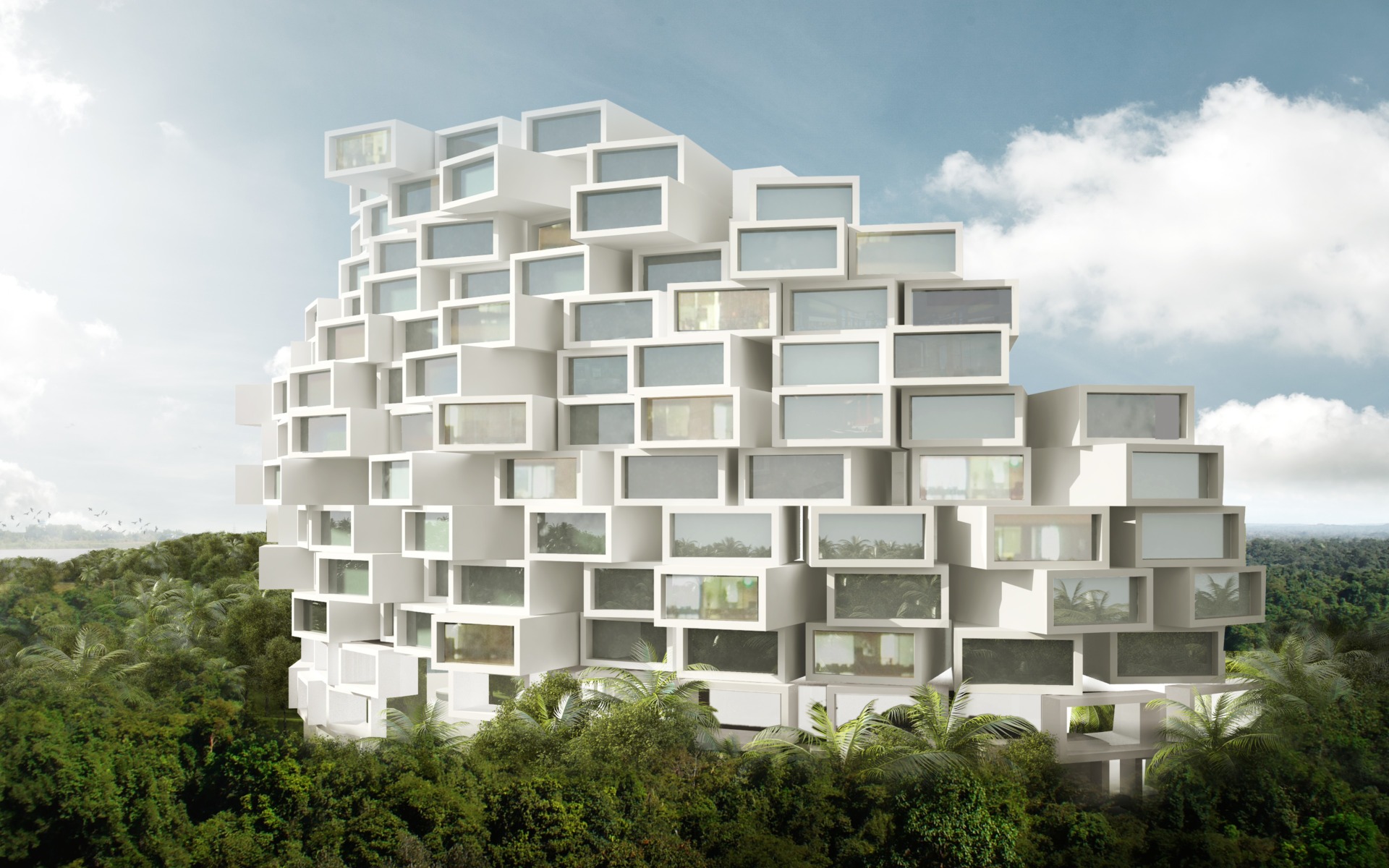
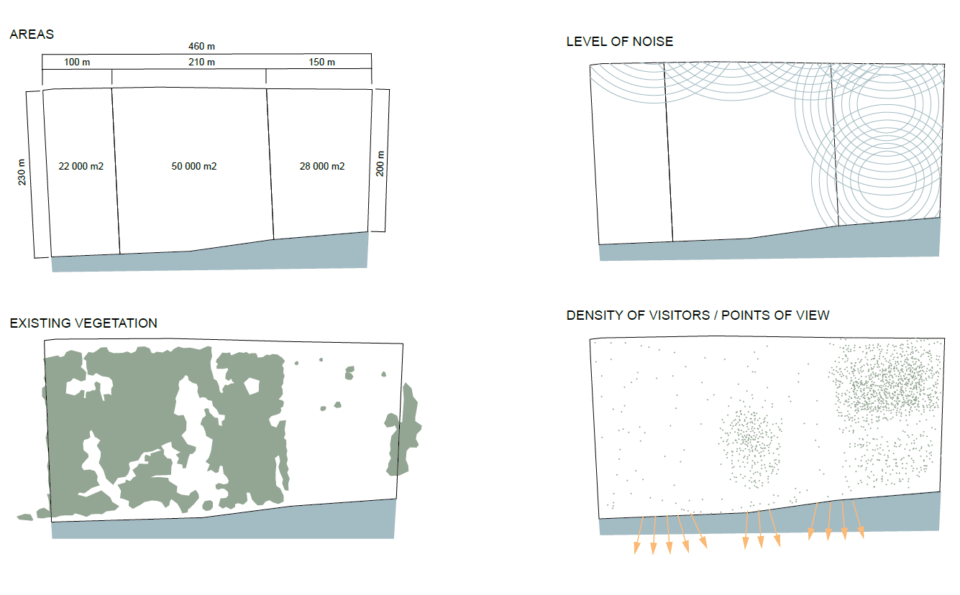
The Cultural Park of Vientiane, the capital of Laos, is an urban rehabilitation project in an area of 160,000 m² in front of the Mekong river with large trees.
The project commissioned by the municipality and the central government, in partnership with external investors, provides for a new hotel and casino, the reorganization of representative housing for each tribe, and the integration of the existing sacred sites on the site. The refurbishment of the aquatic amusement park, and the creation of a shopping area and casino. On the Riverfront, a pier is inserted for boats to dock.
The project offers a balanced relationship between the cultural/spiritual aspect, the environmental component, and the investment in new equipment.
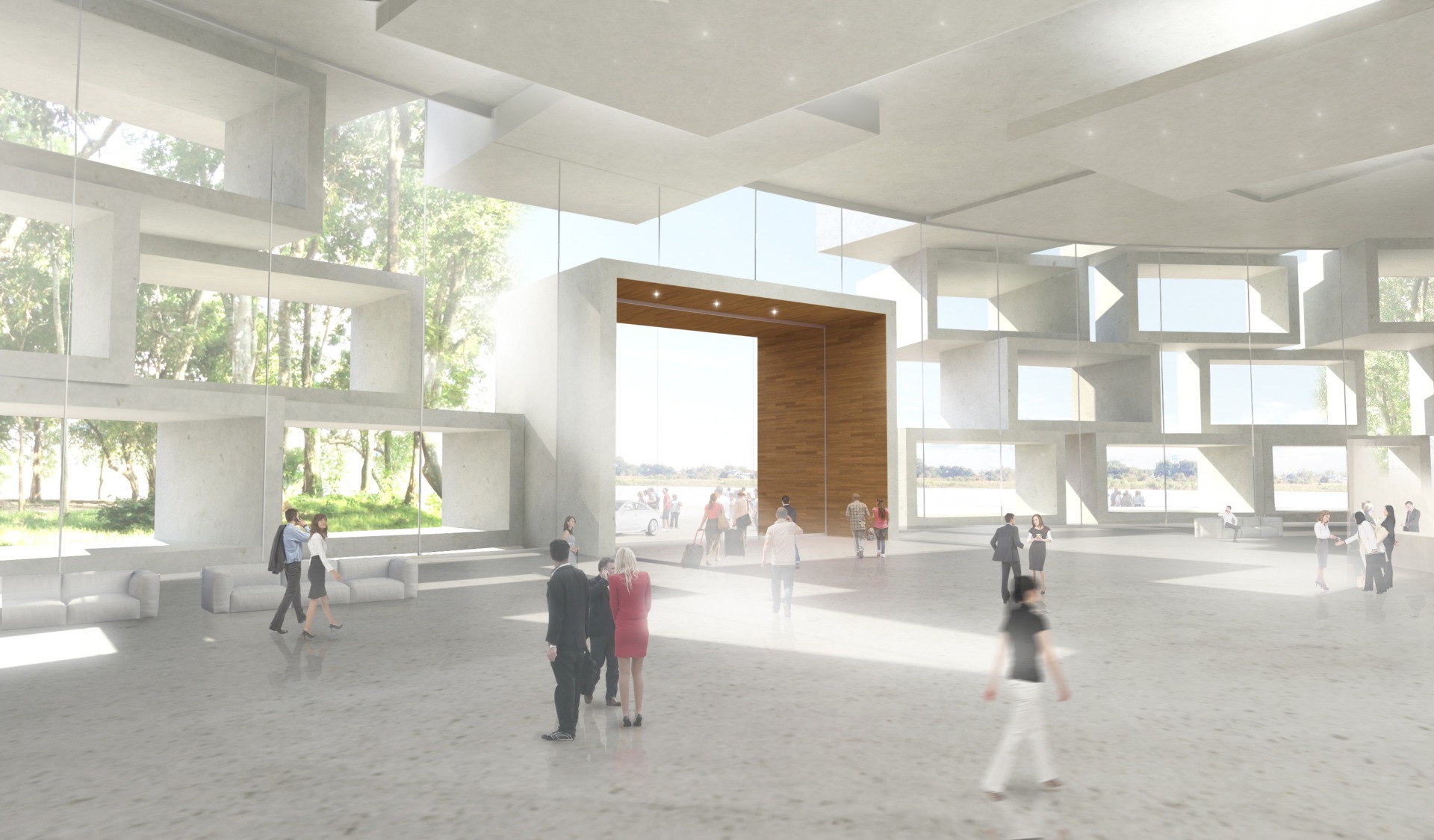
Related
Hammam

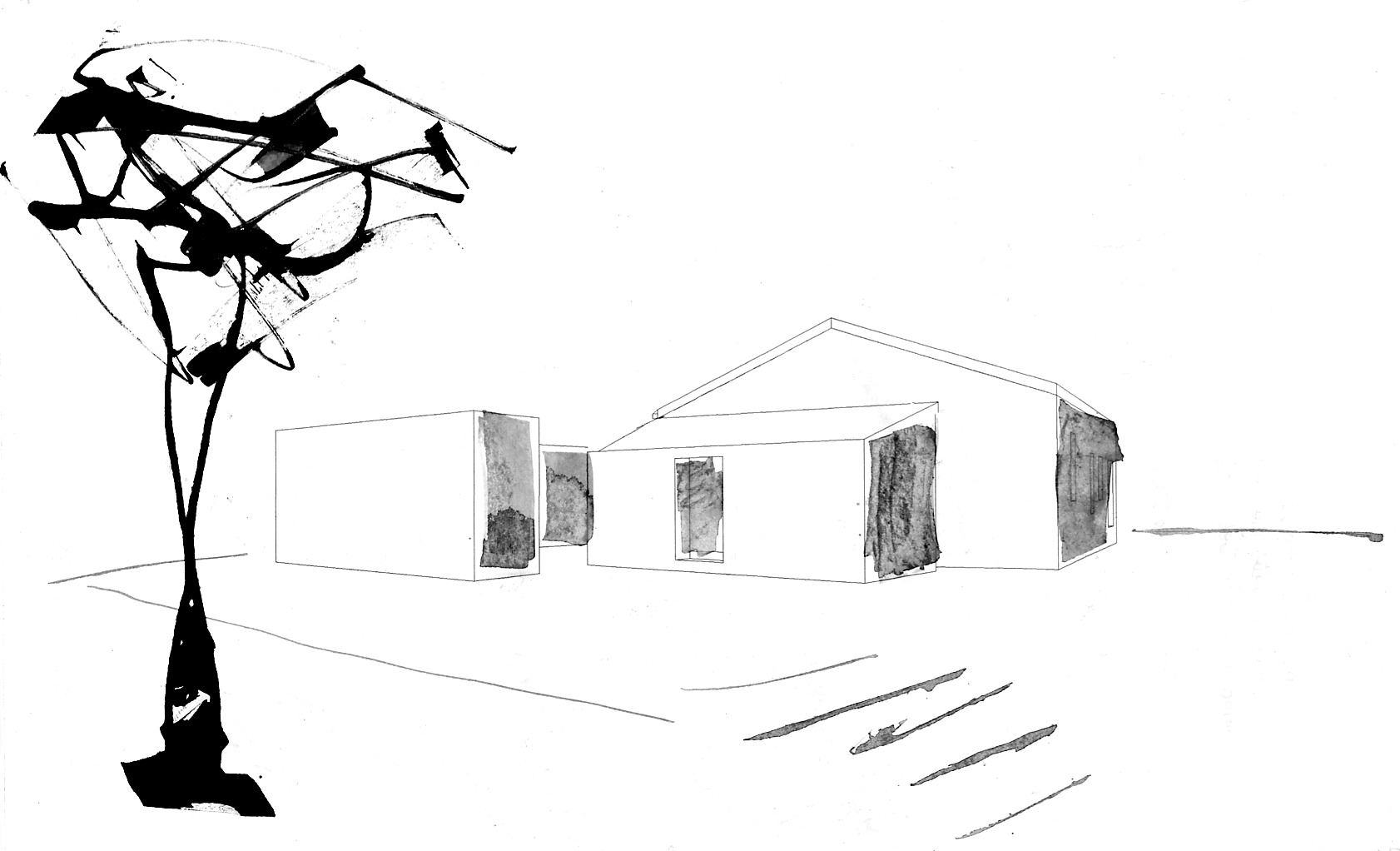

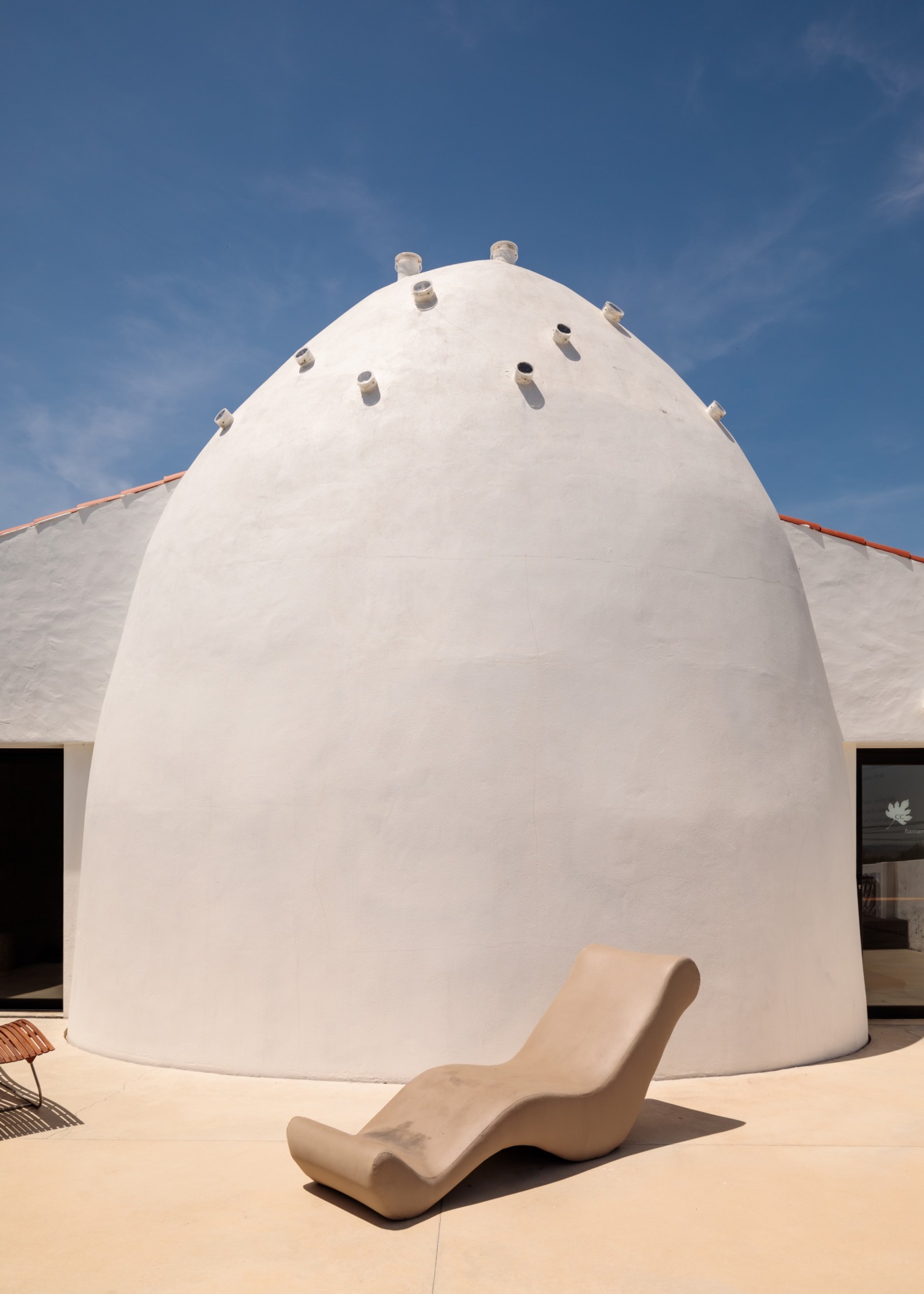
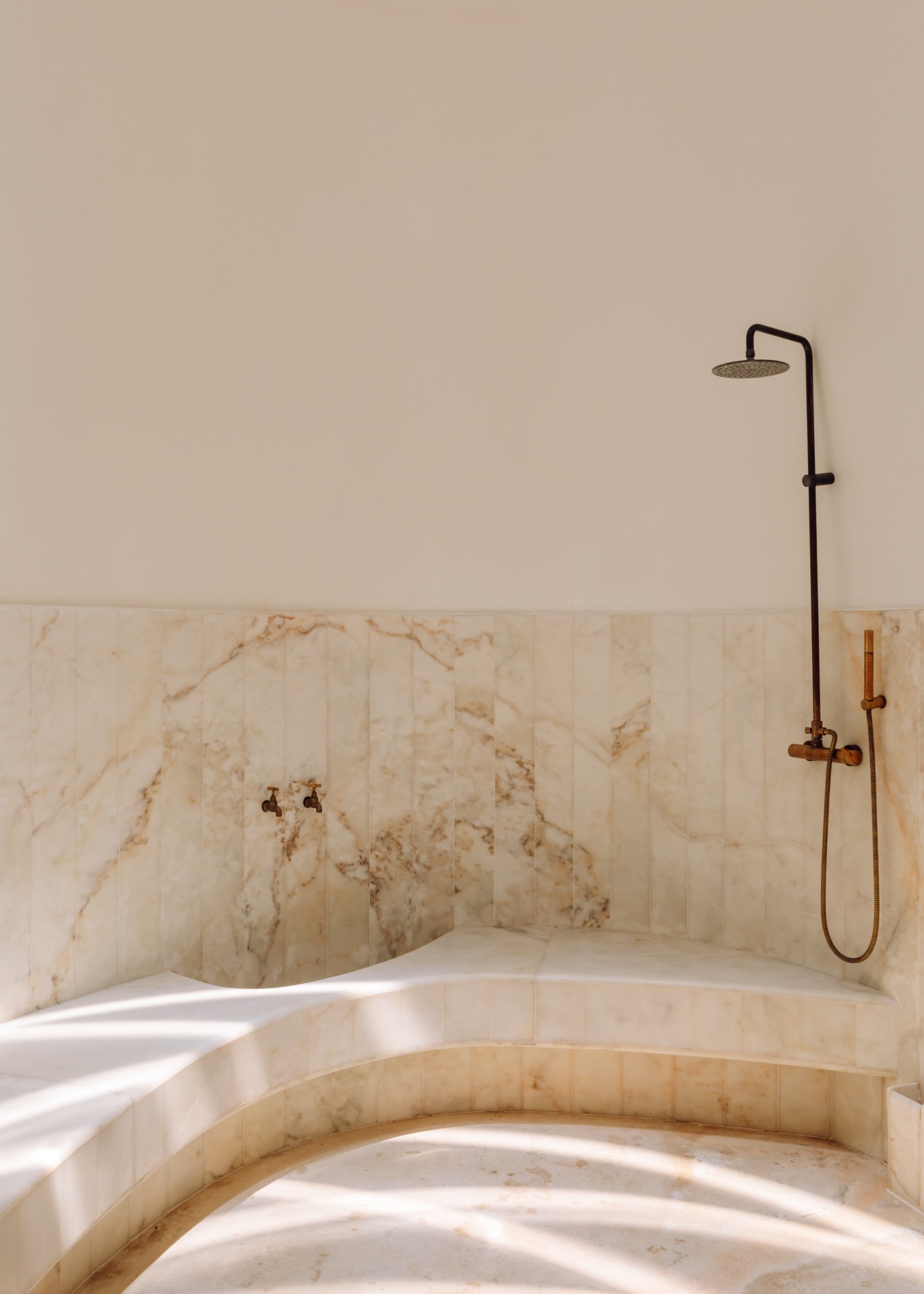
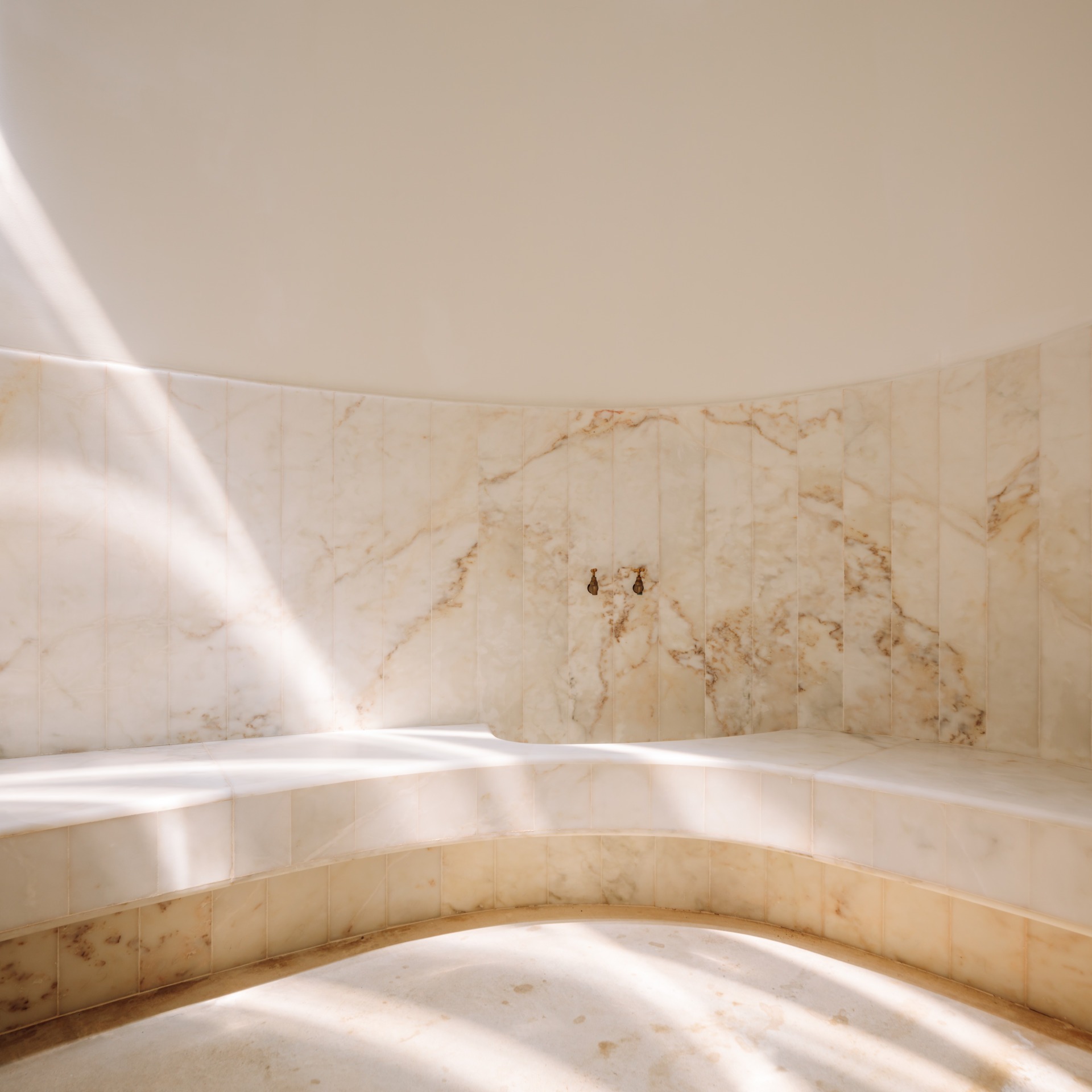
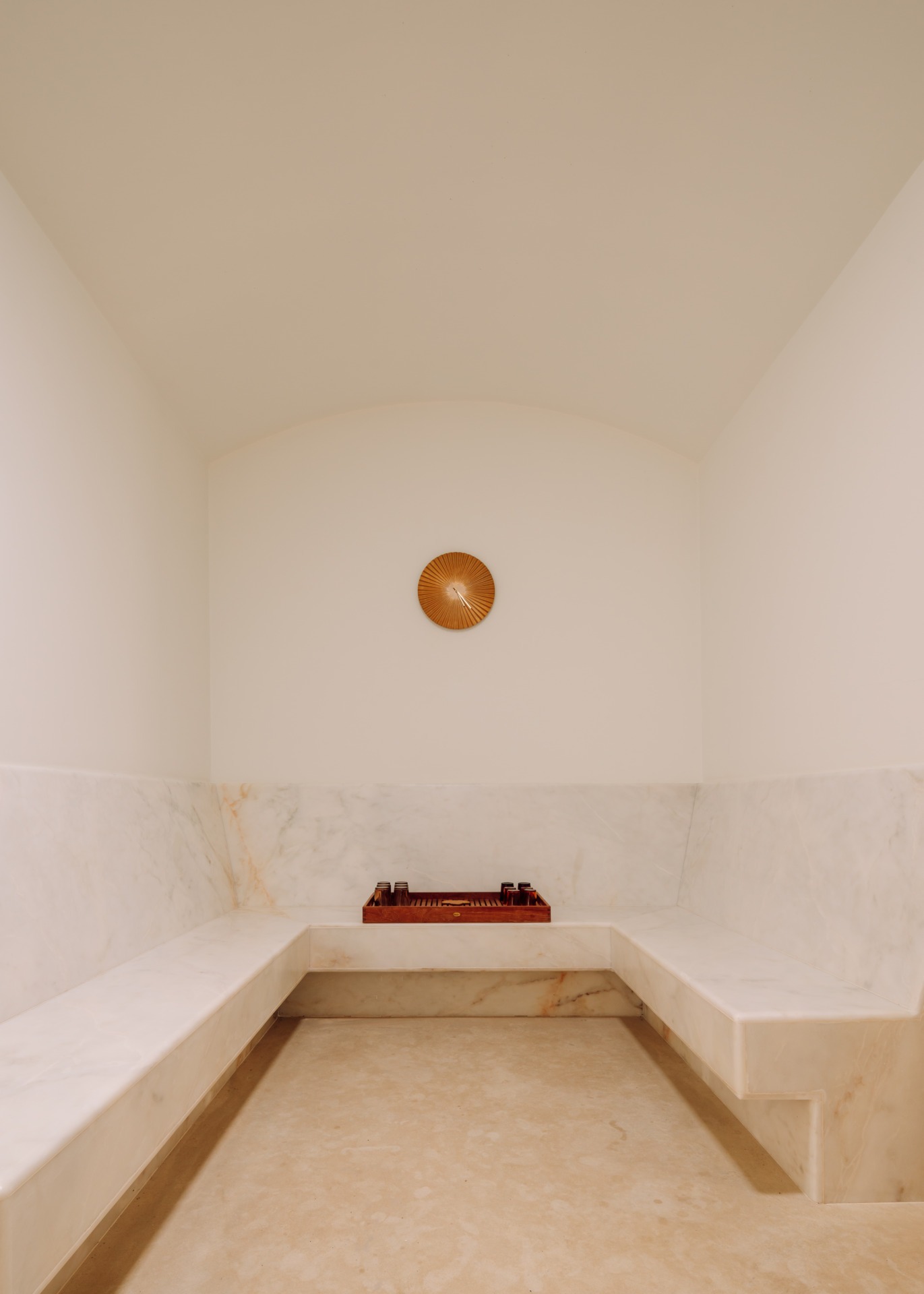
Architecture welcomes the mind and the body. The mind can interpret architecture using other tools. The central question is how does it work? Do the senses influence the architect or are the senses amplified by architecture? There is probably no single answer, in Hammam we try to inform the mind about the senses of the body.
Egg-shaped and illuminated by zenith light, the warm room offers a comfortable and introspective atmosphere.
The game of light throughout the day transforms the hammam baths installed in the building and celebrates body care.
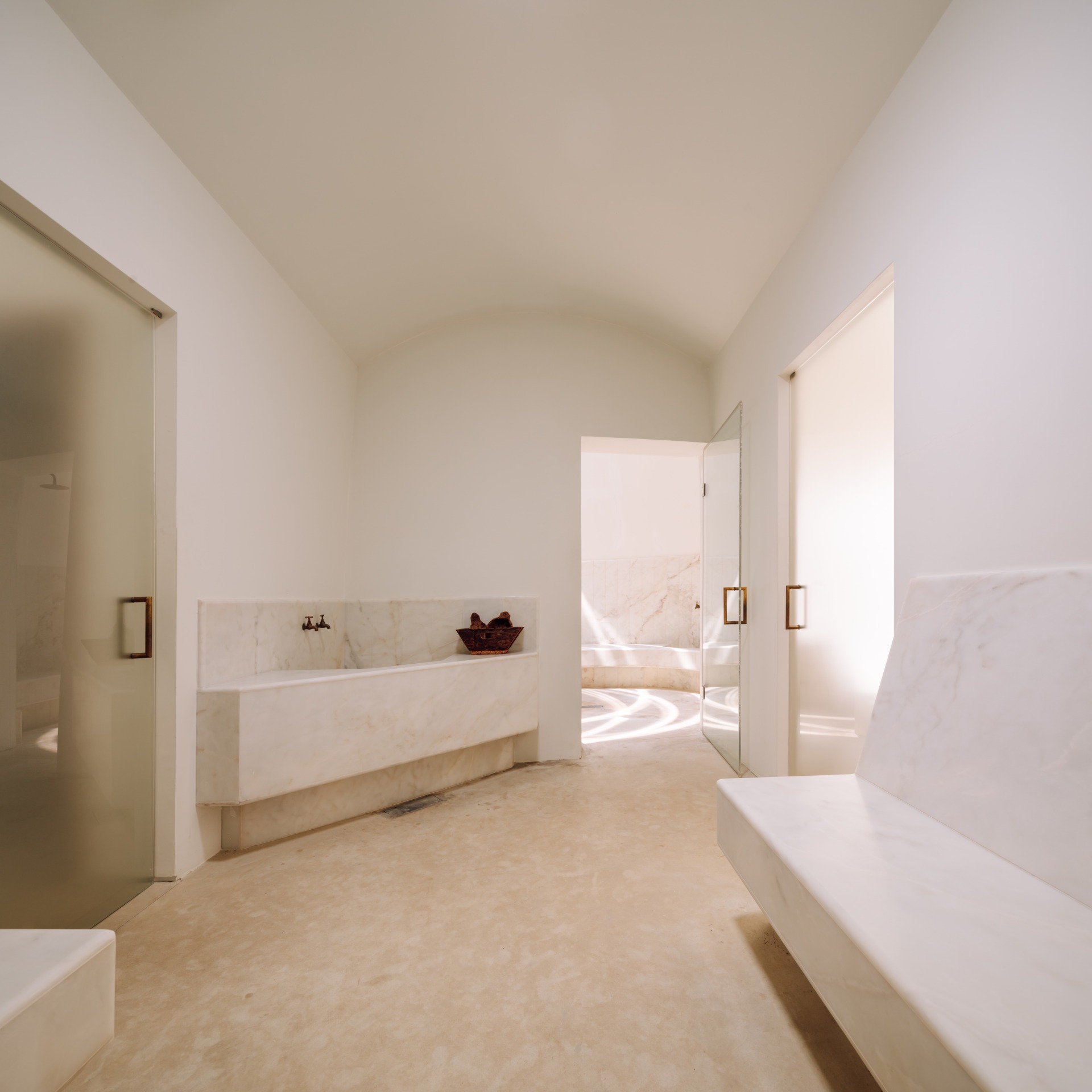

Media Referencing

“O projecto de um novo hammam nesta região em particular e neste período específico do século XXI é uma afirmação a dois níveis; histórico e geográfico.”
Archdaily
Read the complete article →
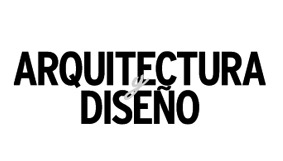
“Y establece una nueva relación con una práctica perdida hace mucho tiempo, que celebra las costumbres antiguas en un espacio contemporáneo.”
Arquitetura & Diseno
Read the complete article →
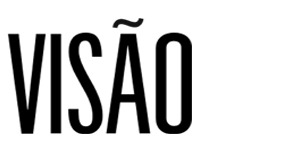
“The contemporary demand for reducing carbon emission is changing the way architects design buildings, thus influencing a wide range of new solutions.”

“The new building establishes a relation to a long-lost practice. It opens a new perception where local culture is seen not just within its present context but also related to ancient traditions.”
Archello
Read the complete article →
Related
Campo das Cebolas
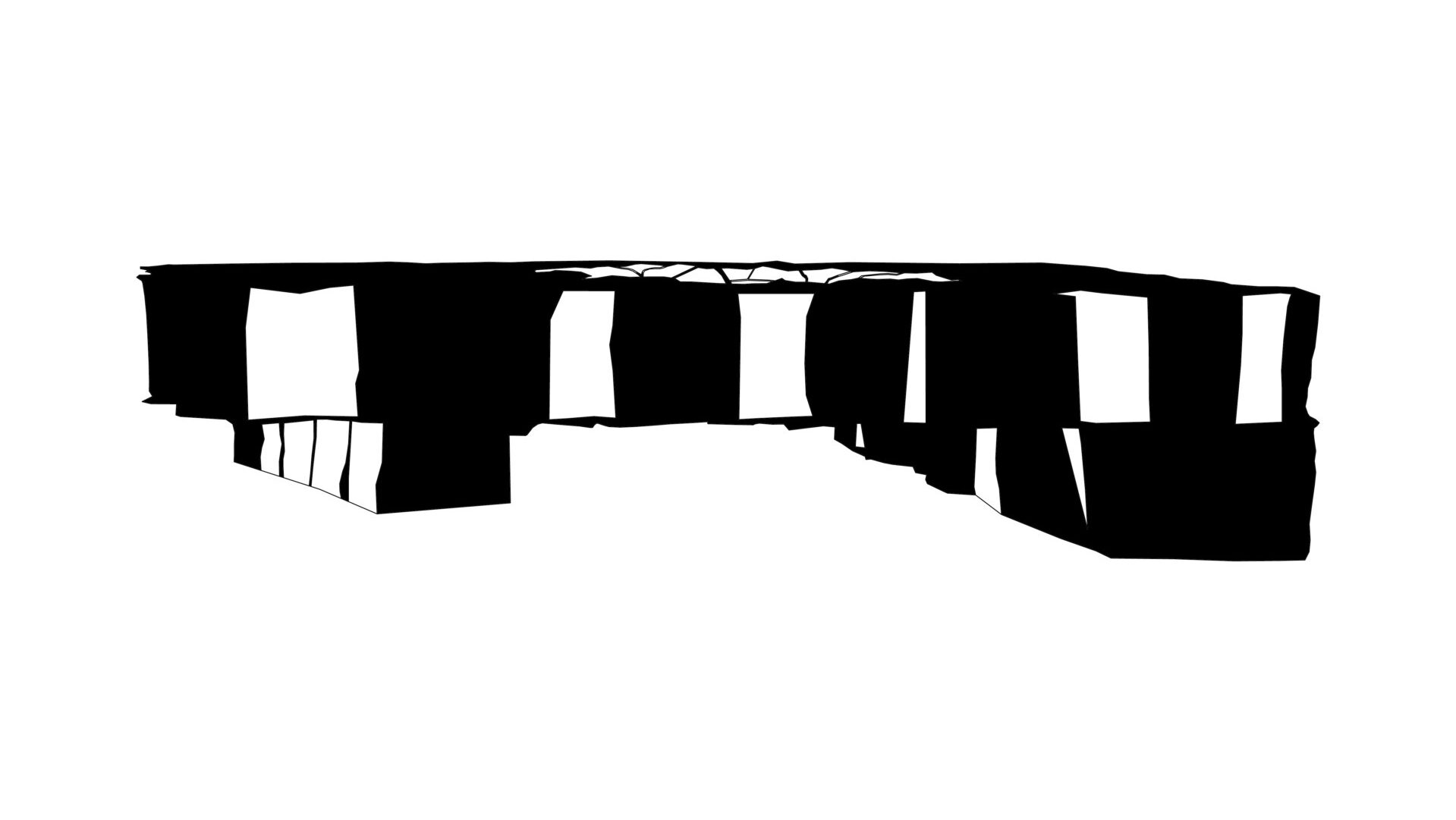
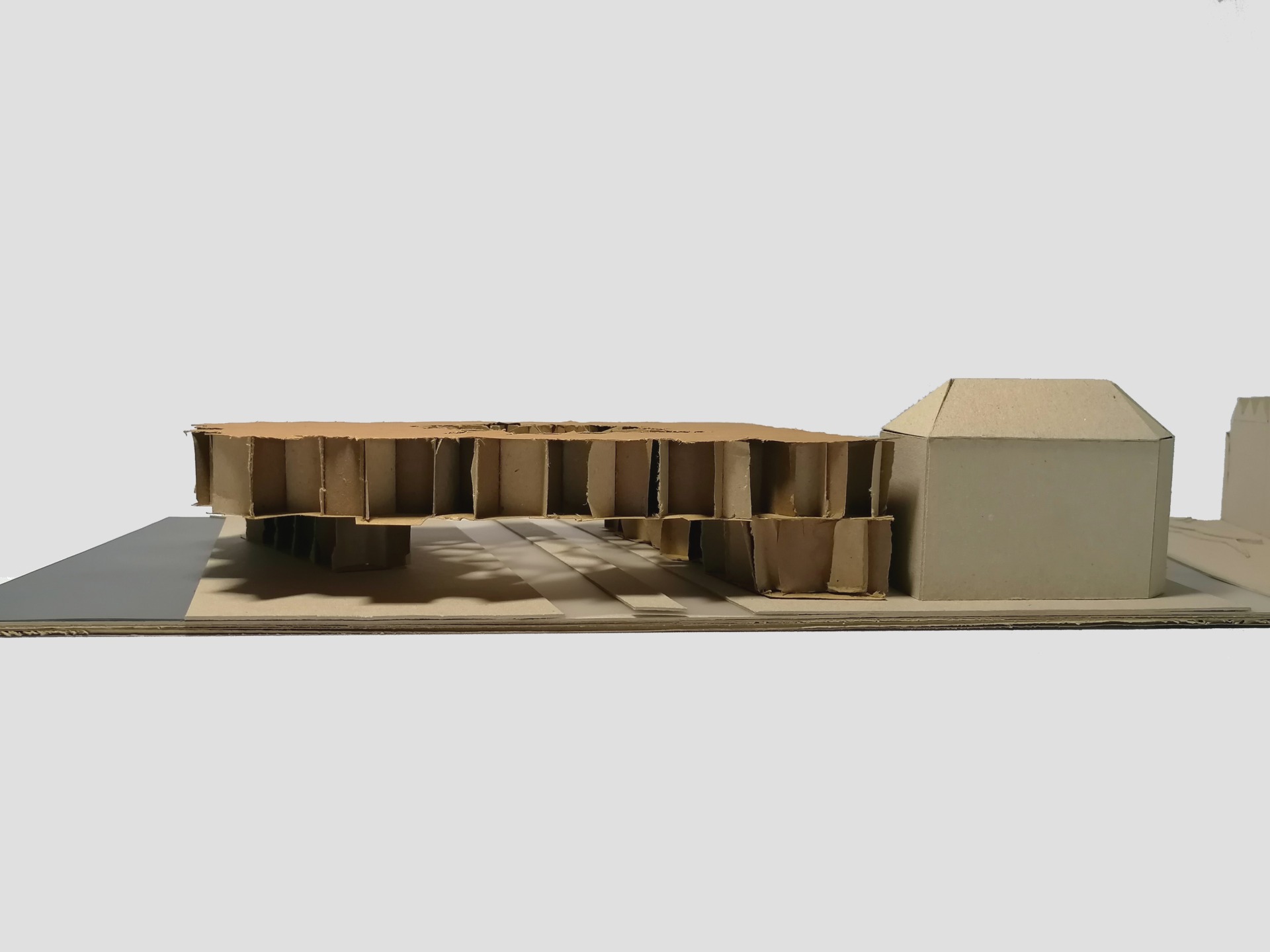
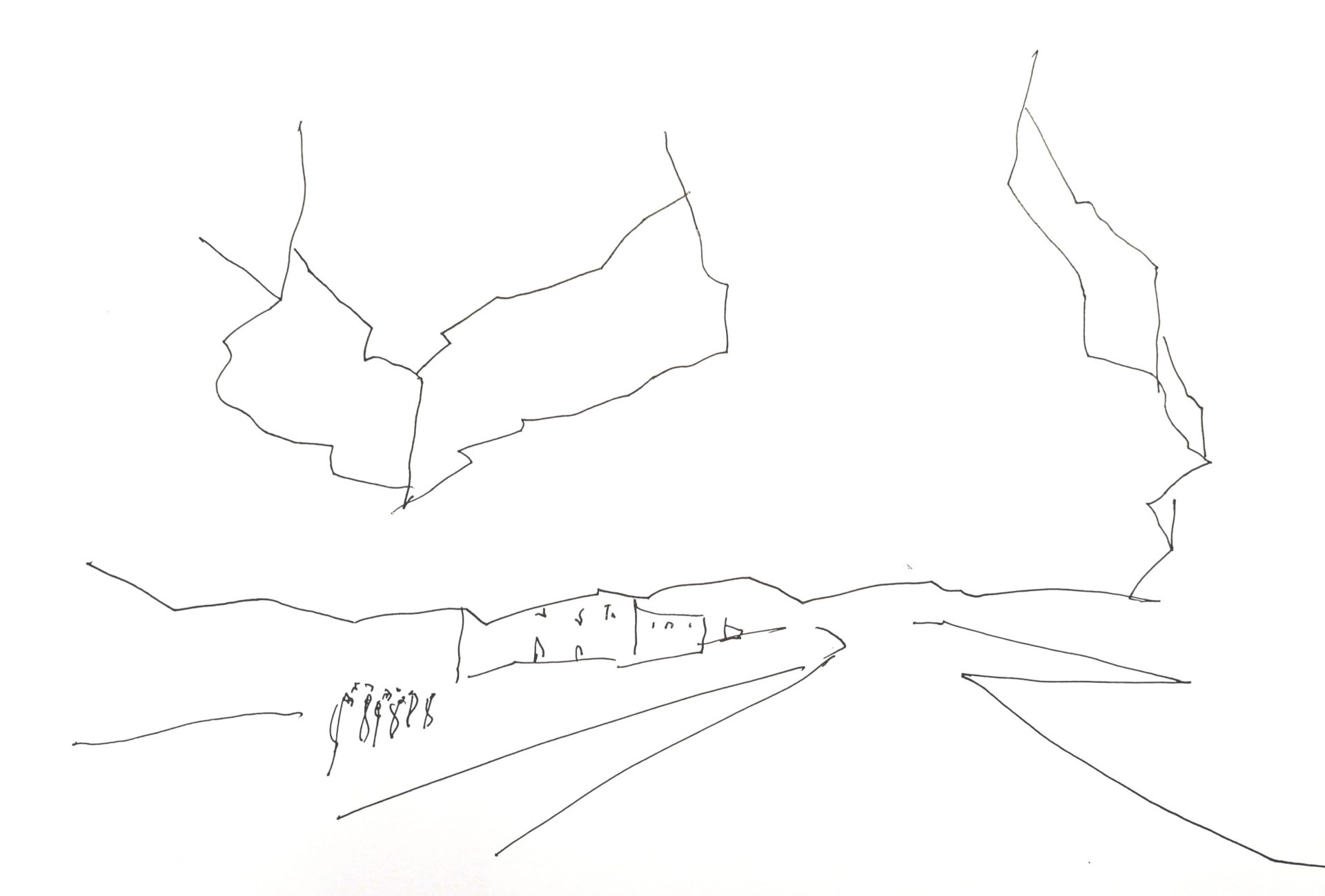
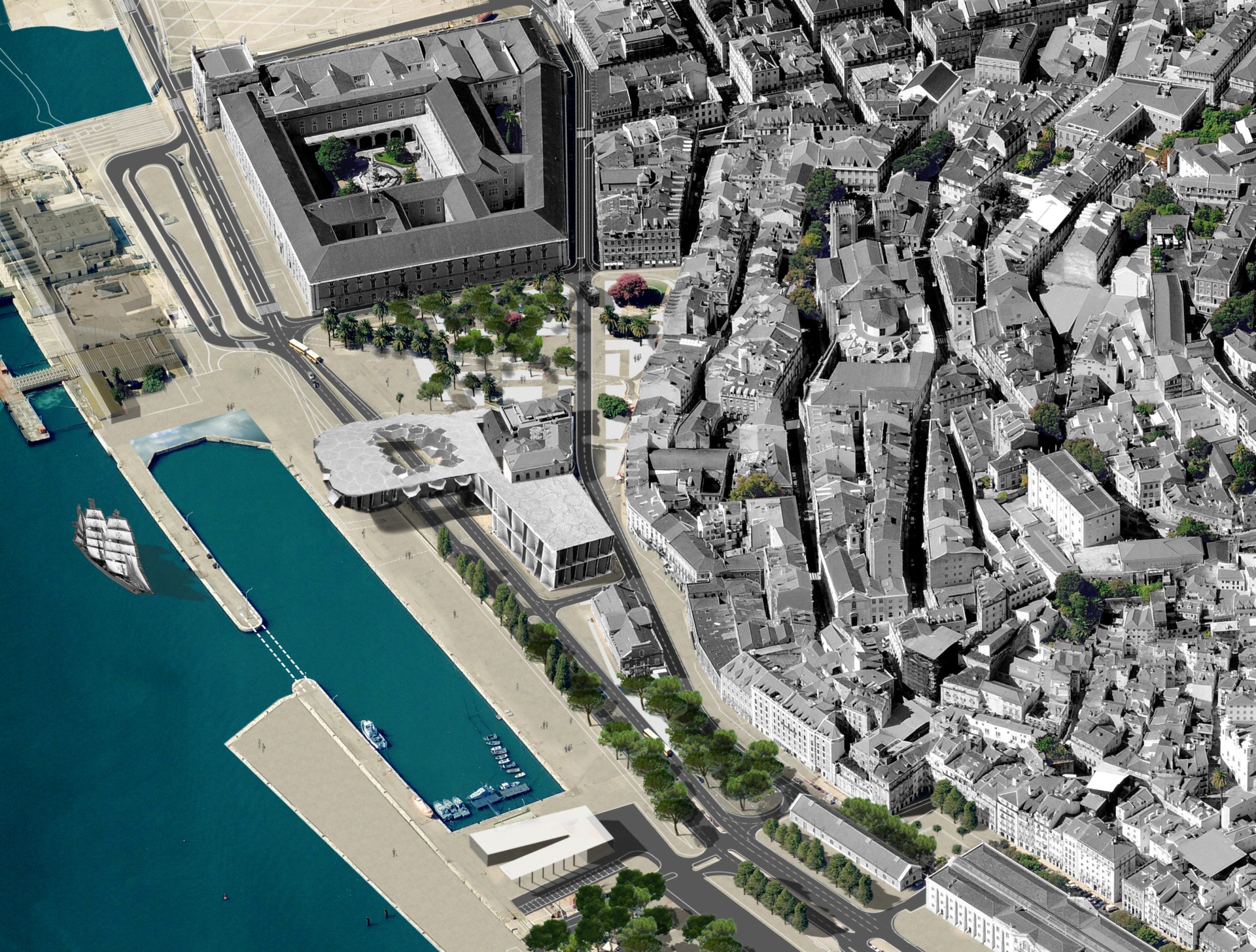
A space of transition between different realities of the city is proposed – the East to Praça do Comércio and to the North the hill of the Castle.
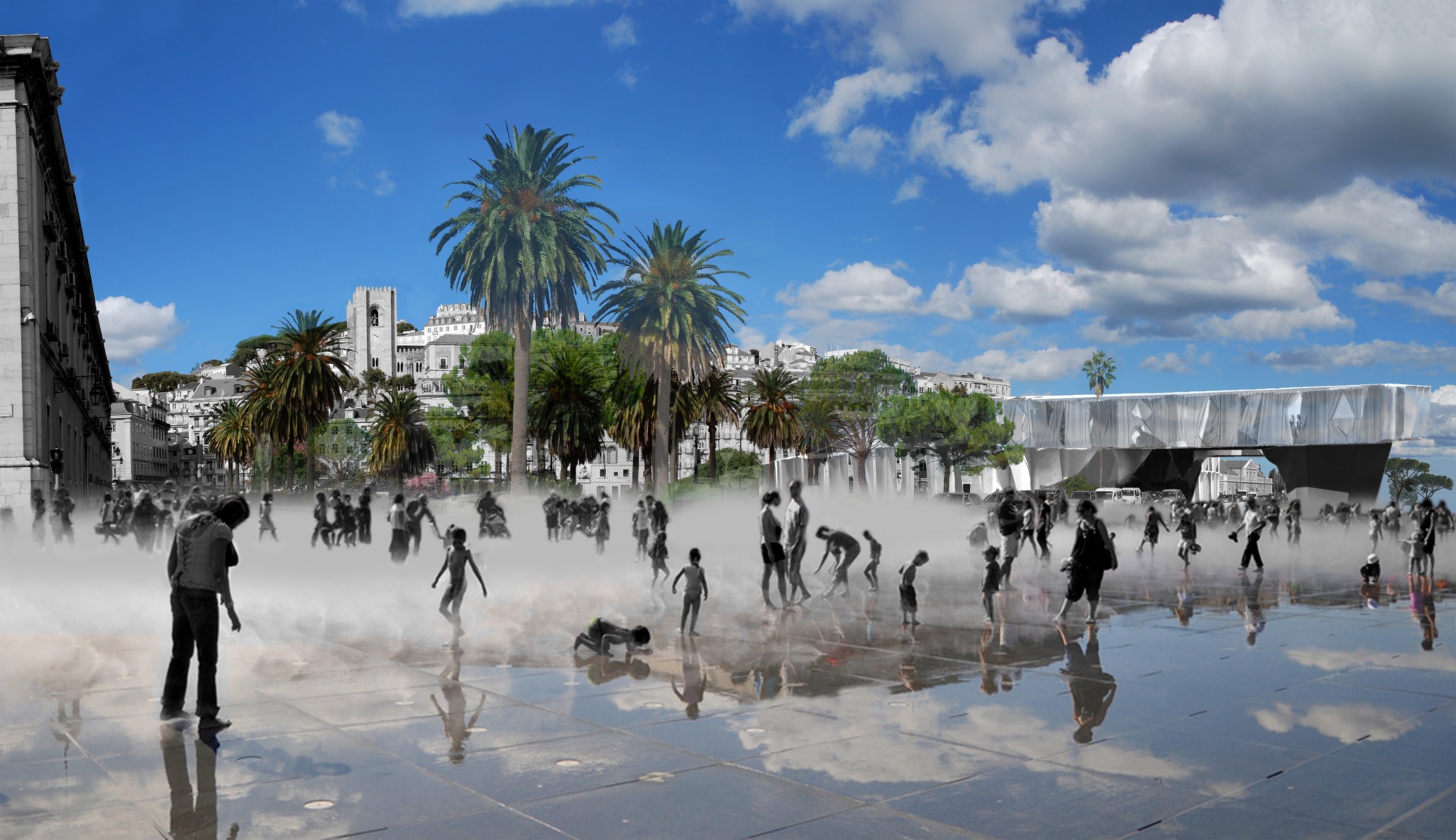
The proposal enriches the reflection and debate on the future of the riverfront itself, especially in the sections in which its regeneration has been postponed.
The urban design solution and the materials that guarantee a desirable continuity of the place, still allow the definition of different environments adjusted to the nature of the different spaces.
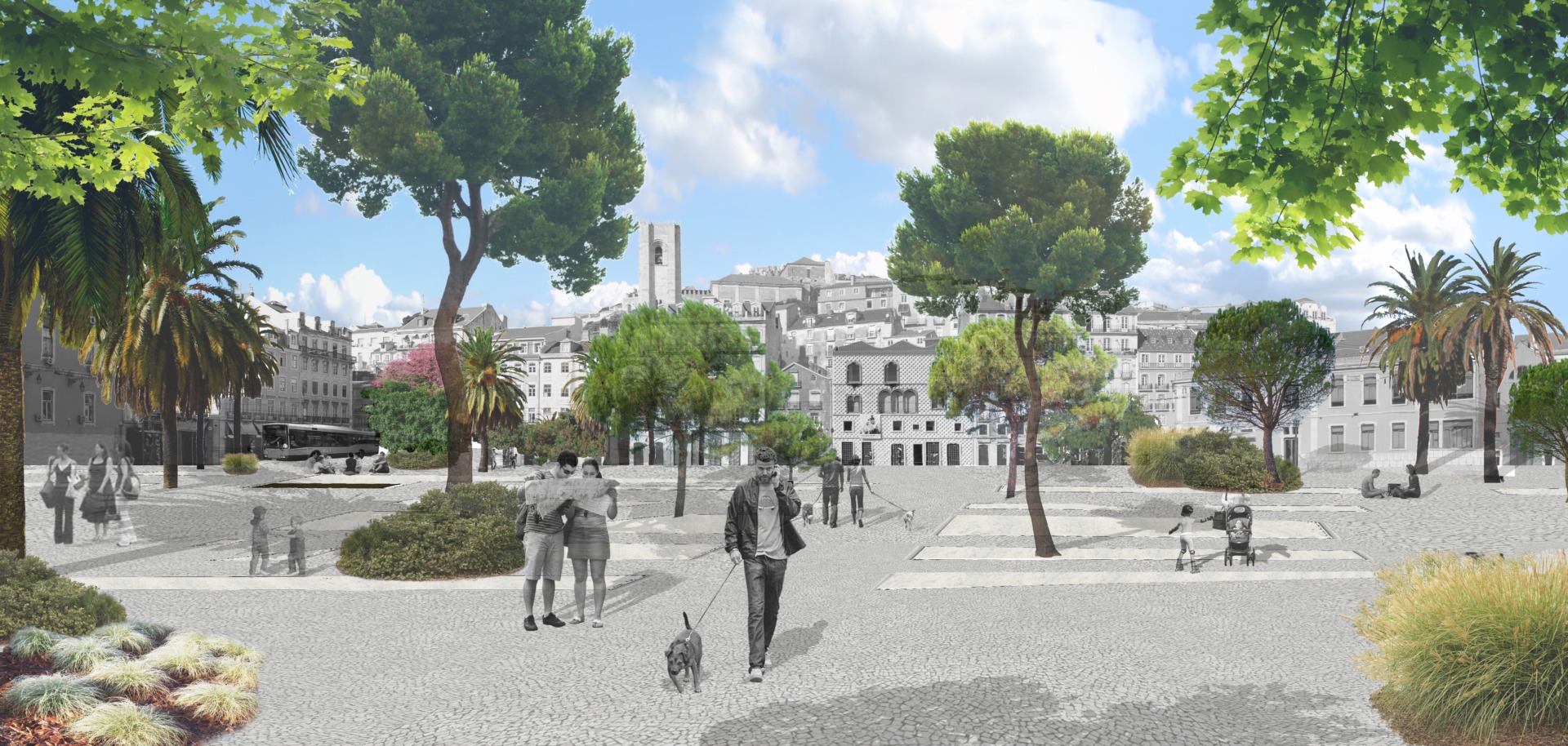
Campo das Cebolas is the most significant moment in the plan. Cuts and interruptions resulting from new threading and paths are integrated. This space becomes a place of passage and at the same time of permanence.
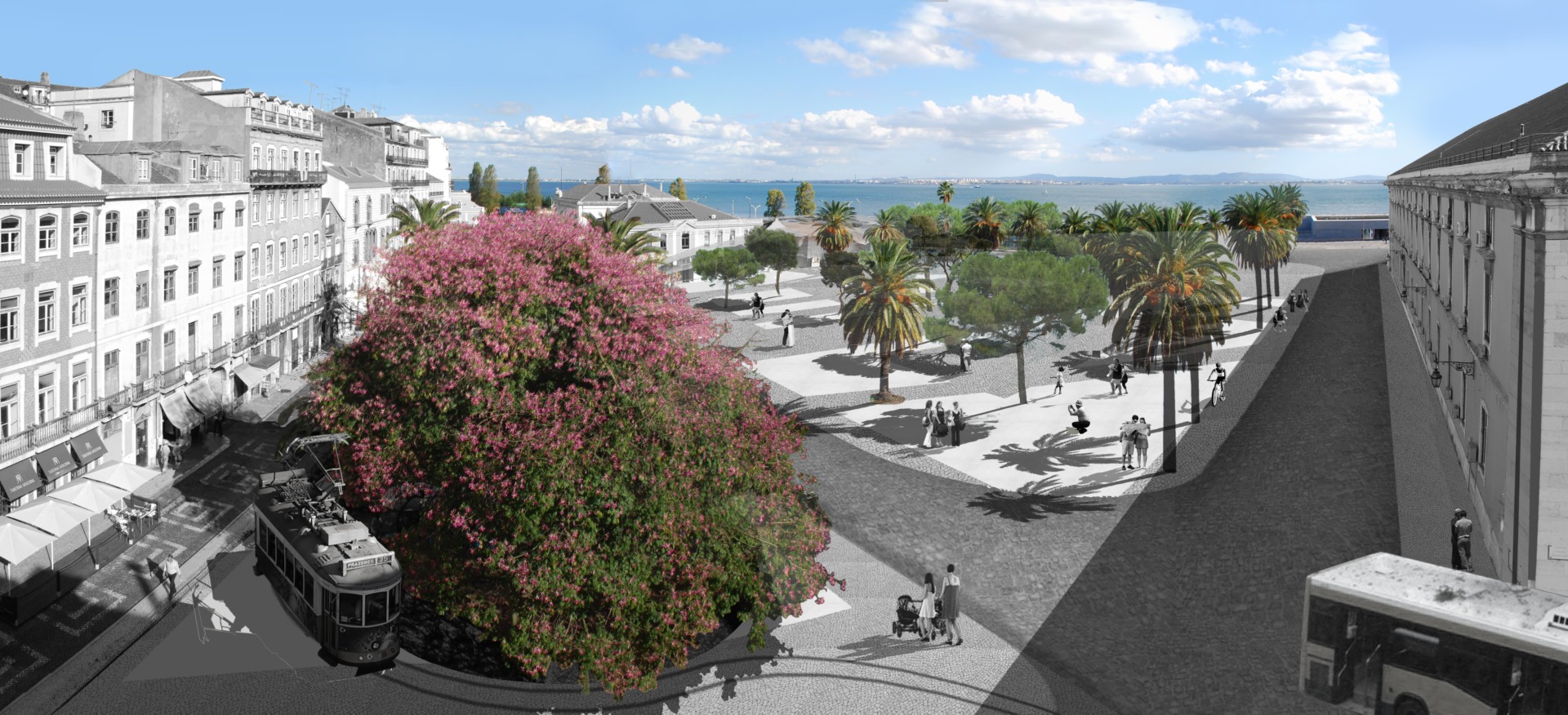
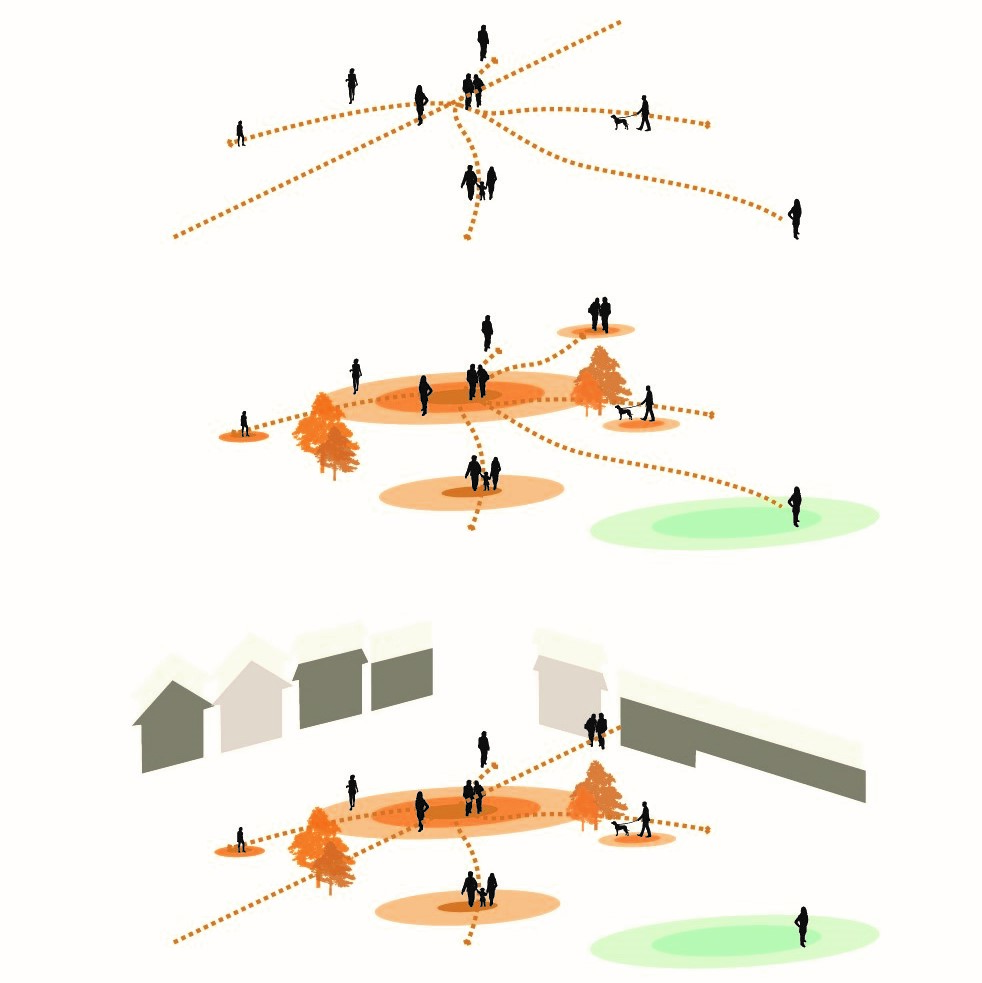
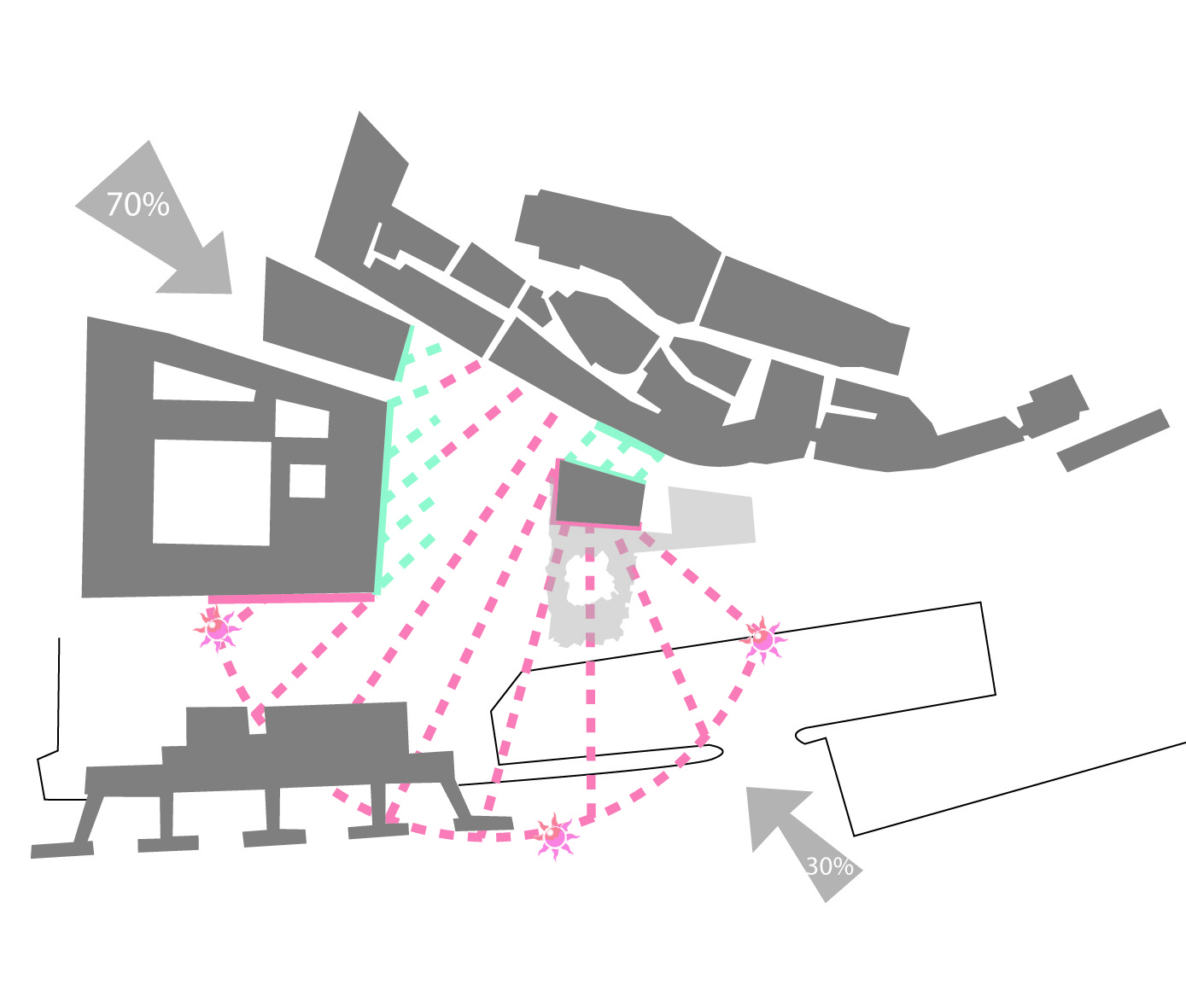
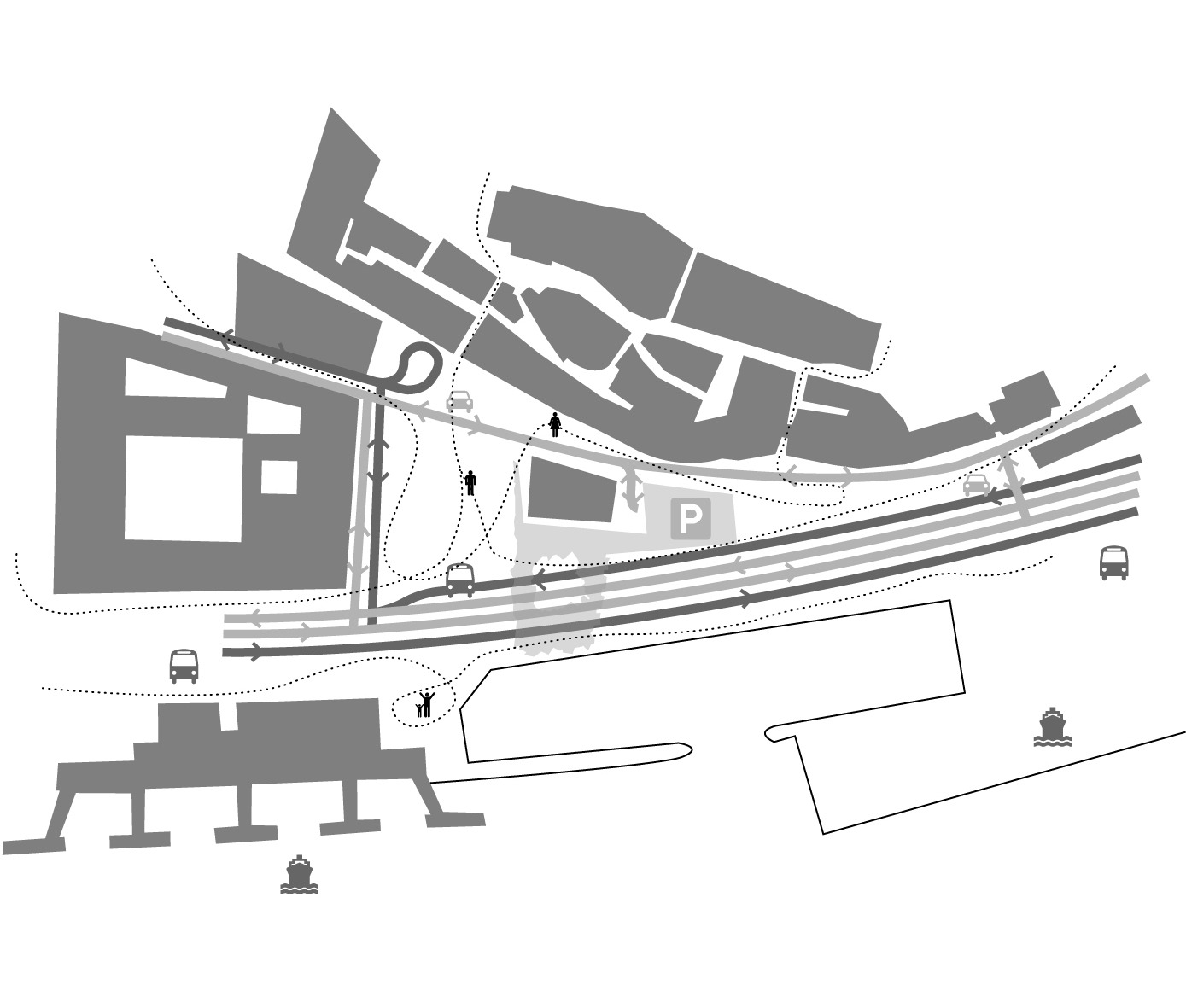
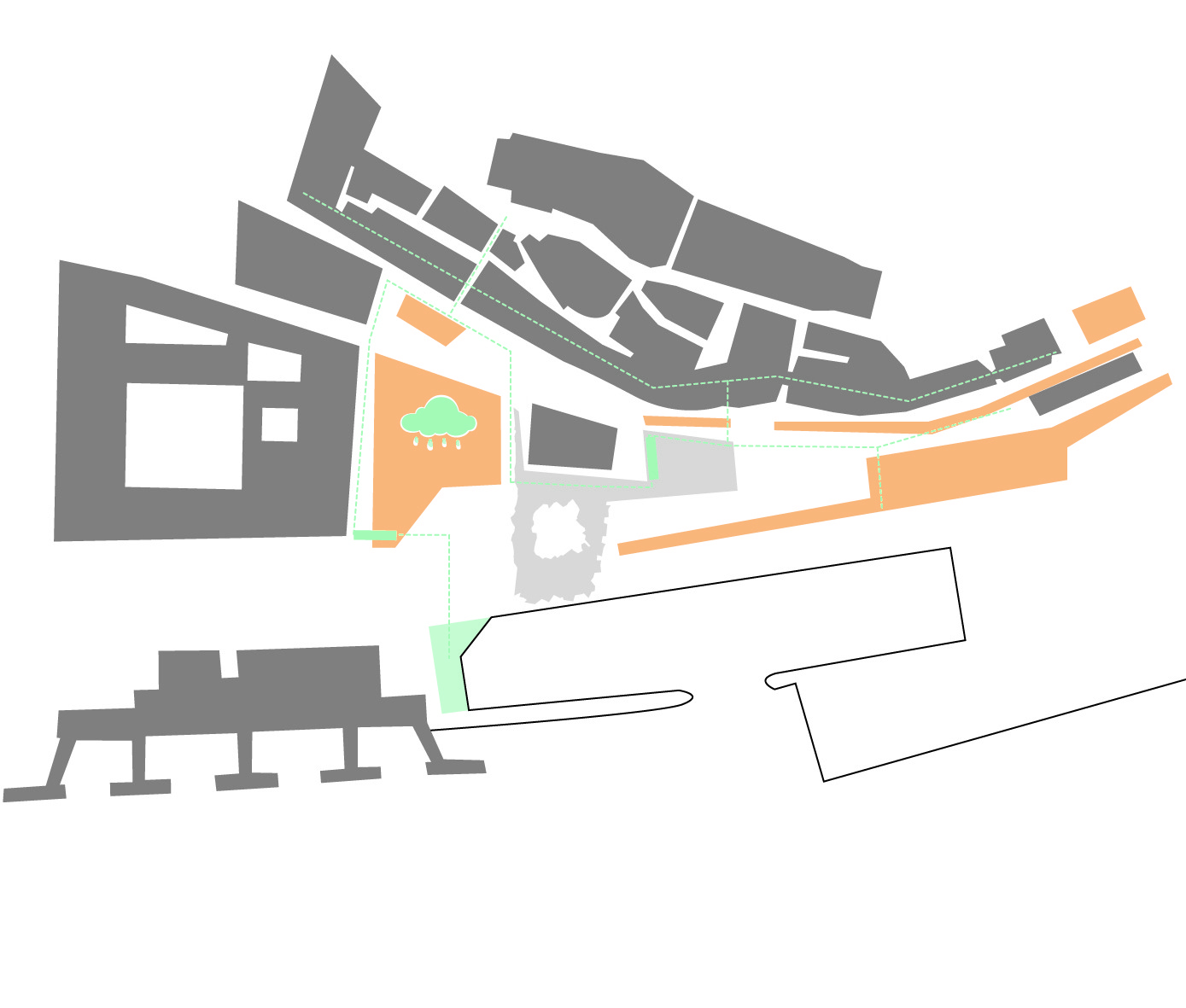
Related
Trans(in)spiration
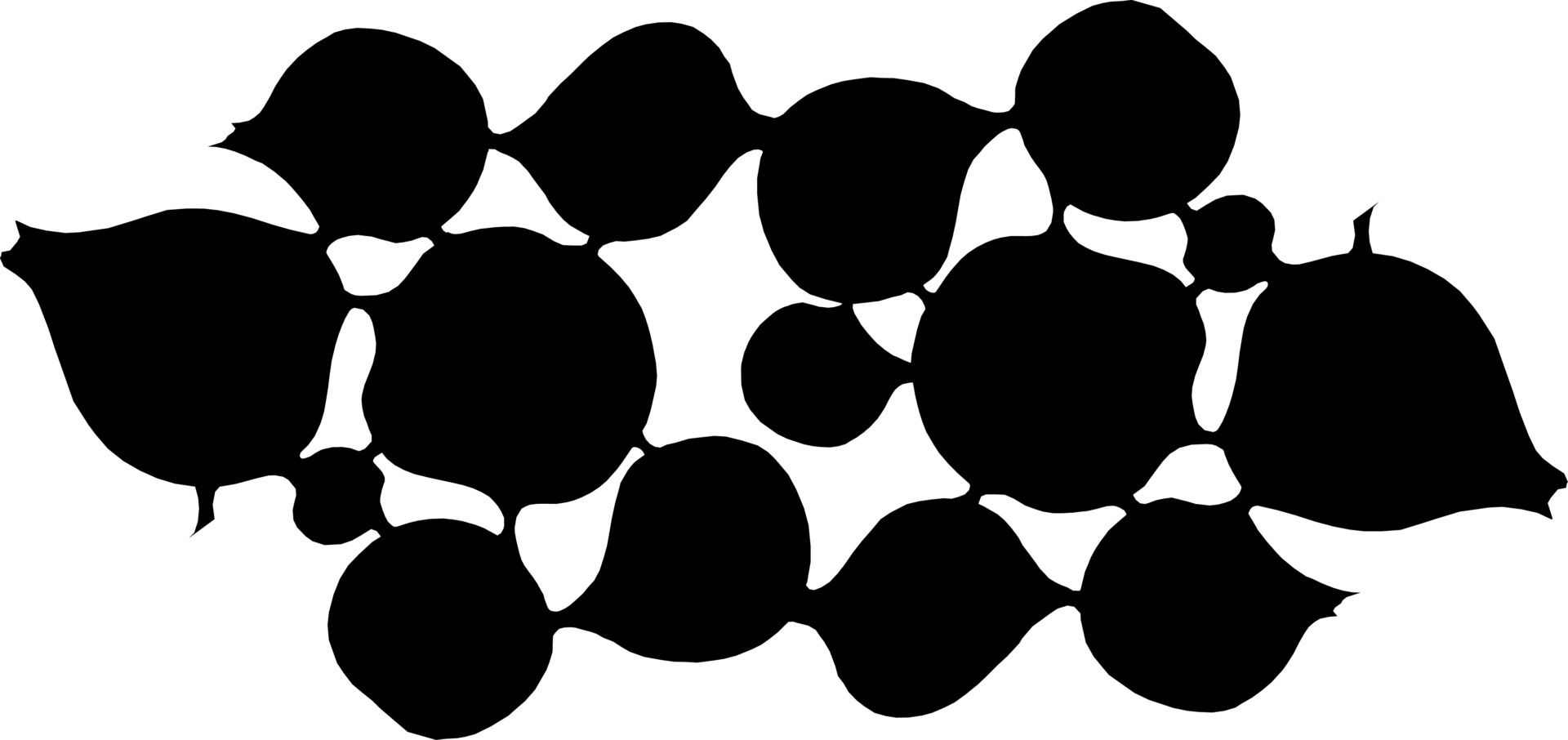
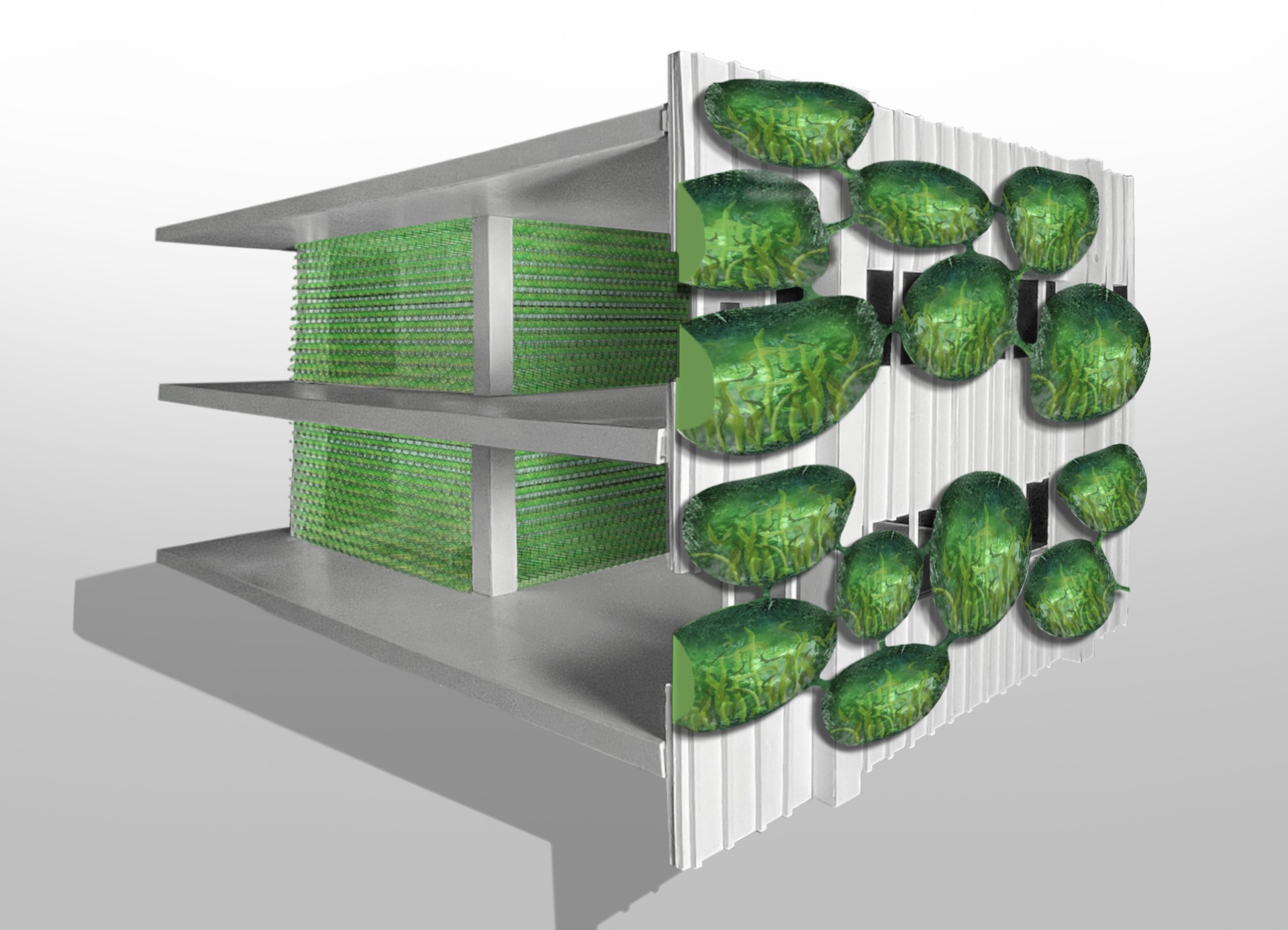
The Trans(in)spiration building is a design proposal for a competition. The solution creates an organic living system within a rigid built environment. The project has an exterior self-regulating protective skin is comprised of large water reservoirs containing algae that filter water and air.
More than a proposal to retrofit a Los Angeles Federal Building, the design solution aims to become universal by making use of existing resources, rainwater, and greywater, to create a natural system easily adaptable to any similar structure. It is more than a site-specific project; it is a low-budget concept that can be disseminated across geographic and cultural urban centers on various scales.
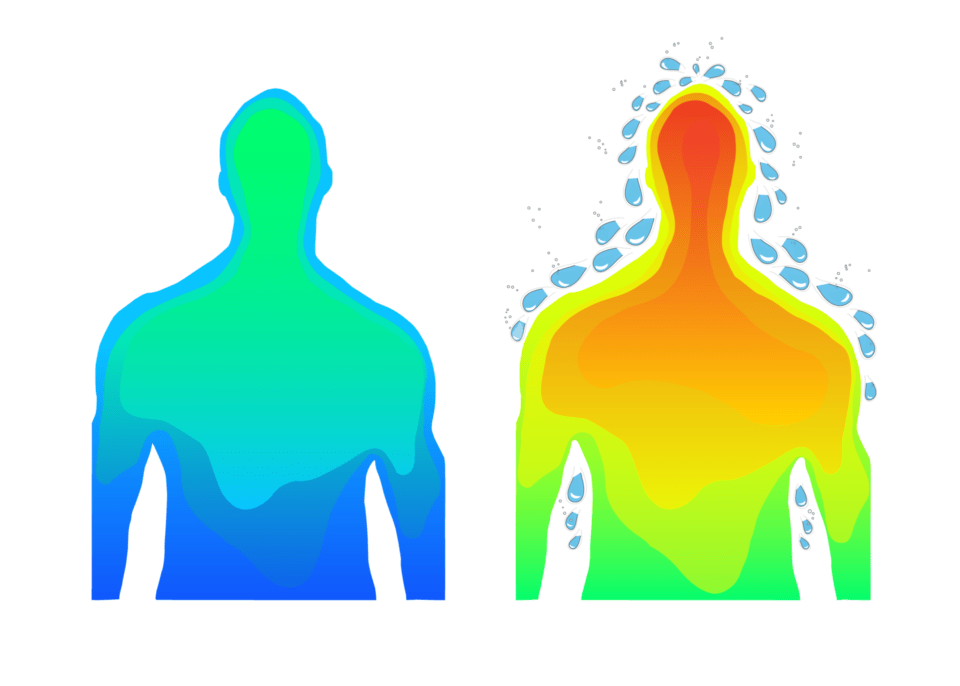
Regular State 37º C Sweating State 37º C – 40º C
SWEAT: to excrete moisture in visible quantities through the opening of the sweat glands. As sweat evaporates, the skin cools, causing a reduction in body heat.
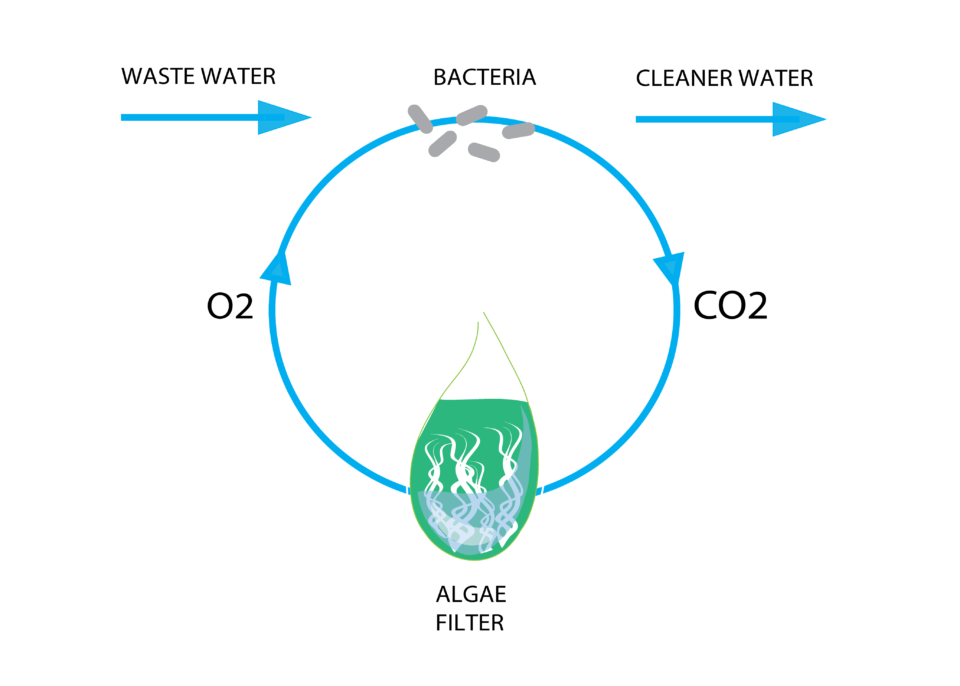
Algae/bacteria diagram
Algae filter captures sunlight for photosynthesis which produces oxygen and absorbs carbon dioxide.

Water system diagram
The water from wash hands basins and the rooftop is filtered by external water reservoirs with algae instead of going immediately to the city sewage system.
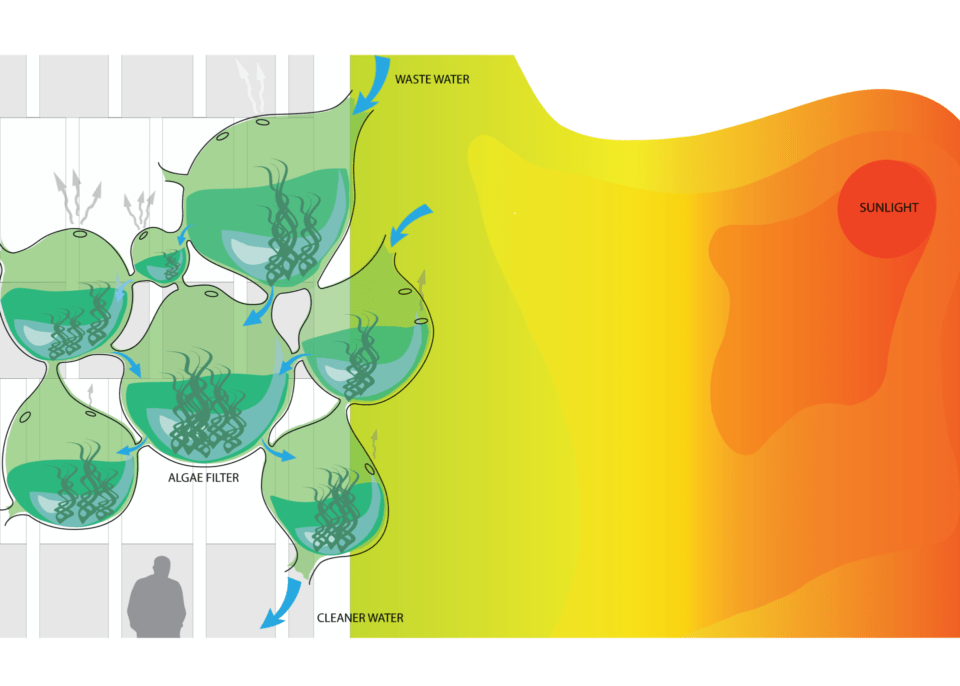
Facade diagram
The water reservoirs reflect the sunlight through the algae to create ambient colorful displays in the interior.
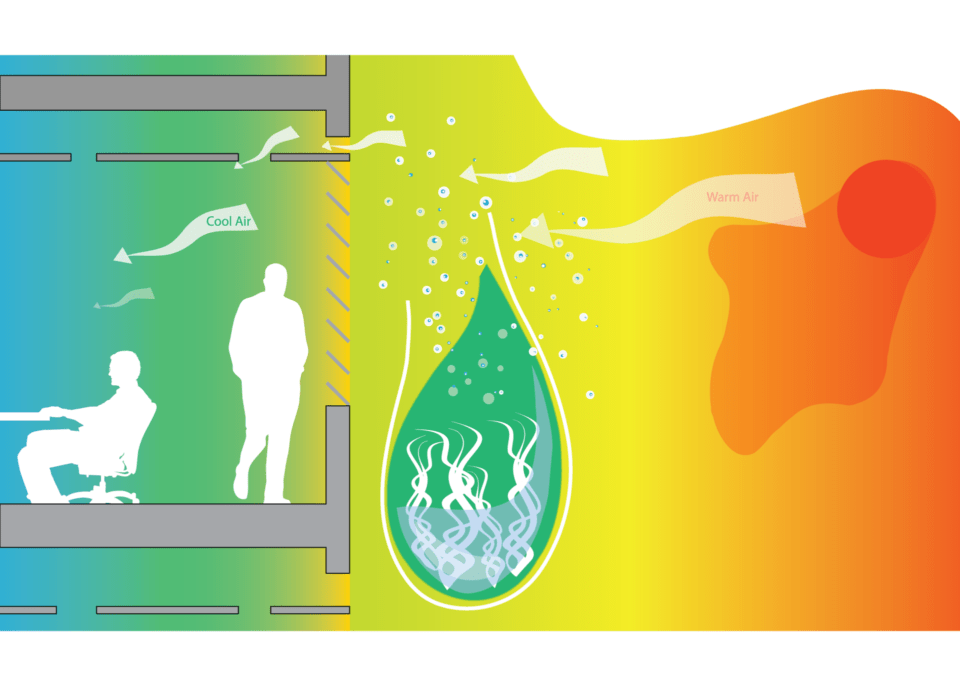
Evaporation and ventilation diagram
Evaporation of H2O is a cooling process whereby the solar heat energy changes the liquid molecules into water vapor.
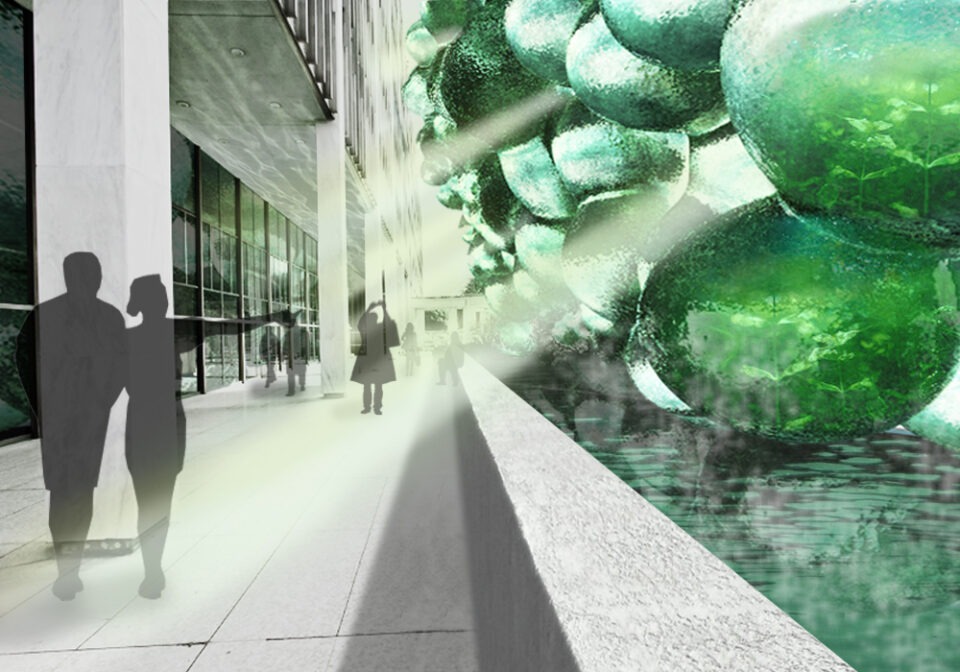
It surpasses, at low cost, the existing circulation barriers – road or railway – without affecting them, and creates a contemporary public space with different possibilities of use – stage of major events or a hanging garden in the middle of the industrial area. It is not a question of urbanizing the port lands, but of enhancing the opportunities in that area, improving urban conditions, and eliminating the deficiencies of the old city and its equipment.
The system is dynamic: evaporation of this water provides a cooling effect in the warm season and also during the cold season this skin provides excellent thermal inertia. Referencing the new skin, but on a smaller scale, natural cooling towers surround existing staircases in the building. These towers work simultaneously with the new facade to improve cross ventilation and allow the building to transpire when needed.

Webeograd

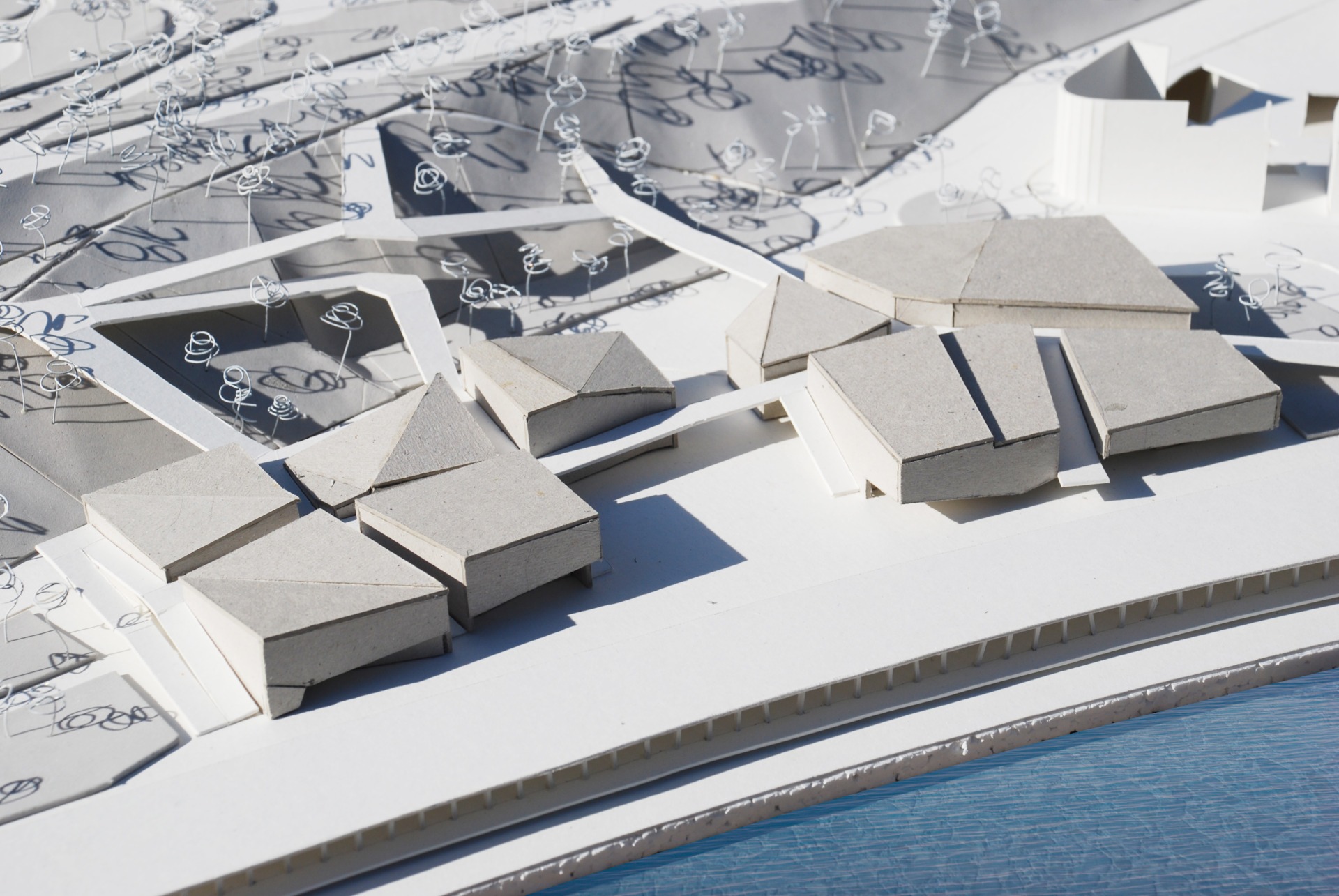
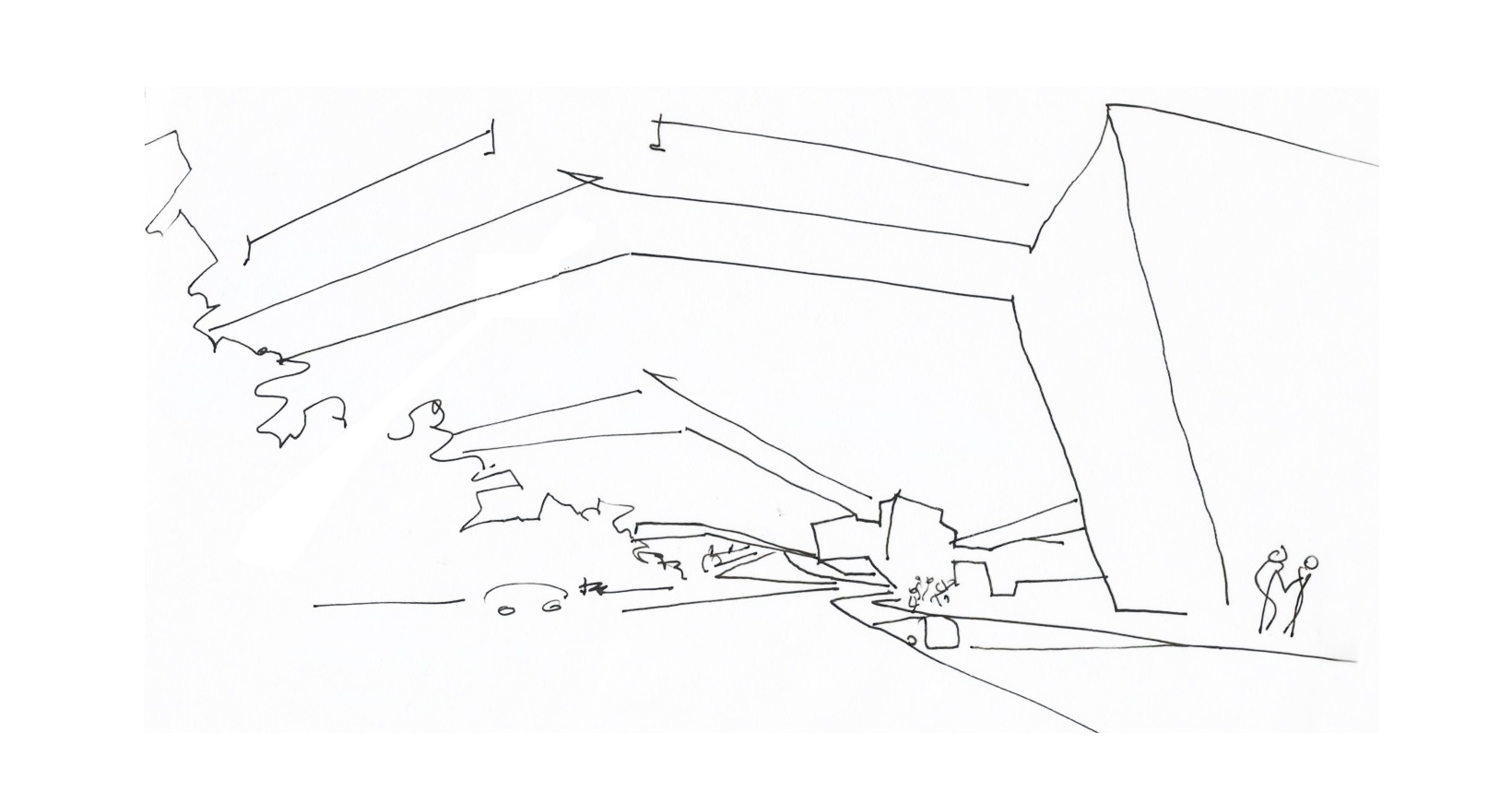
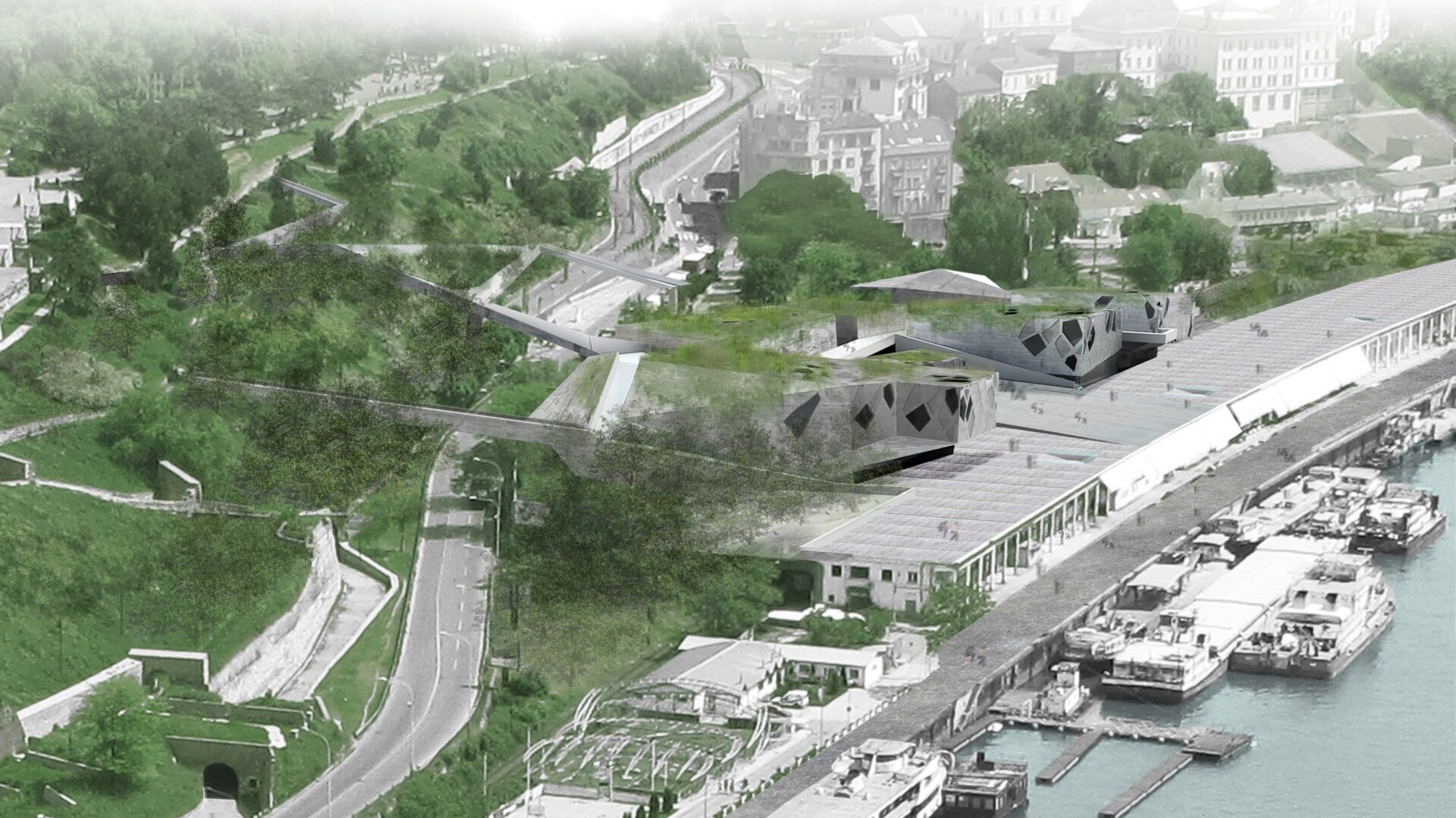
The new Riverside Center in Belgrade is a delicate proposal for a complex nature, where the Danube and Sava rivers meet.
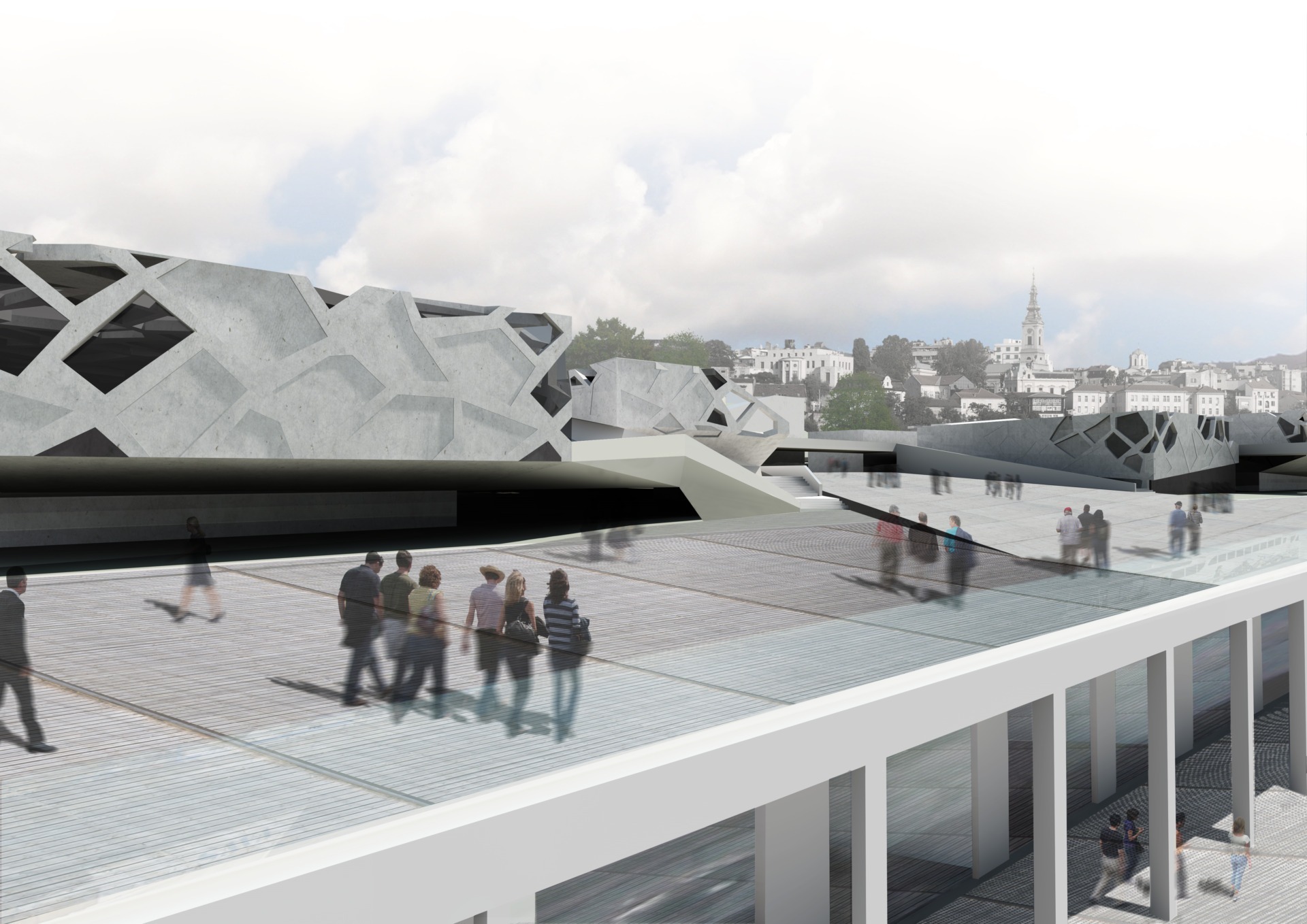
The concept presents a mesh / web that projects a new topography for the place. The web offers a flexible system in which each building can adapt to different uses. The transformation of morphology creates innovative solutions in public spaces that break with the traditions of conventional architecture and public spaces, due to their different natures.
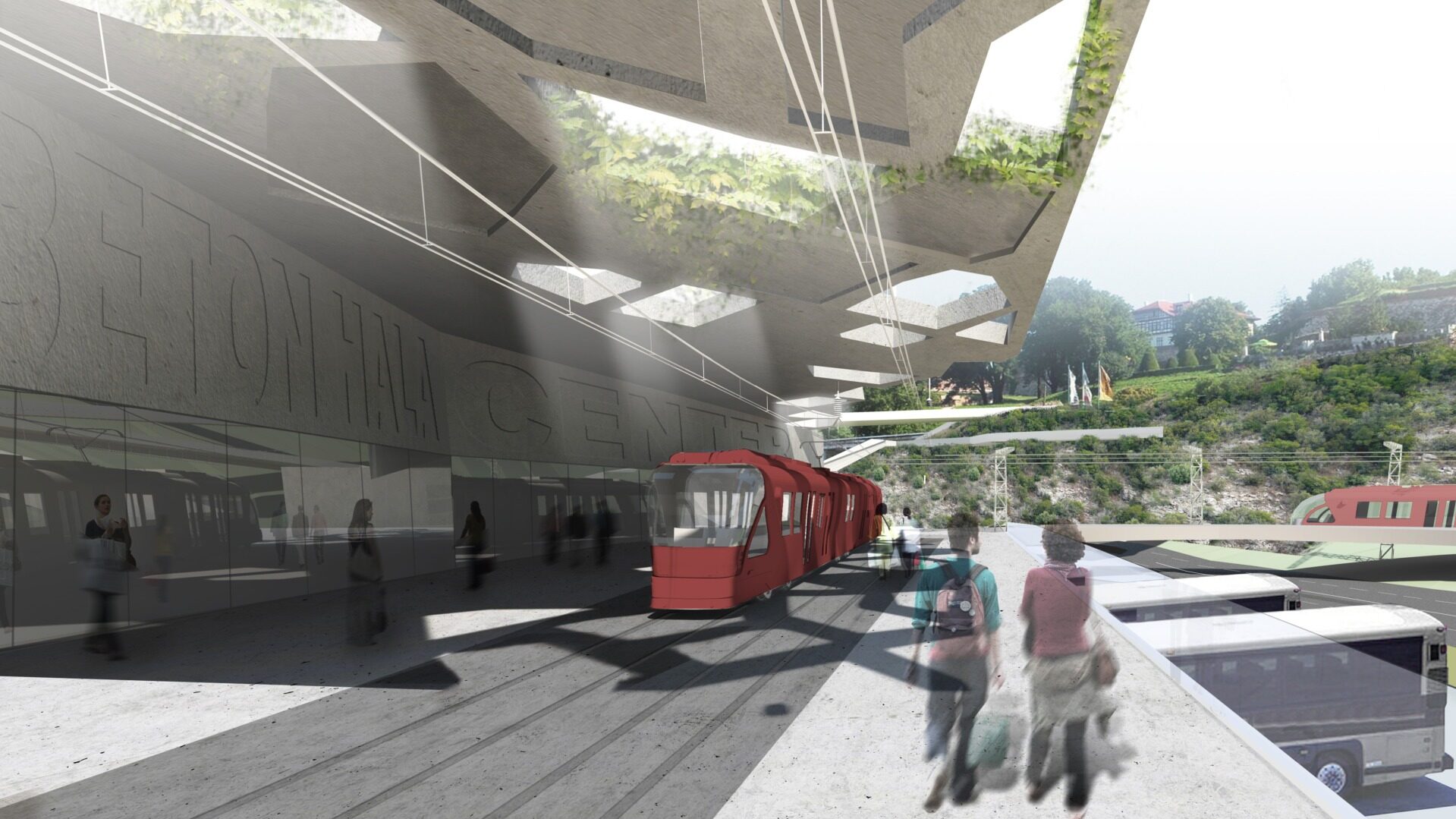
A new topographie enhances the city’s three-dimensional character, linking institutions, and facilities to revitalize the area as a whole.
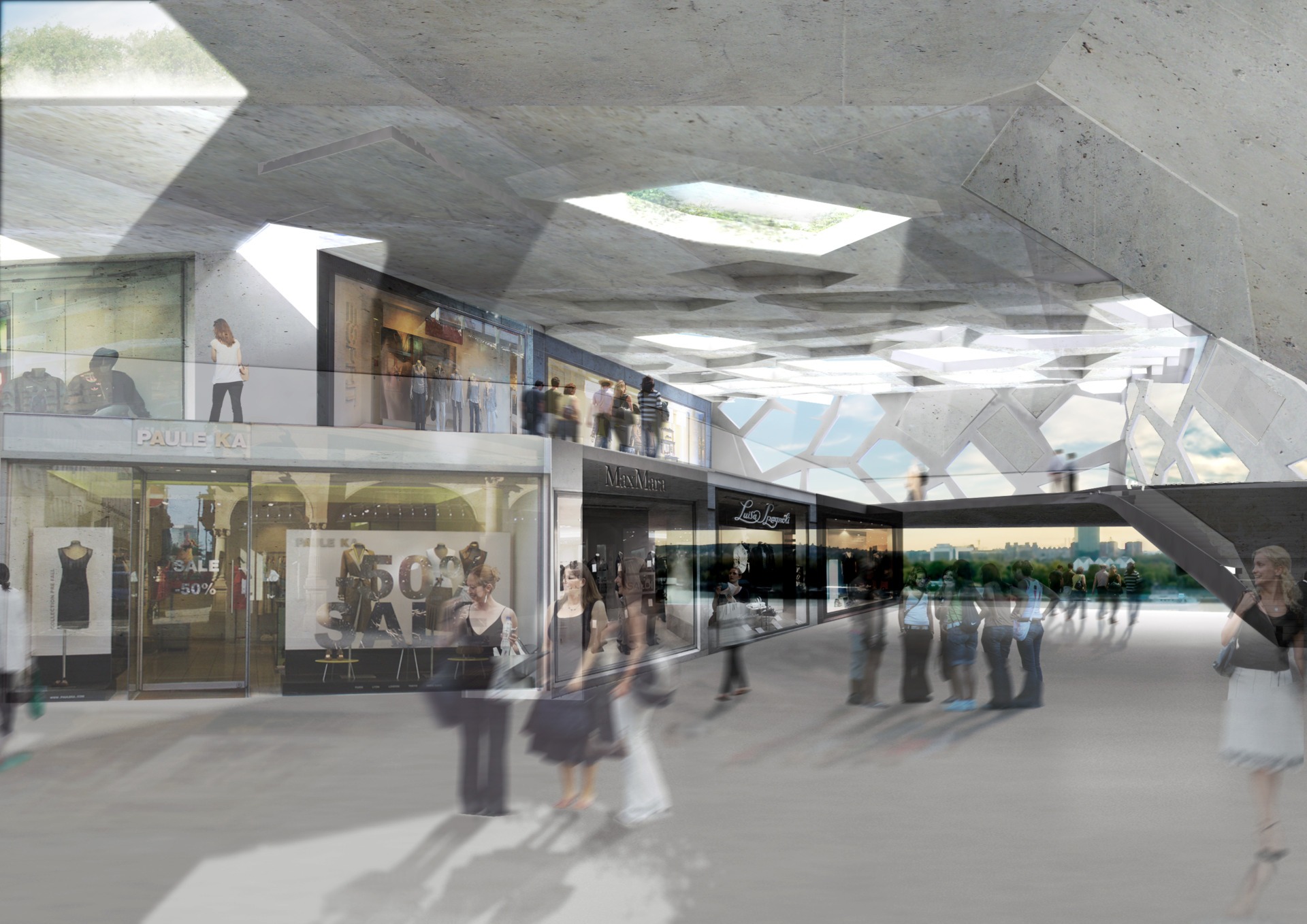
Related
Over the River
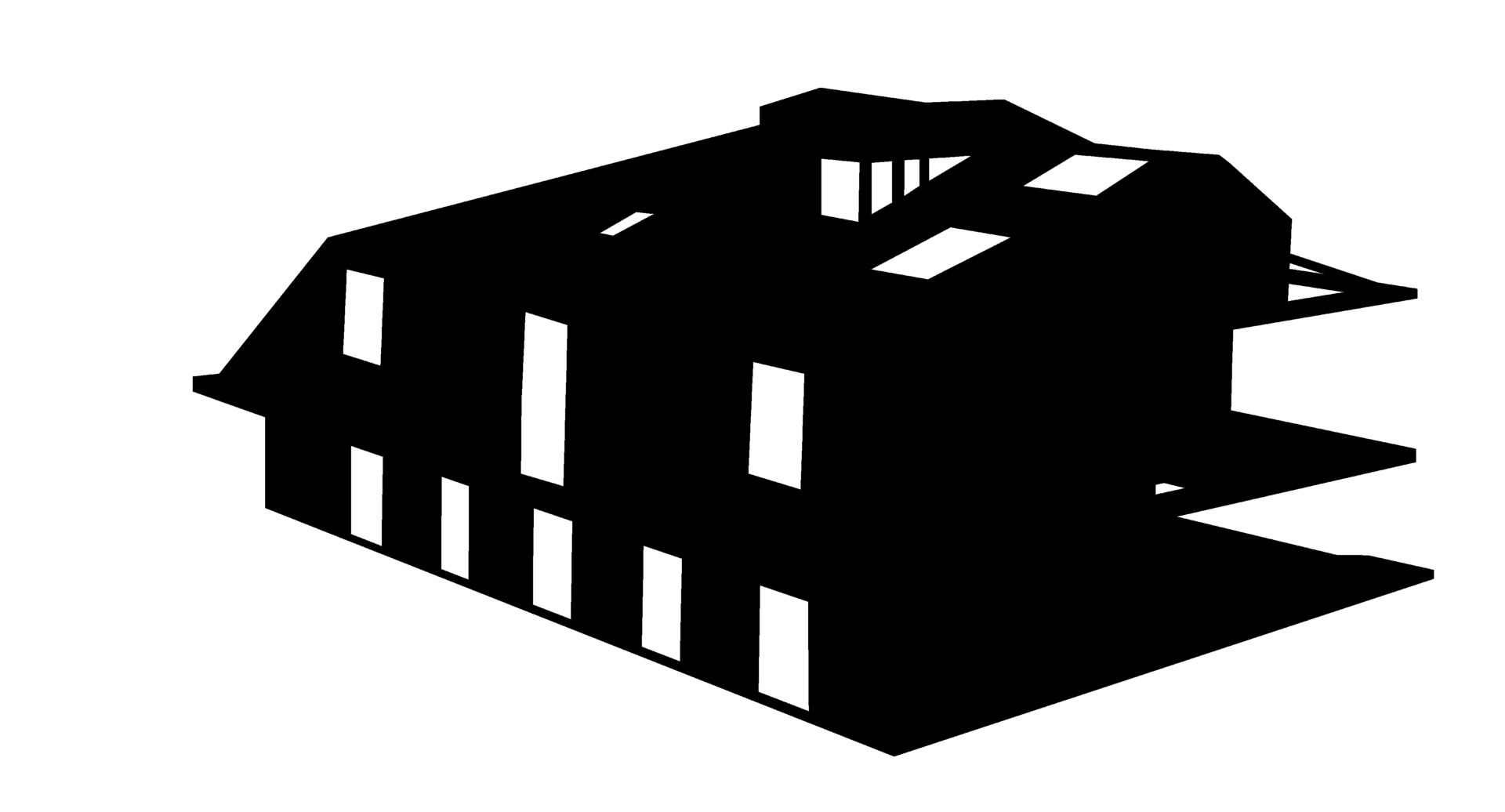
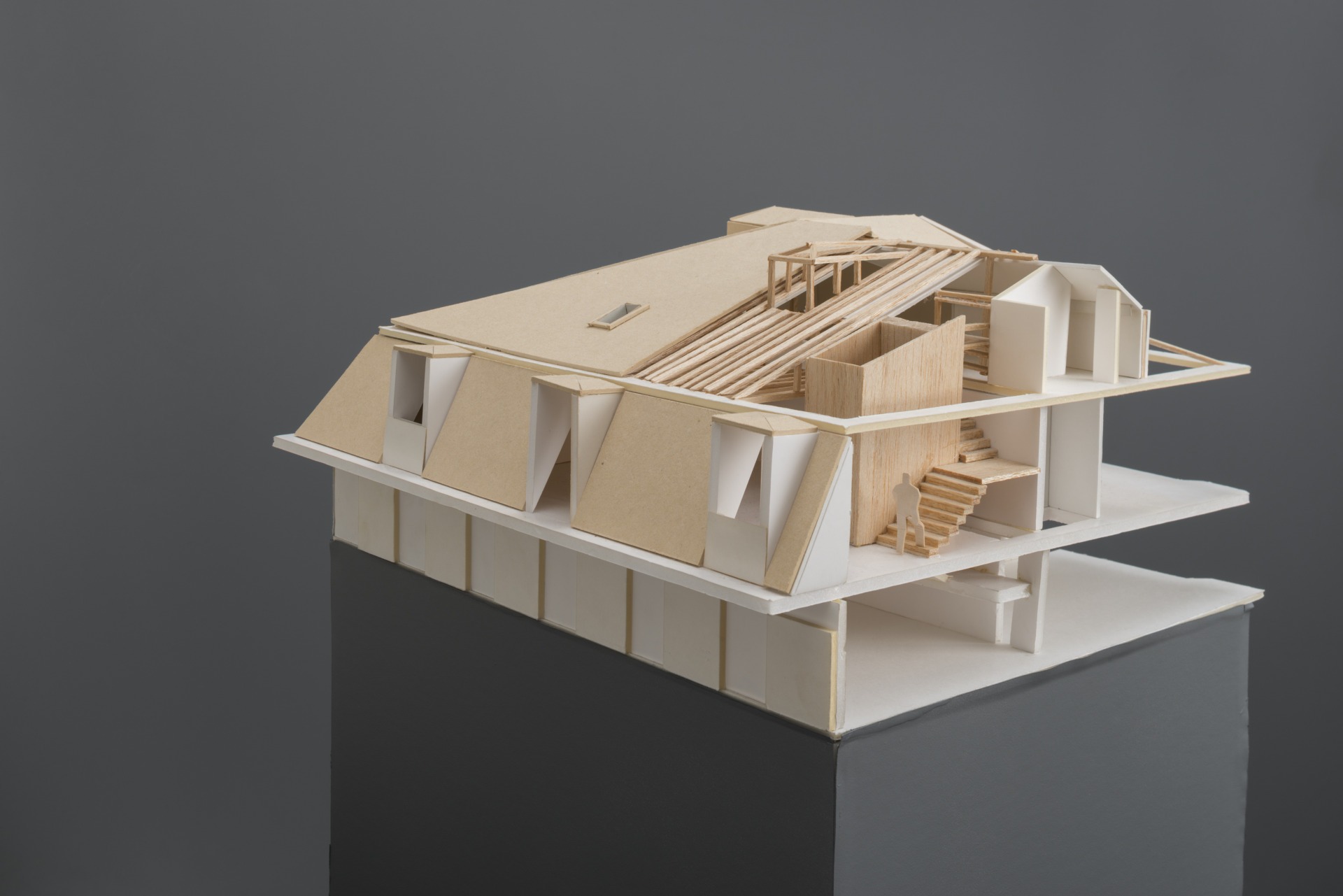
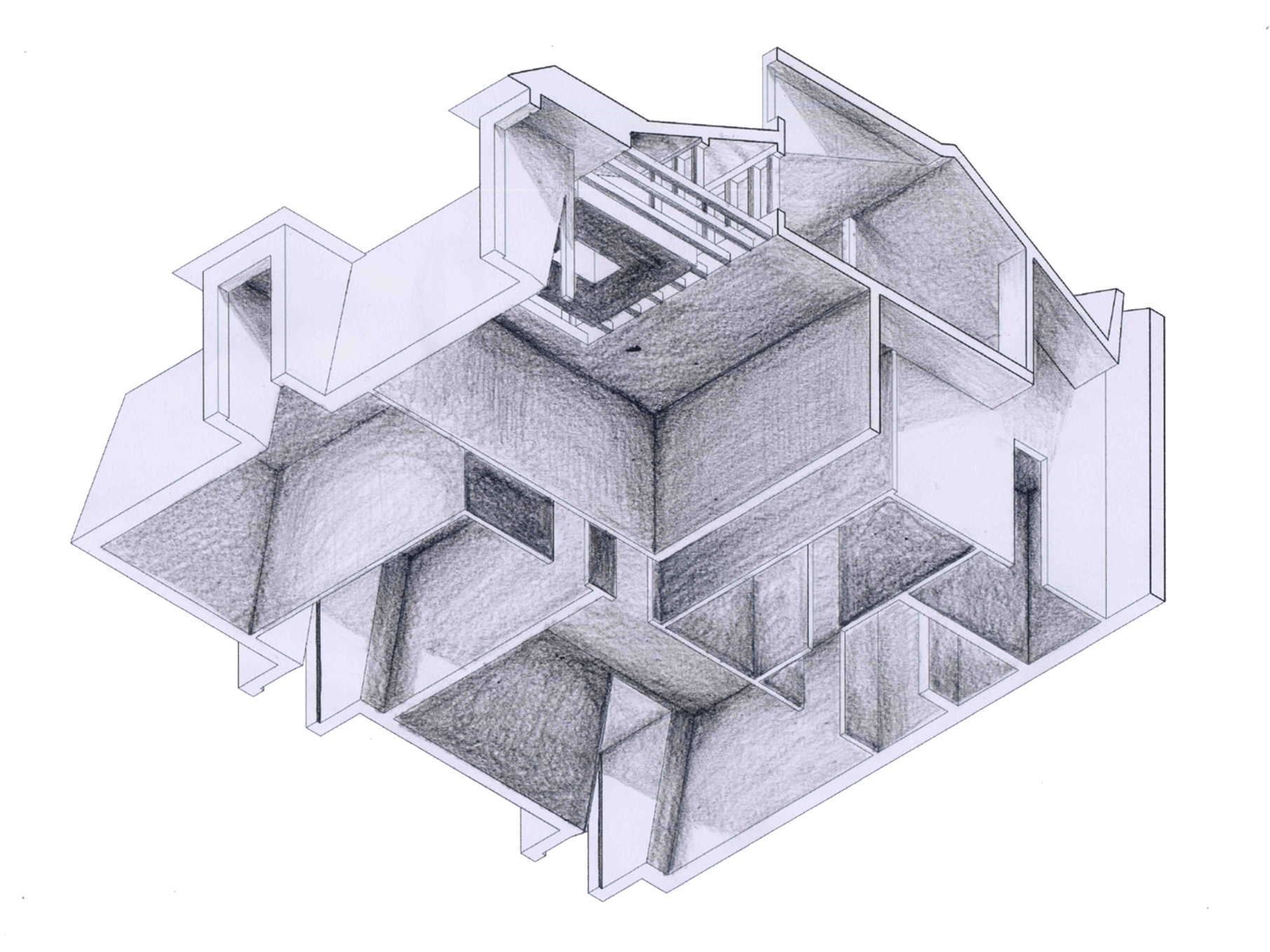
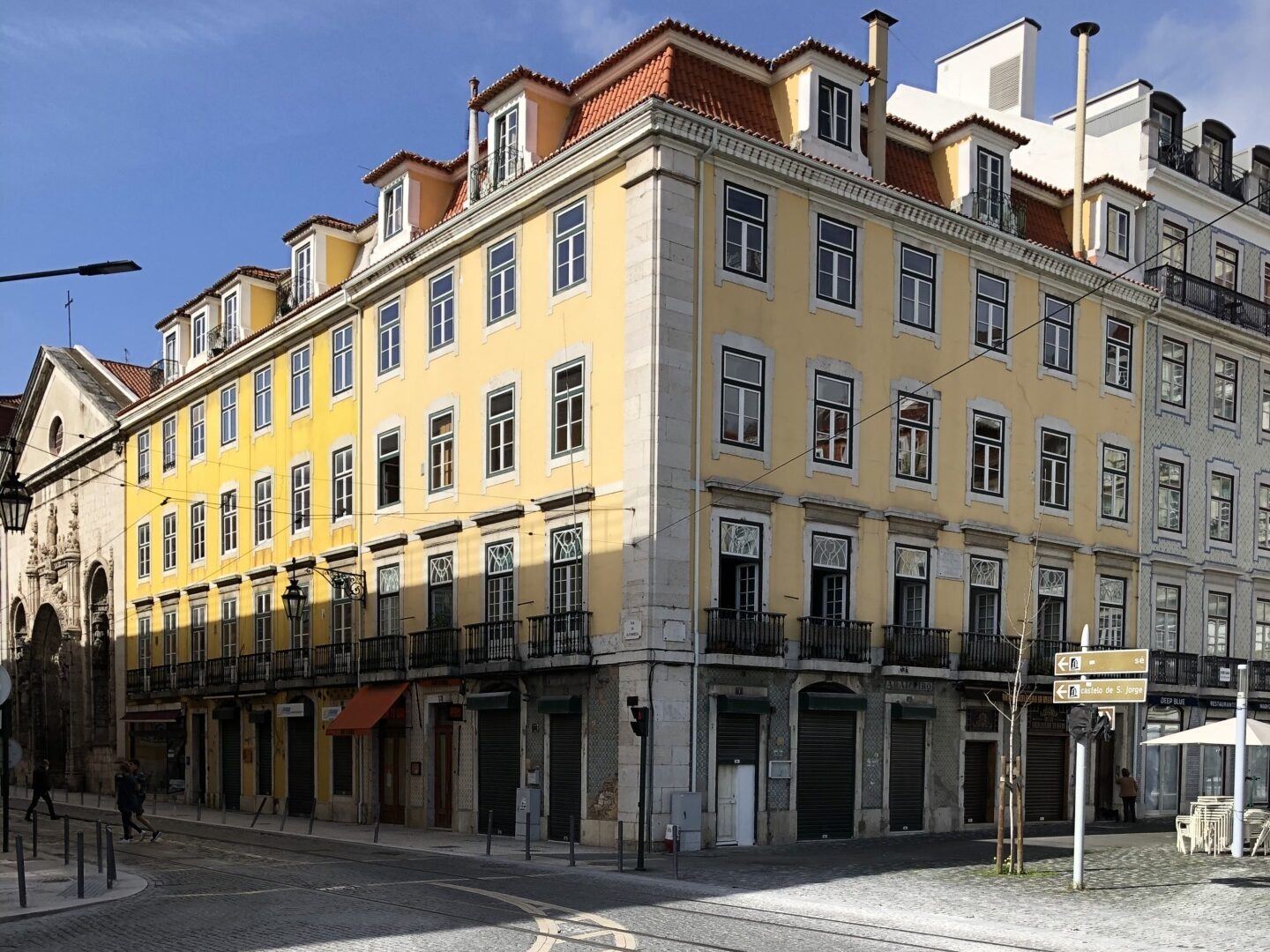
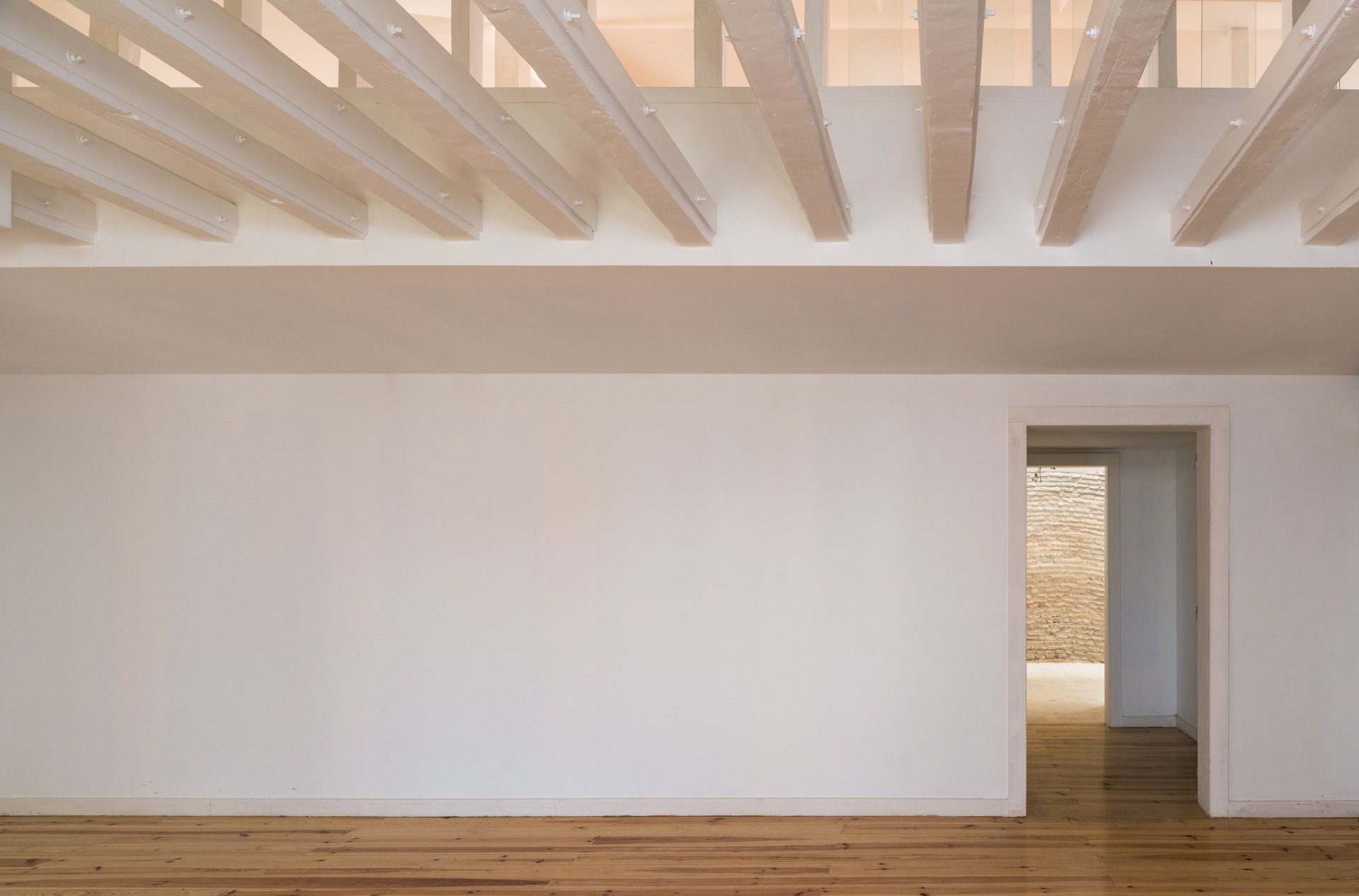
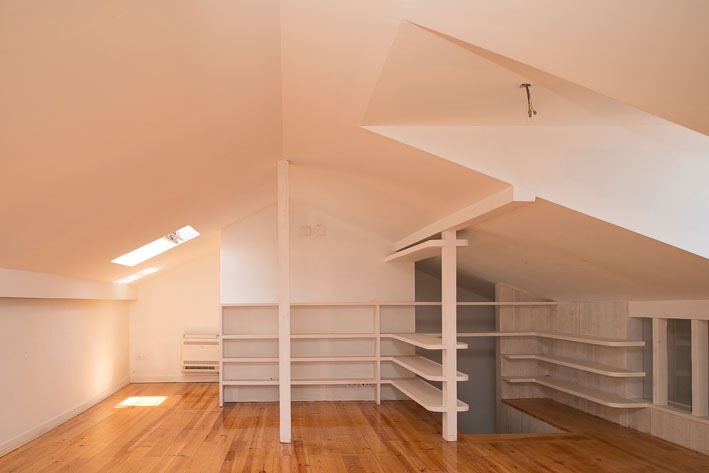
The intervention redesigned the antithesis of what previously existed: the project is mainly focused on creating liveable spaces, characterized by natural light to enhance the comfort of inhabiting new spaces.The new living areas are organized by a complex double height system that reveals part of the ancient wood structure. Here, you can feel the solid structure of wood beams that stabilizes the roof.
The aim was to challenge a contemporary perception that is simultaneously minimal and values local solutions. The sense of place is cheered by specific building solutions that reveal local knowledge and is being tested successfully, on site for centuries.
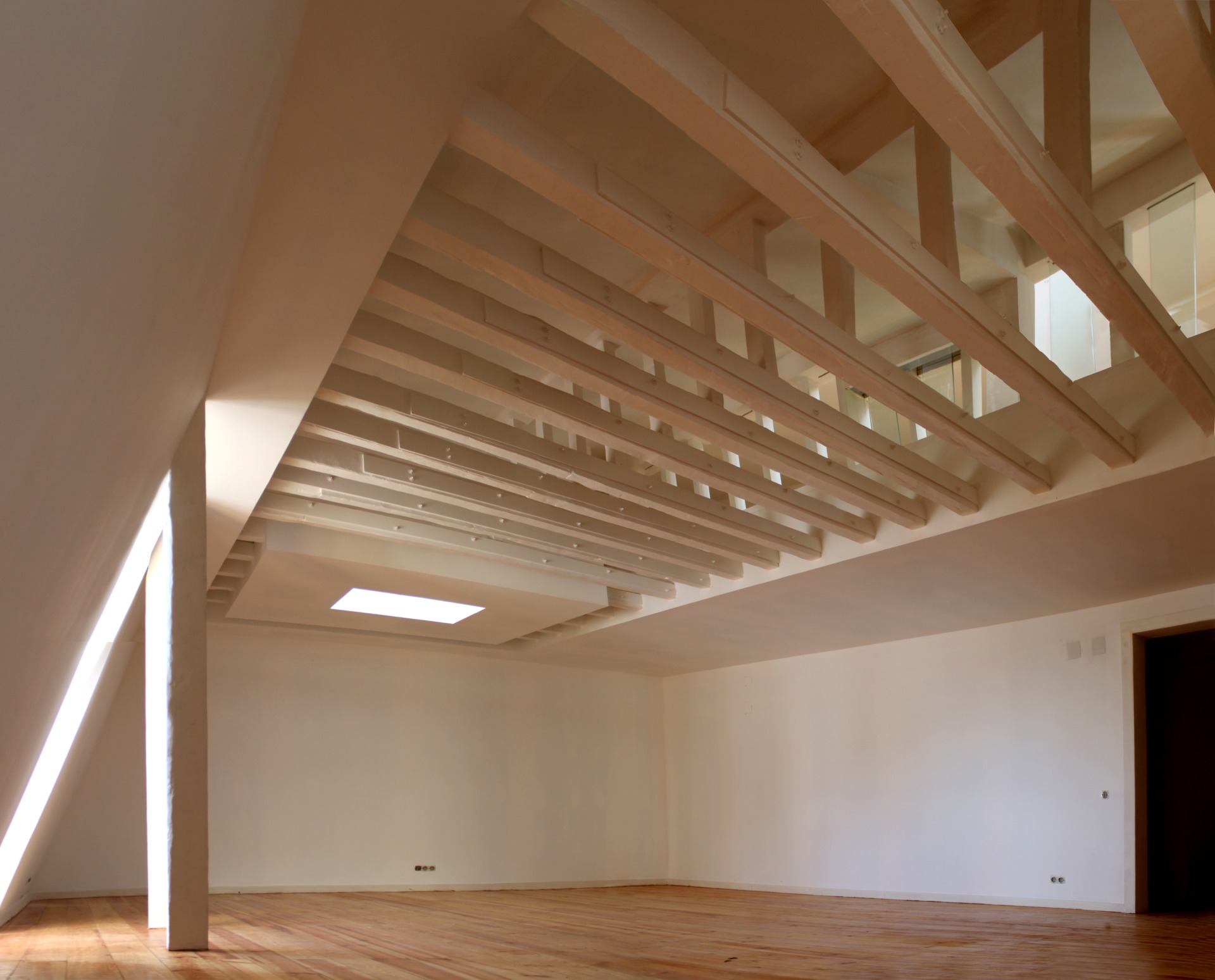
Related
Cruise Terminal
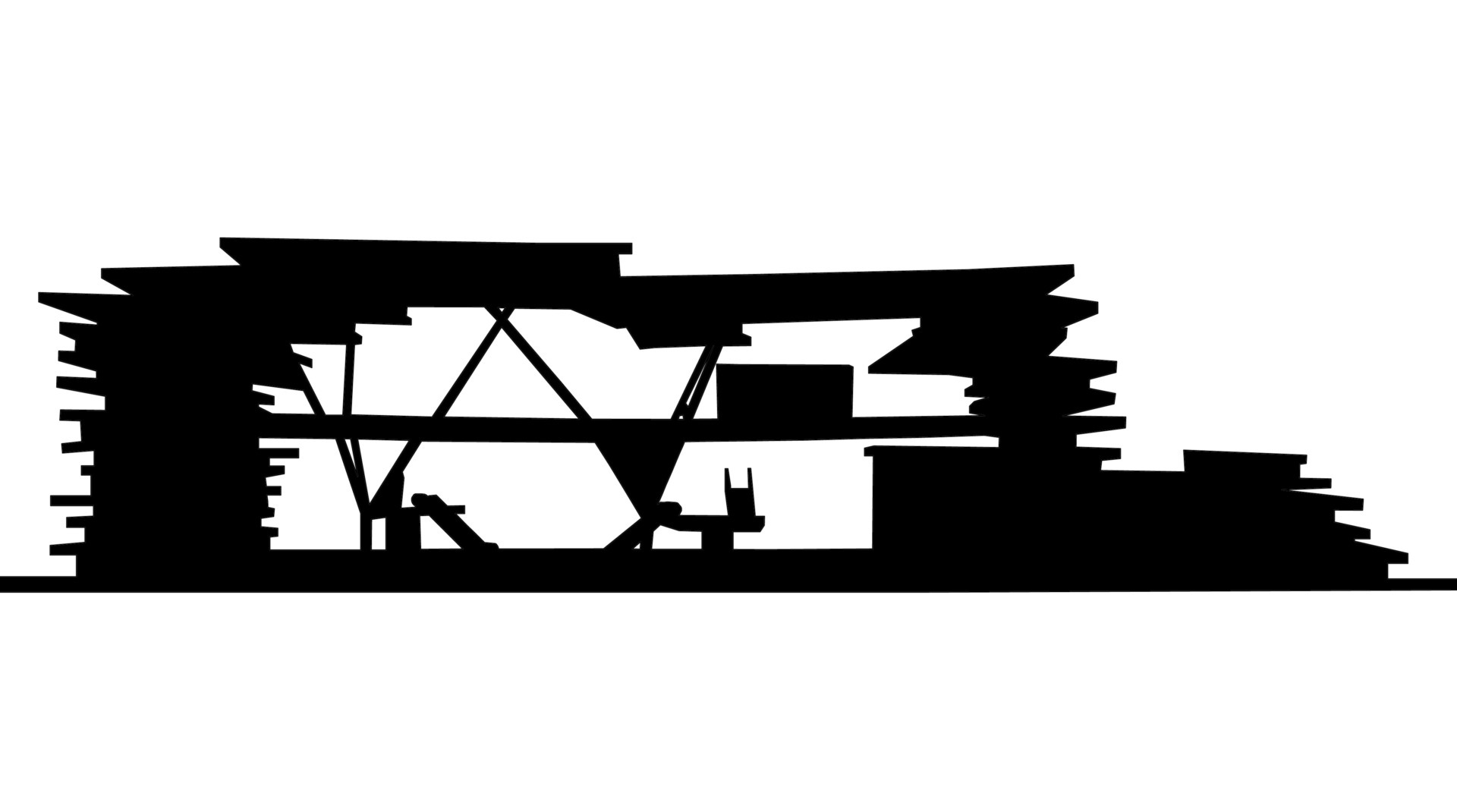
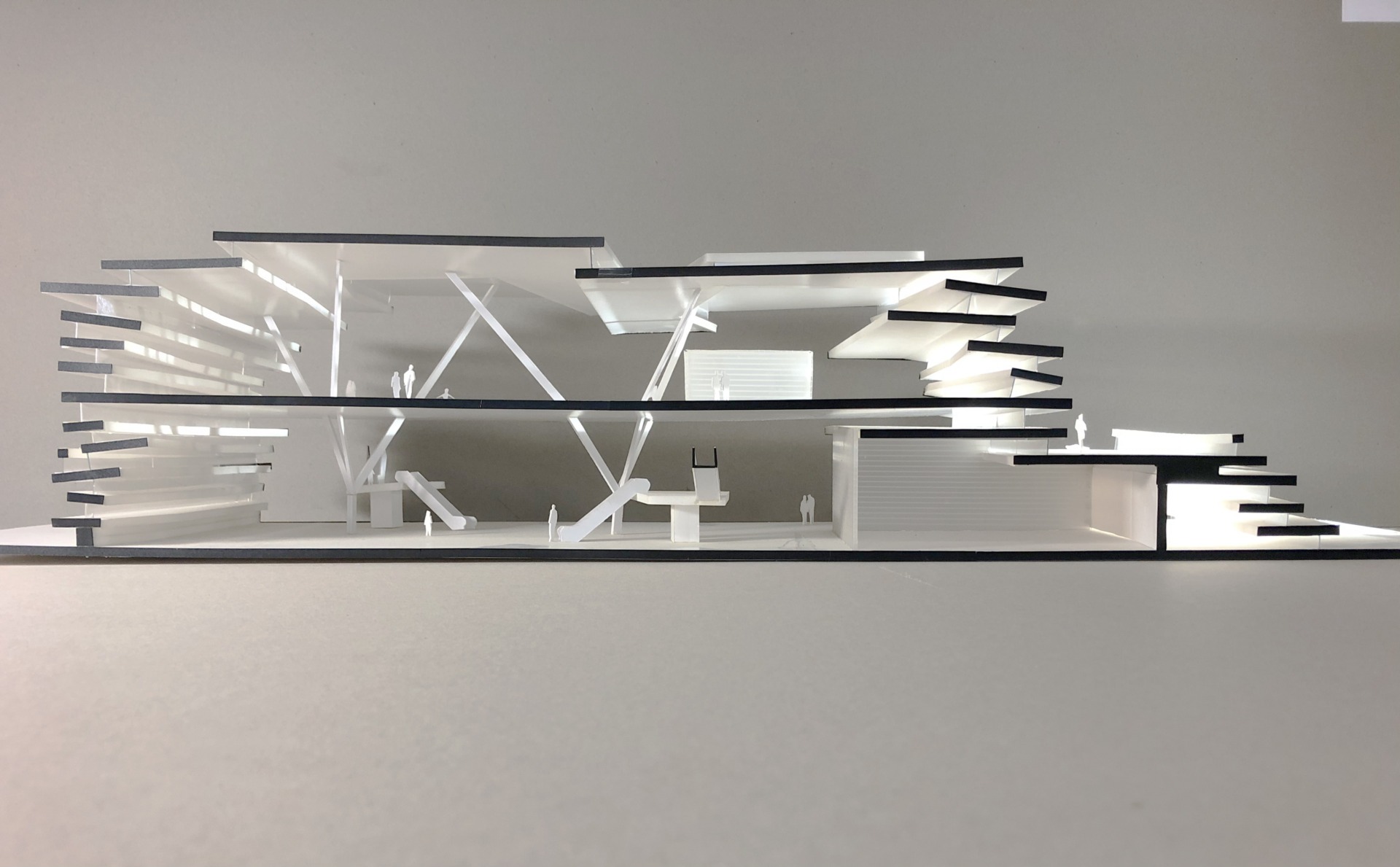
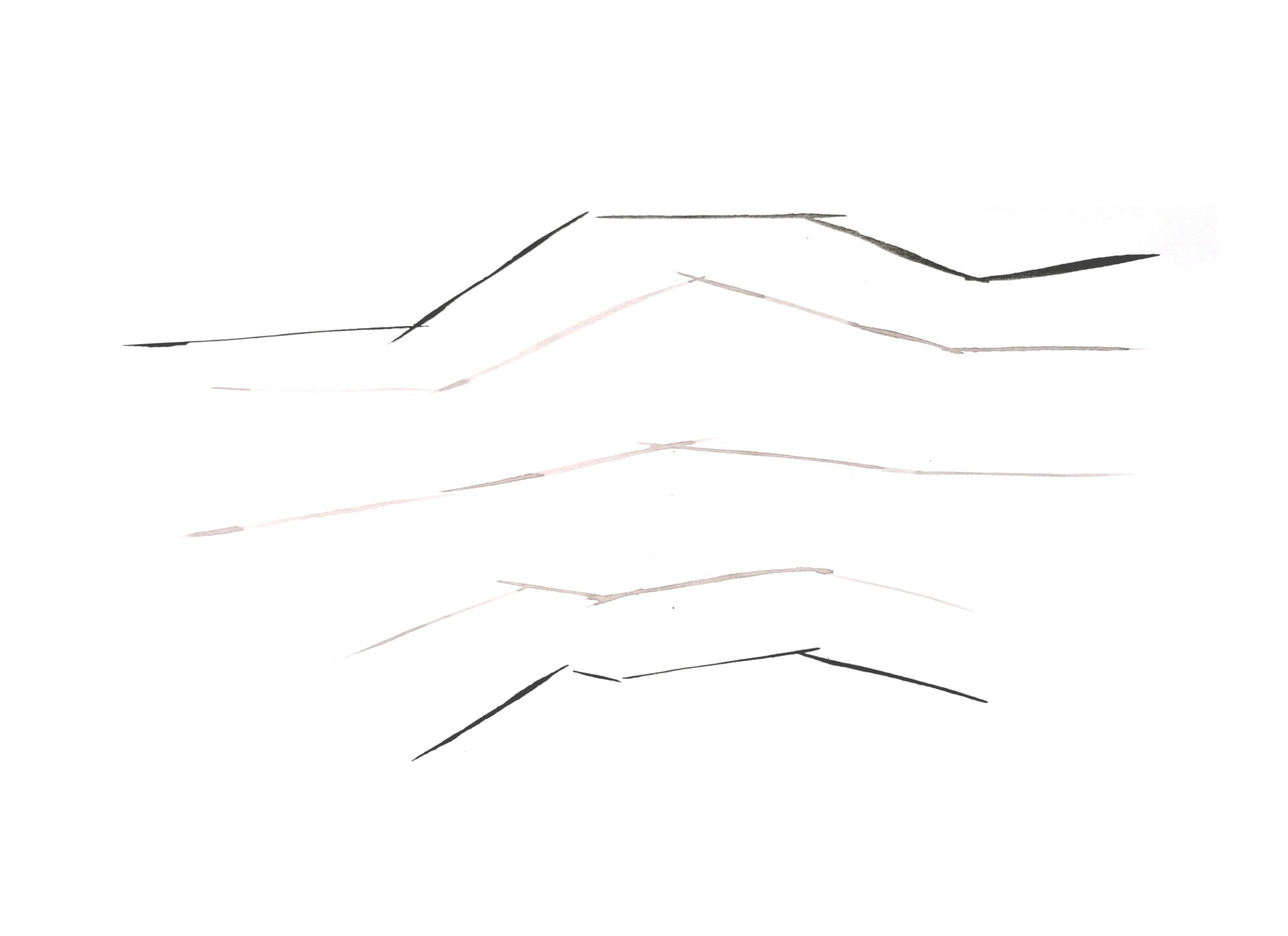
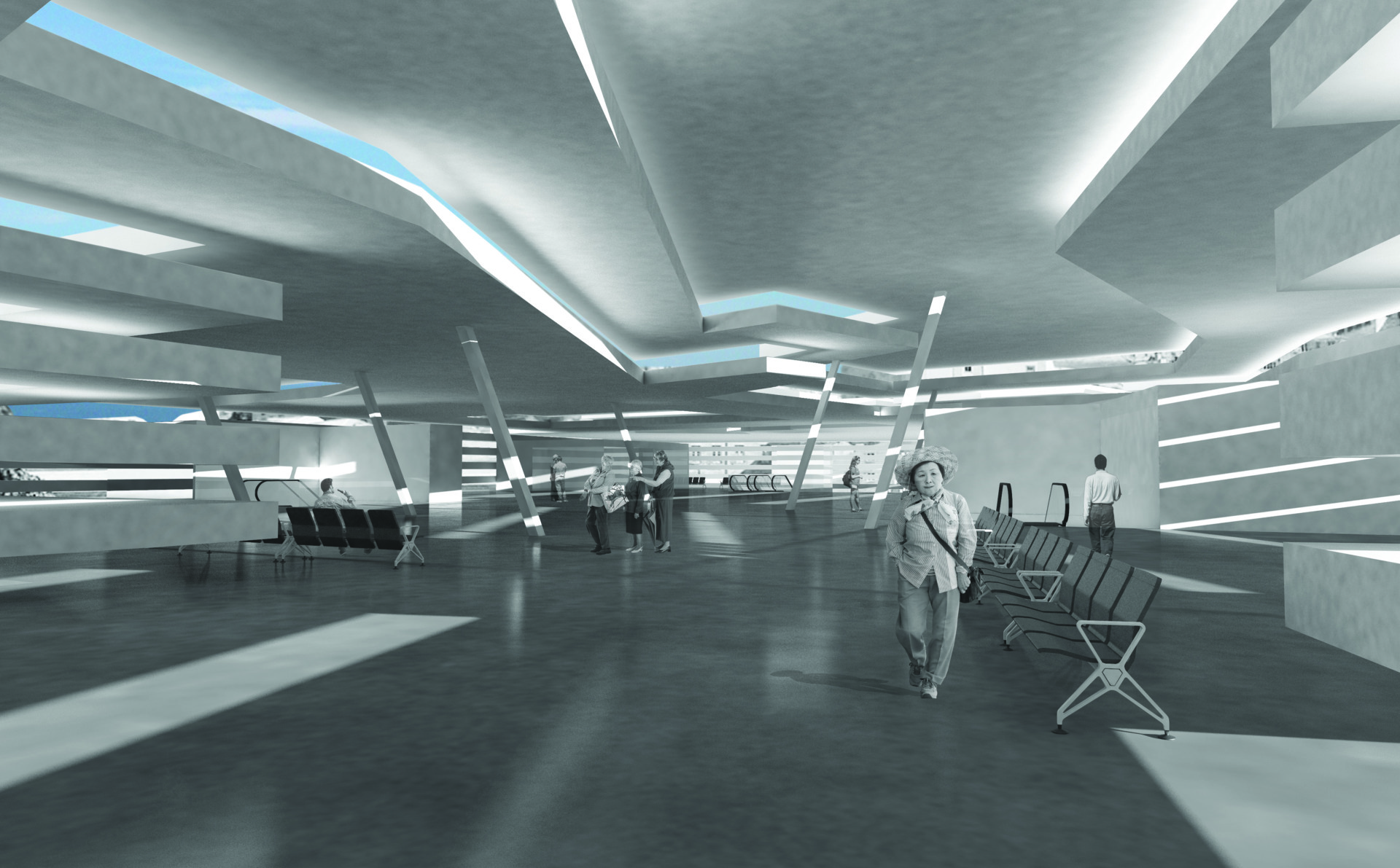
For the competition for the new Lisbon Cruise Terminal, a project was designed to show the genetic code of the riverside city.
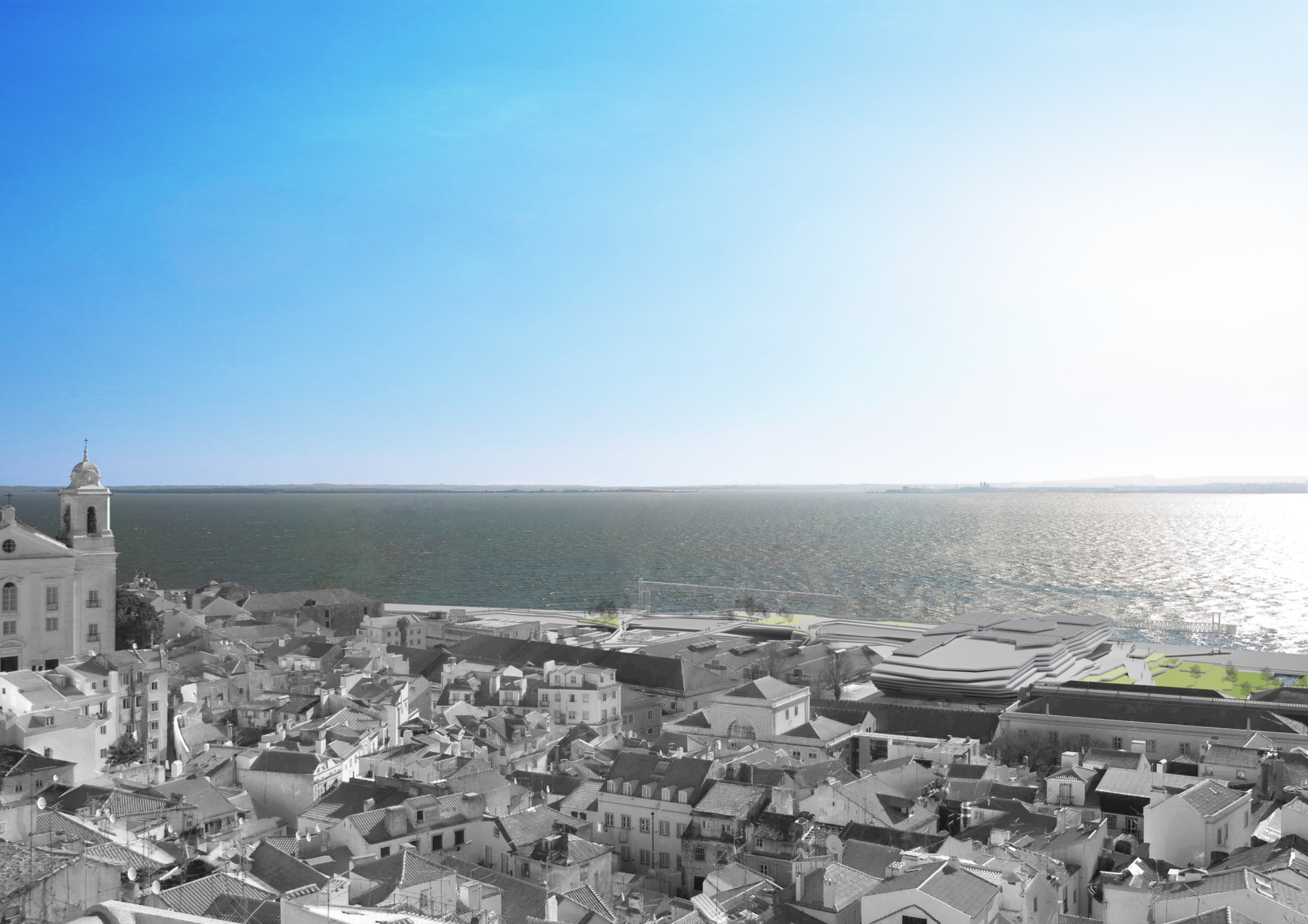
Three fundamental values are valued: AL hamma, the port embankment, and urban morphology.
Lisbon has an unrepeatable opportunity here and environmental recovery provides an innovative solution.

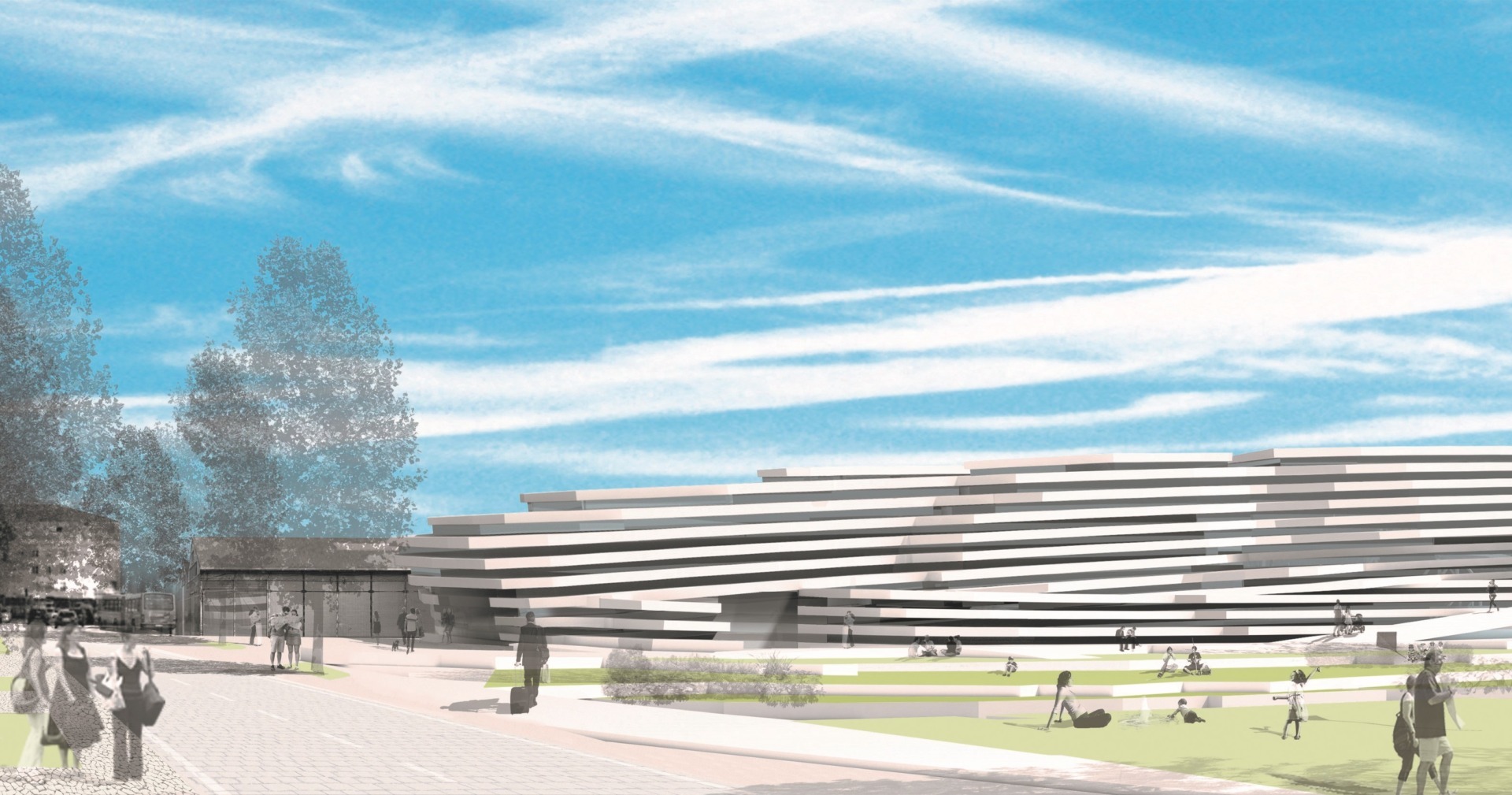
| The project privileges the interaction between the territory and social groups, drawing the physical space from the social space. The different levels define places that invite you to stay and are organized around the water. |


Related
New Theatre

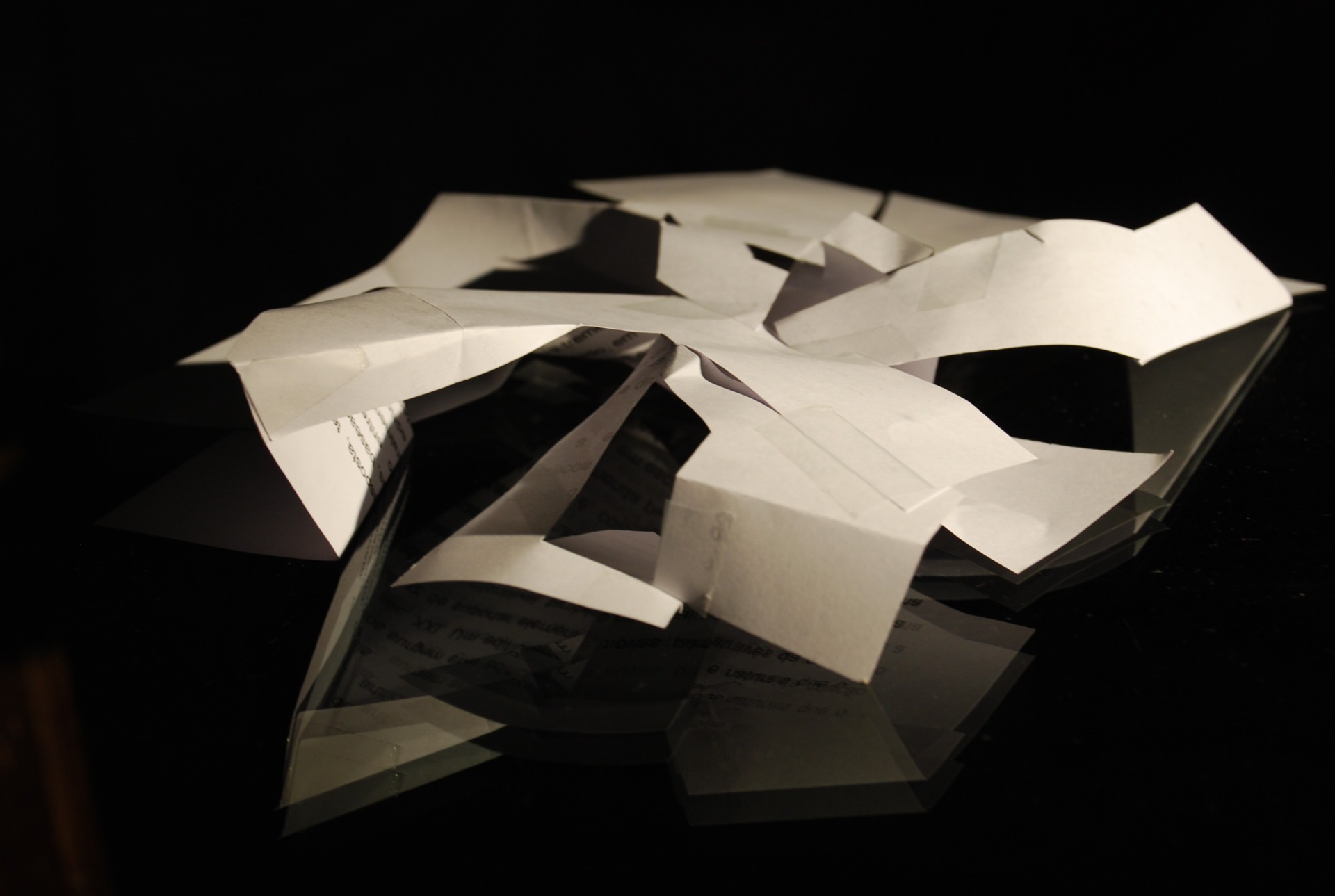
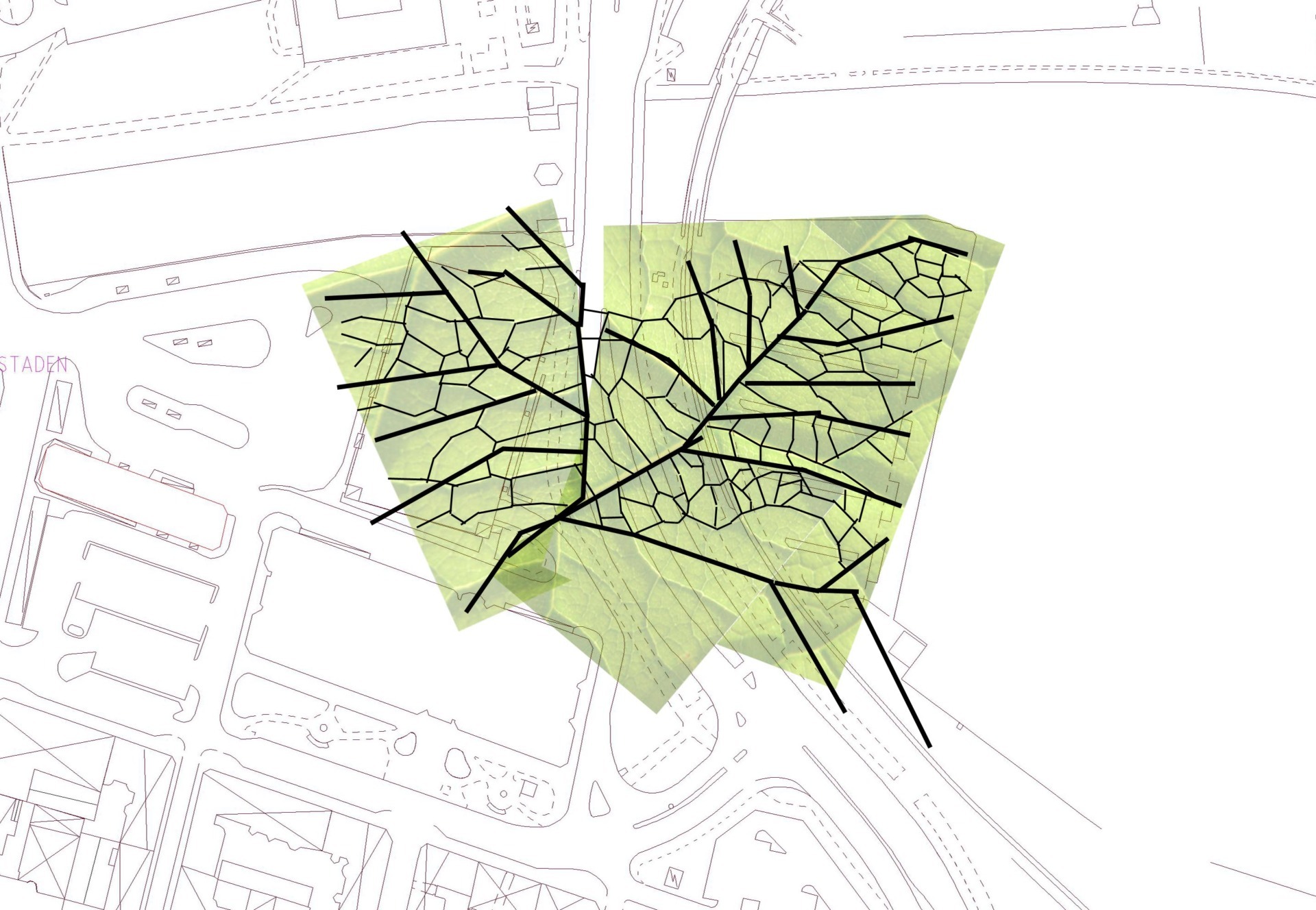
In Sundsvall, a city on the riverside located in the north of Sweden, it was proposed to transform an old port and industrial area built on an embankment over water, into a multifunctional arts and theater center, according to an organic geometry inspired by the shape of the rocks.
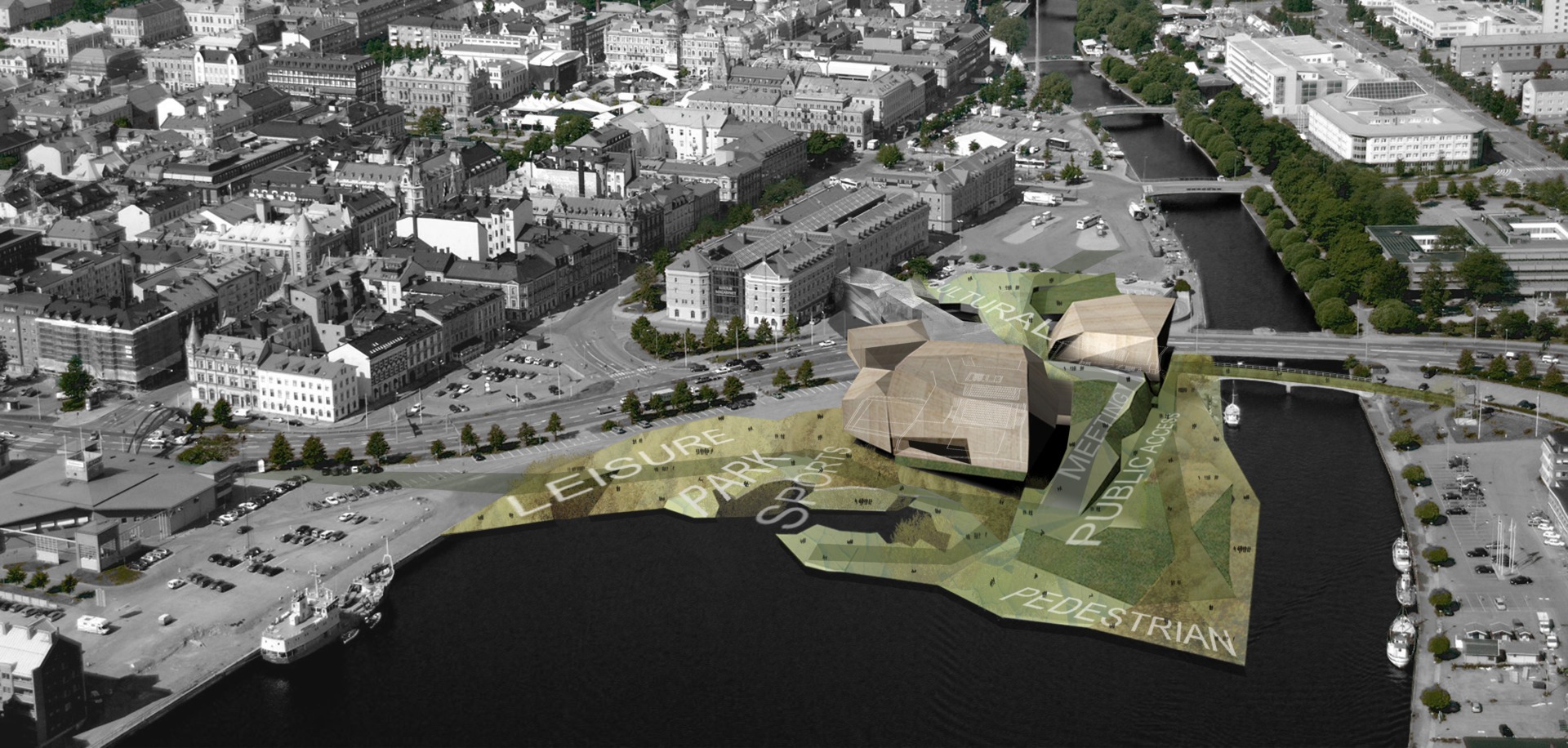
The new topography proposed is not only sustainable but also ensures energy efficiency for the building. Architecture and public space, two distinct territories, merge, challenging current urban design conventions.

| The volume of the two main amphitheaters highlights the city’s identity when designing a new skyline. |
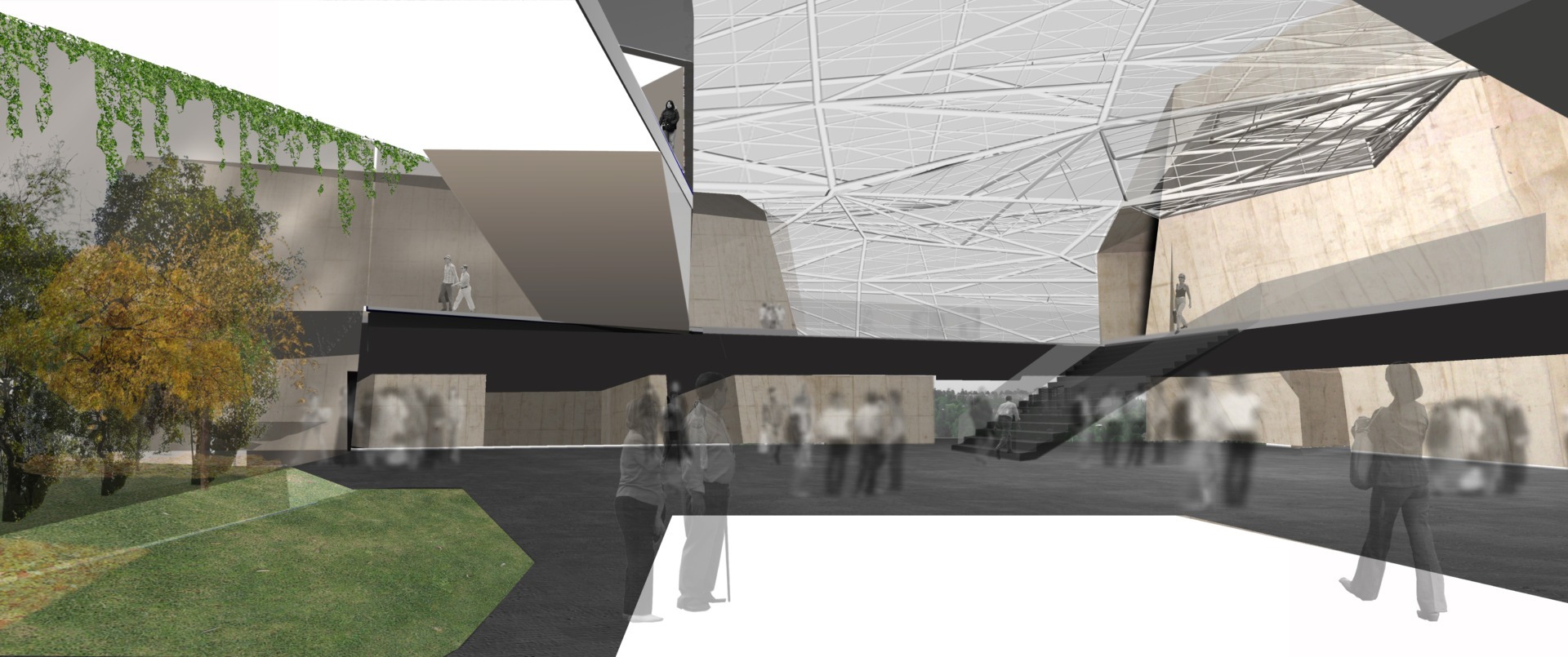
The public space flows over the green roof that covers almost the entire structure, transporting nature to the urban environment.
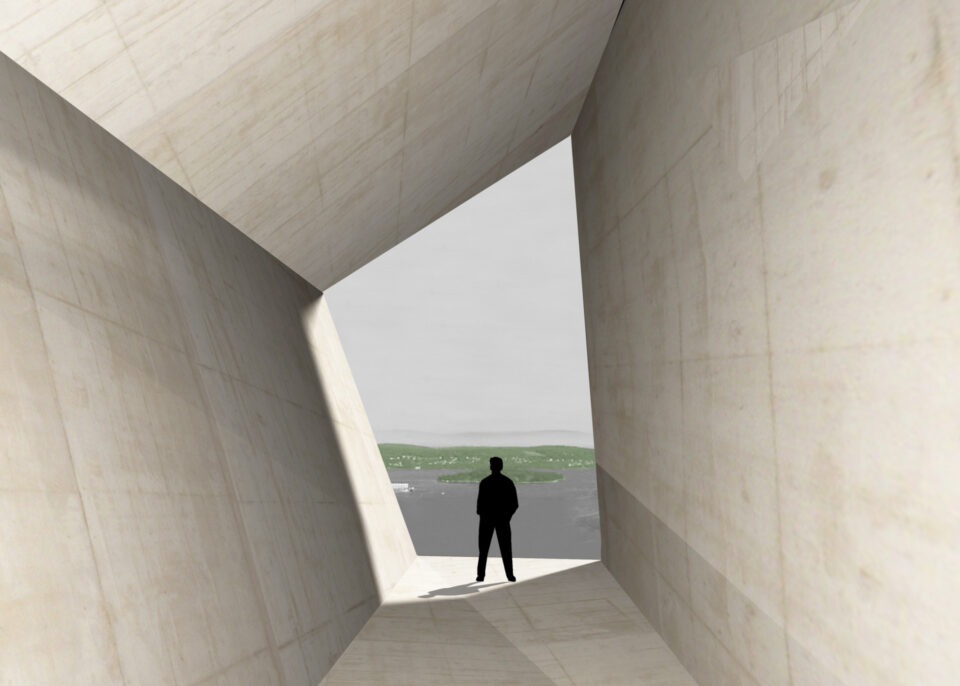
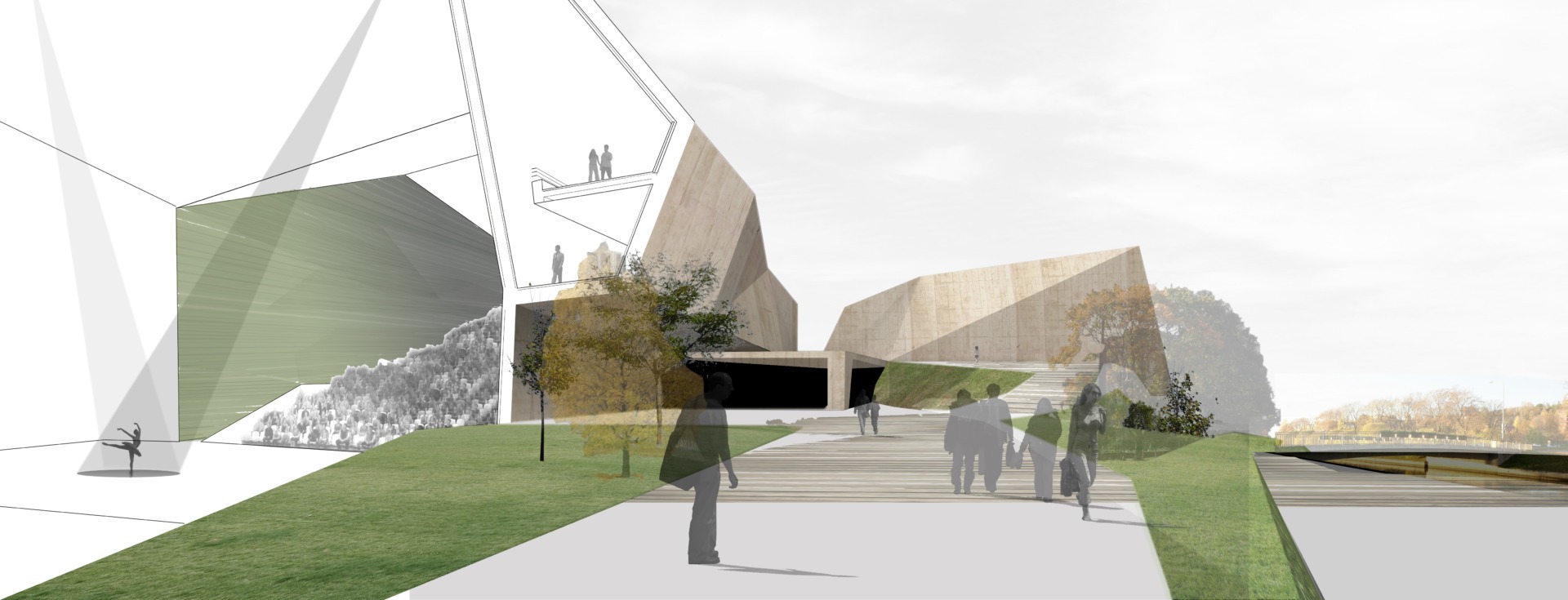
Related
The Watching House
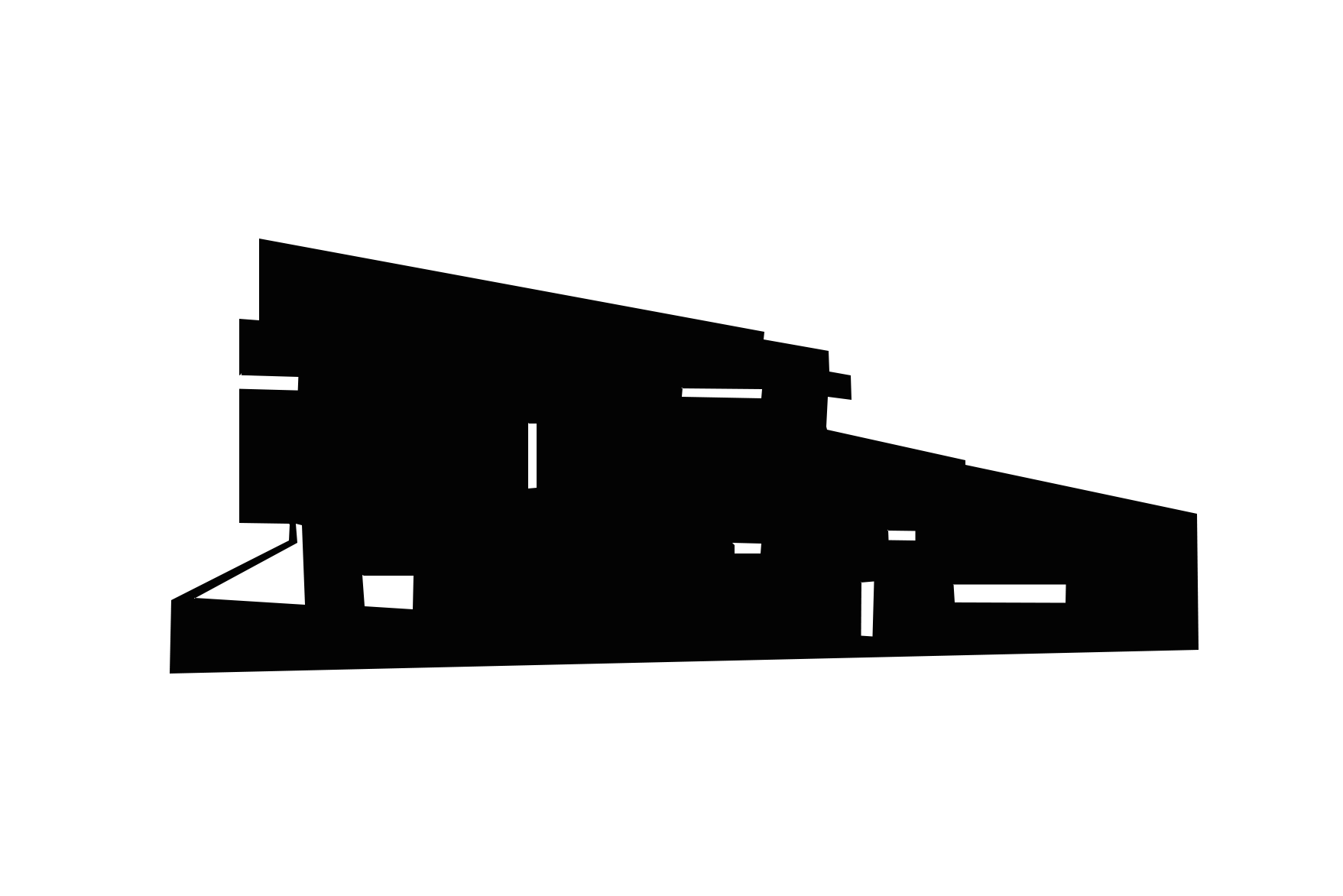

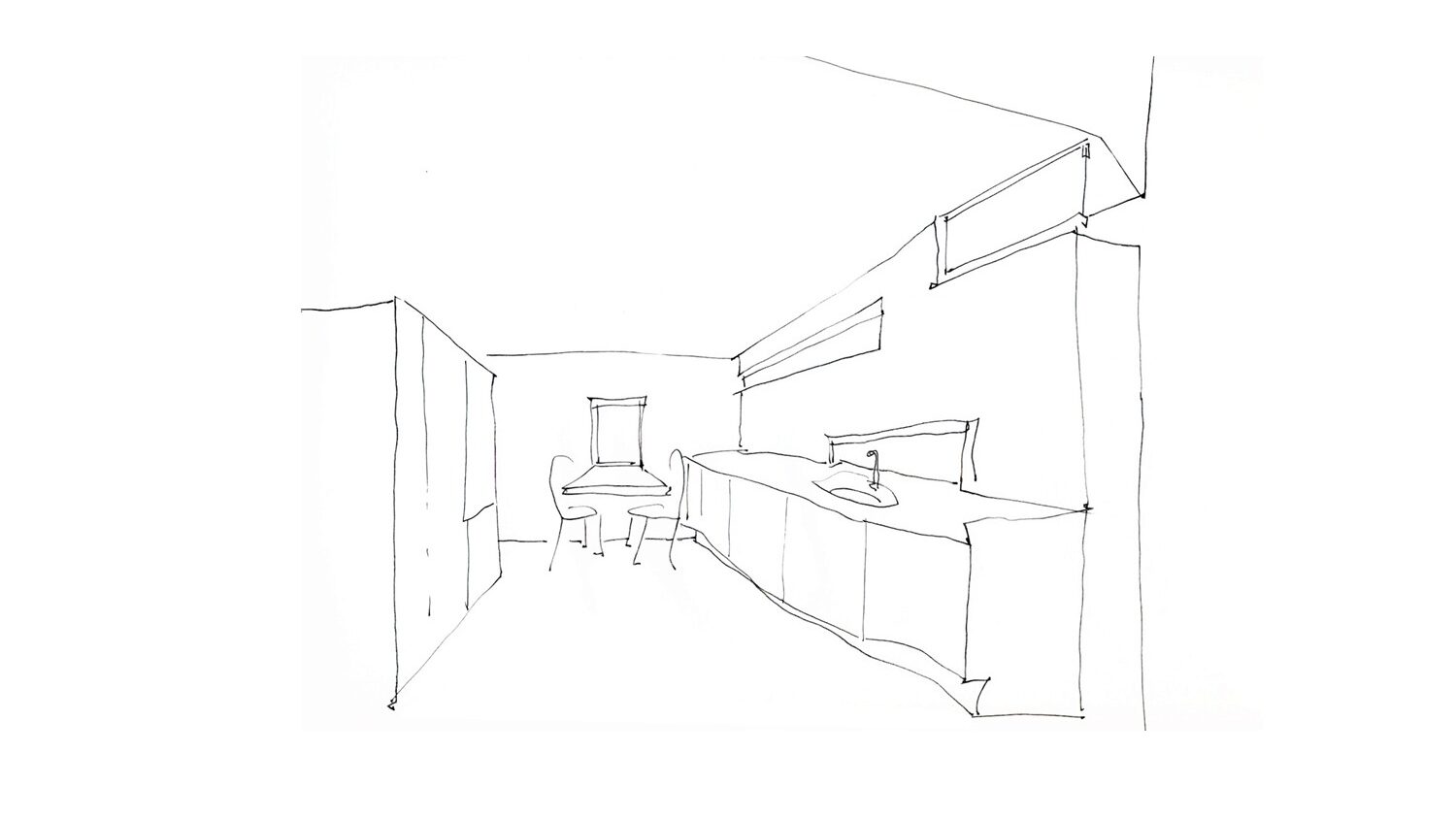
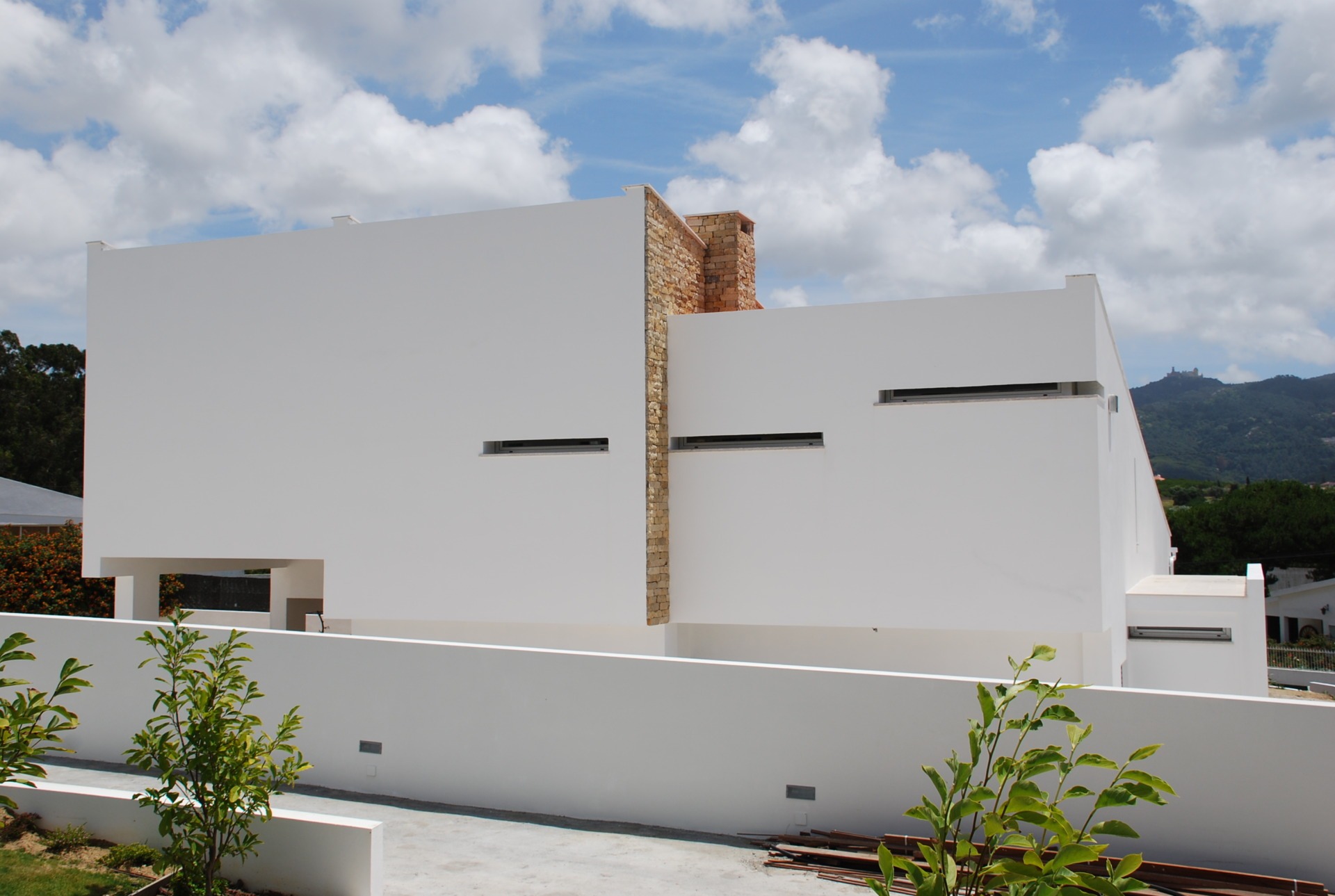
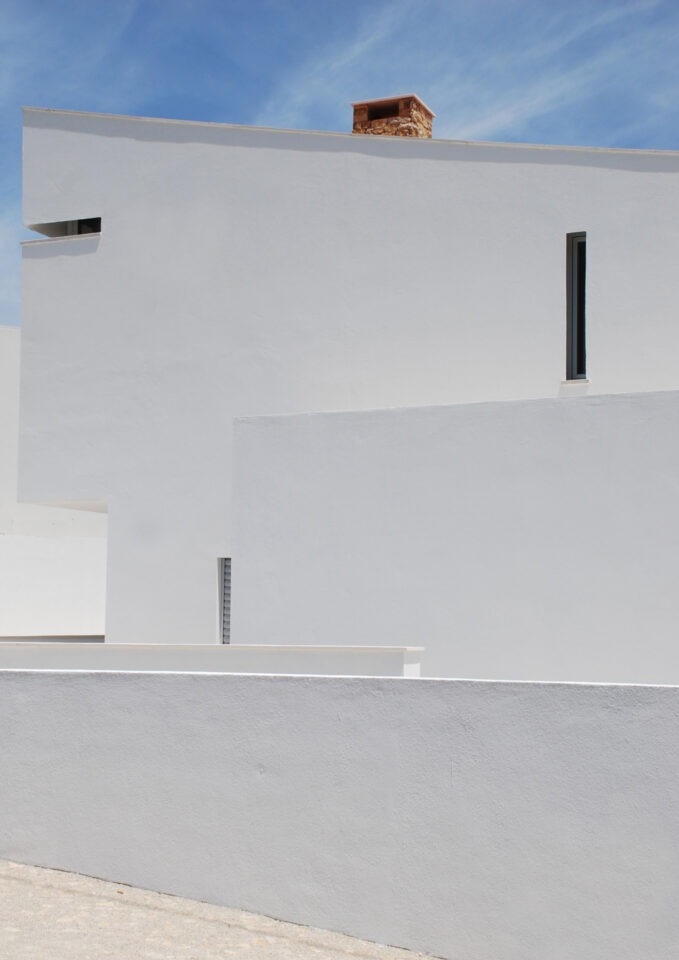
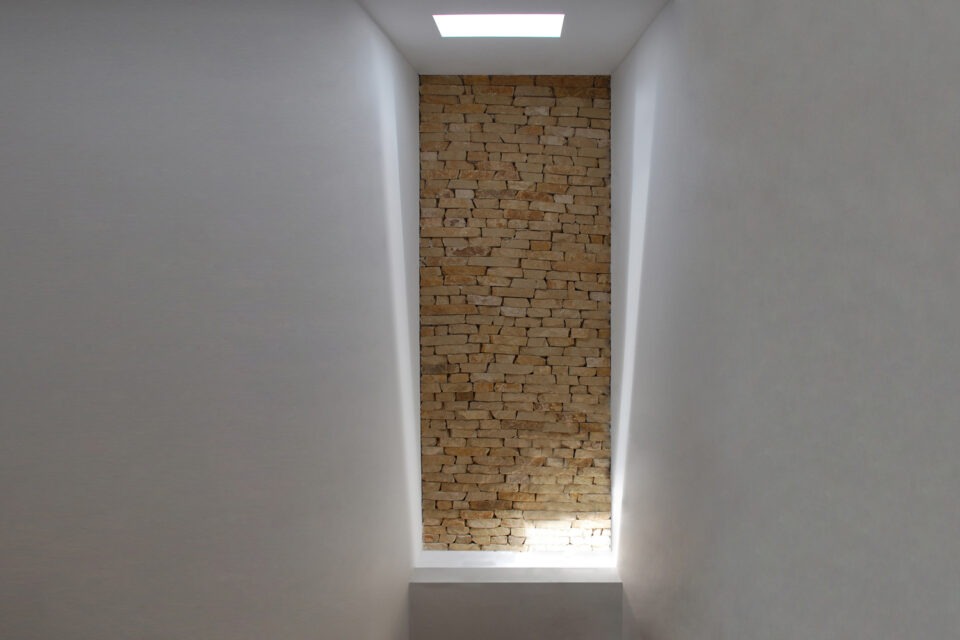
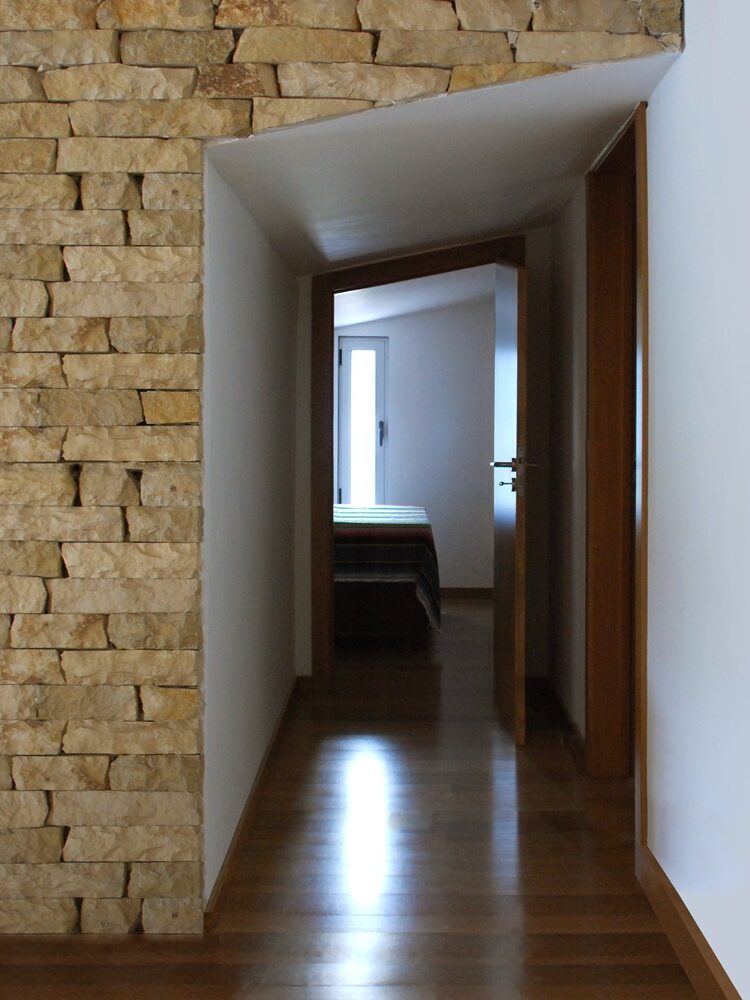
The watching house is a single-family house located in the surroundings of Lisbon – Portugal.
Its proposal is all about inside/outside connections and the play between intimacy and public spaces, using as a privileged ingredient, openings, and natural light.
Established in the center of the village, the house is as a consequence, surrounded by the neighborhood, and submitted to a high and warm solar light exposition.
Multiple stripe lines on the elevations ensure a powerful and expressive character. The little and secretive windows in the facade, offer a diffuse and constant natural light throughout the whole year. The light inside creates a mystic environment while the intimacy of the interior spaces is protected from the outside world.
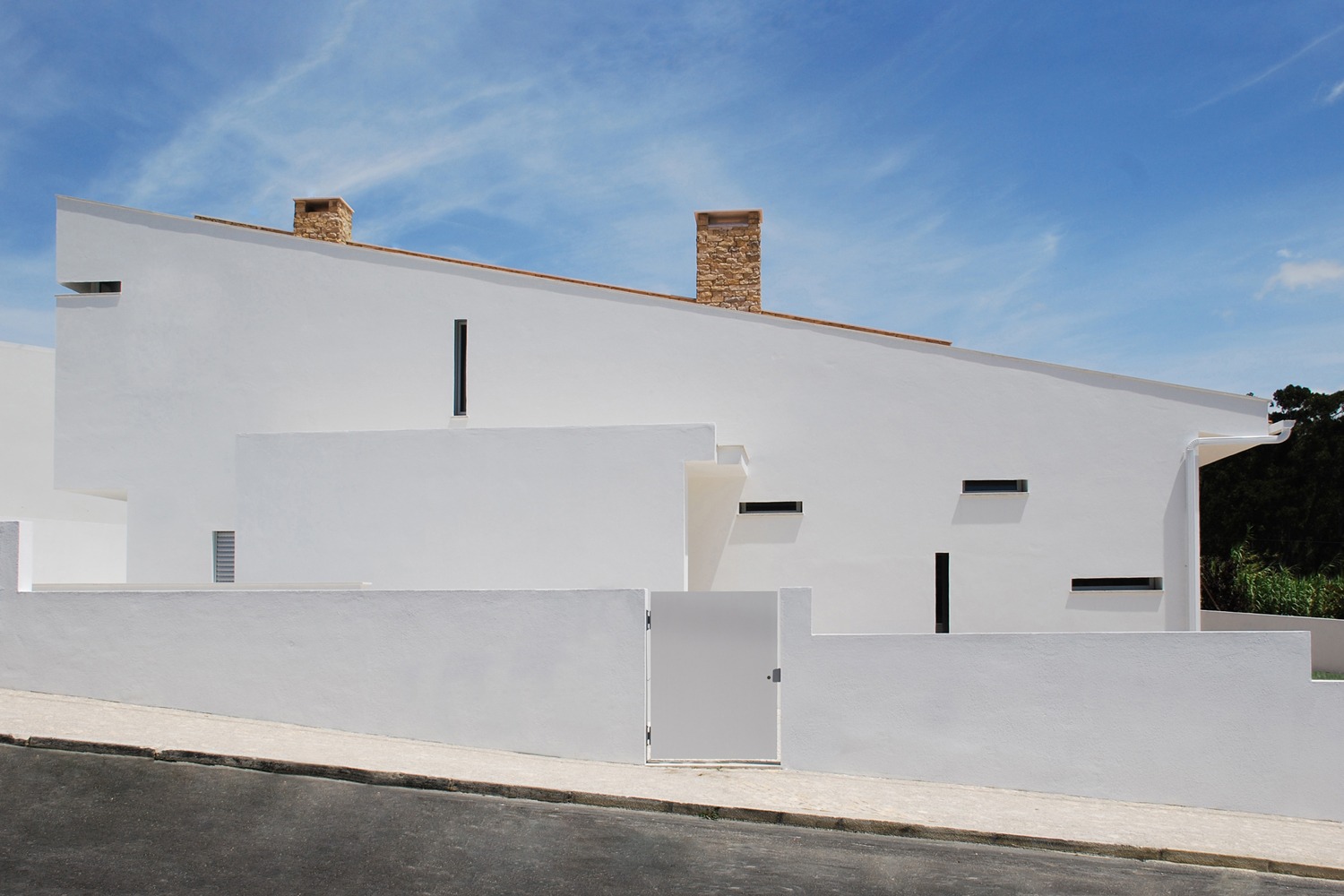
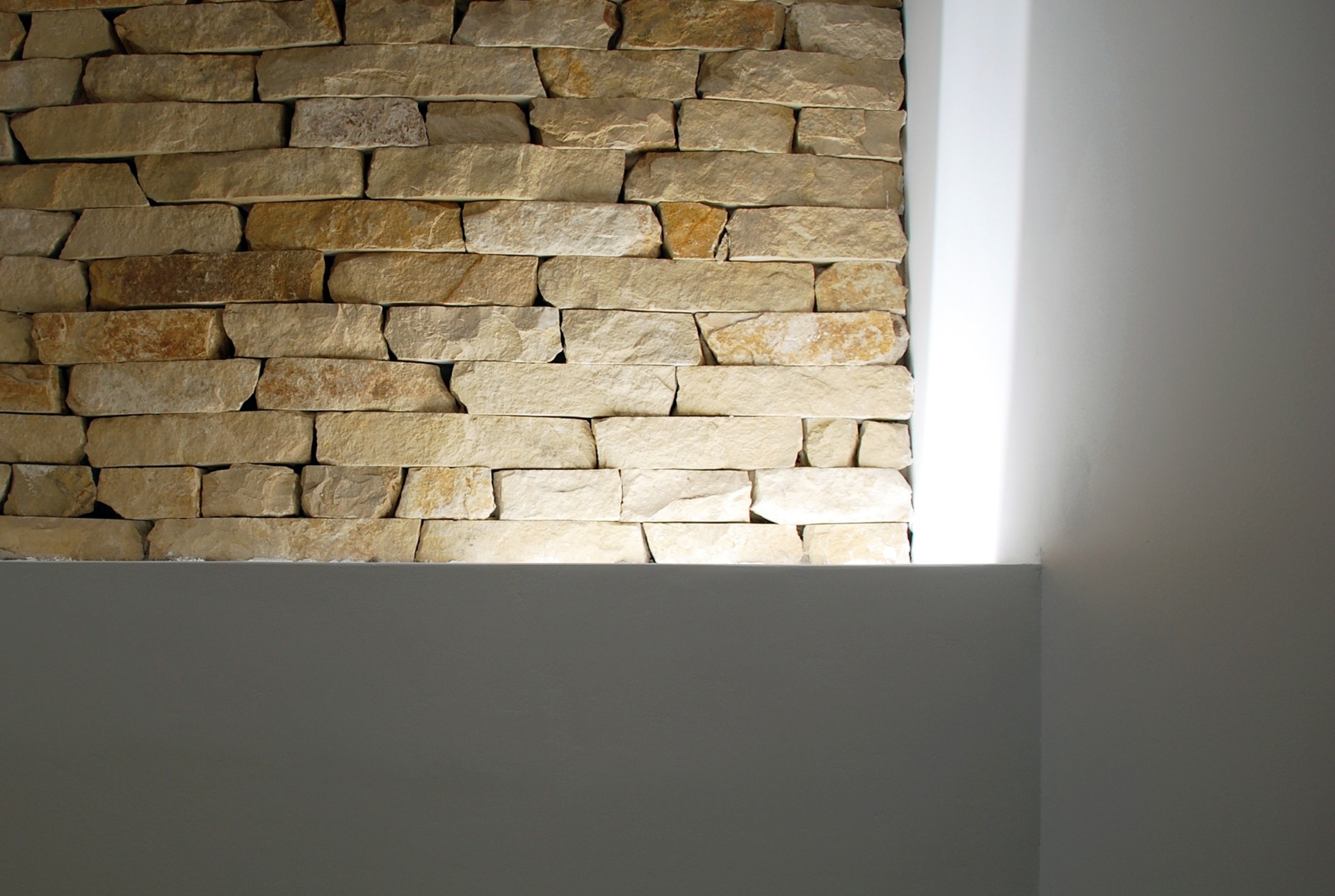
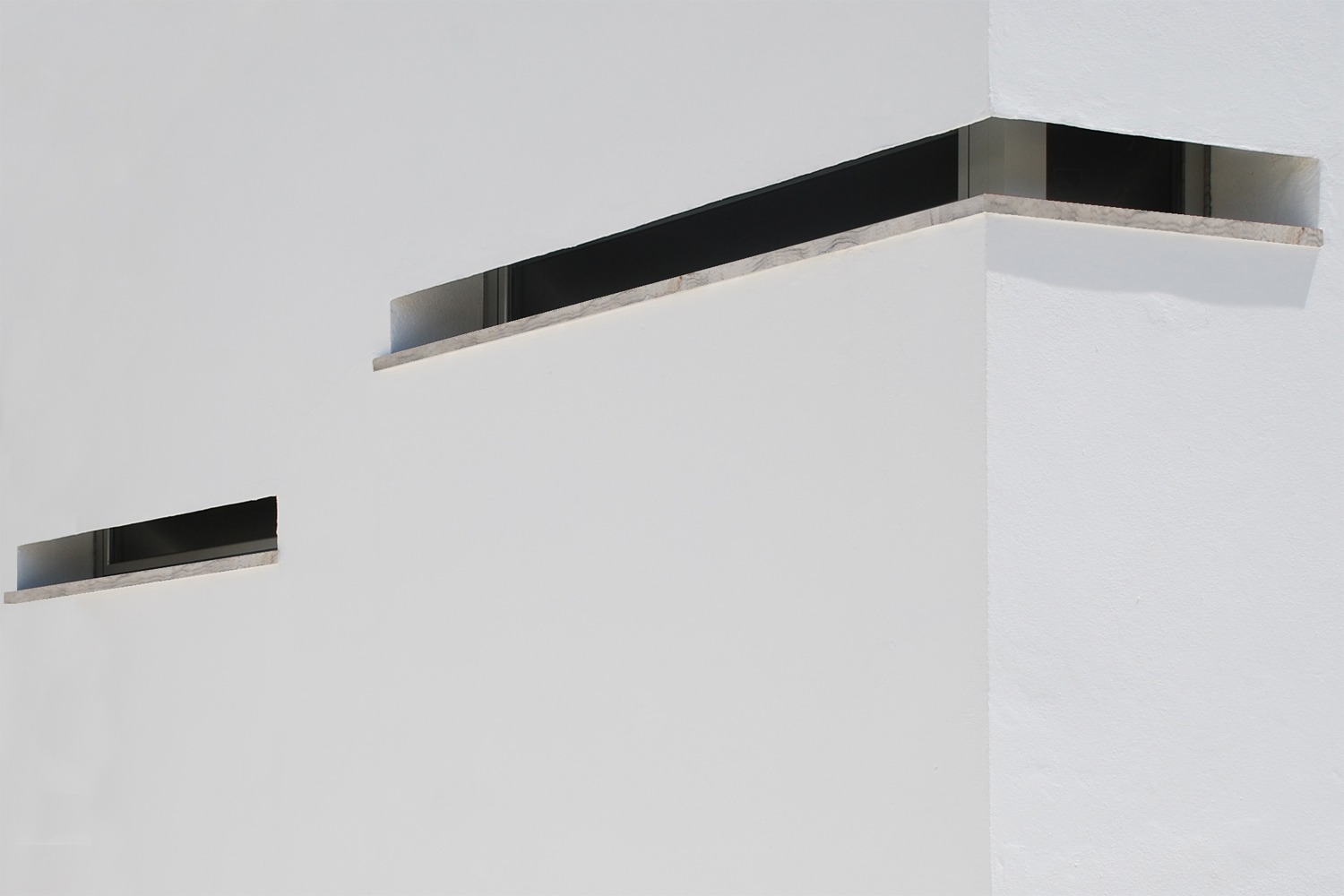
Media Referencing

“The Watching house holds a multiple stripe lines on the elevations that ensure a powerful and expressive character. This is enriched with the combination of two contrasting materials, the white clean facade and the warm rough texture, made with local stones.”

“The aim was to ensure a peaceful atmosphere. The prominent wall follows a path that merges the interior of the house with the exterior. The little and secretive windows in the facade, offer a diffuse and constant natural light throughout the whole year.”
Archello
Read the complete article →
Related
Kandinsky Concert Hall

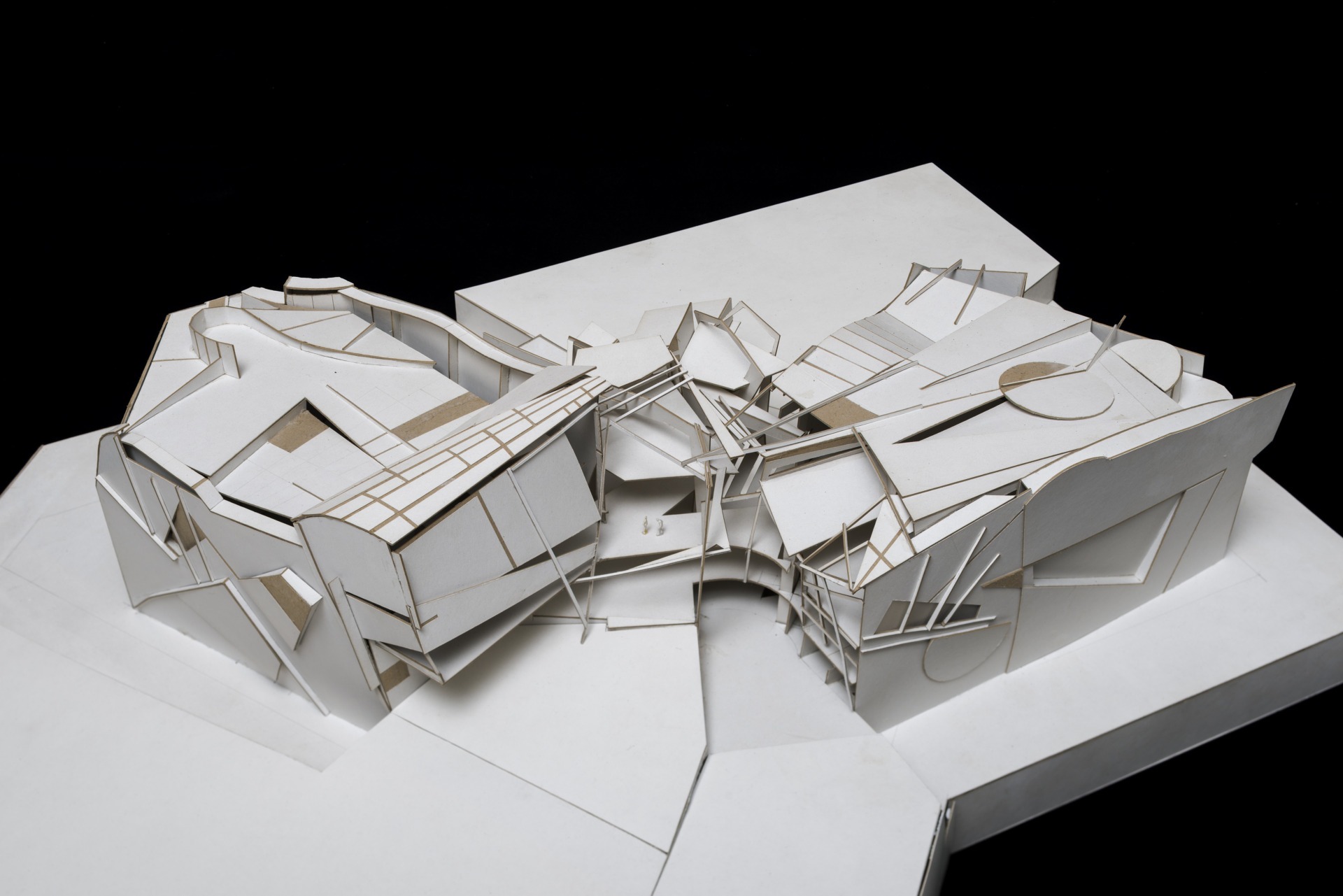
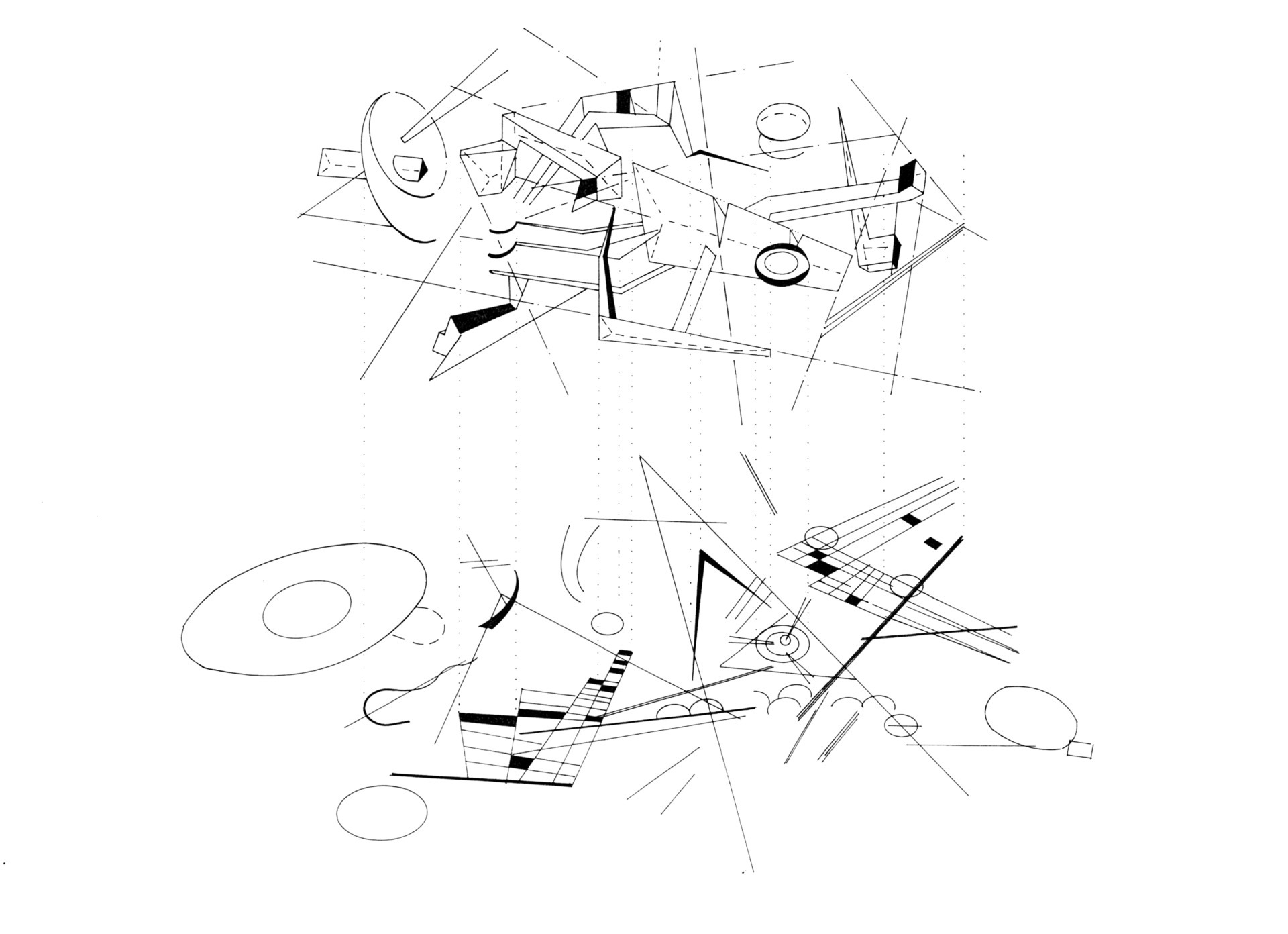
Our project proposed forms, and spaces, constructed with musical notes. An architecture built out of sounds. Considering music has a material of the arts, Wassily Kandinsky was searching for similar processes to his paintings during the early 20th century.
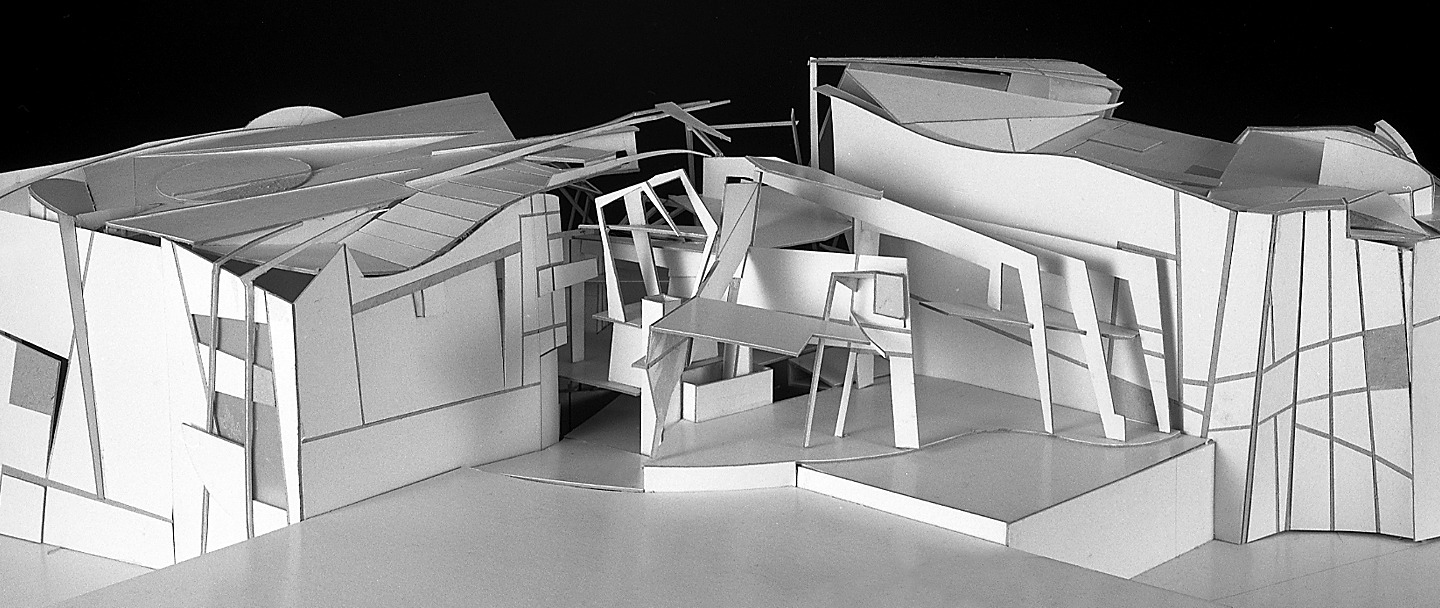
Rhythm, abstract construction but also repetition and dynamic perception. The influence of music on painting is continued in architecture through the investigation of the painting. This process brought the possibilities of unimaginable architectural discoveries. An architecture for the music, inspired by the painting.
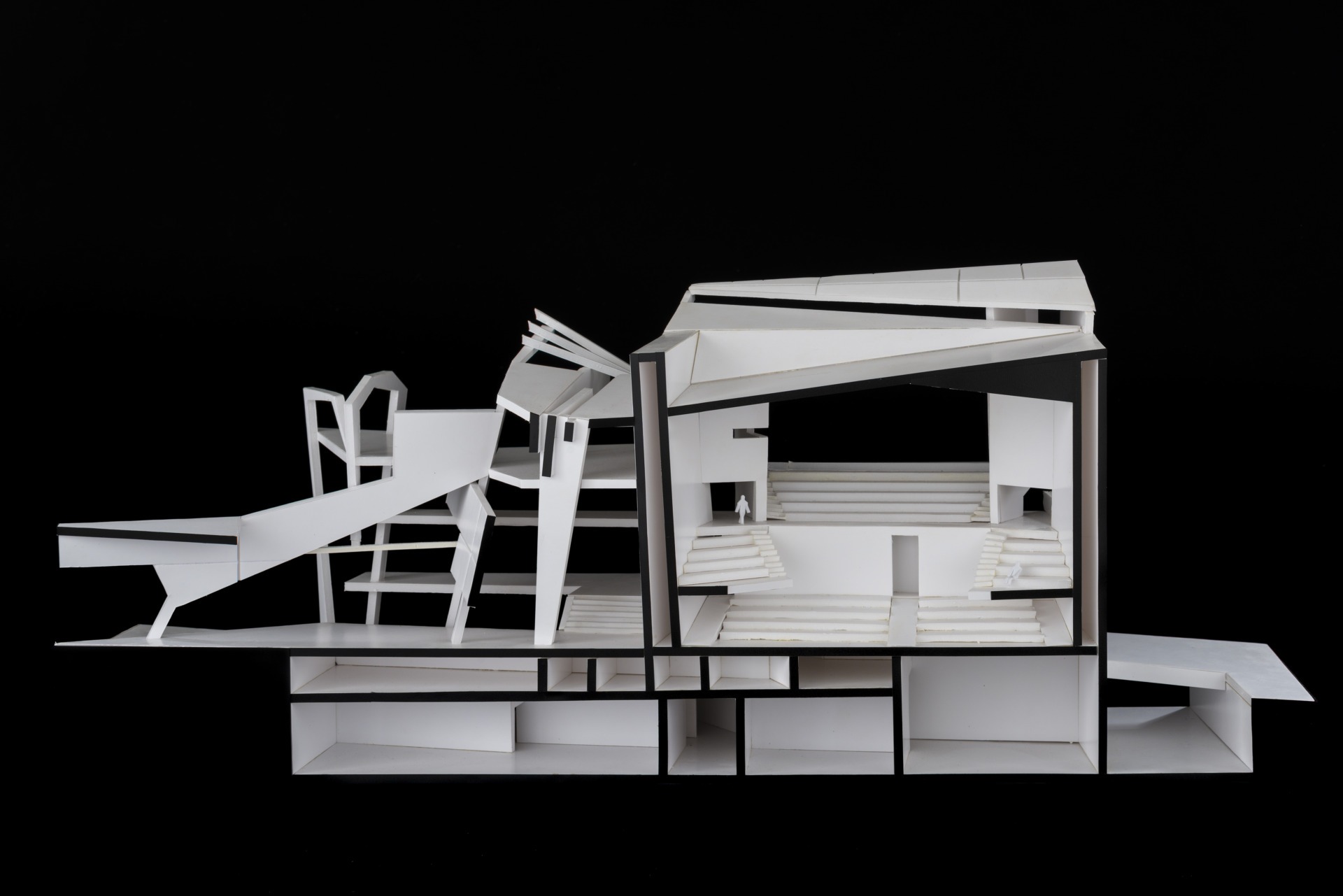
| Architect’s education is not rational, it must address the emotion. Emotions are not just pragmatic as a building can be they are complex and enrich life. Being an architect is not only an occupation, it is a way of living. It is a vocation that becomes a need! |

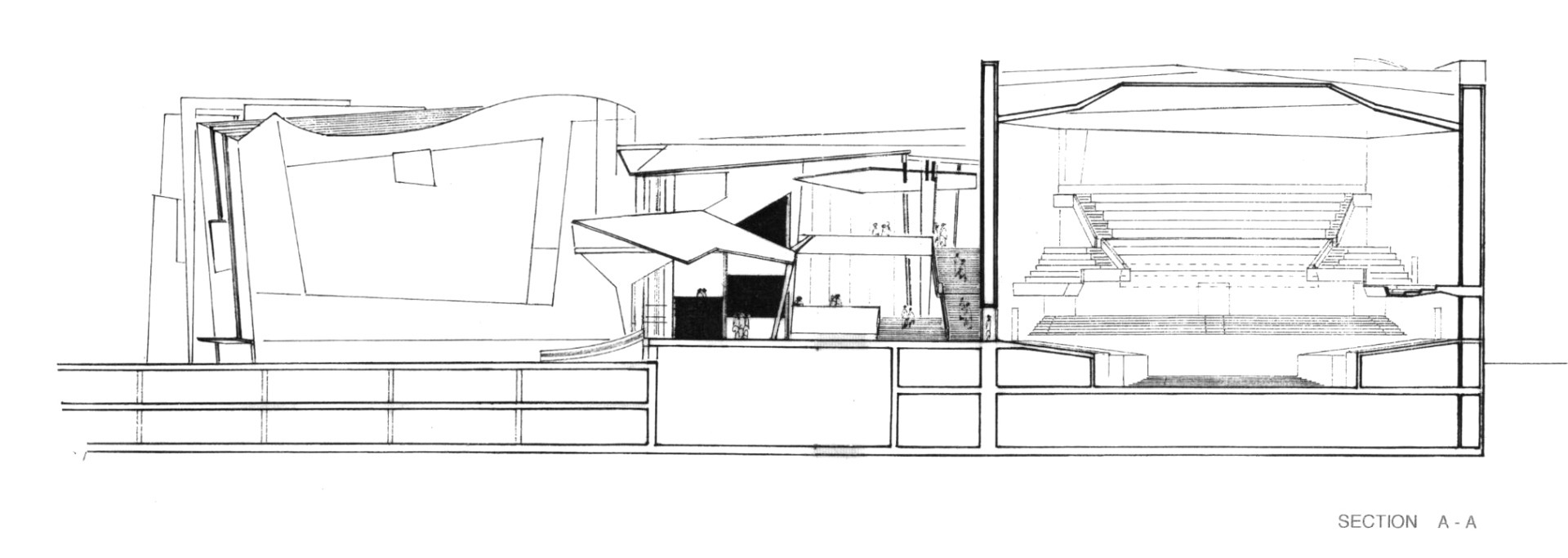
Related
Serralves House
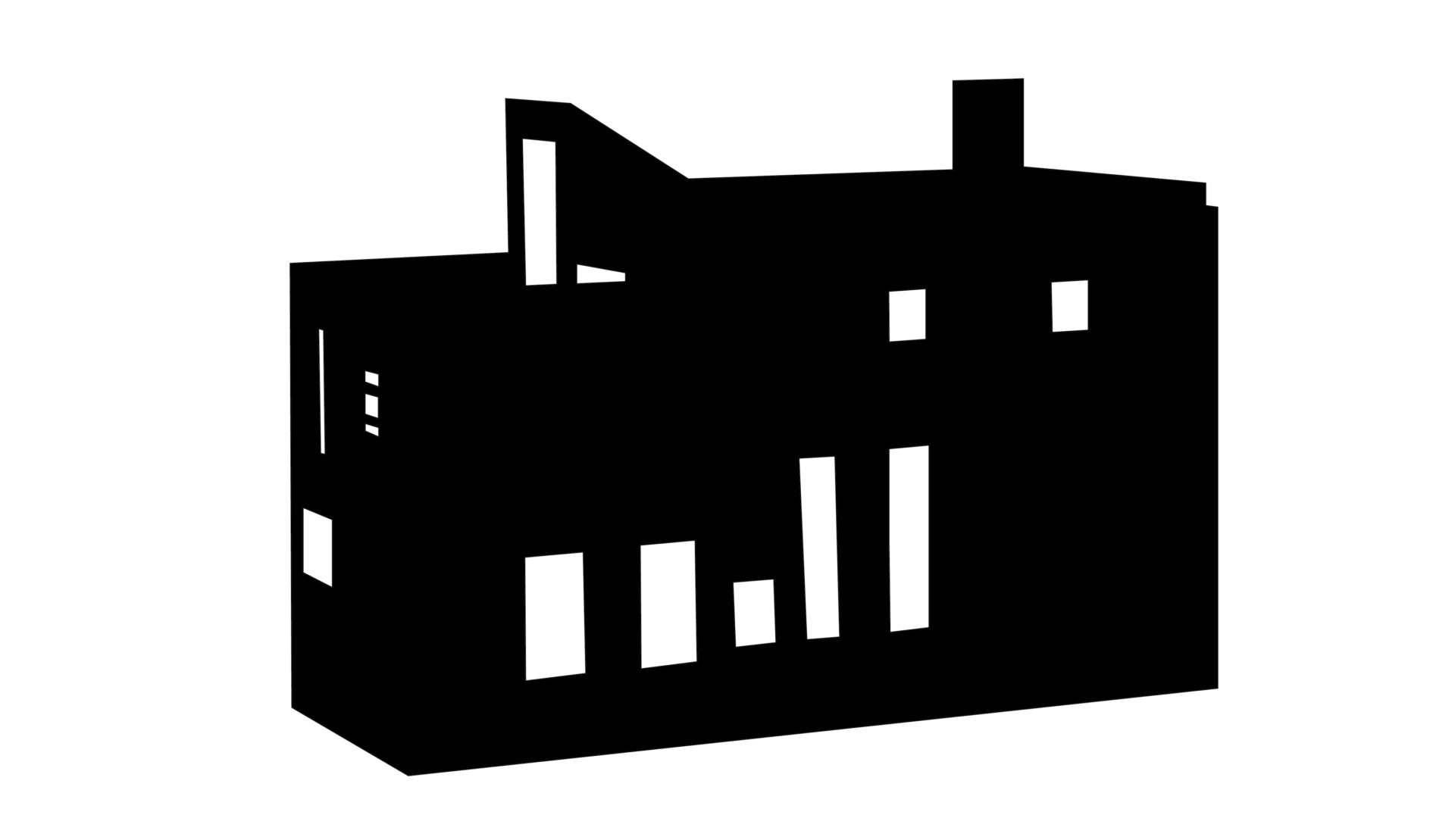
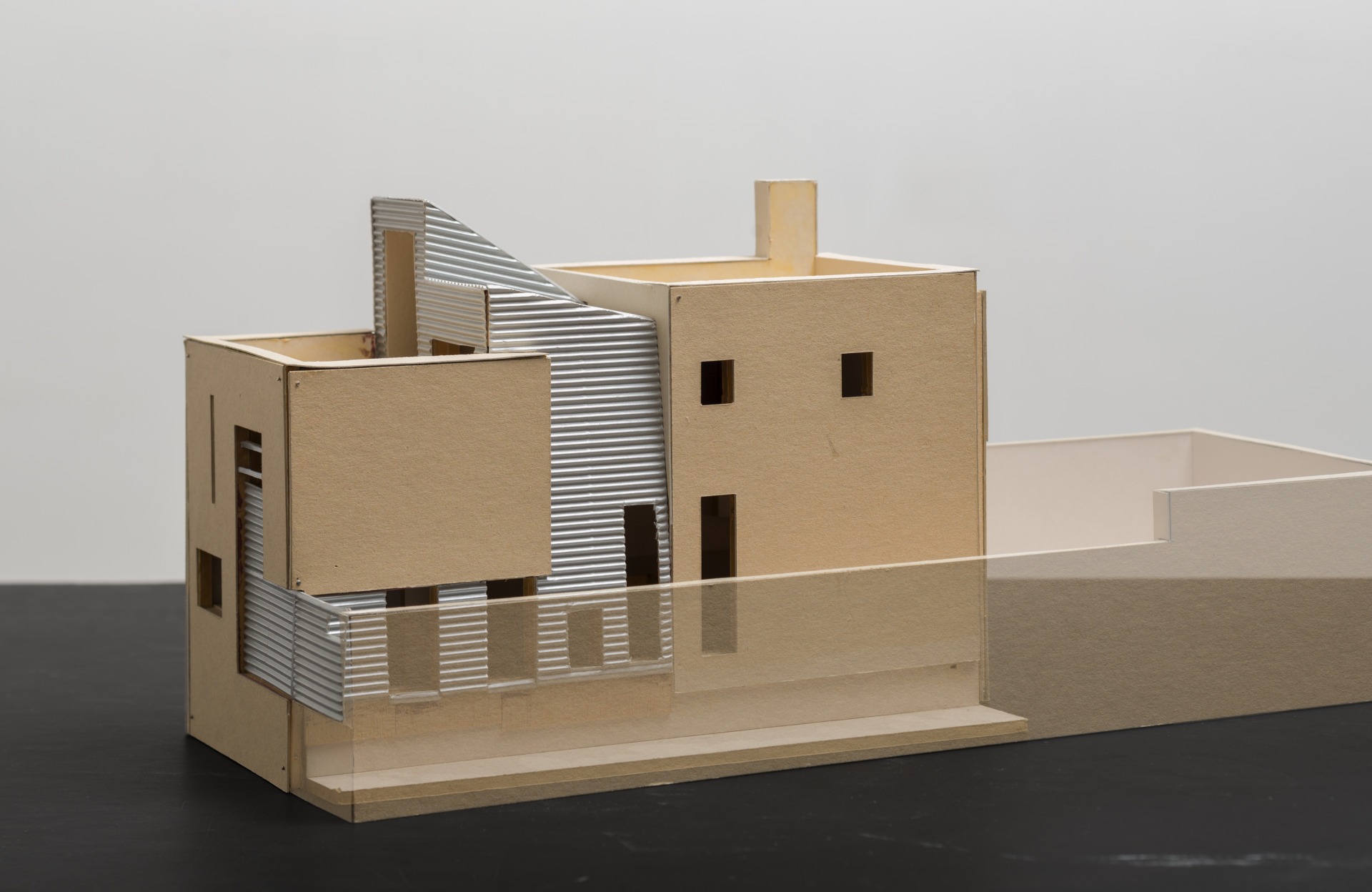
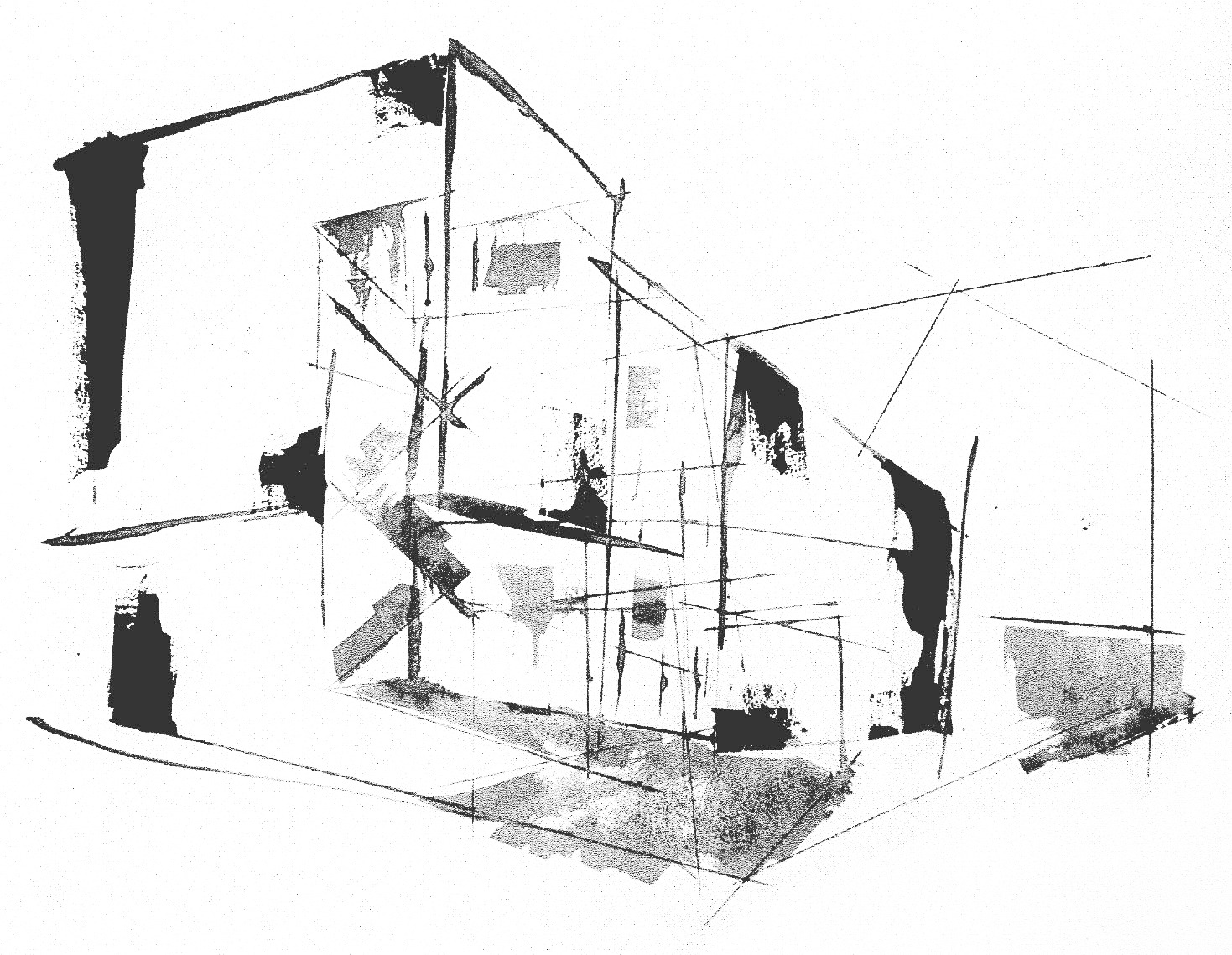
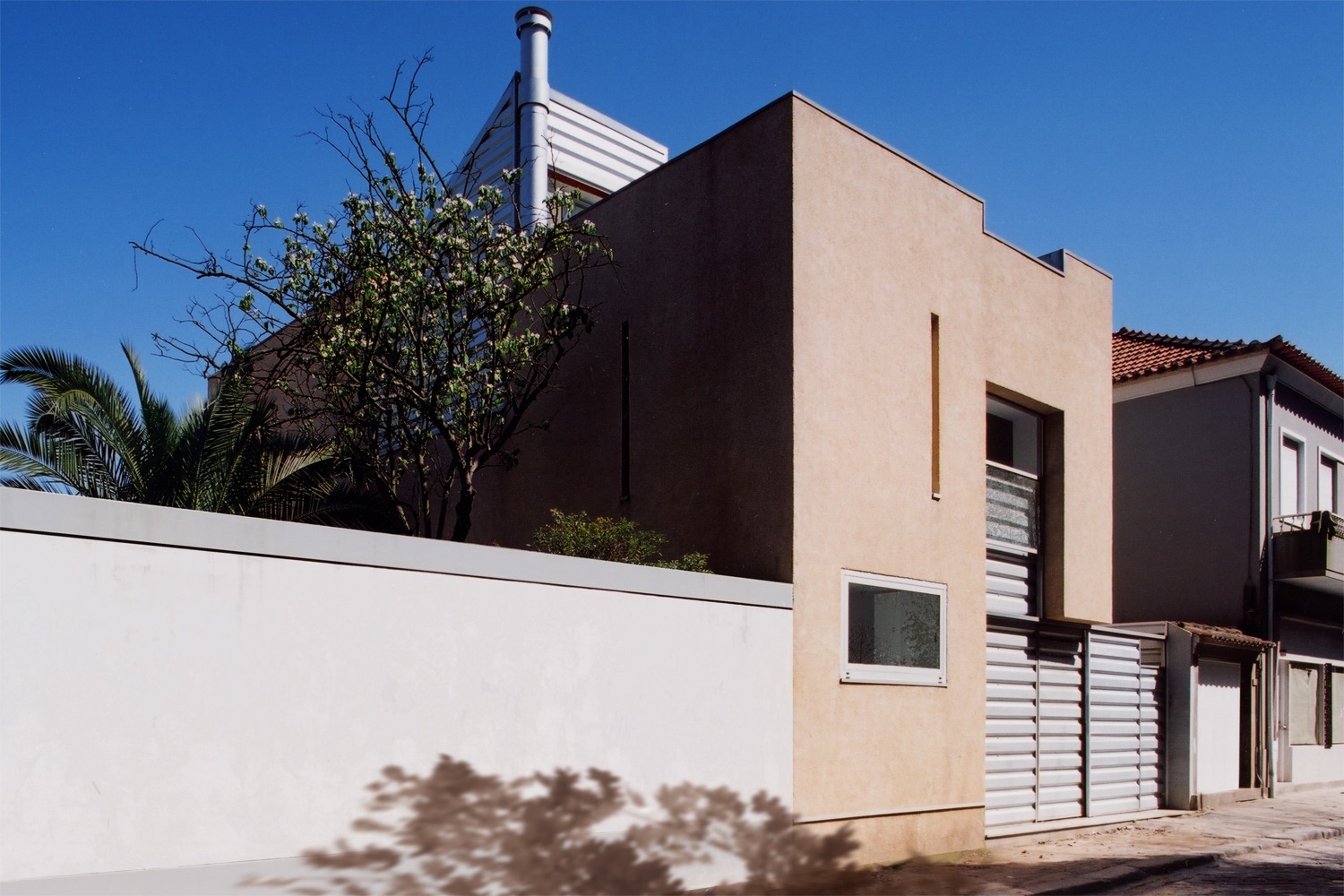
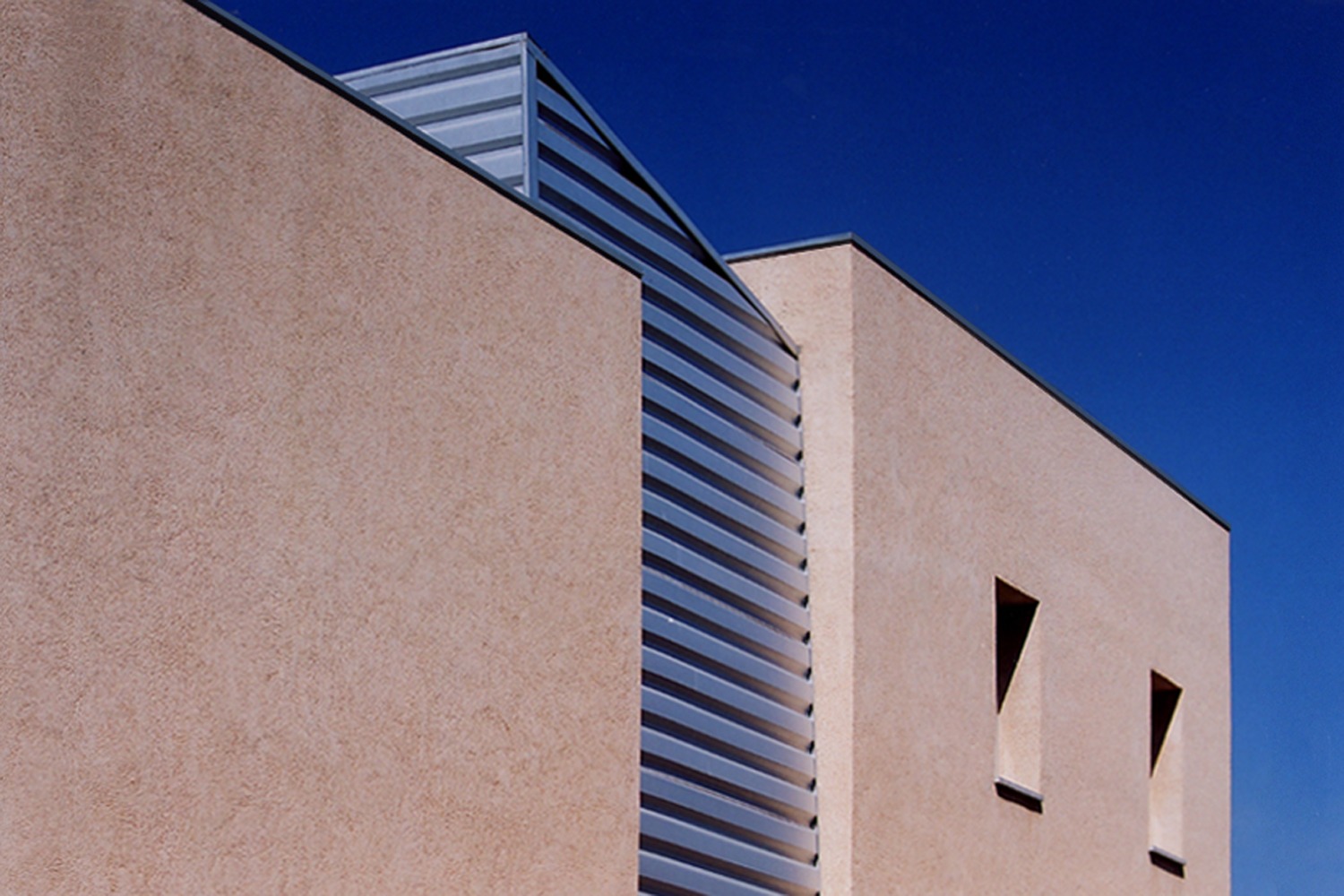
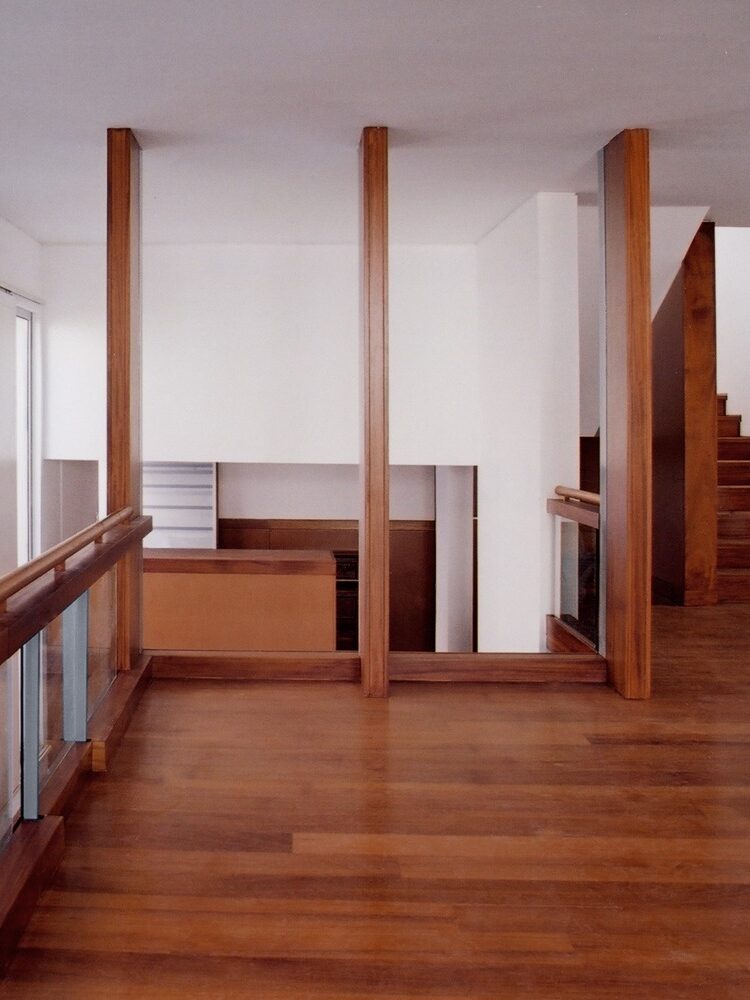
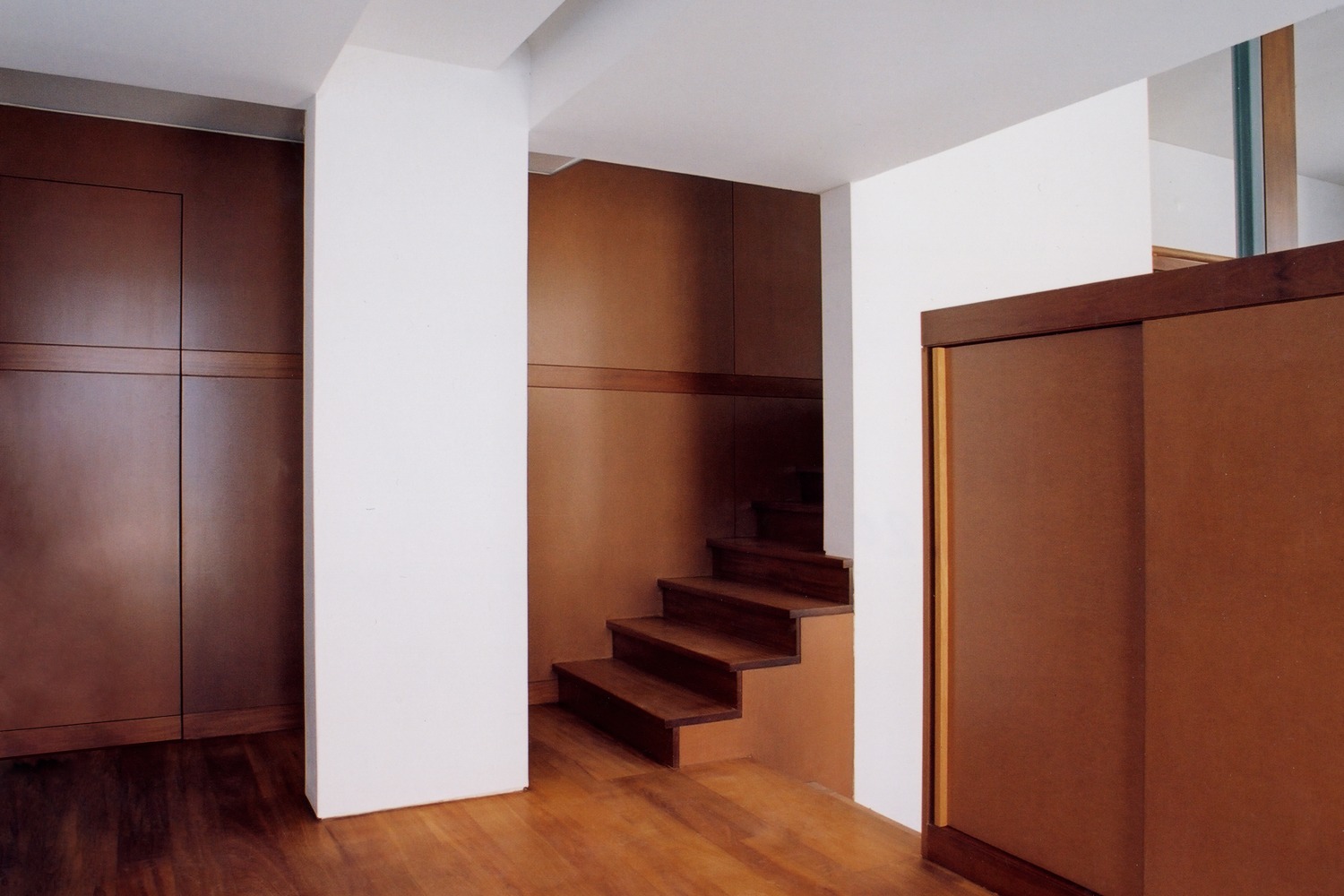

The house is located in a long and narrow plot. There was an existing house that was six meters large and twenty long, the new building had to use the same footprint and expanded to three floors. The south elevation faces the street and the north elevation at the back of the house opens up to the garden.
The living and dining rooms overlook the garden through a large window, so the house can be flooded with natural light all day long. The double-height window faces north with a generous opening.
The variation of the sunlight throughout the year is presented by the constant enlightenment that brings a mystic atmosphere gently entering the domestic space.
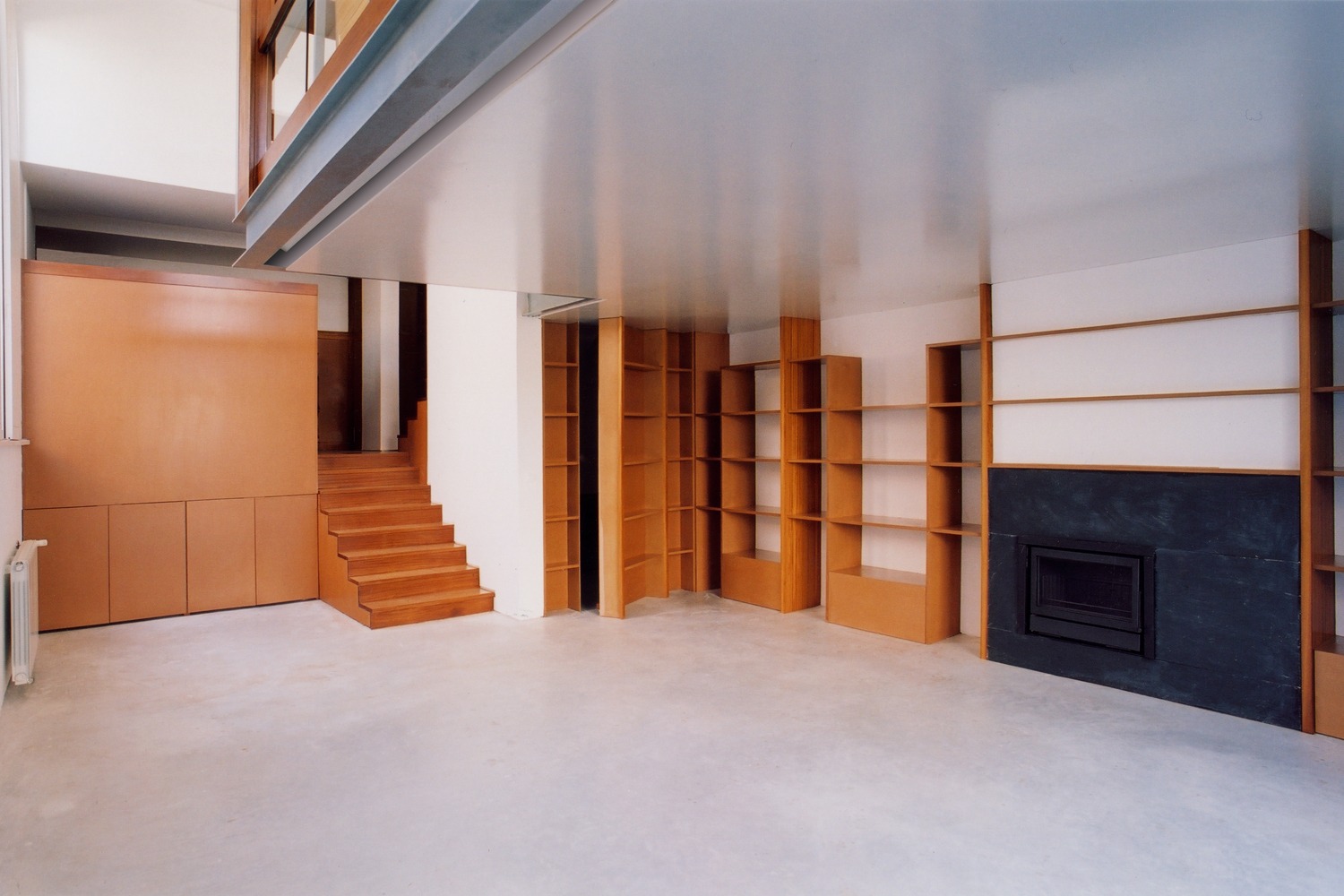

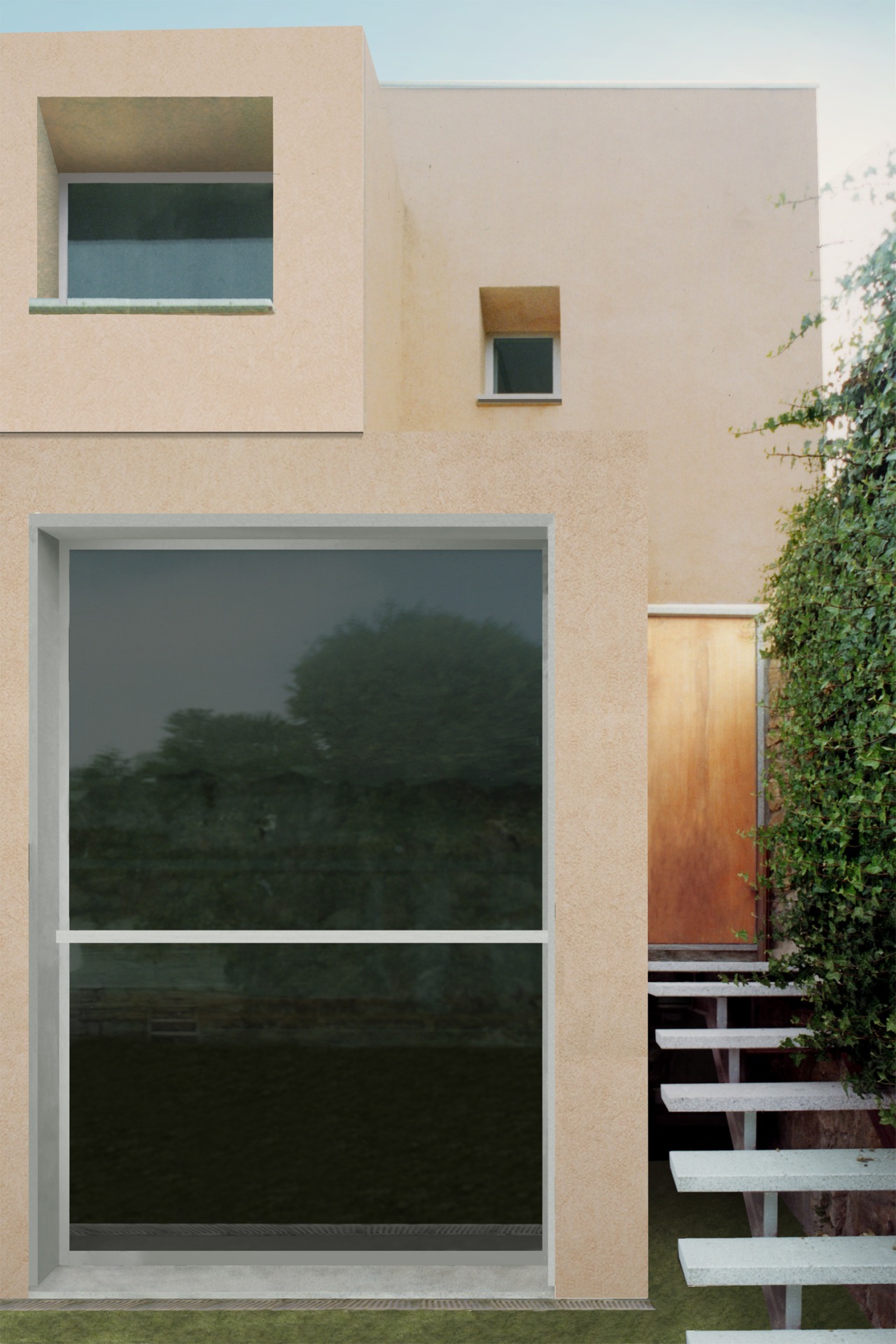
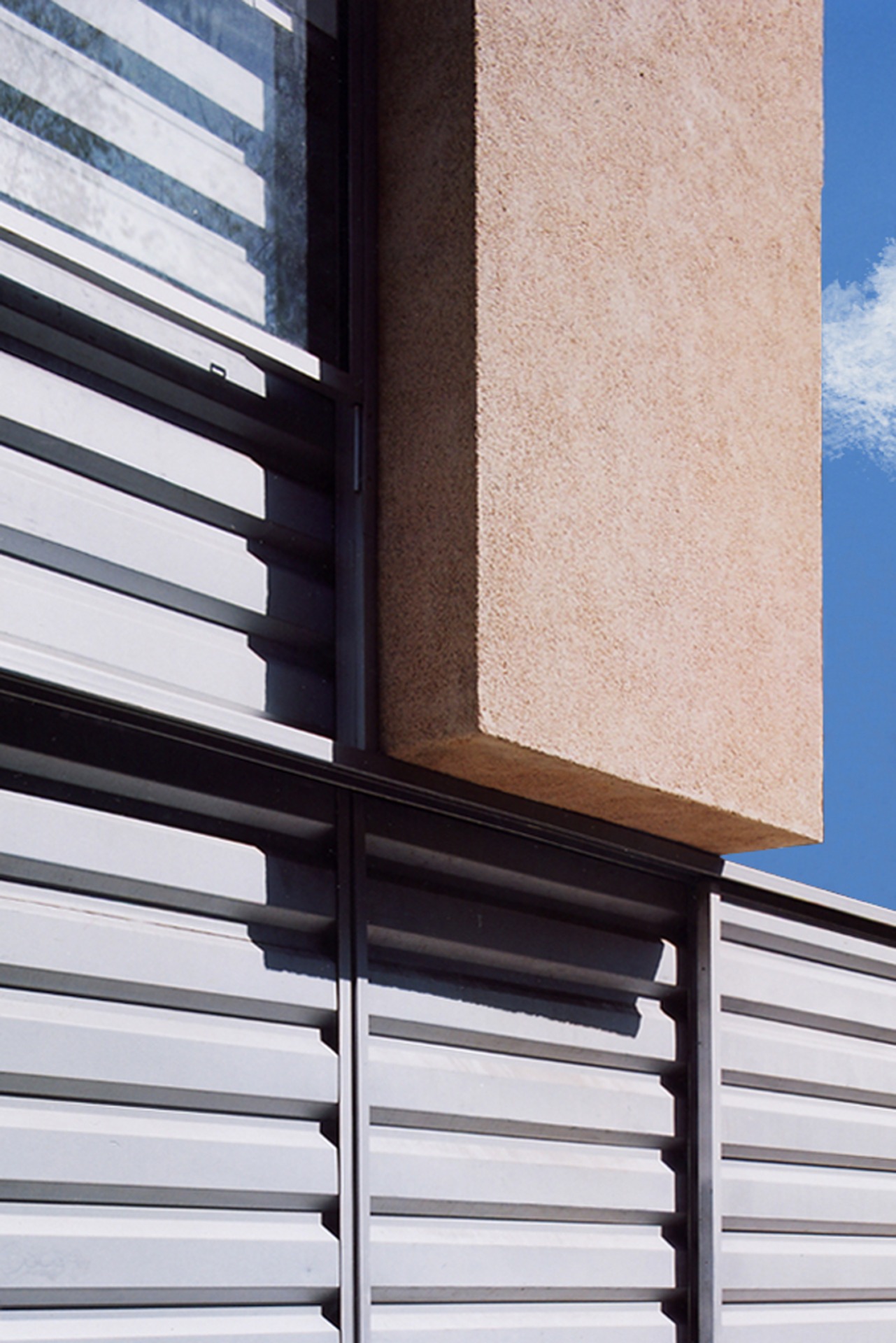
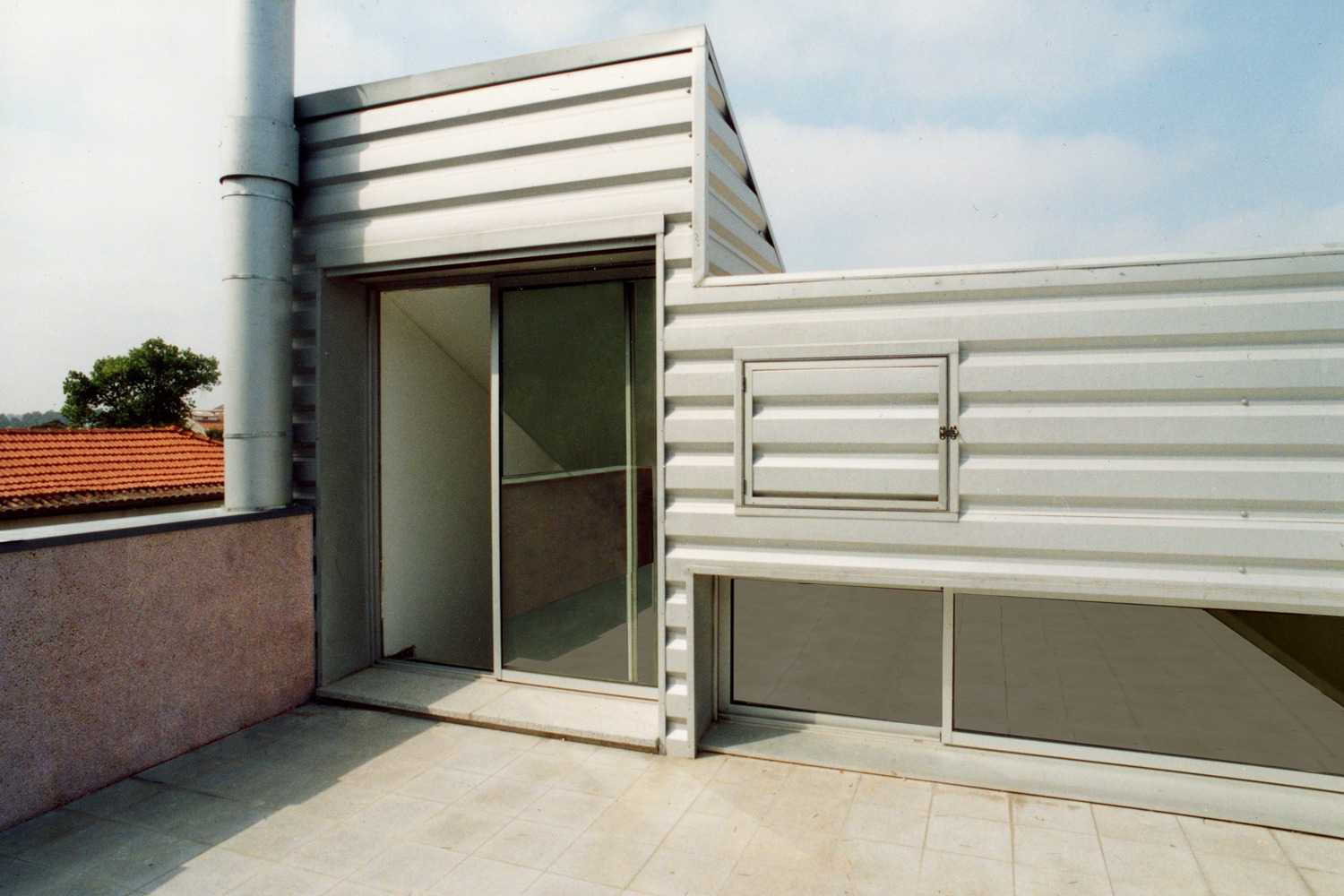
Media Referencing
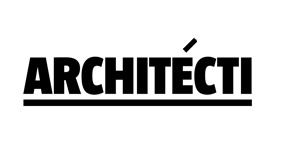
“O projeto começou antes da casa e continua depois da construção do edifício, talvez porque, a minha procura em arquitetura siga dos projetos anteriores para os seguintes.”
Architécti 58
Read the complete article →

“Invention is identified here, as one moment, happening at one shot when an idea or a concept appears”
European Association for Architecture Education
Related


